Закрыть
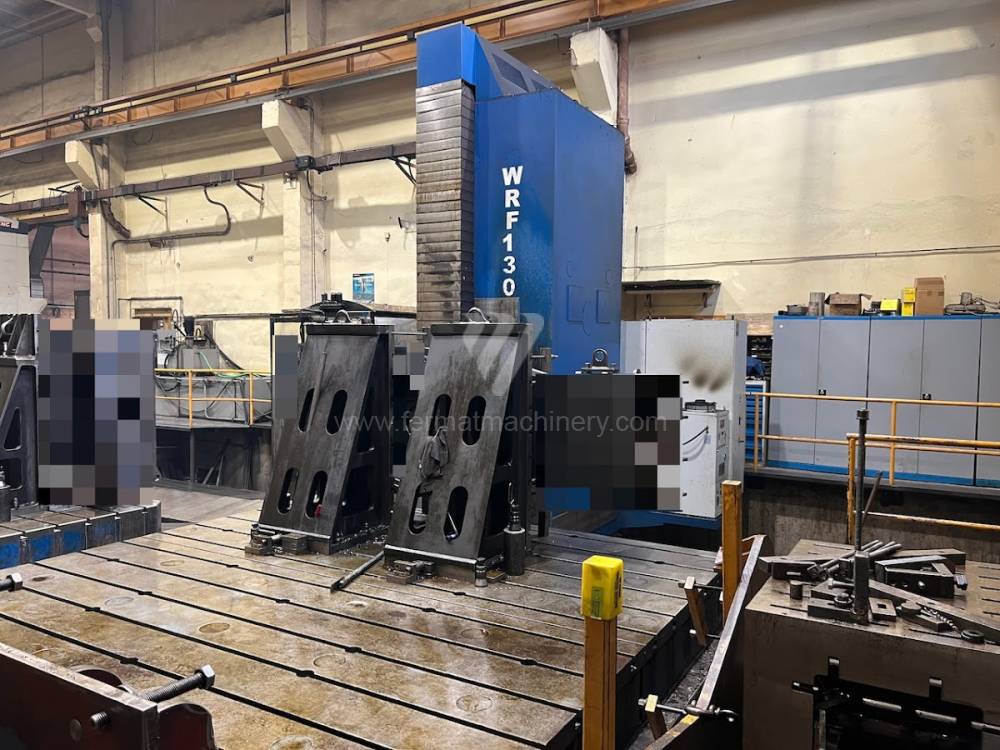
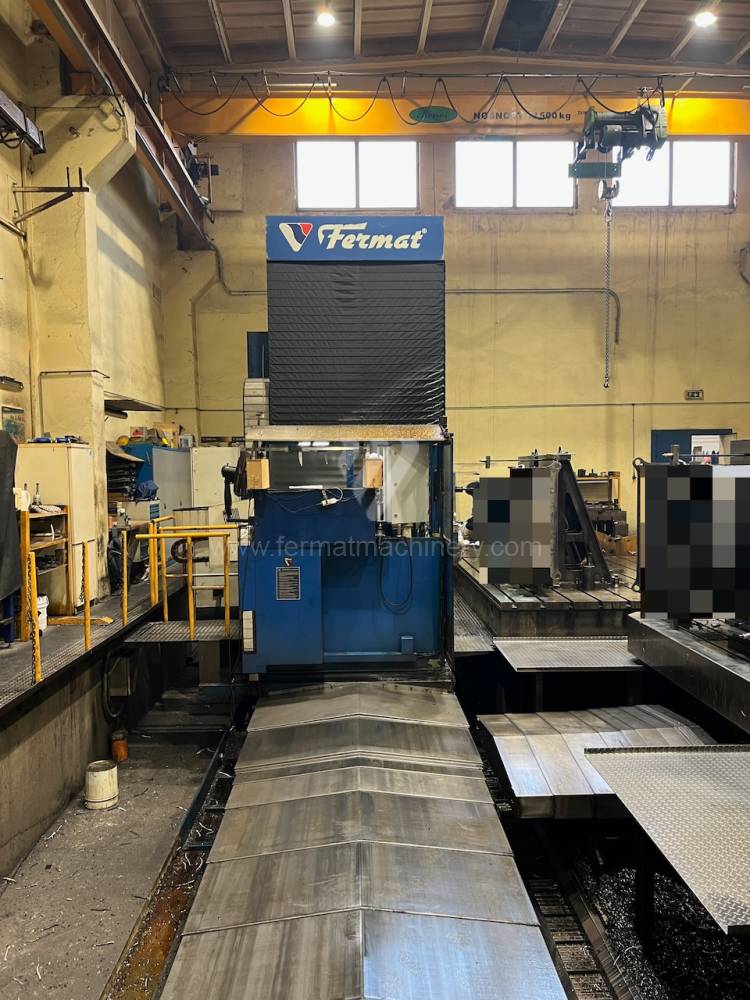
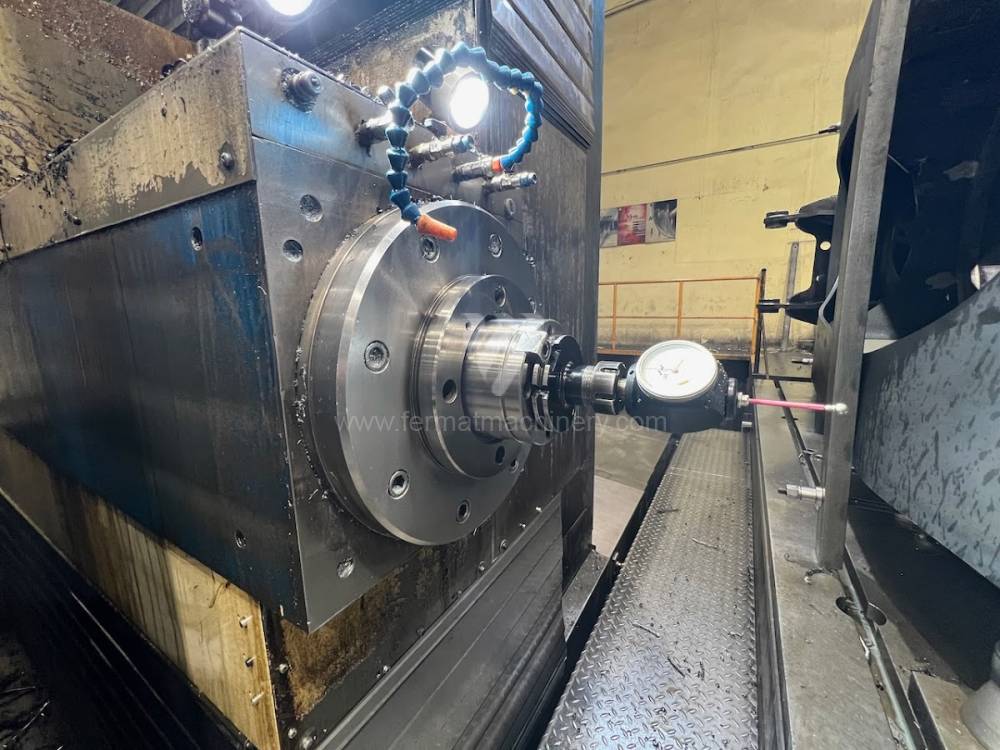
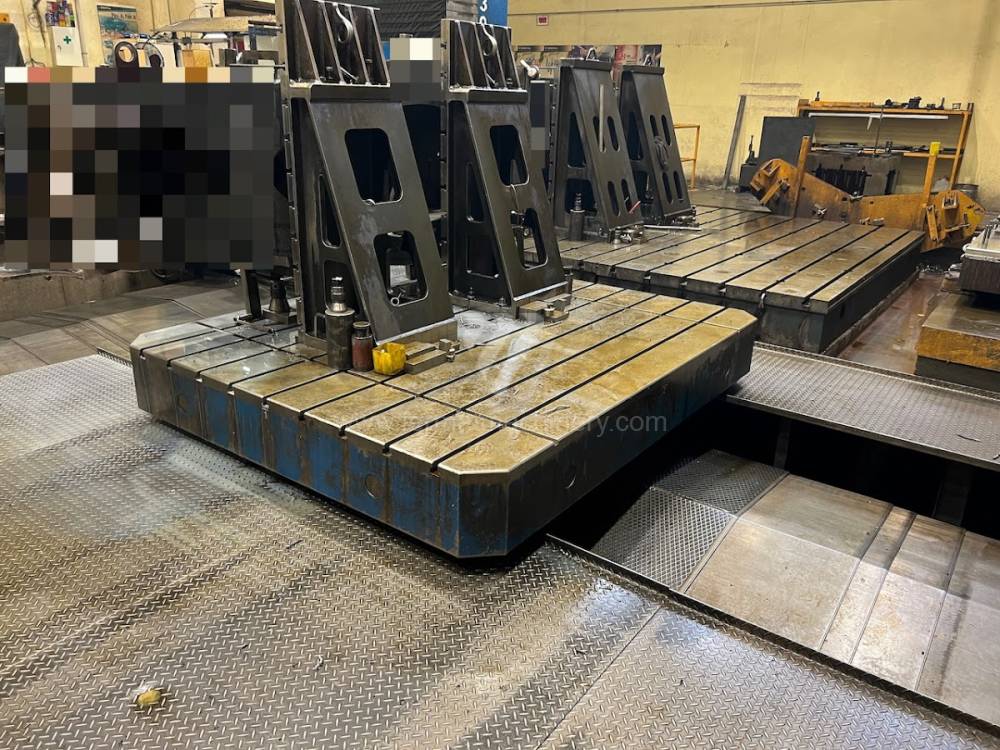
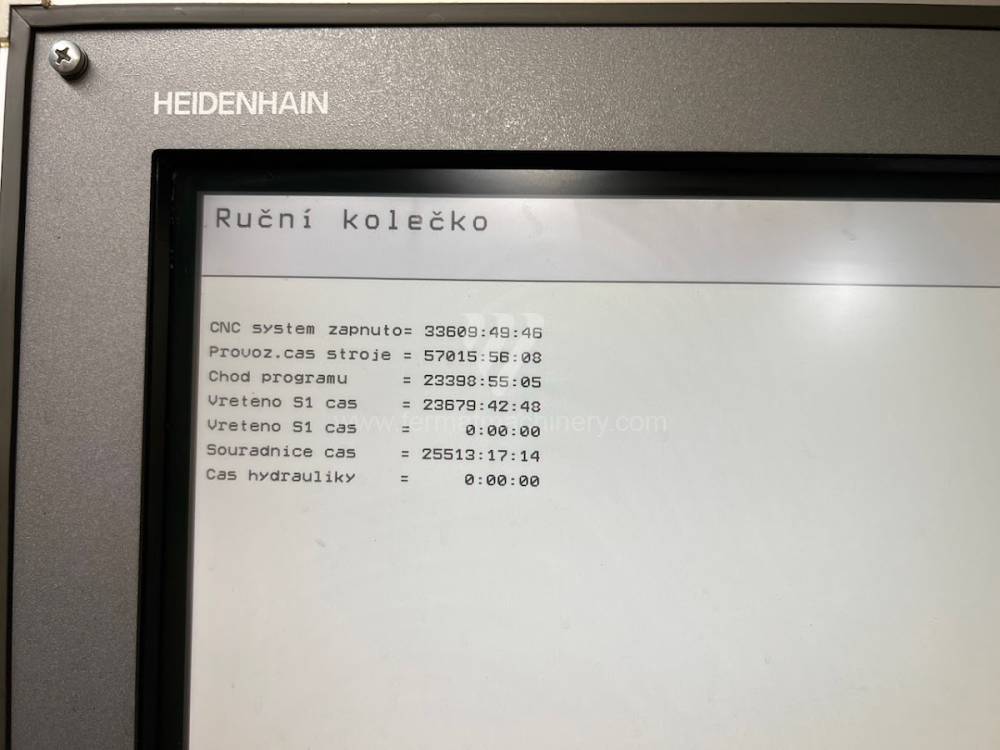
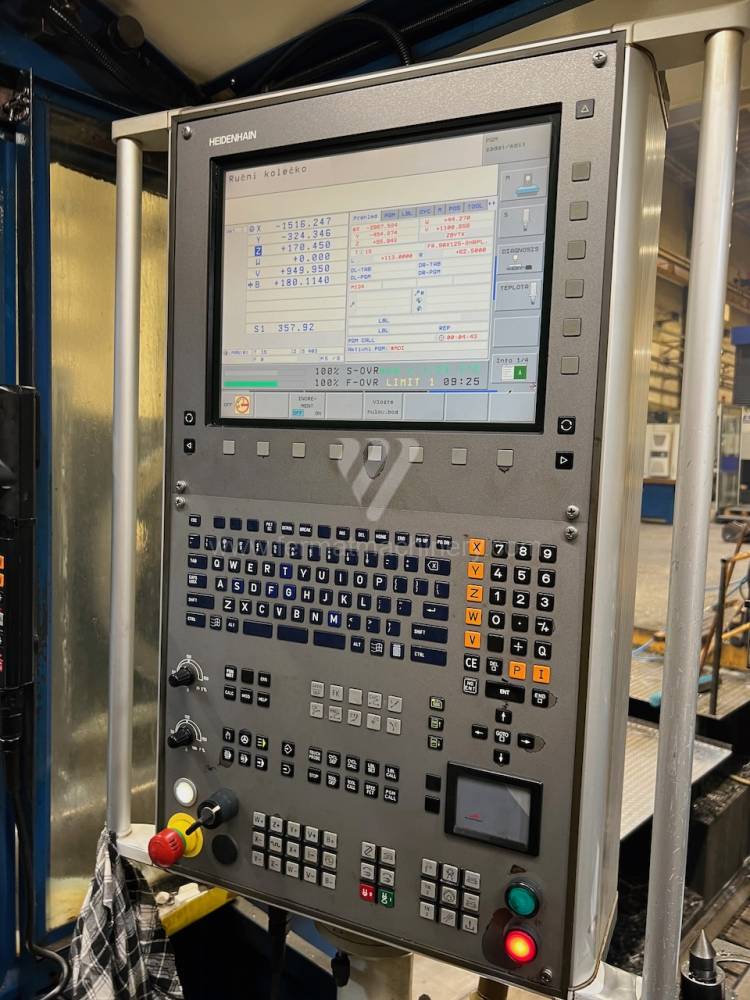
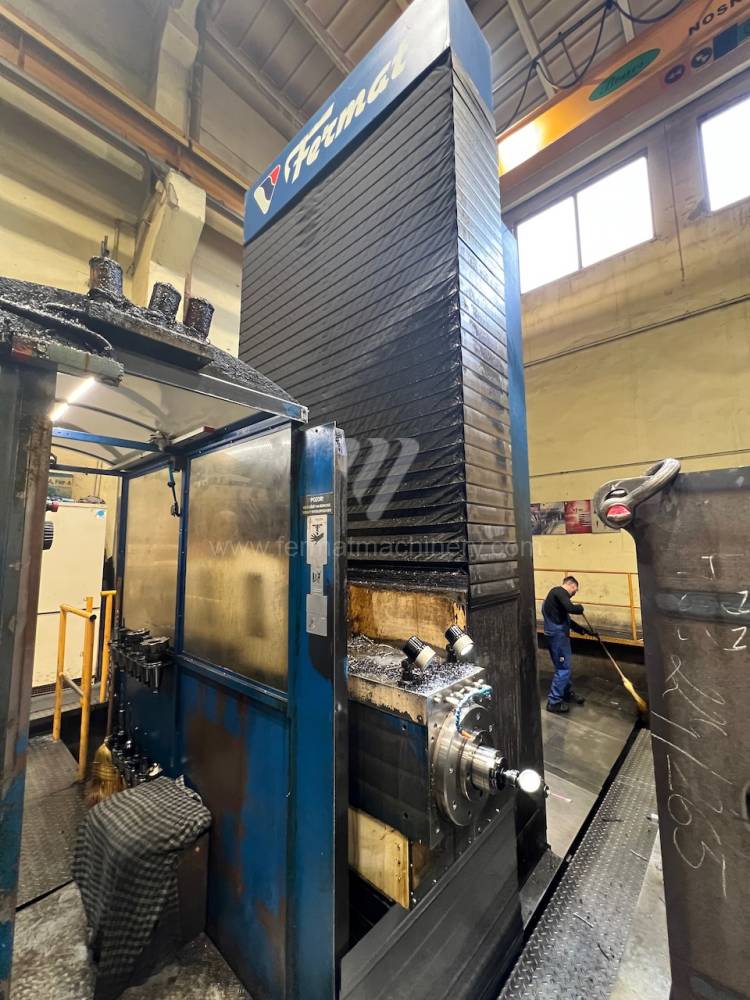
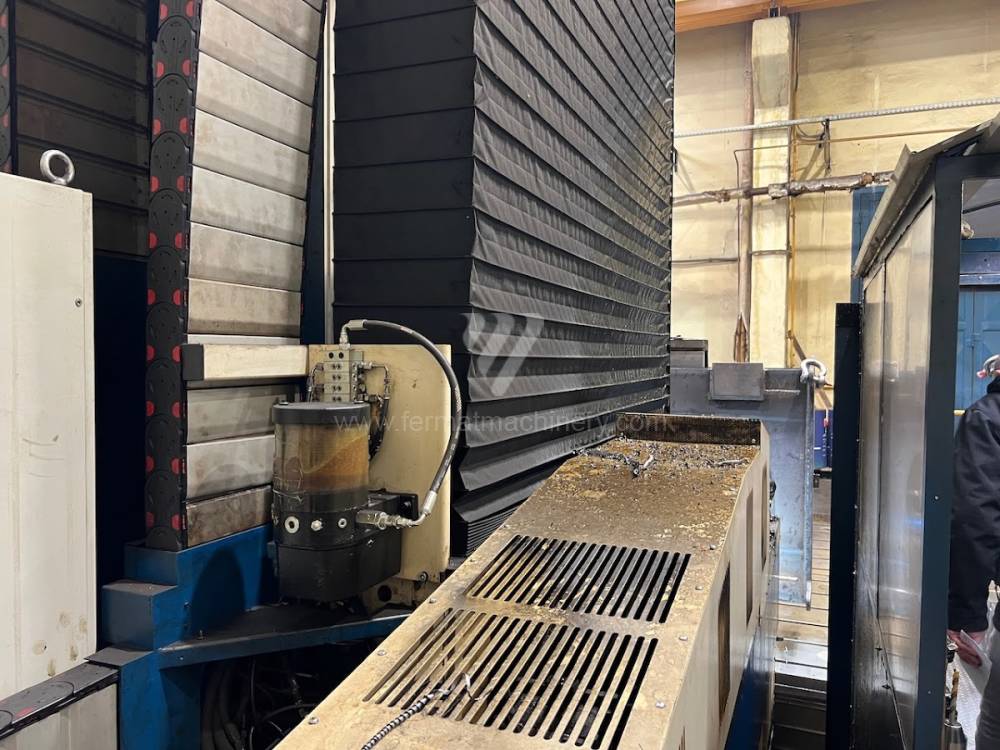
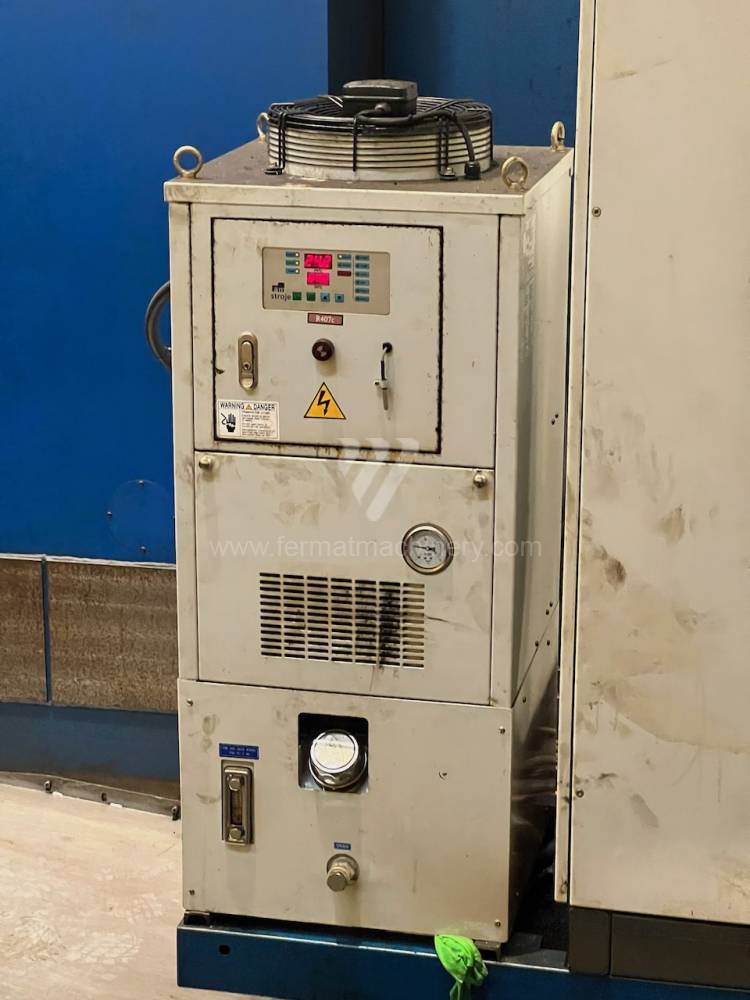
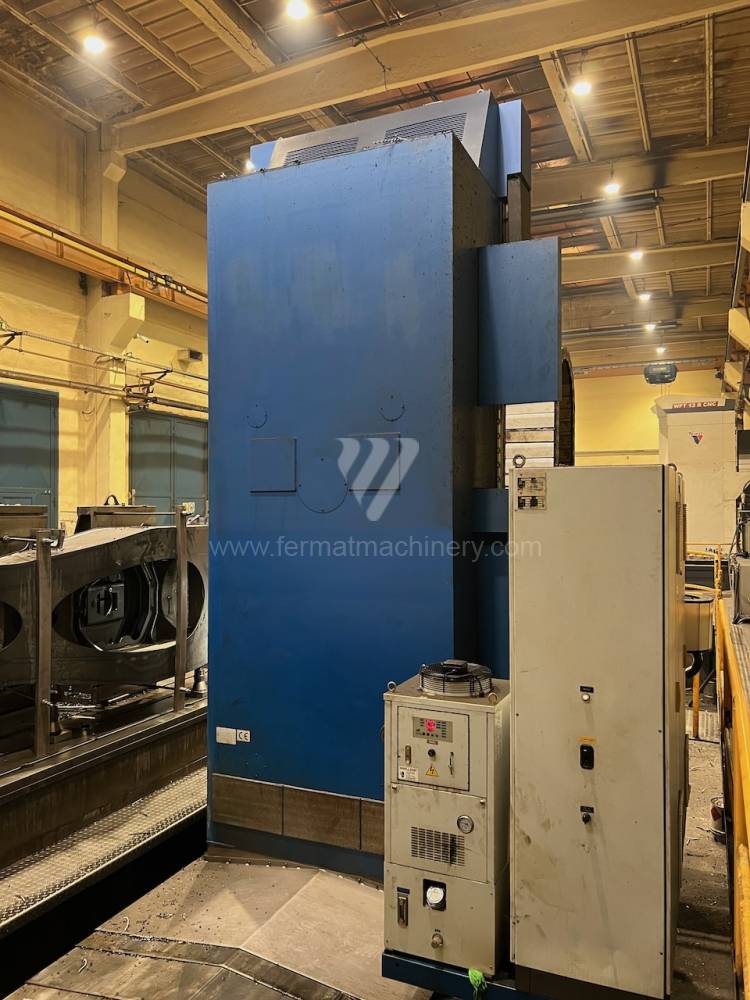
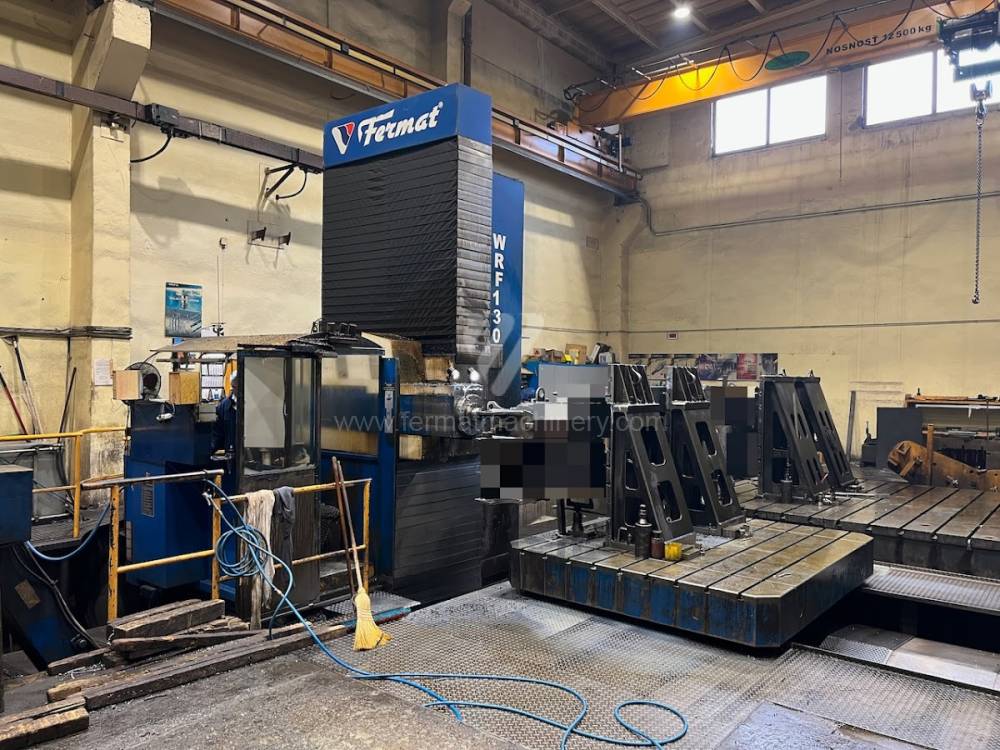
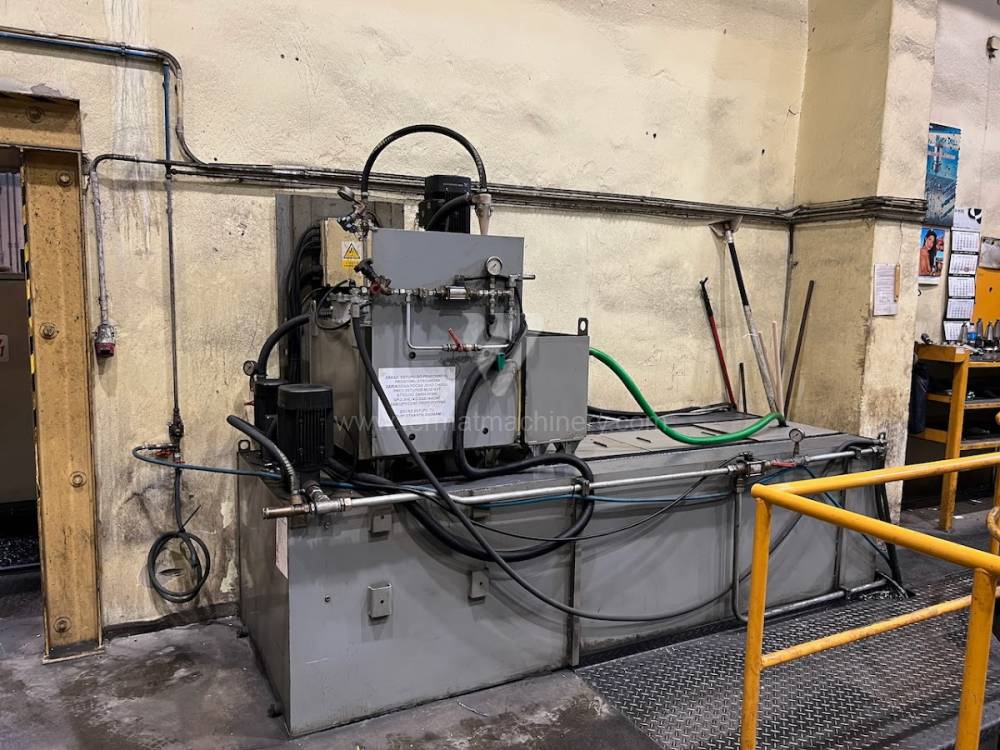
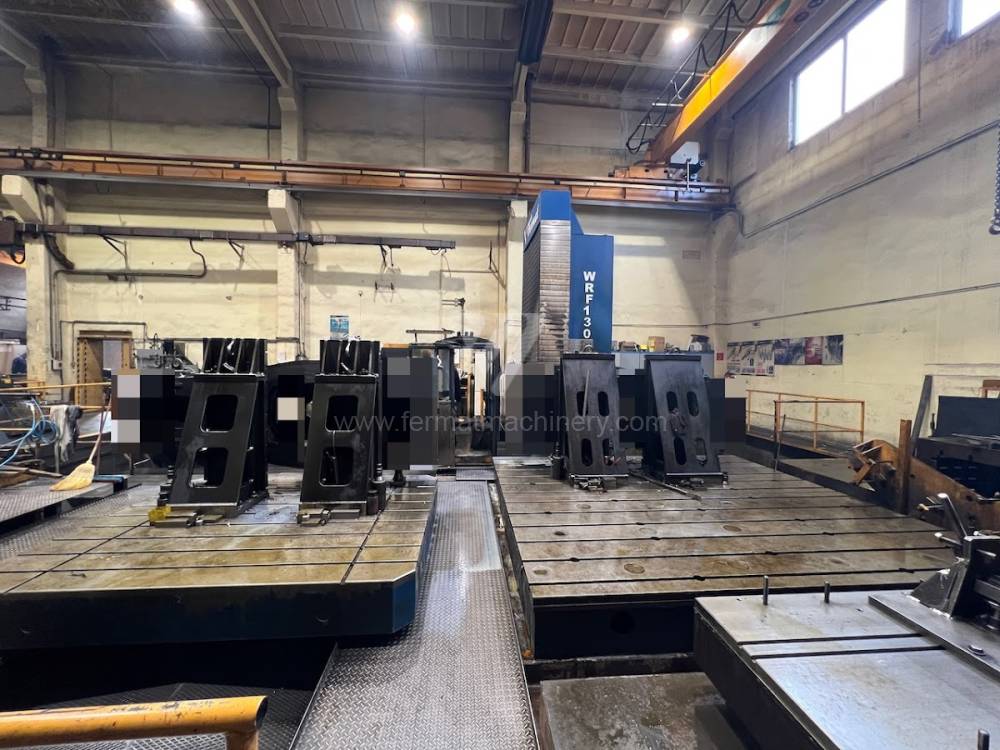
Год изготовления:2008
Система управления Heidenhain: TNC 530
Рабочий диаметр шпинделя: 130 mm
Передвижение по оси X: 8000 mm
Передвижение по оси Y: 3000 mm
Обороты шпинделя: 10 - 3000 /min.
Выдвижение шпинделя (W): 730 mm
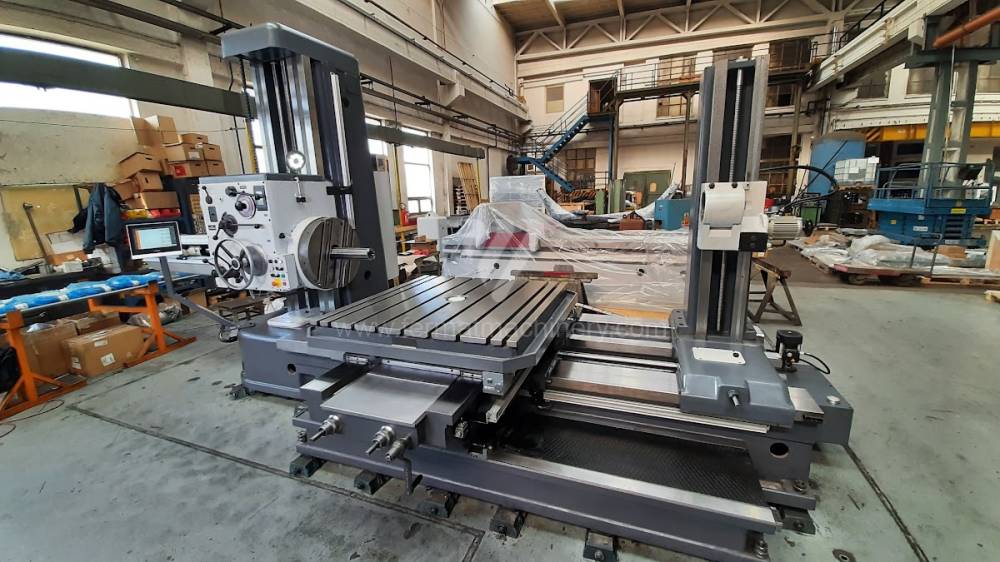
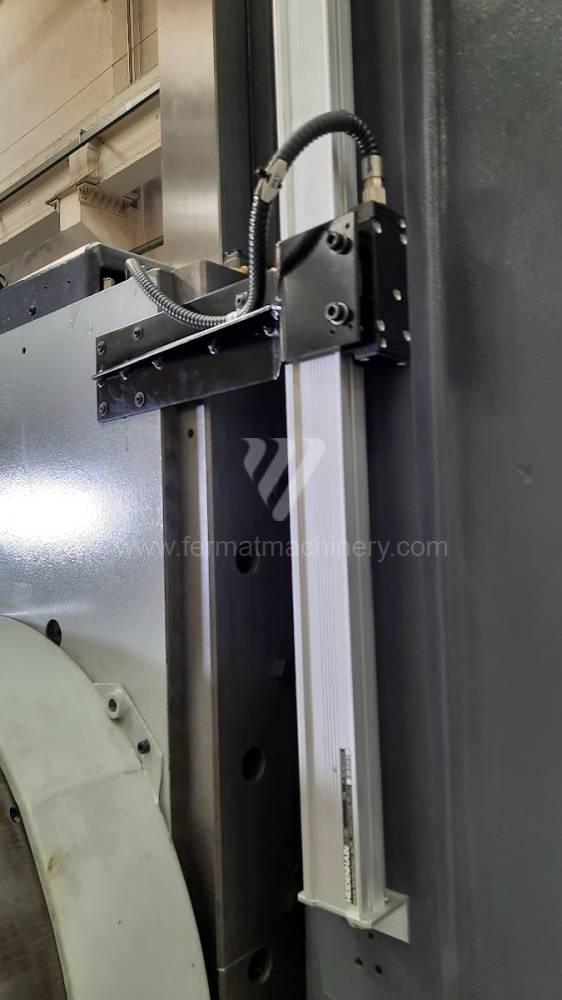
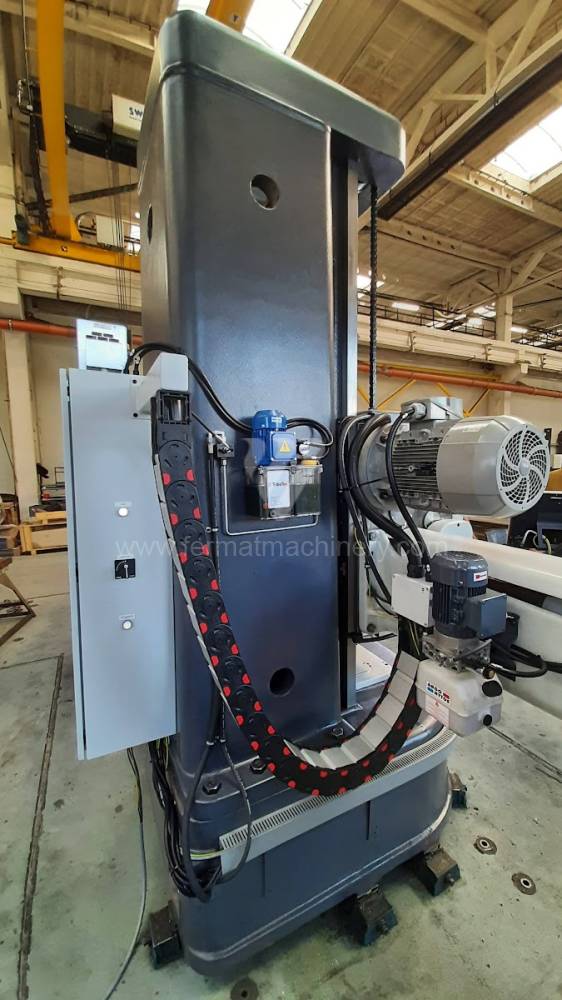
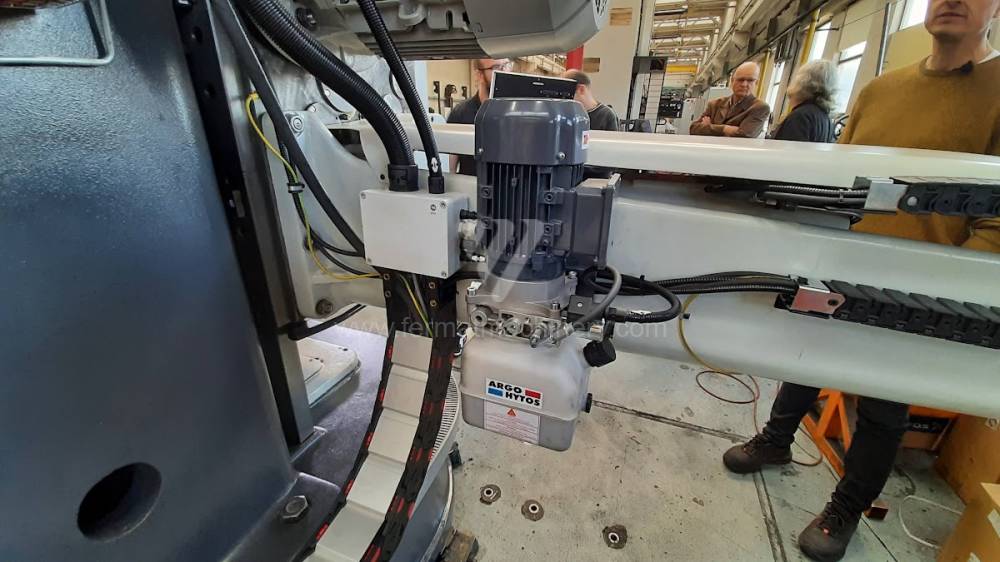
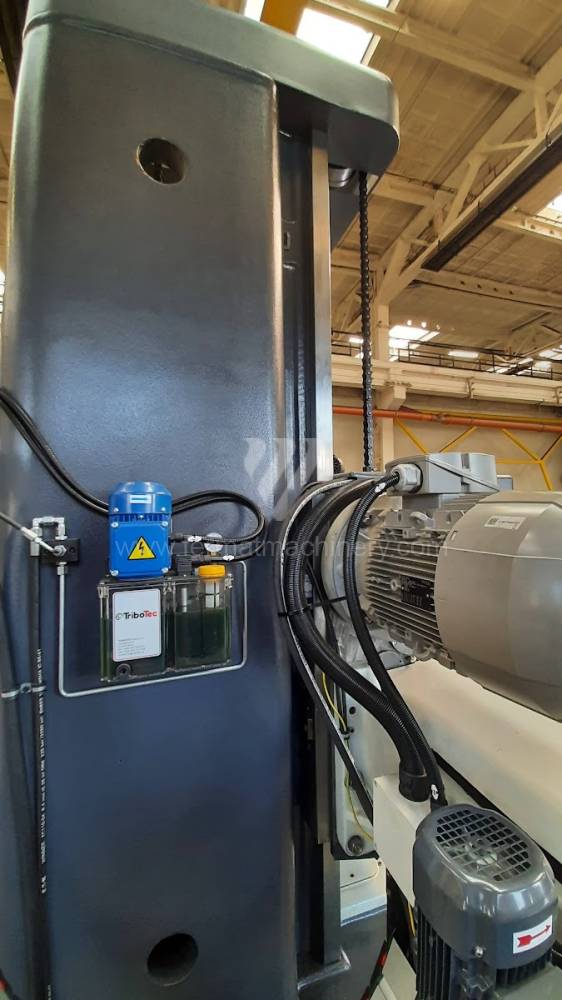
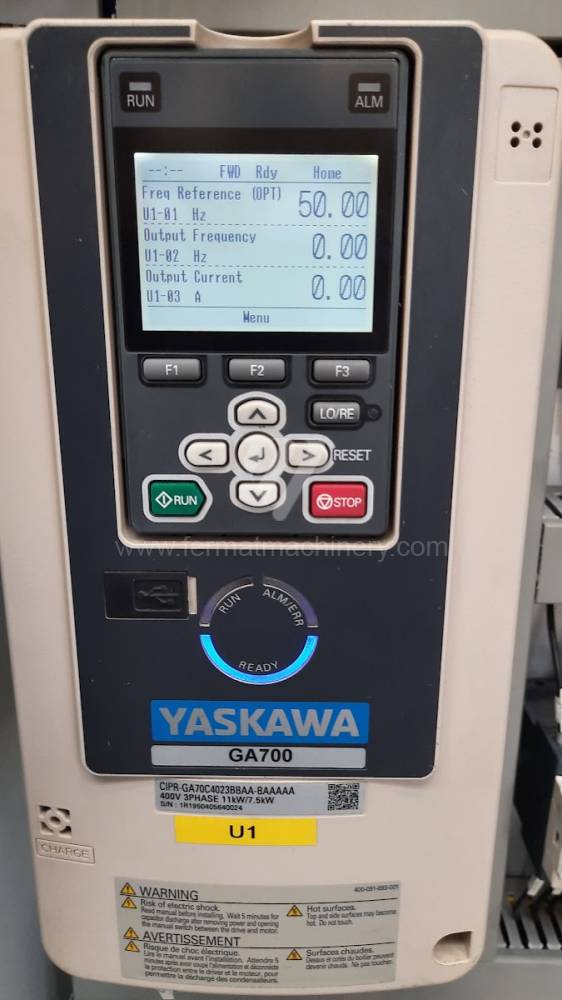
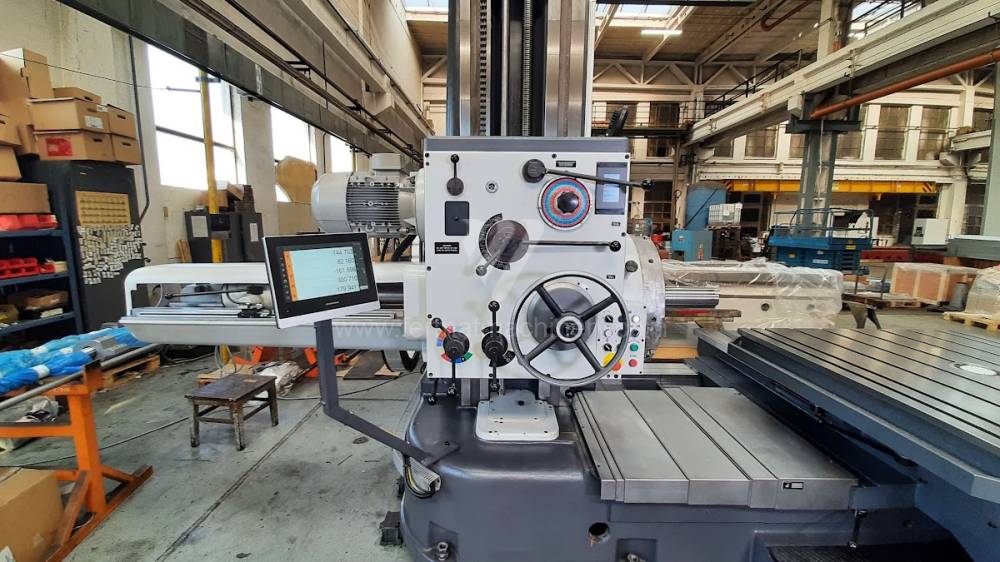
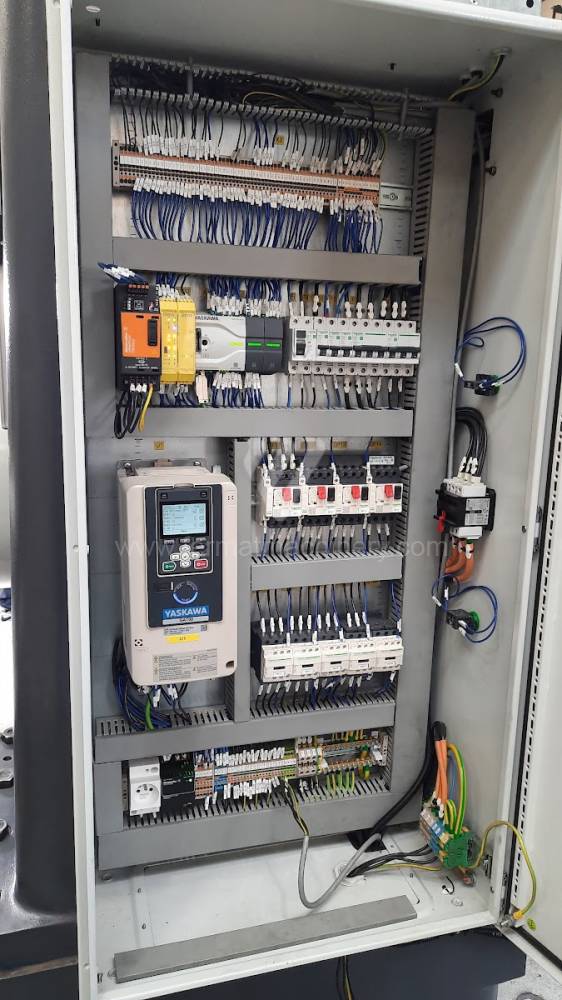
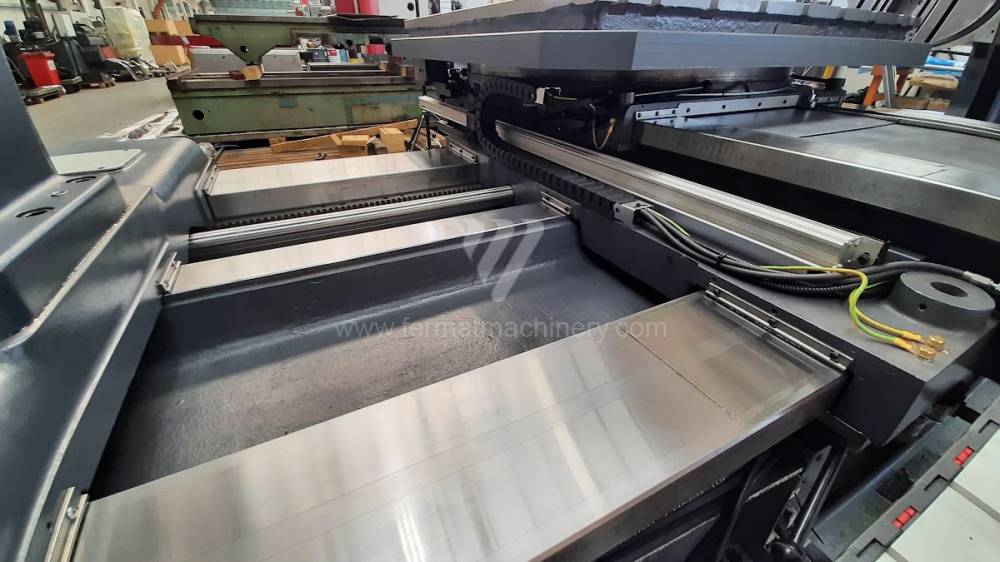
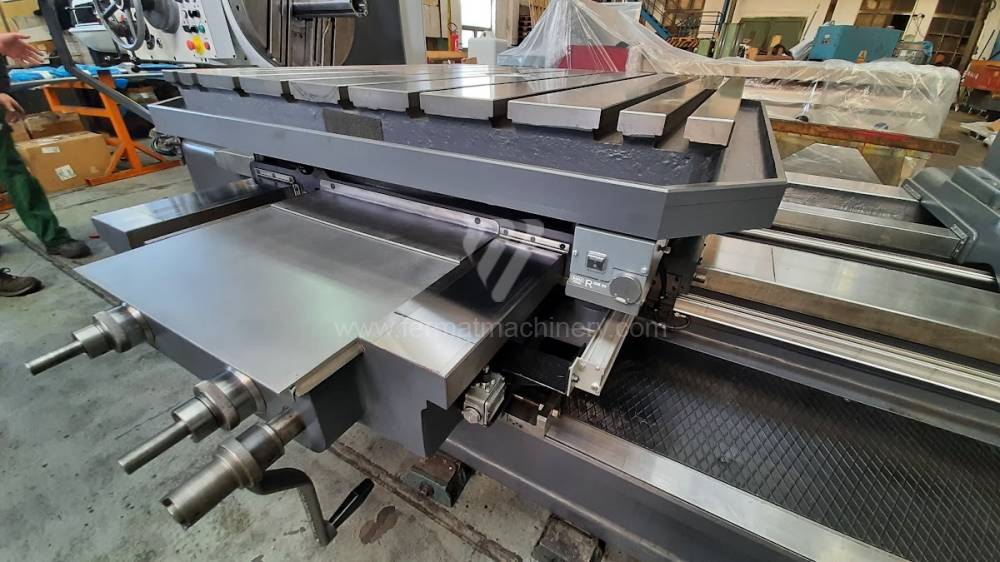
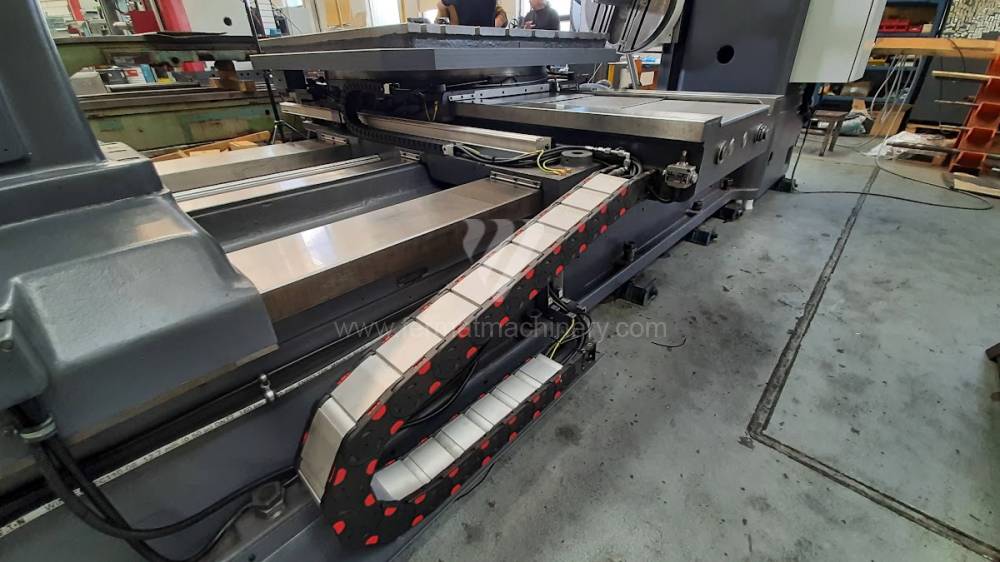
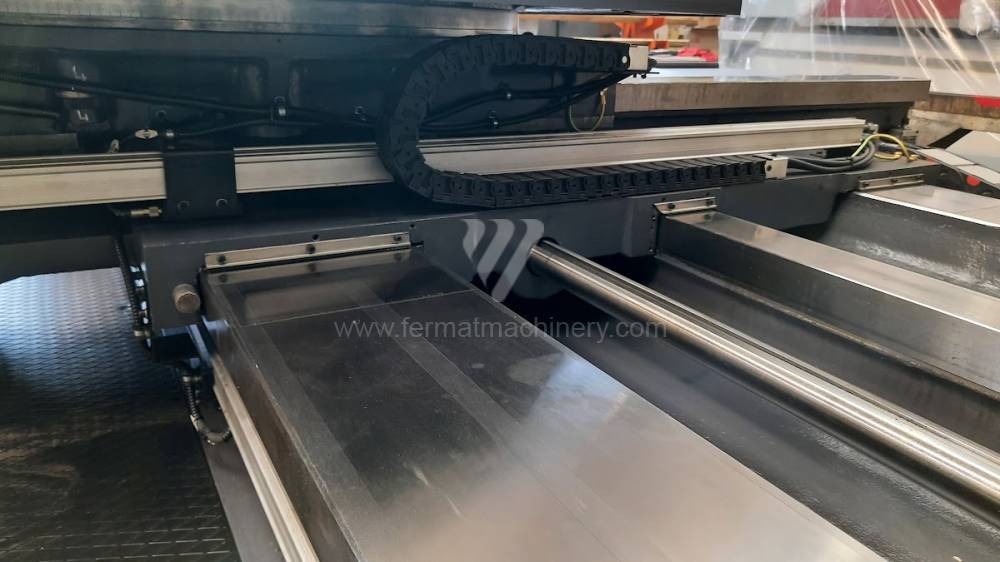
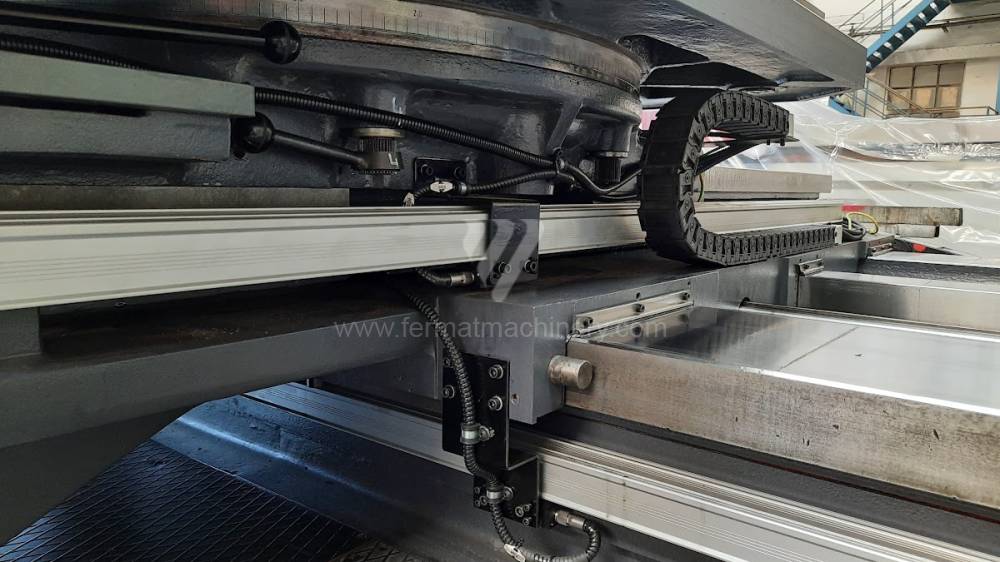
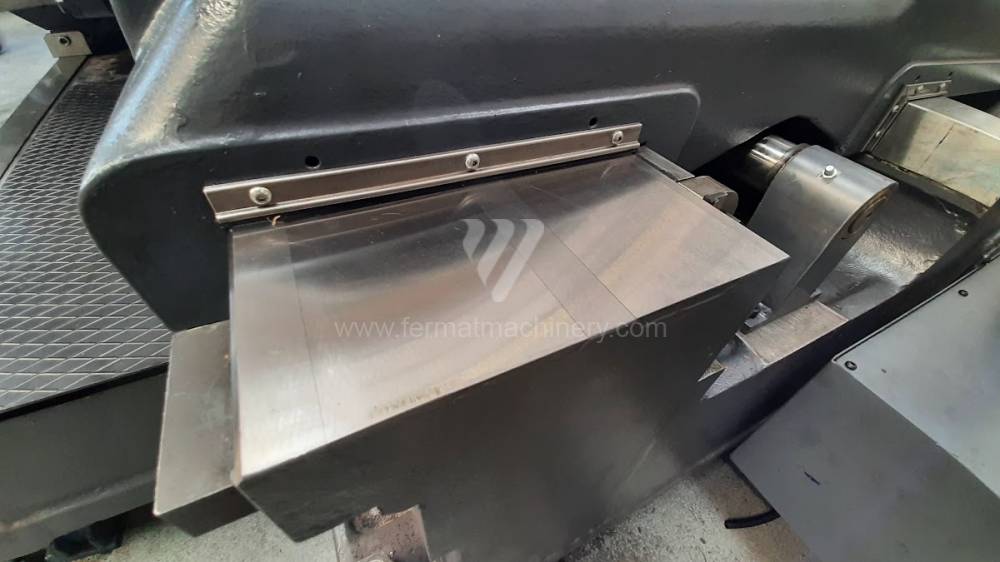
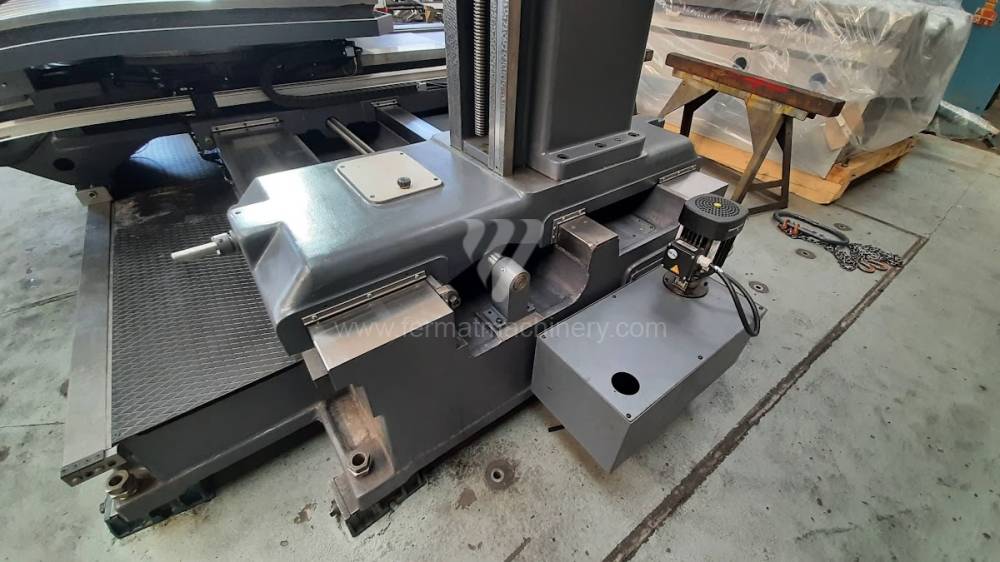

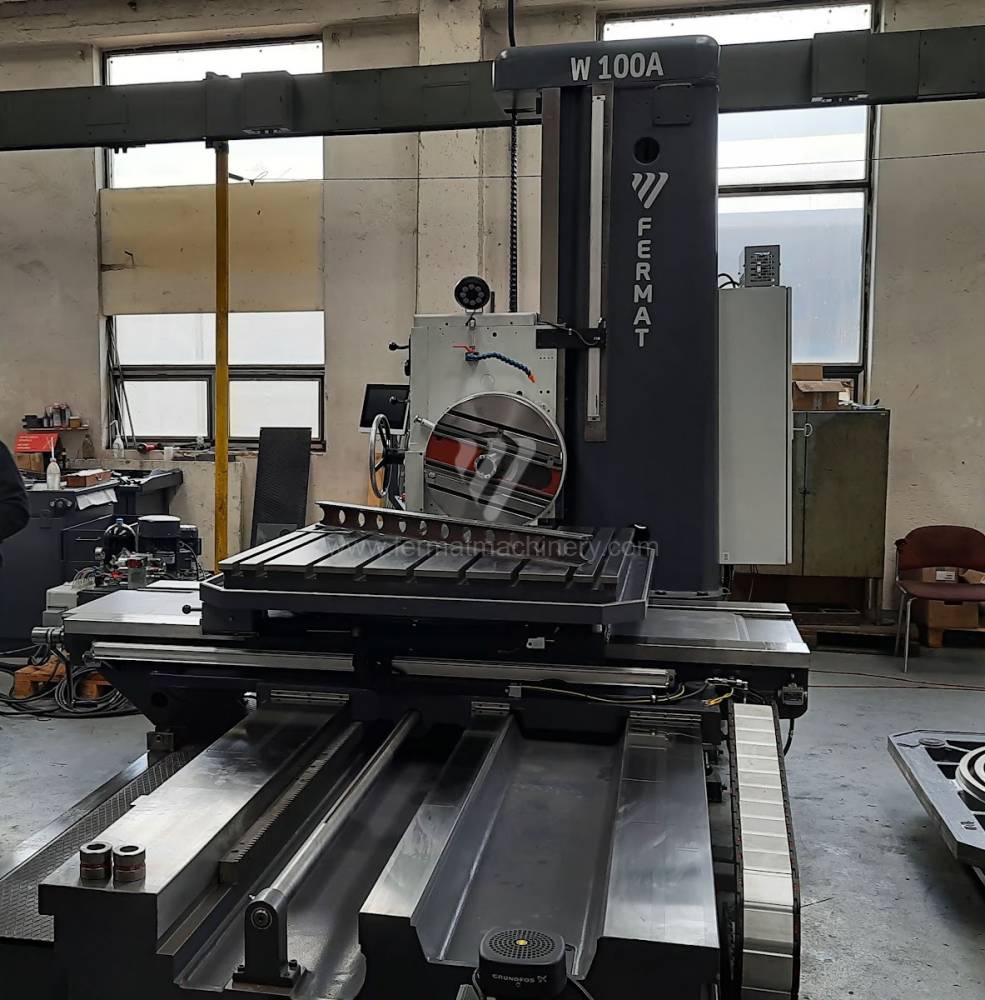
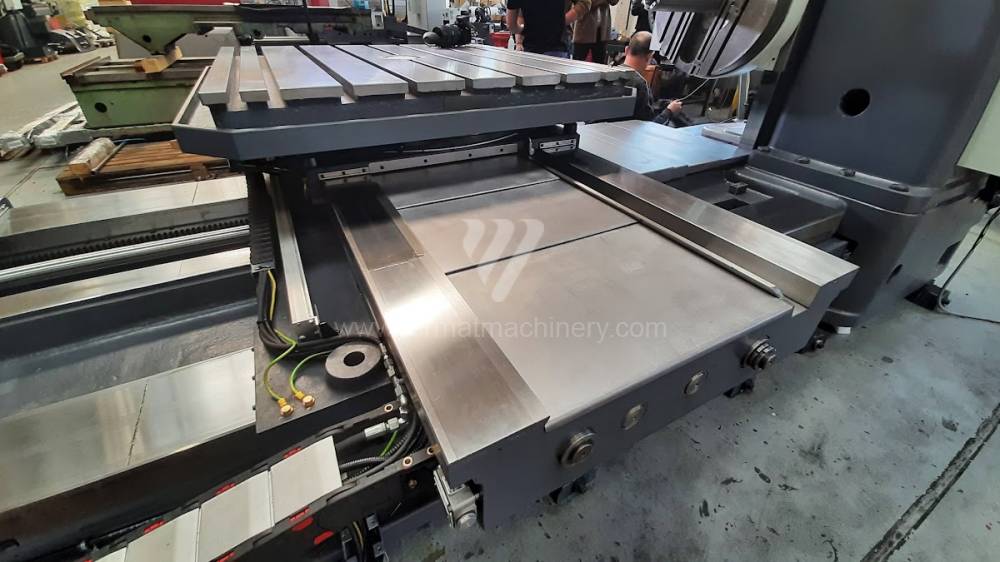
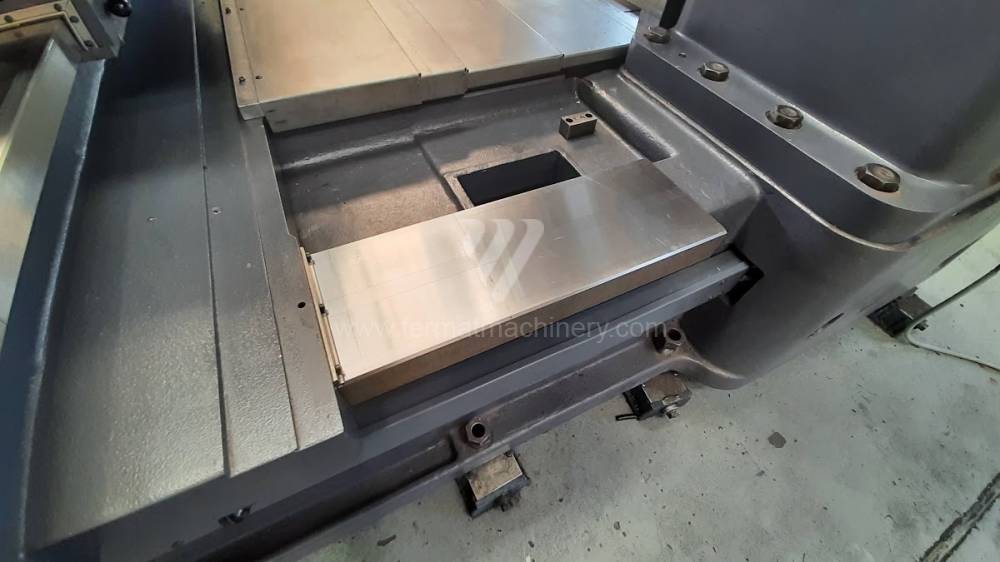
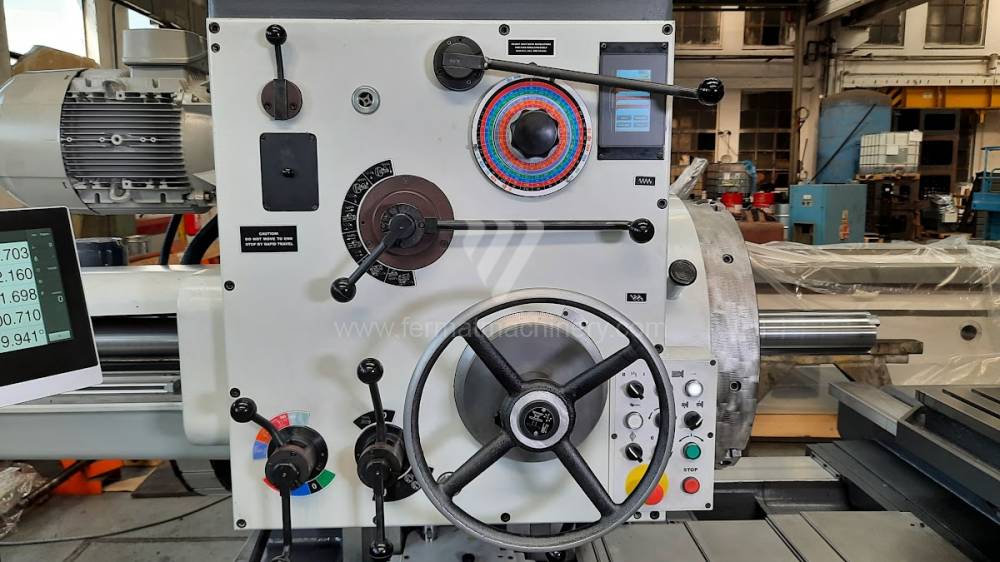
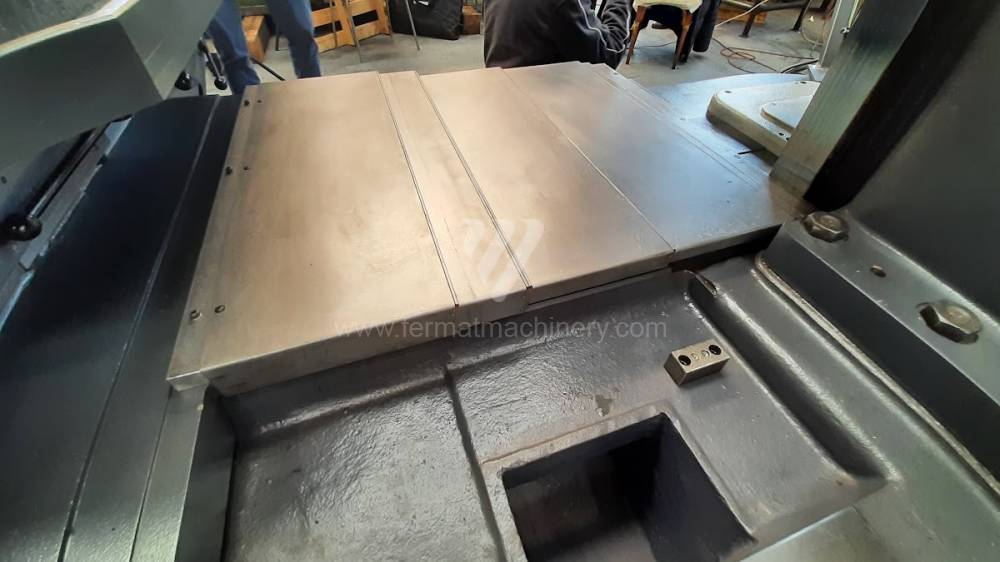
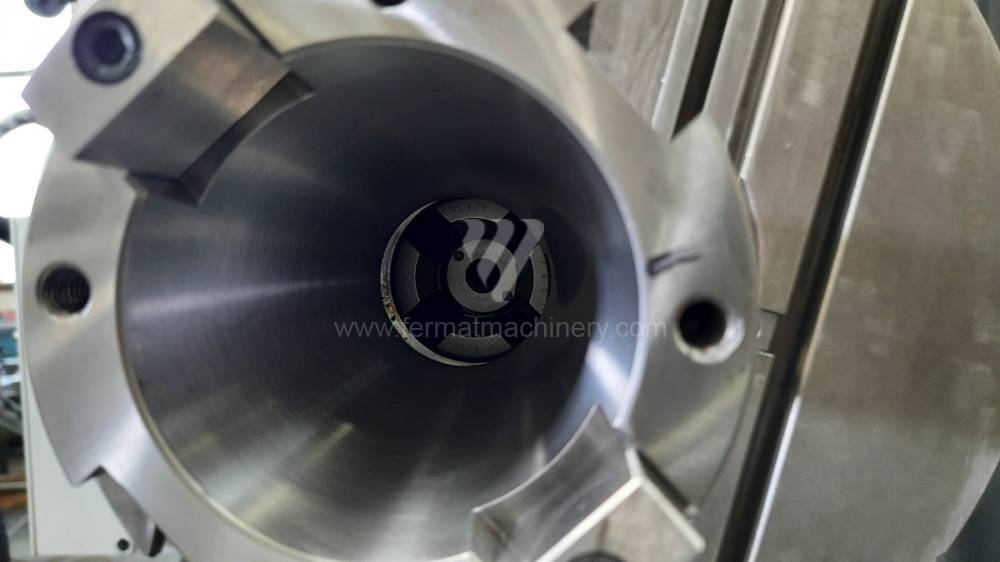
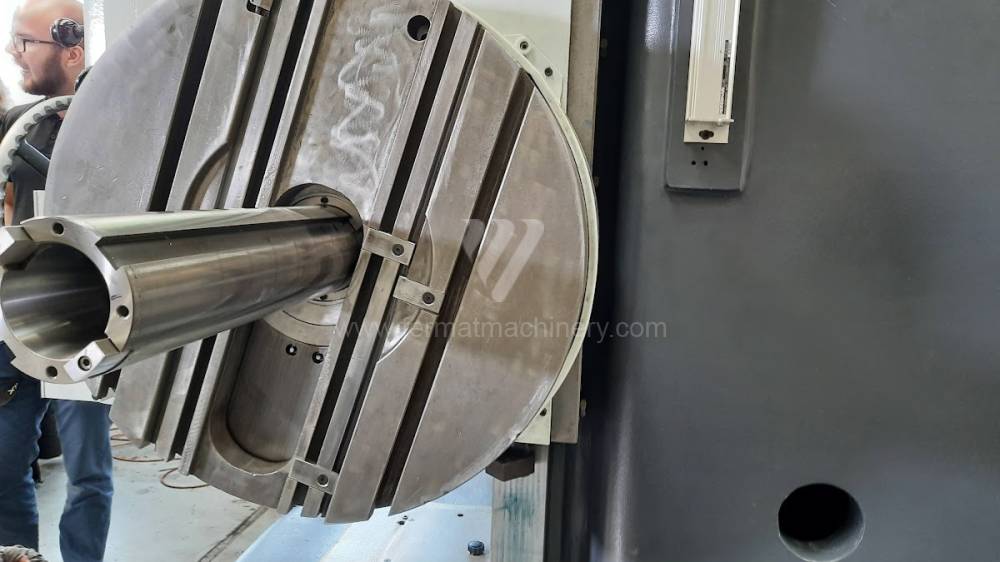
Рабочий диаметр шпинделя: 100 mm
Передвижение по оси X: 1600 mm
Передвижение по оси Y: 1120 mm
Обороты шпинделя: 7 - 1120 /min.
Охлаждение через центр шпинделя: Нет
Выдвижение шпинделя (W): 900 mm
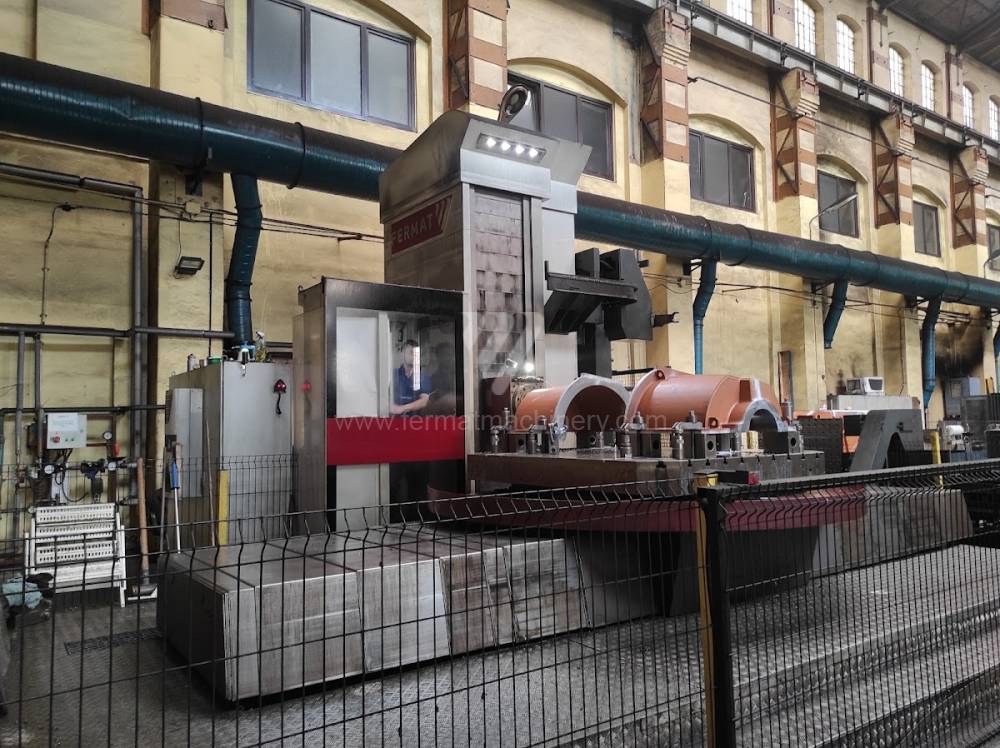
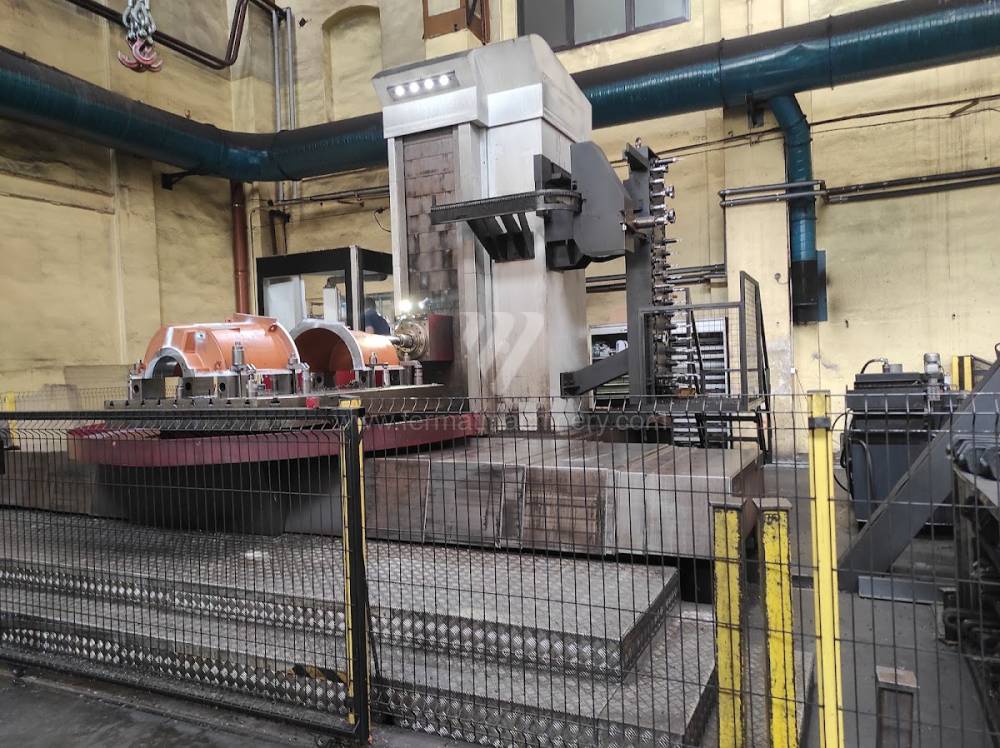
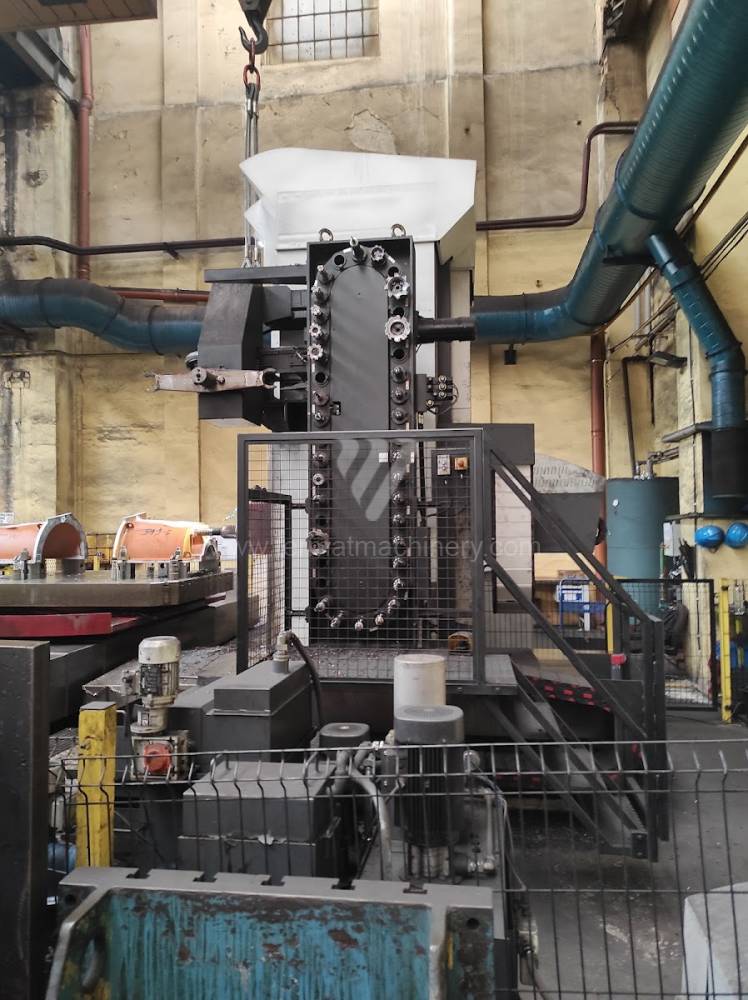
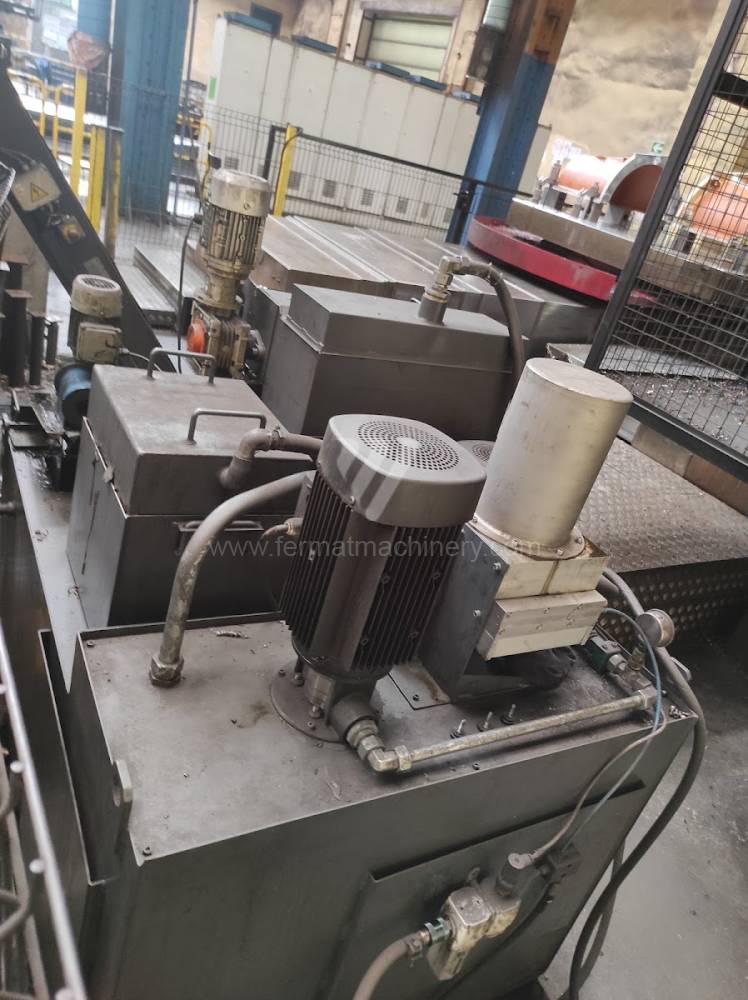
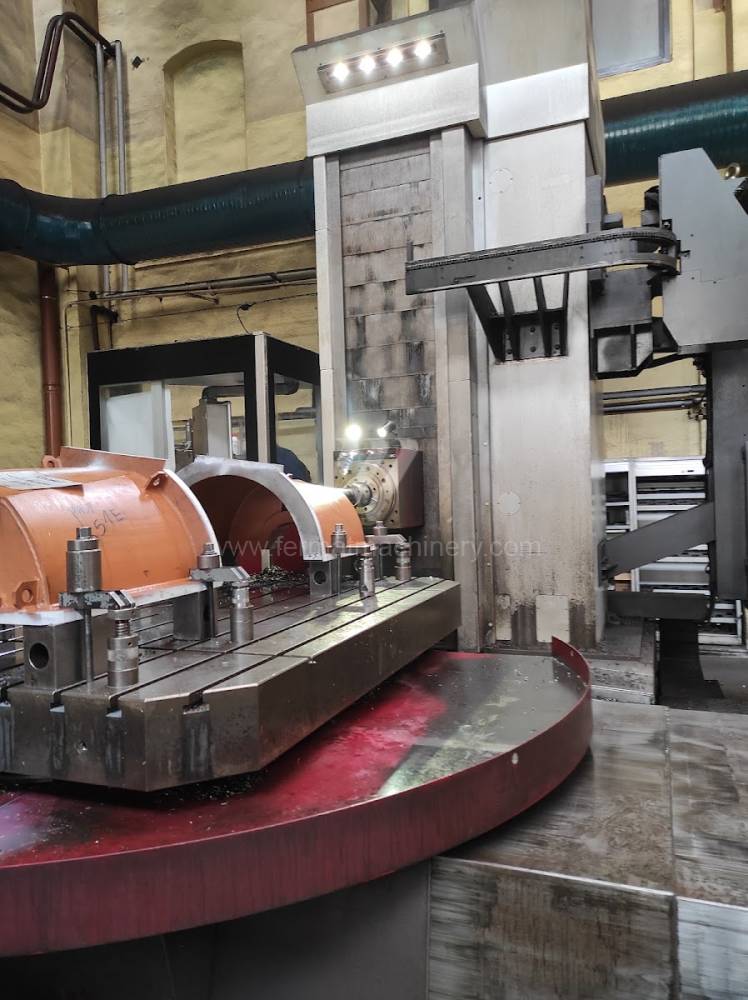
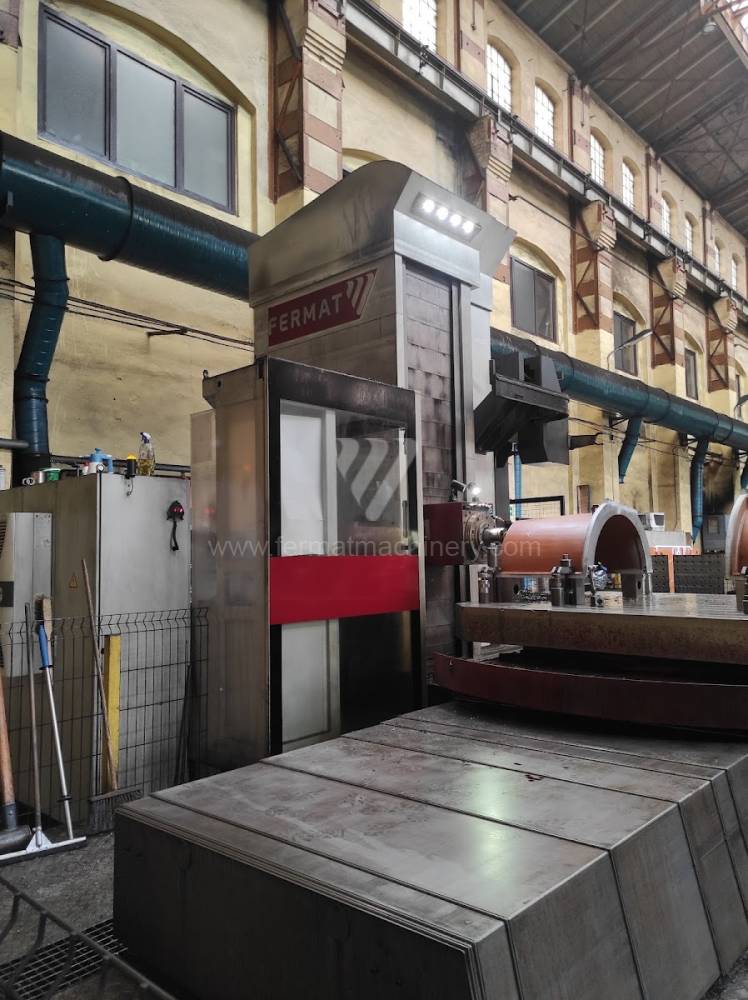
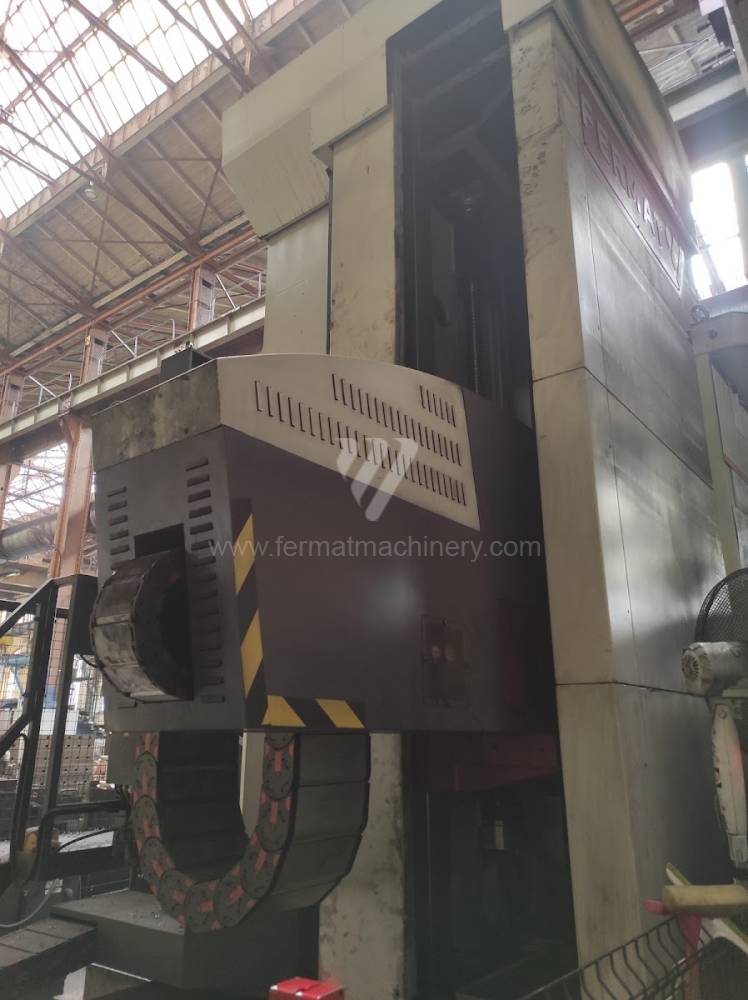
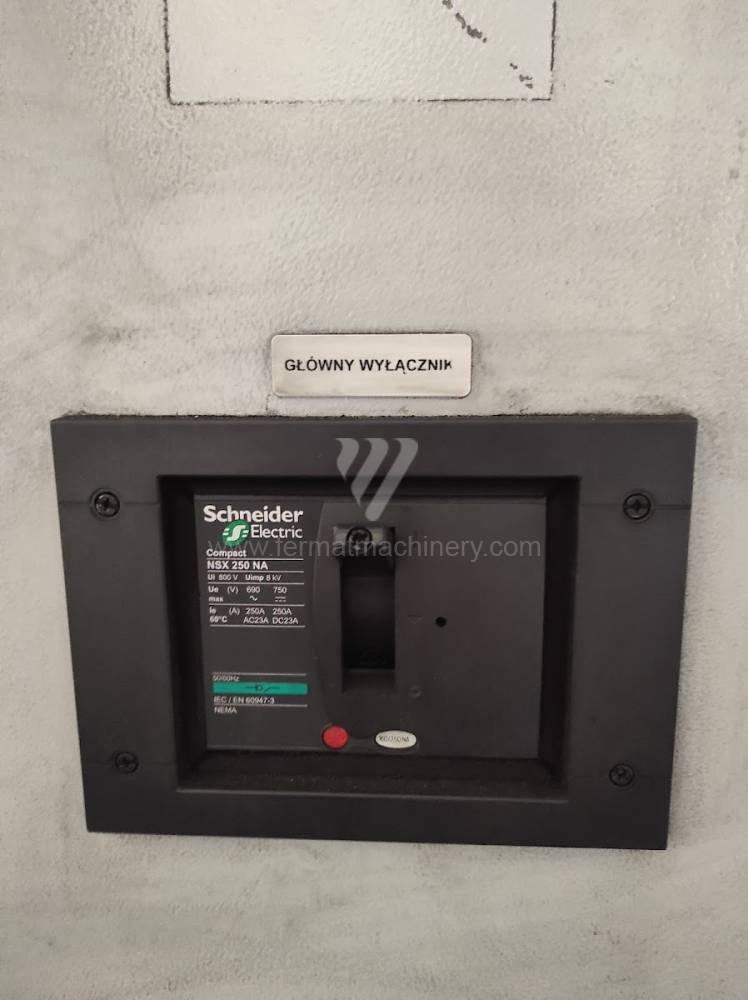
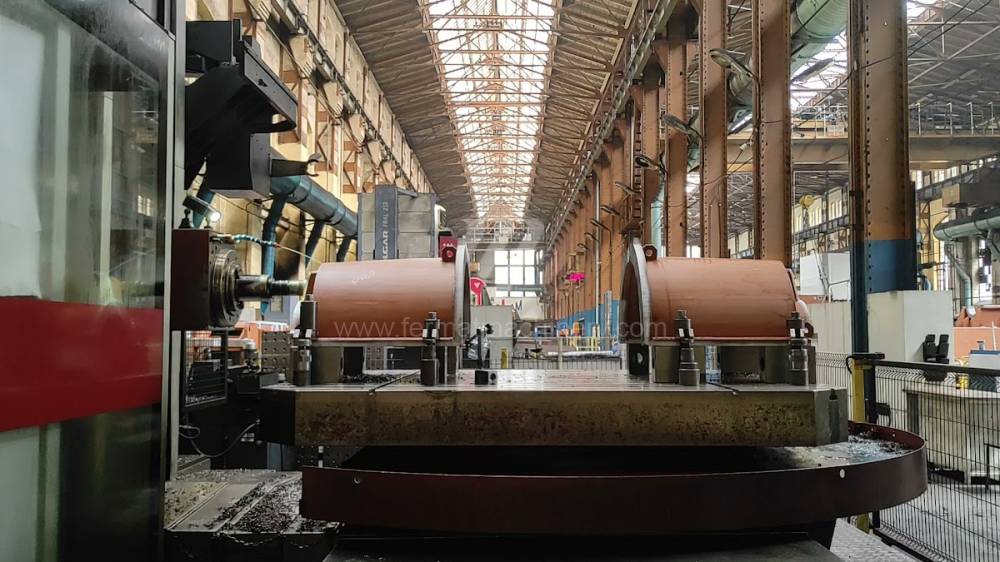
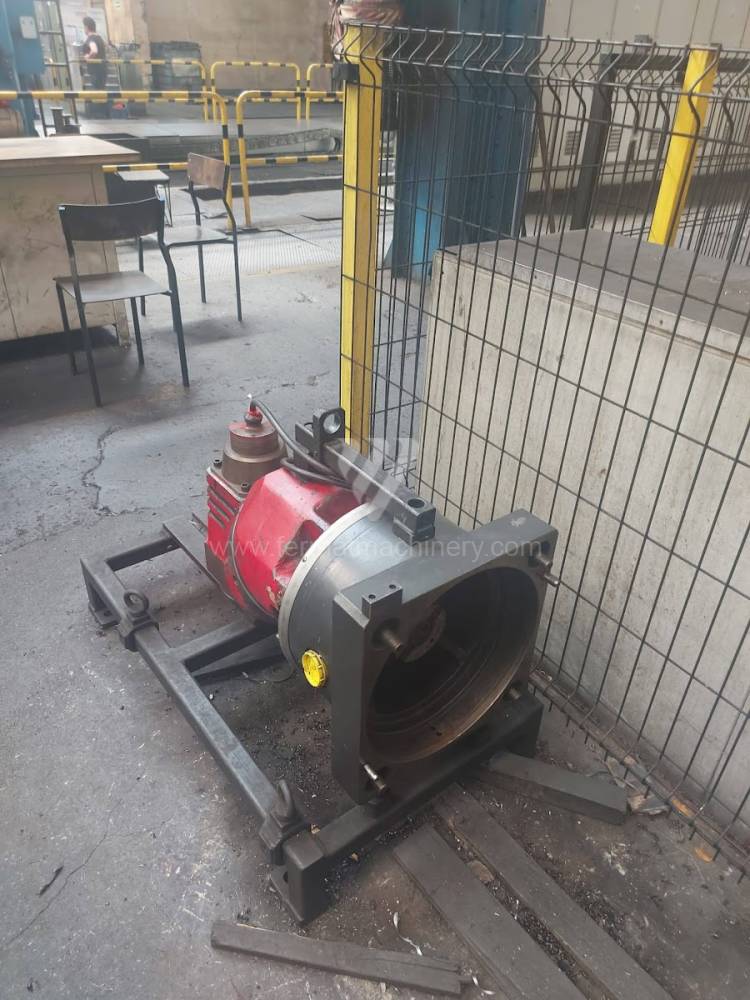
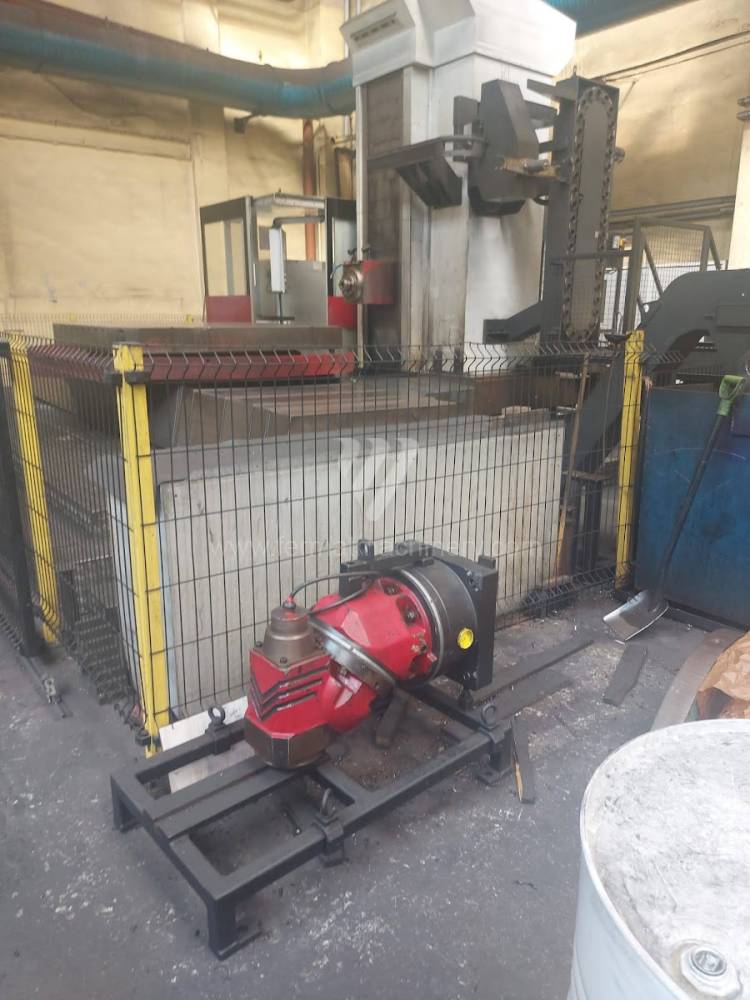
Год изготовления:2016
Система управления Heidenhain: TNC 530
Рабочий диаметр шпинделя: 130 mm
Передвижение по оси X: 4000 mm
Передвижение по оси Y: 2000 mm
Обороты шпинделя: 10 - 3000 /min.
Охлаждение через центр шпинделя: Да
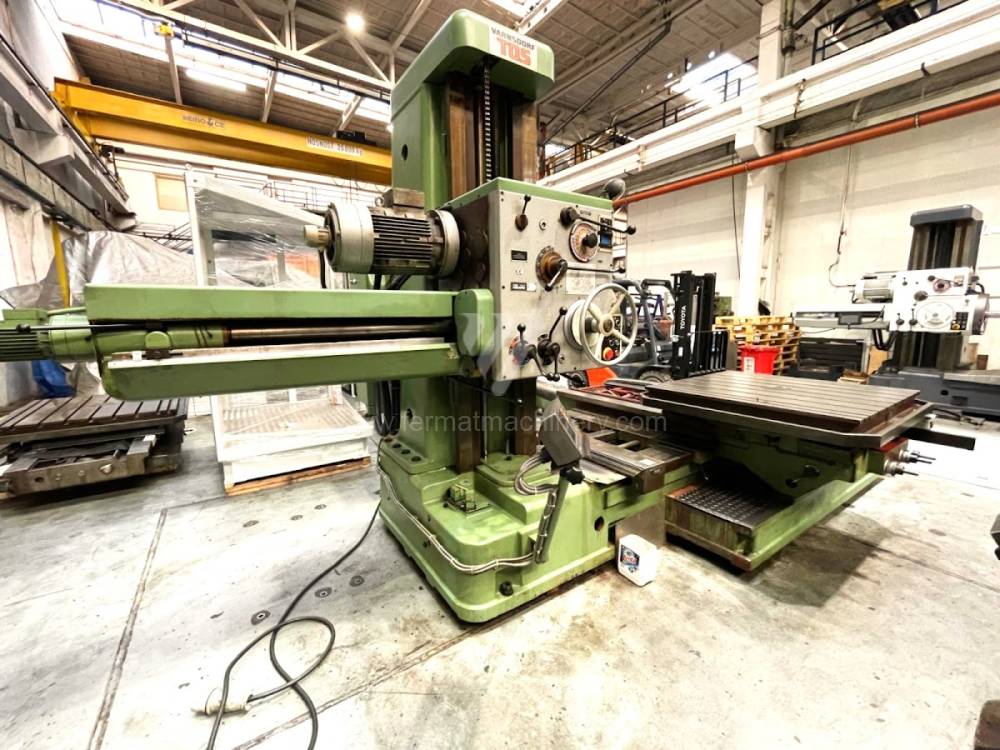
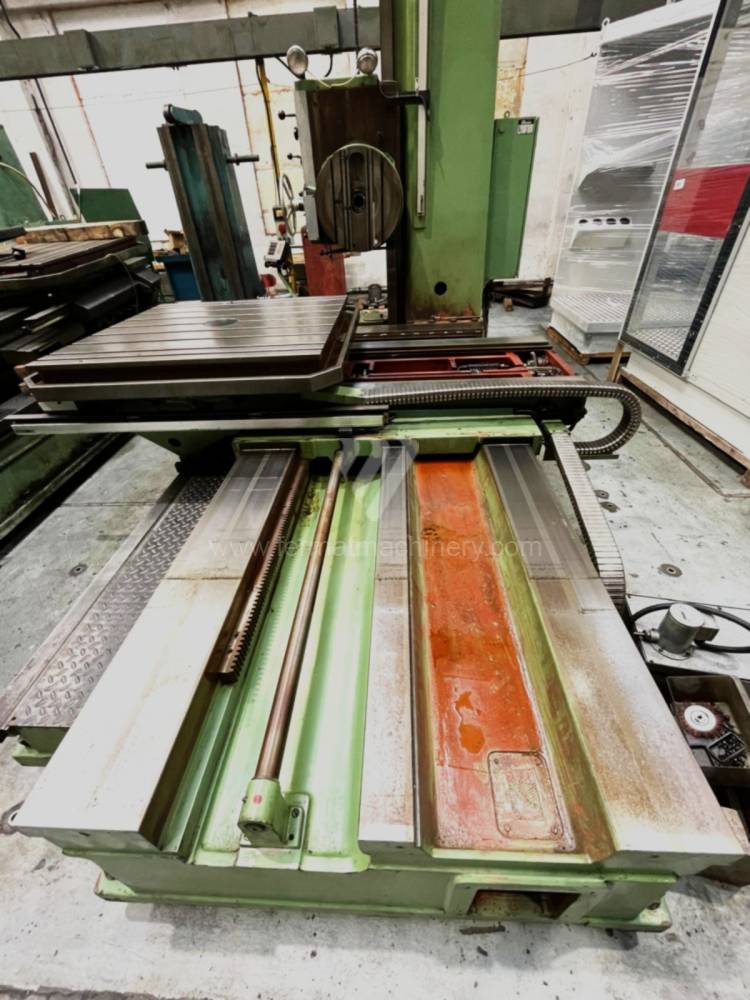
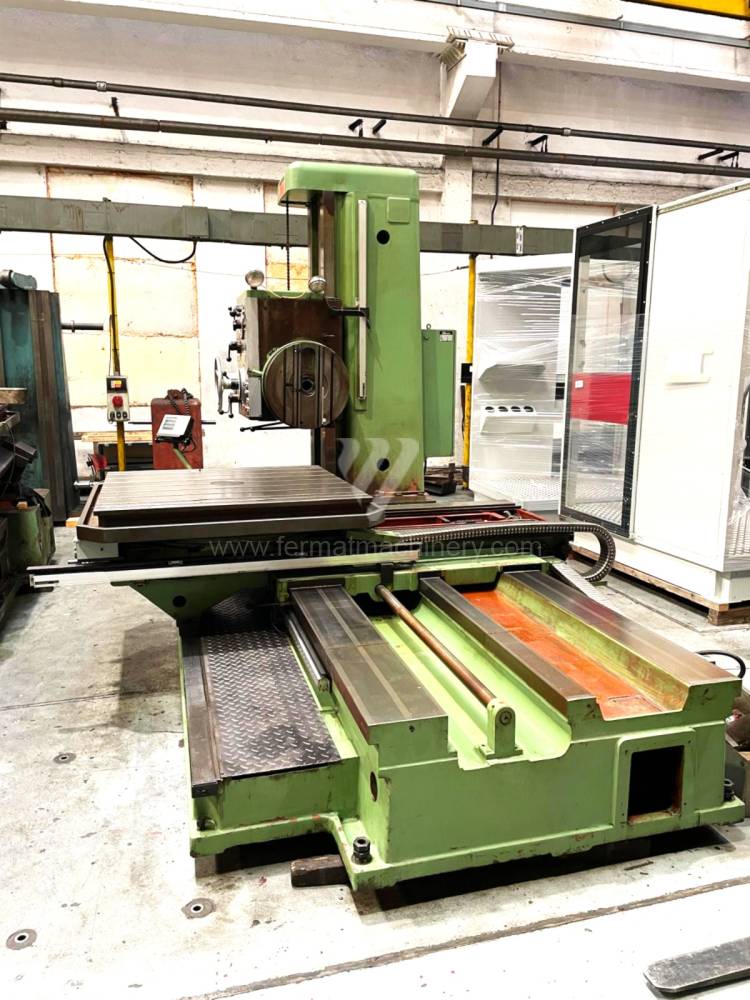
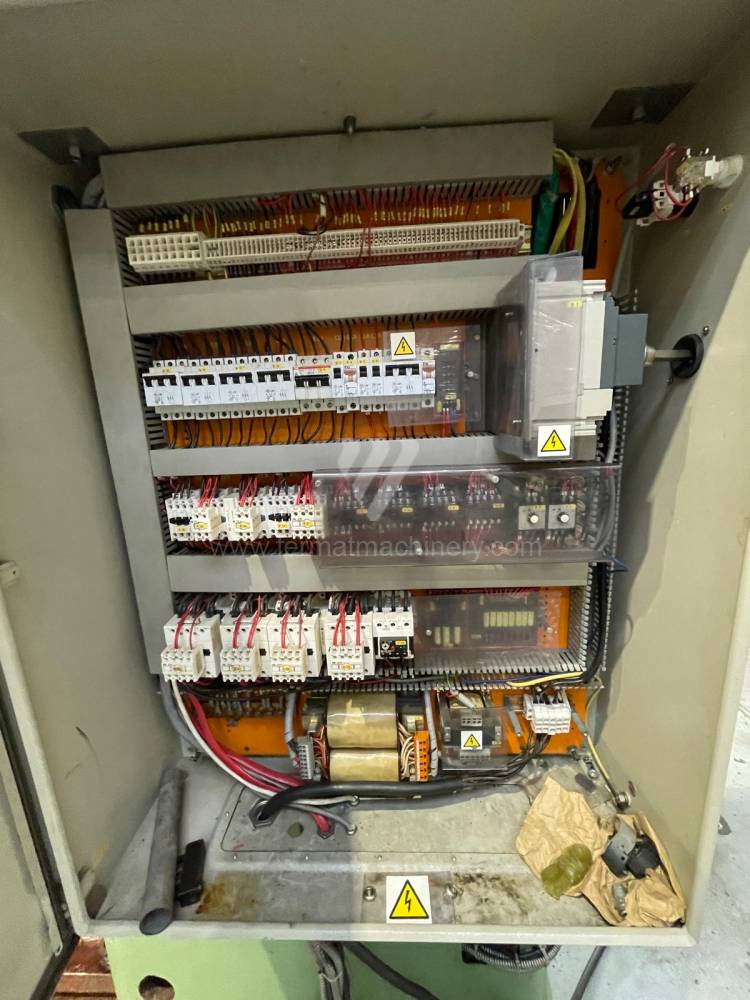
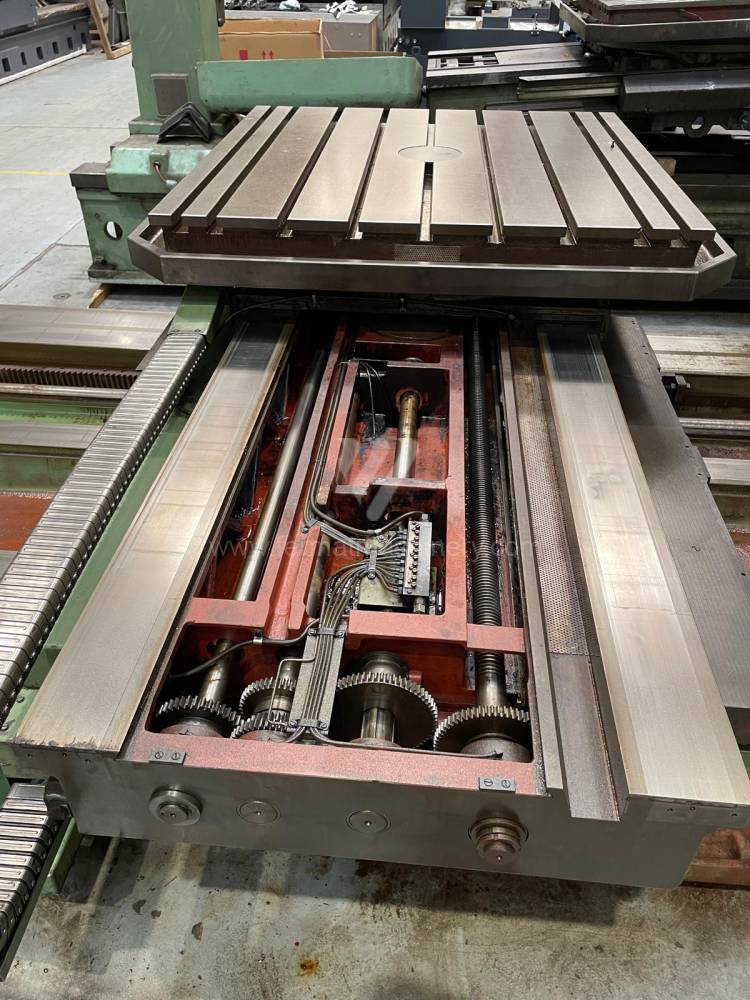
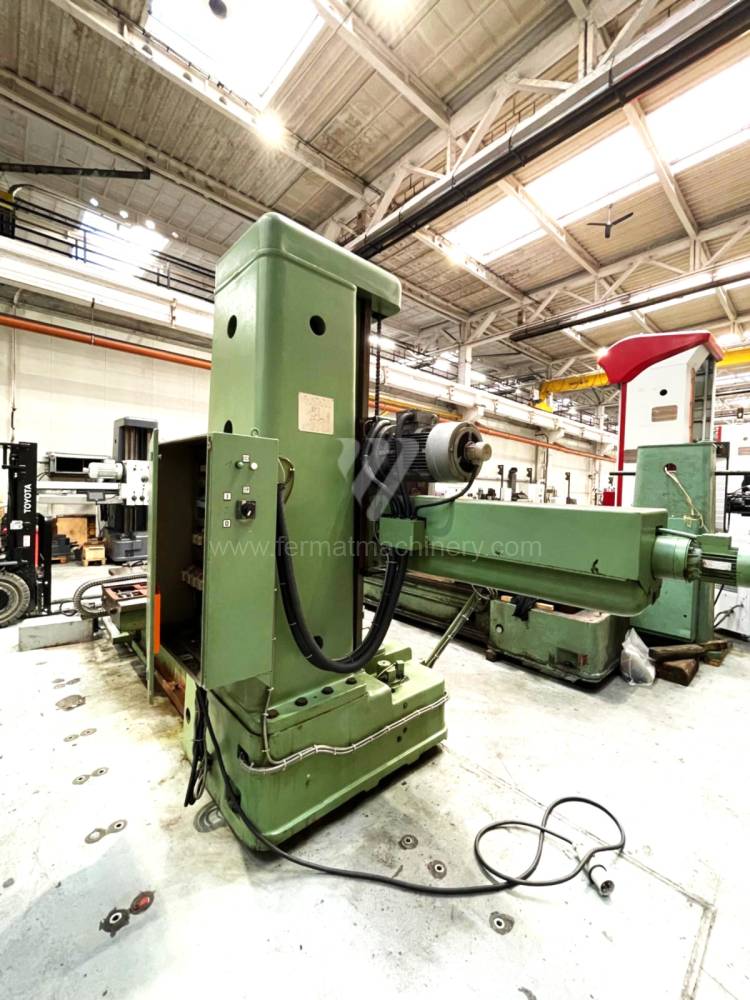
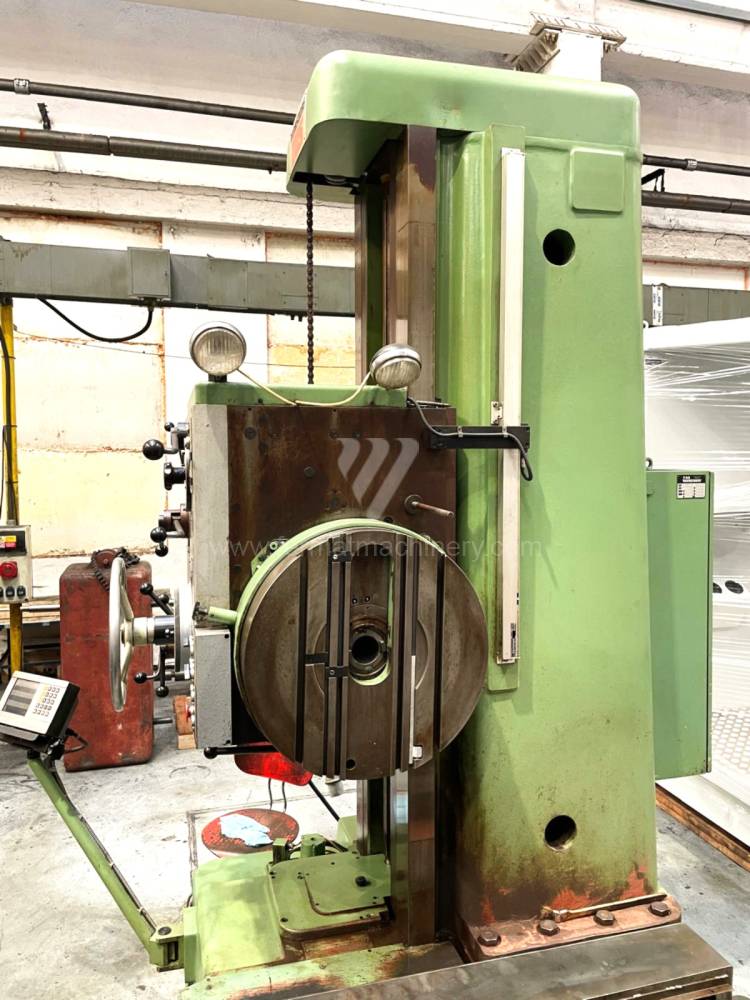
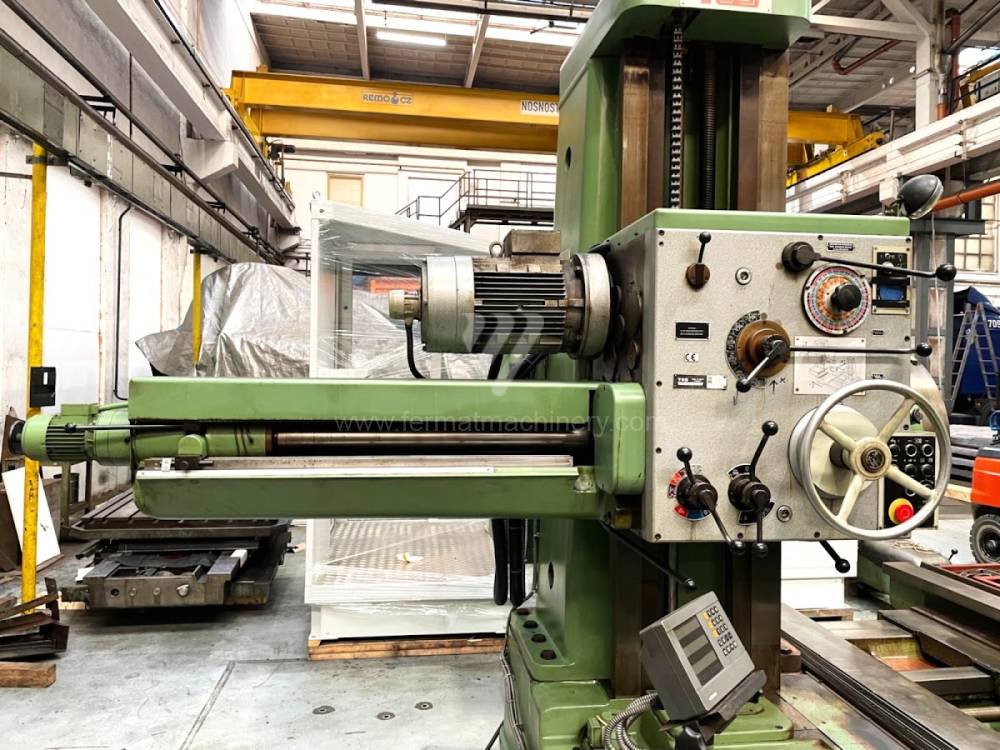
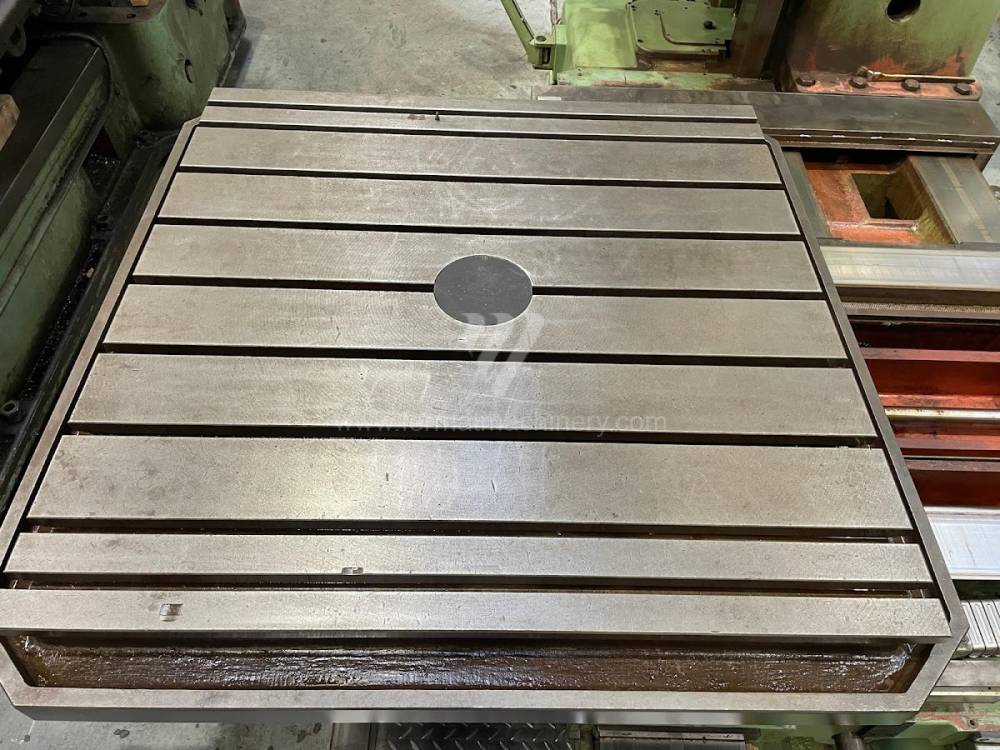
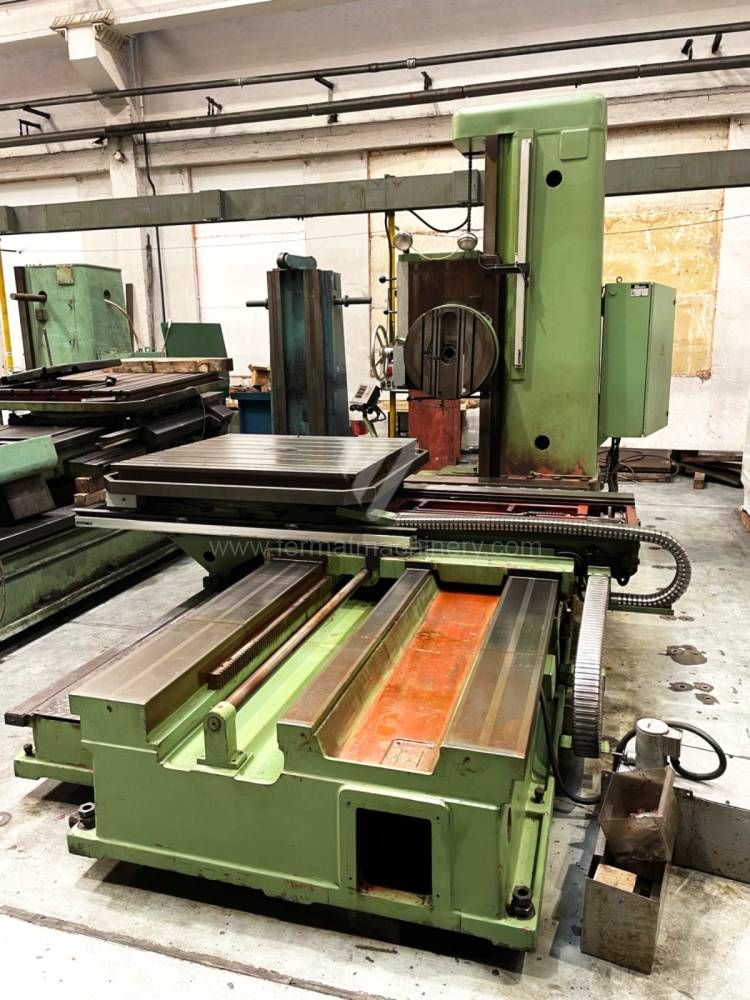
Год изготовления:1995
Рабочий диаметр шпинделя: 100 mm
Передвижение по оси X: 1600 mm
Передвижение по оси Y: 1120 mm
Обороты шпинделя: 0 - 1120 /min.
Охлаждение через центр шпинделя: Нет
Выдвижение шпинделя (W): 900 mm
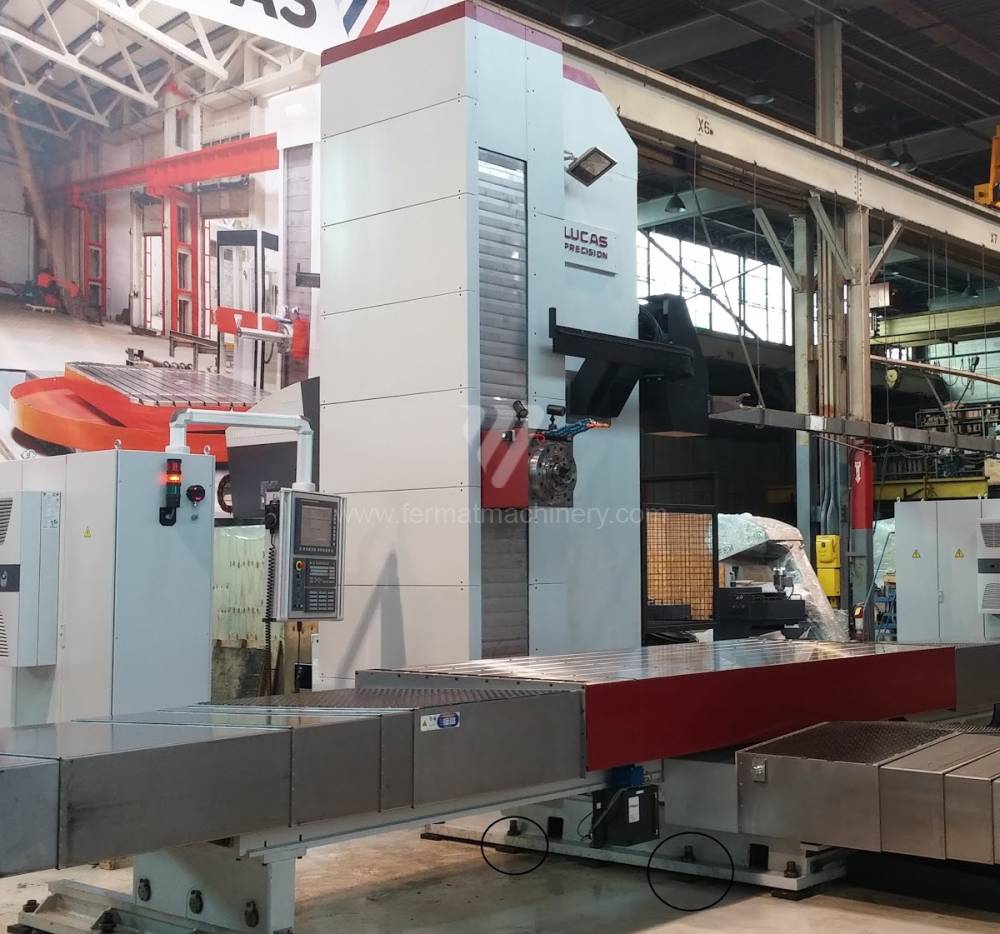
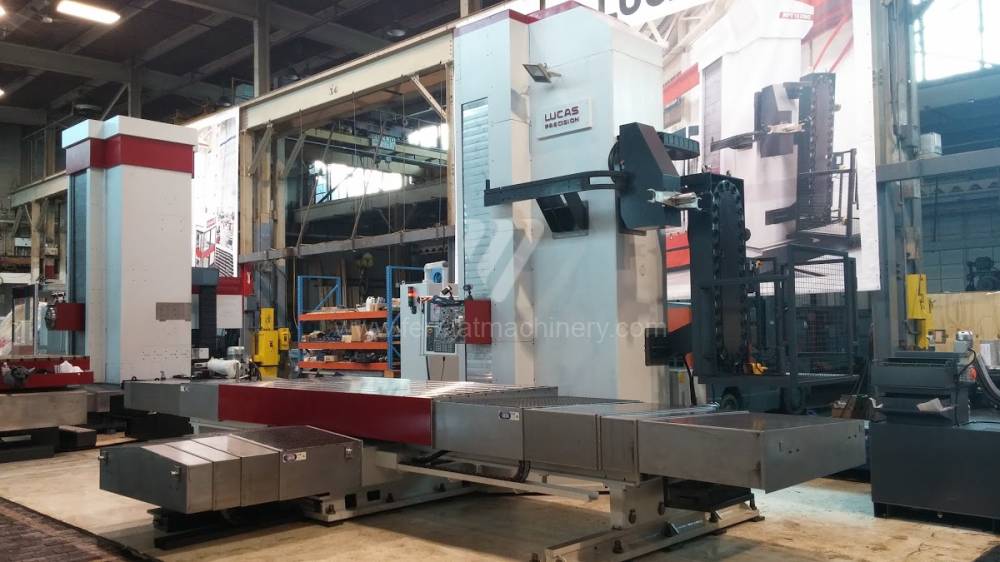
Год изготовления:2018
Система управления Fanuc: 0i-MF
Рабочий диаметр шпинделя: 130 mm
Передвижение по оси X: 3657 mm
Передвижение по оси Y: 3048 mm
Обороты шпинделя: 10 - 3000 /min.
Охлаждение через центр шпинделя: Да
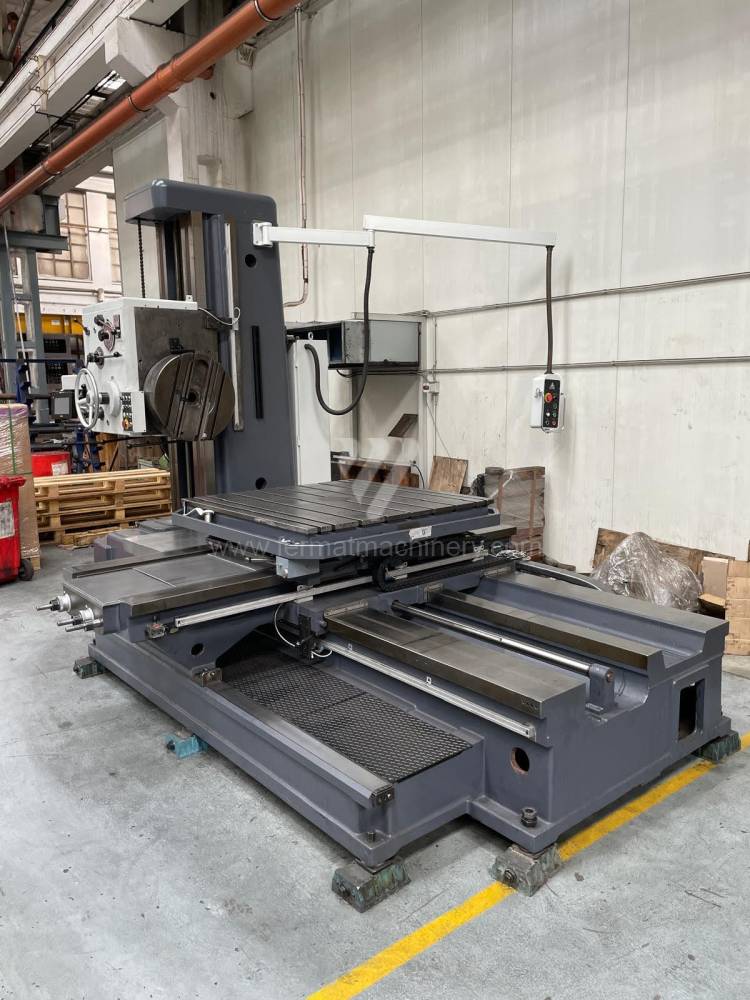
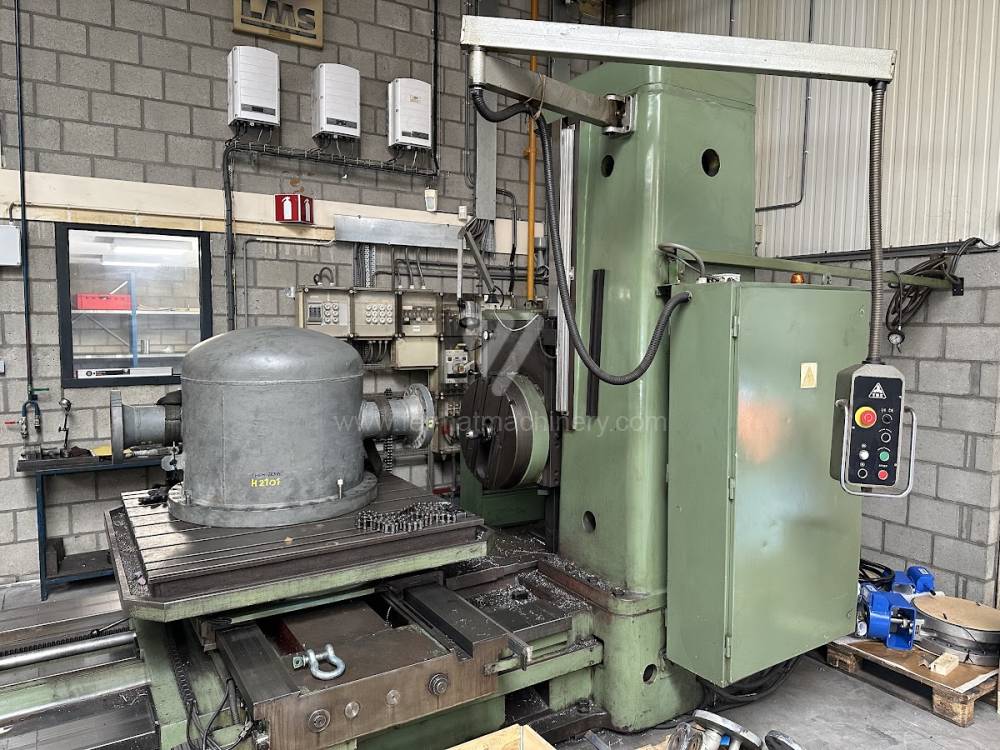
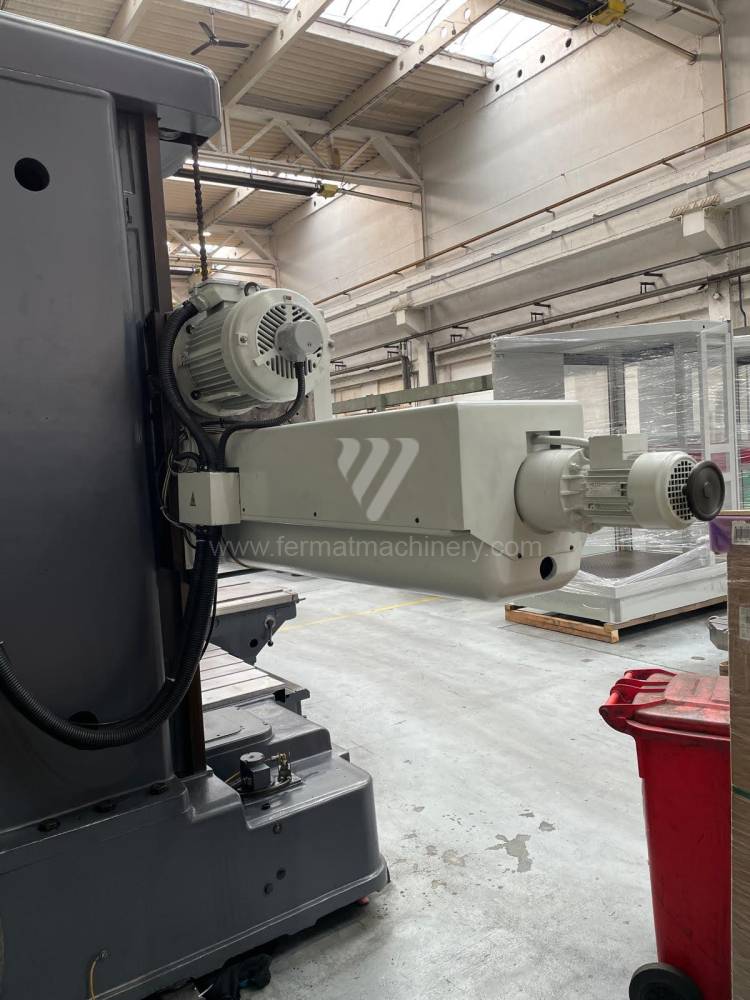
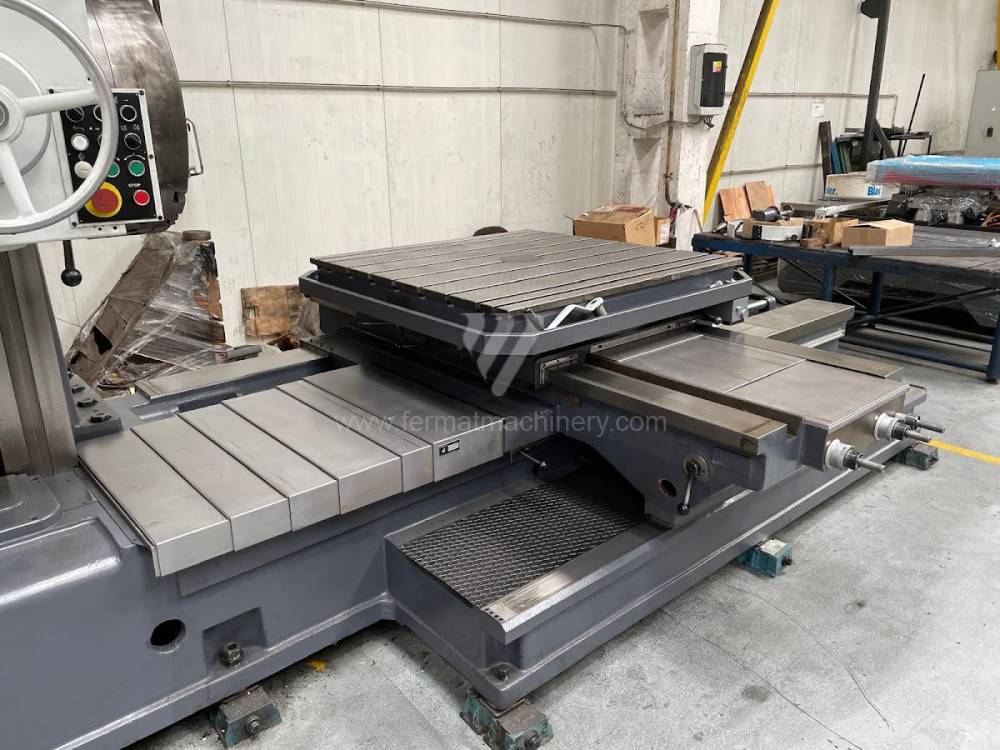
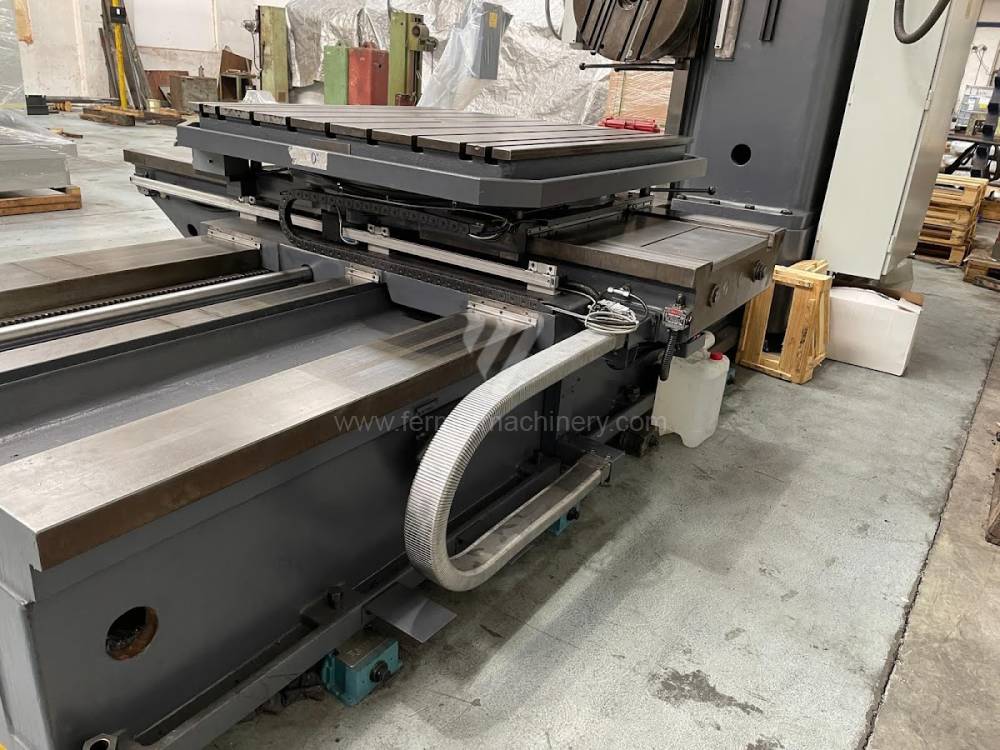
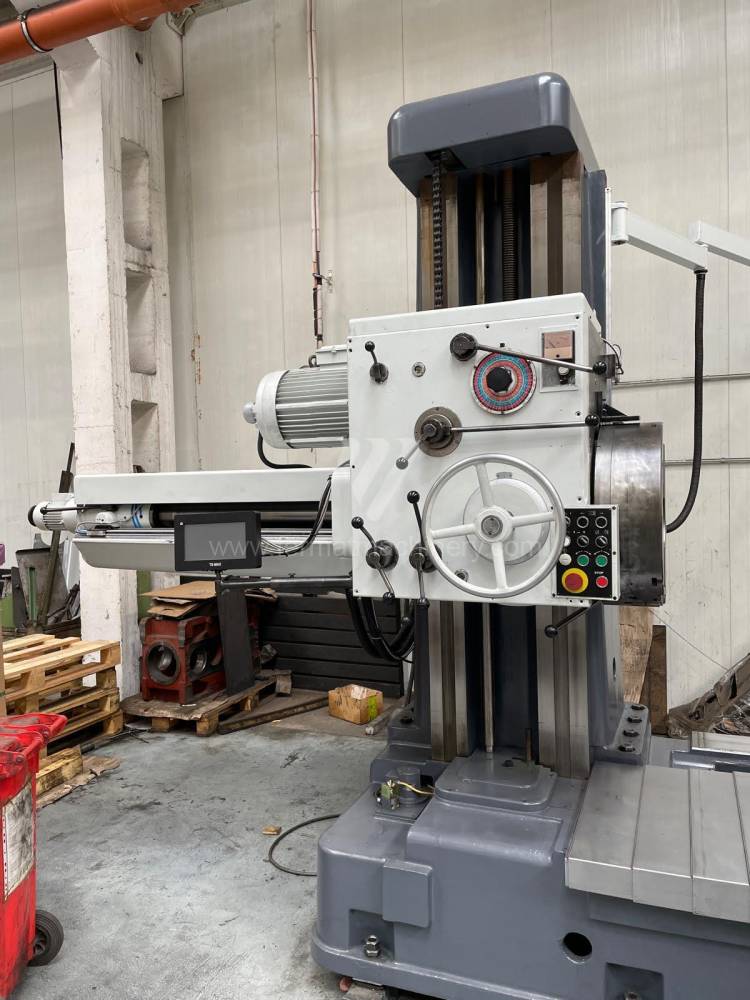

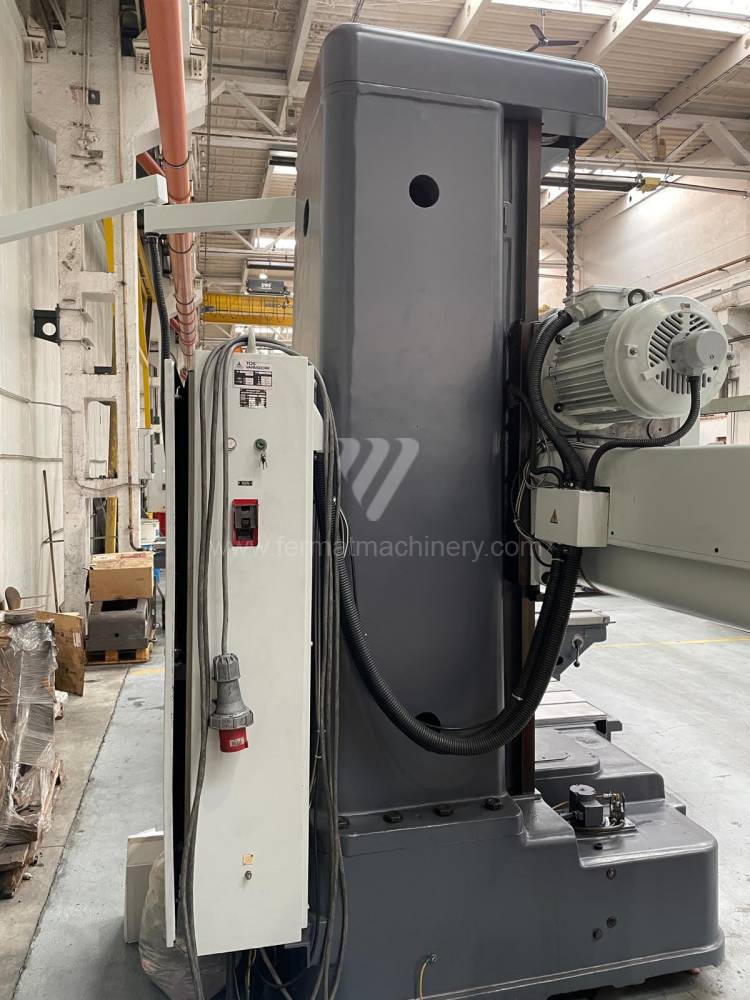
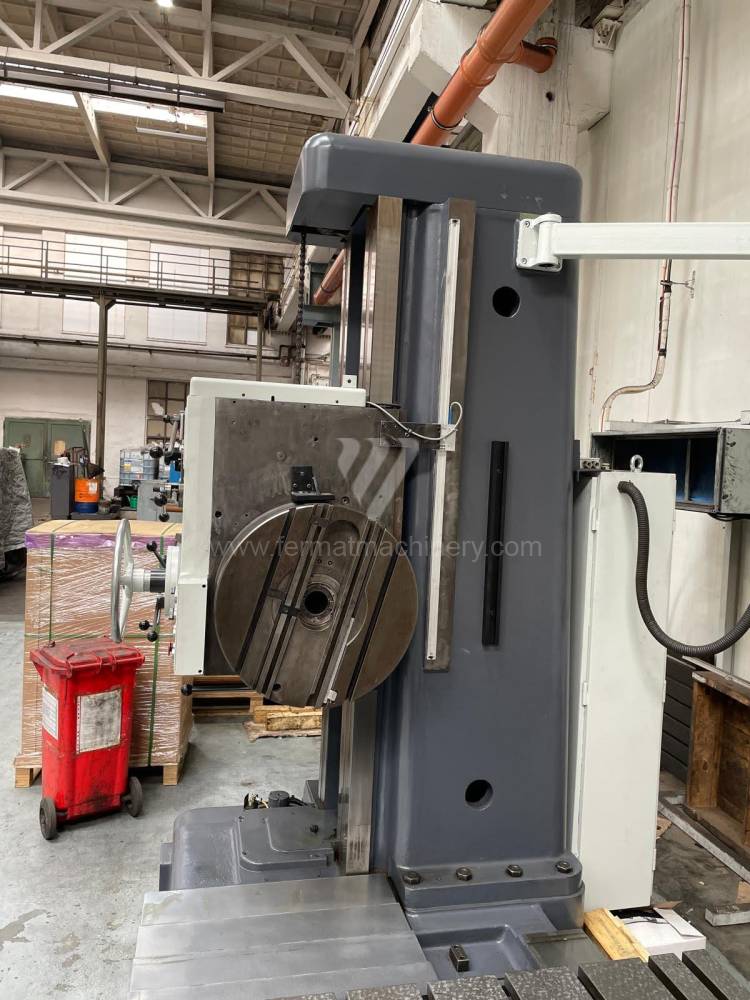
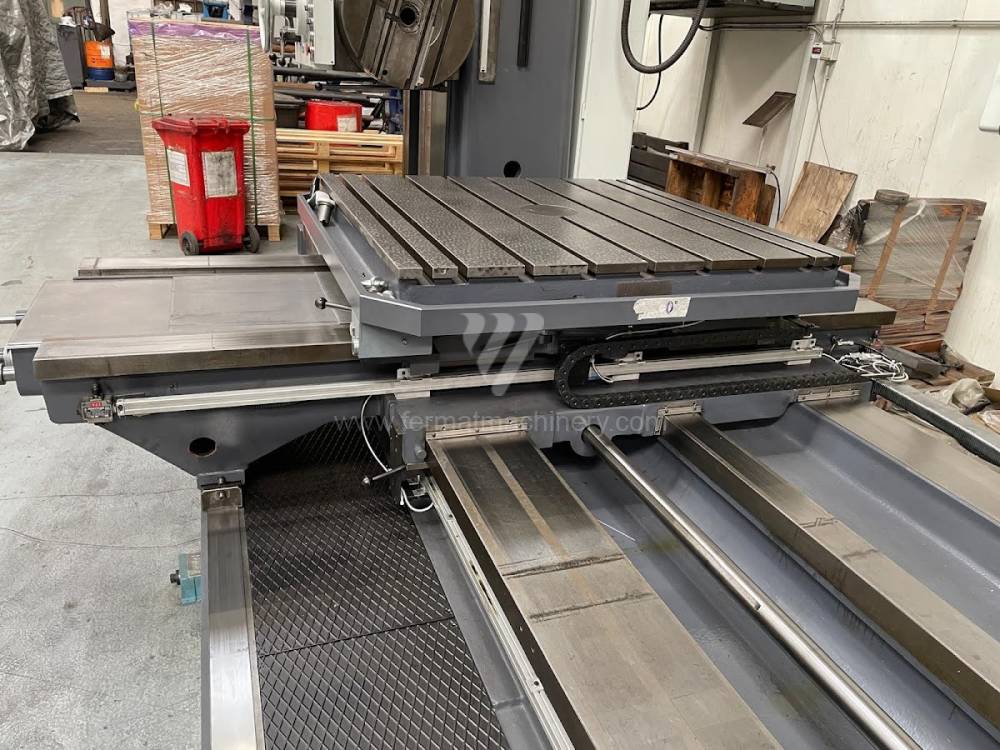
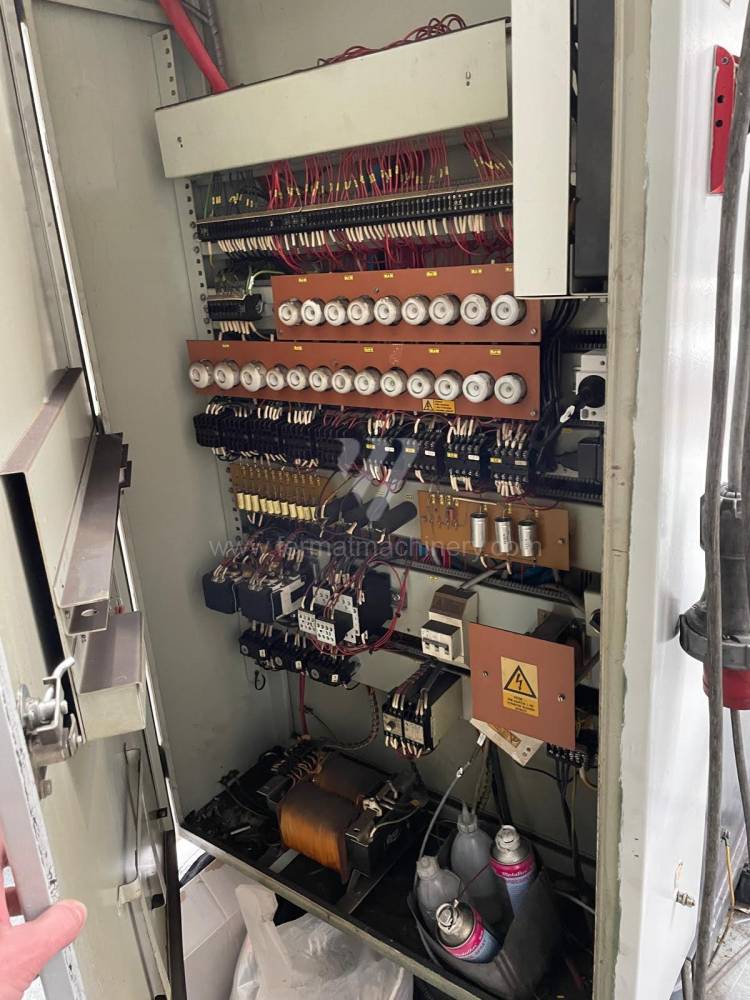
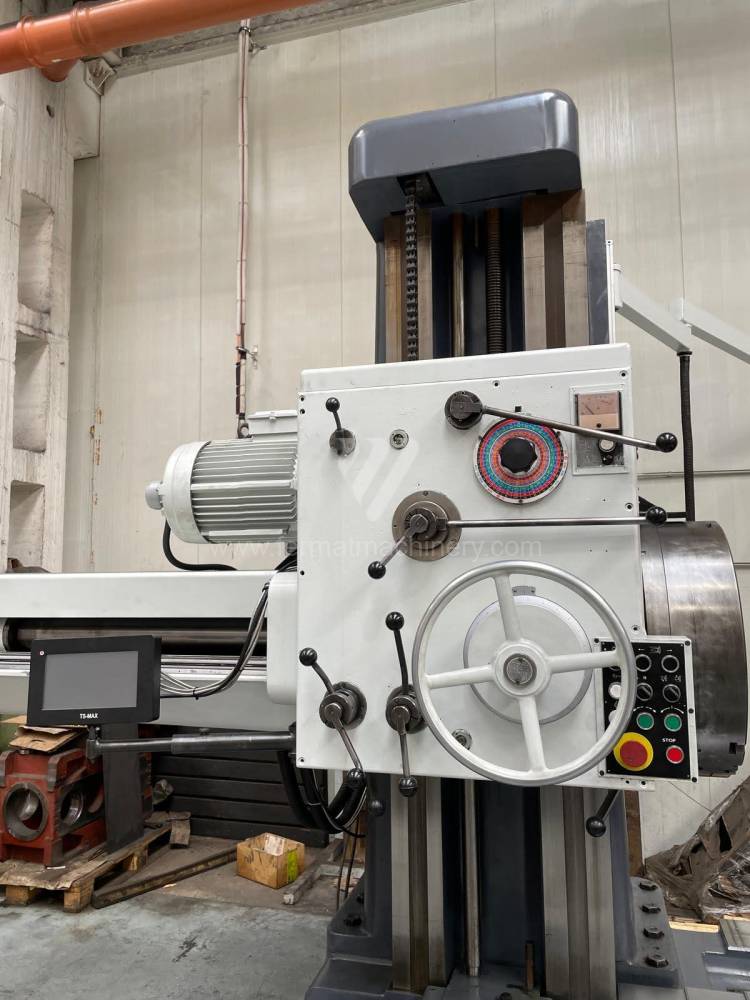
Год изготовления:1992
Рабочий диаметр шпинделя: 100 mm
Передвижение по оси X: 1500 mm
Передвижение по оси Y: 1250 mm
Обороты шпинделя: 7 - 1120 /min.
Охлаждение через центр шпинделя: Нет
Выдвижение шпинделя (W): mm
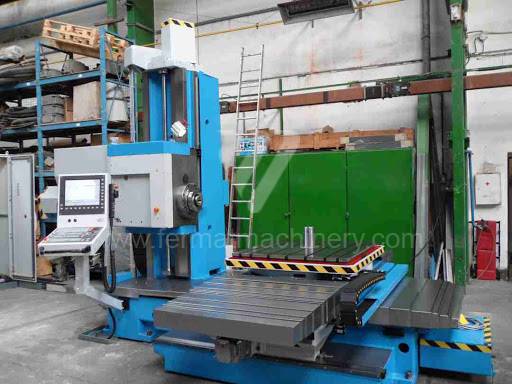
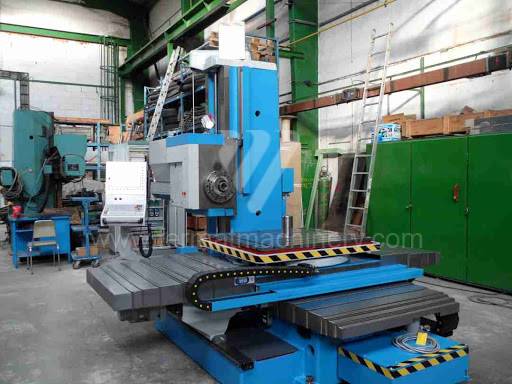
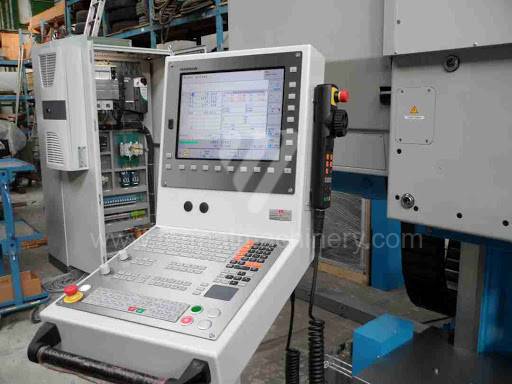
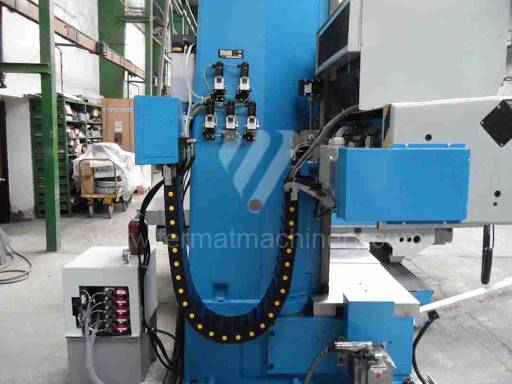
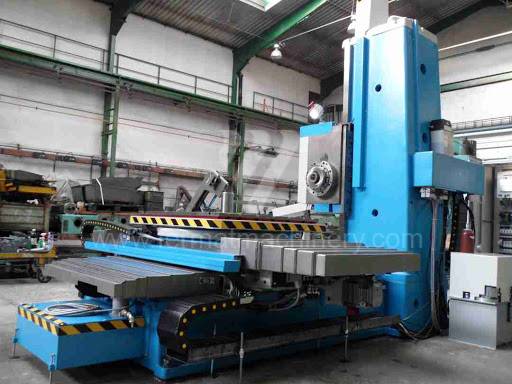
Система управления Heidenhain: TNC 530
Рабочий диаметр шпинделя: 100 mm
Передвижение по оси X: 1250 mm
Передвижение по оси Y: 1100 mm
Обороты шпинделя: 10 - 1200 /min.
Охлаждение через центр шпинделя: Нет
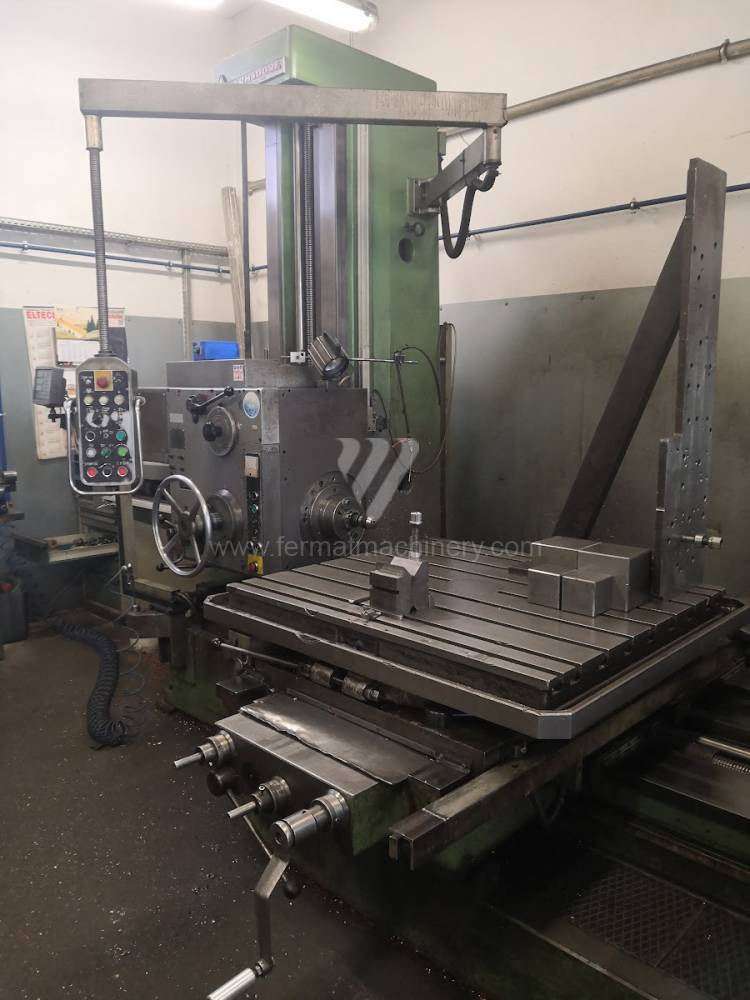
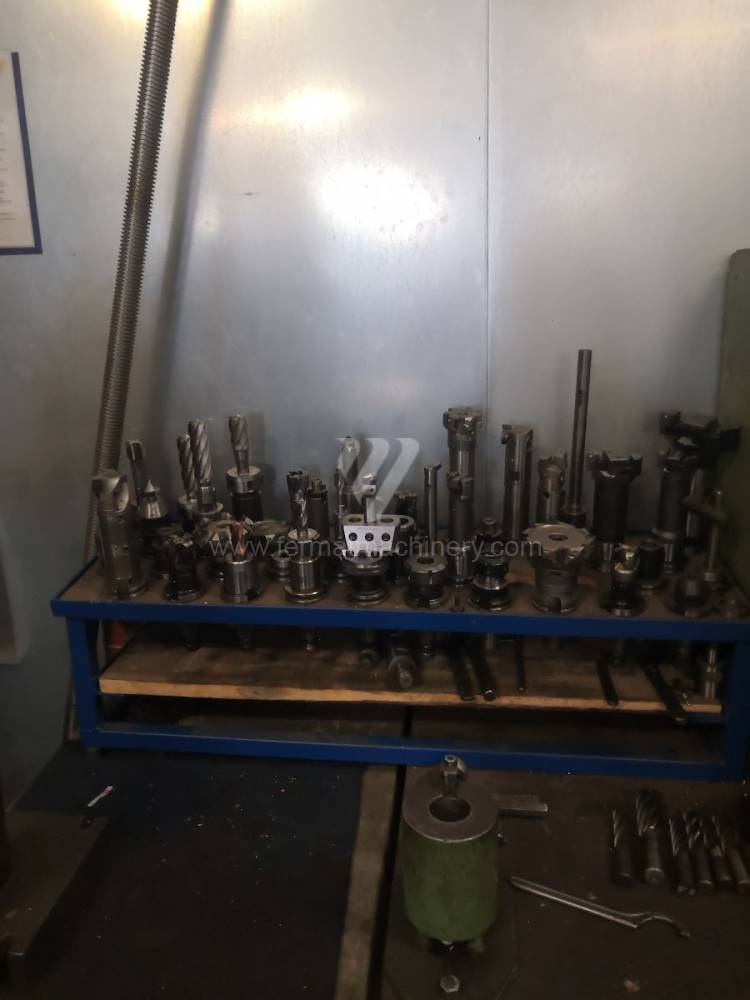
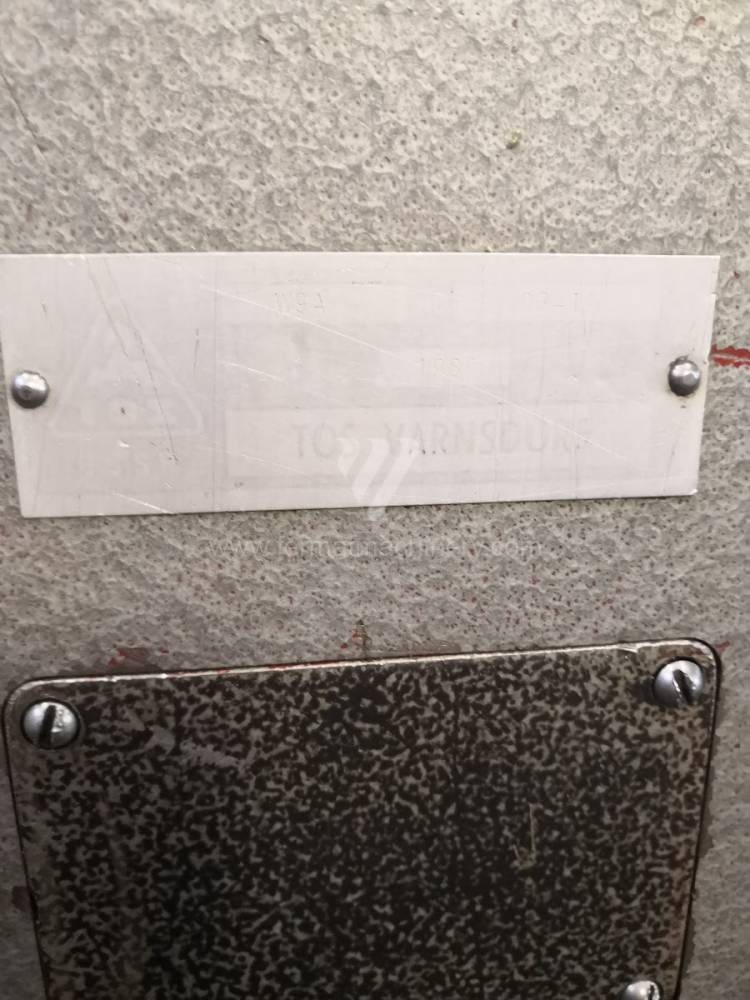
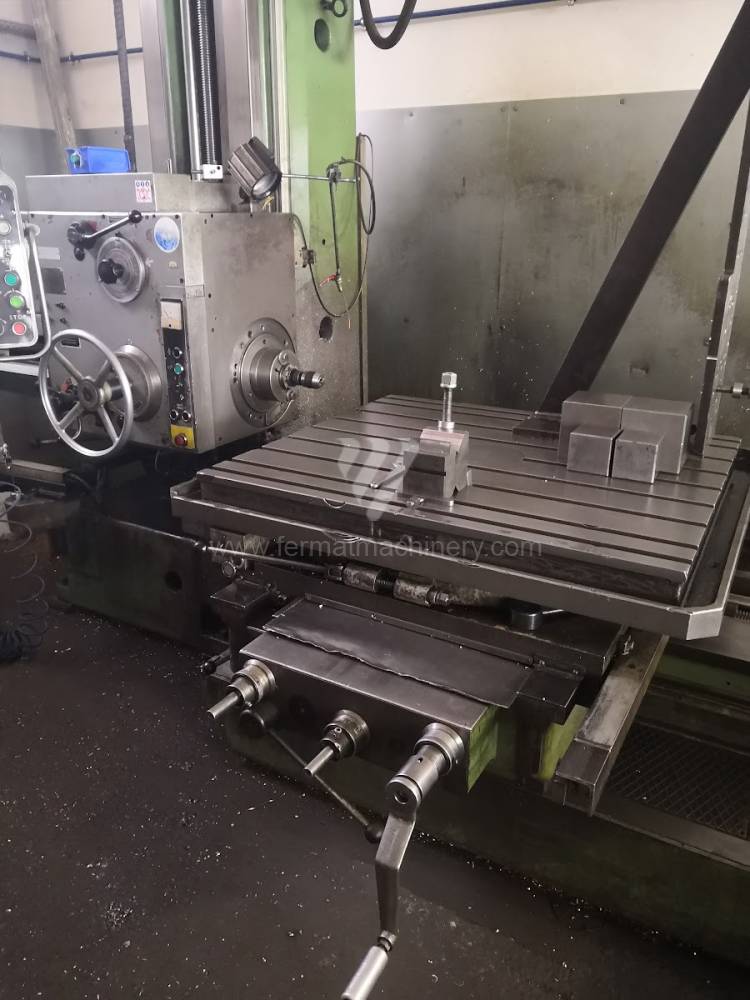
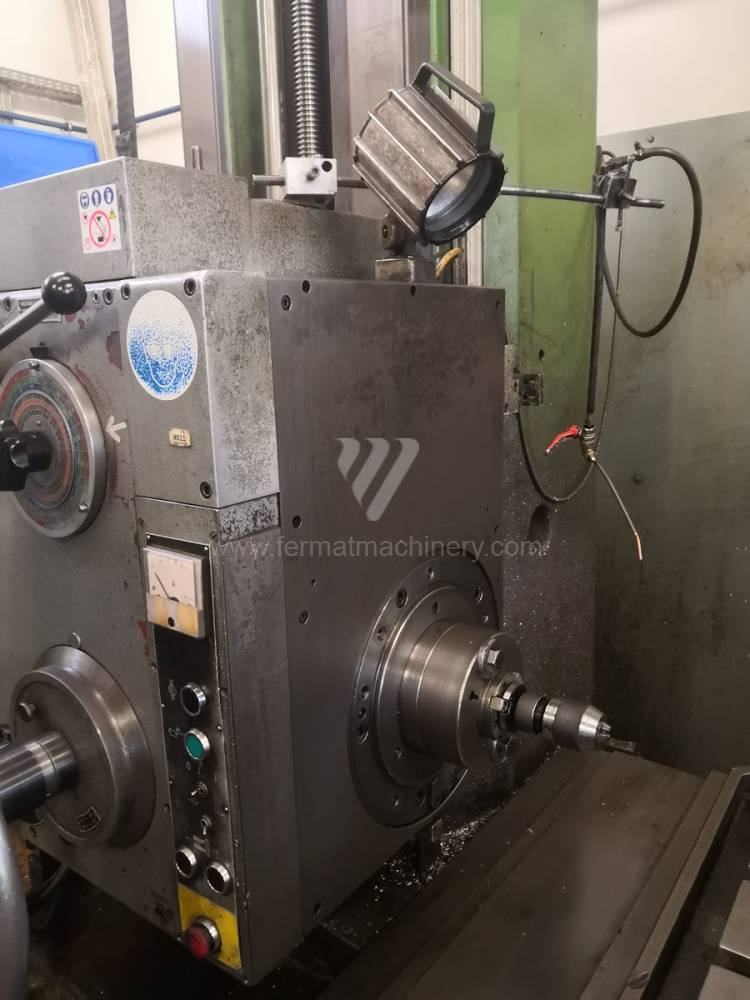
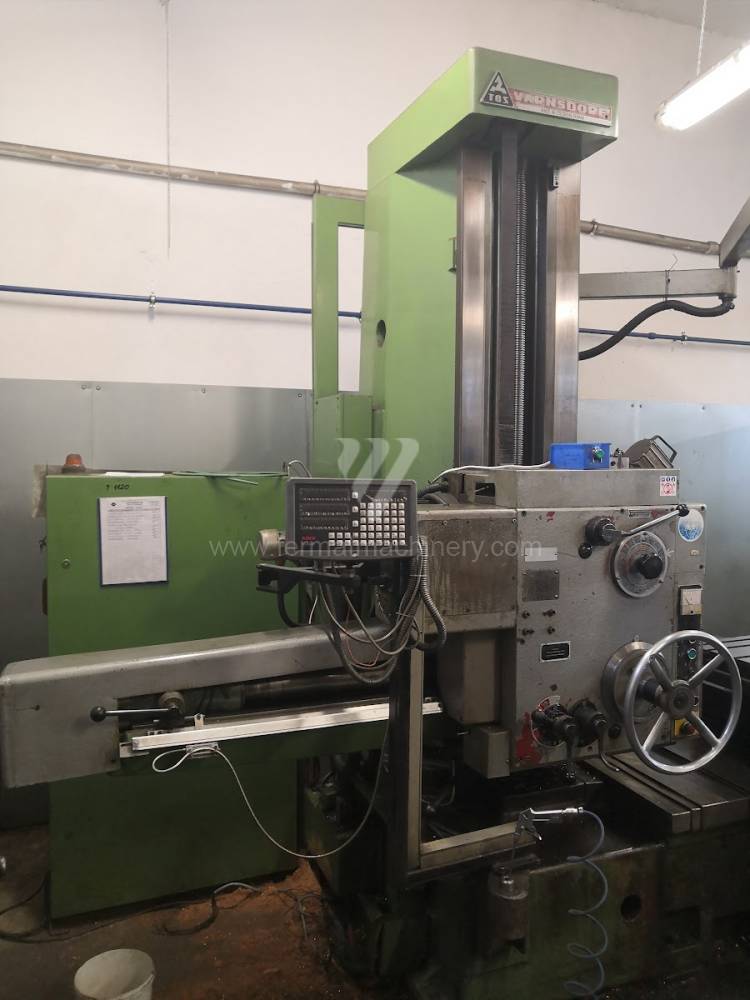
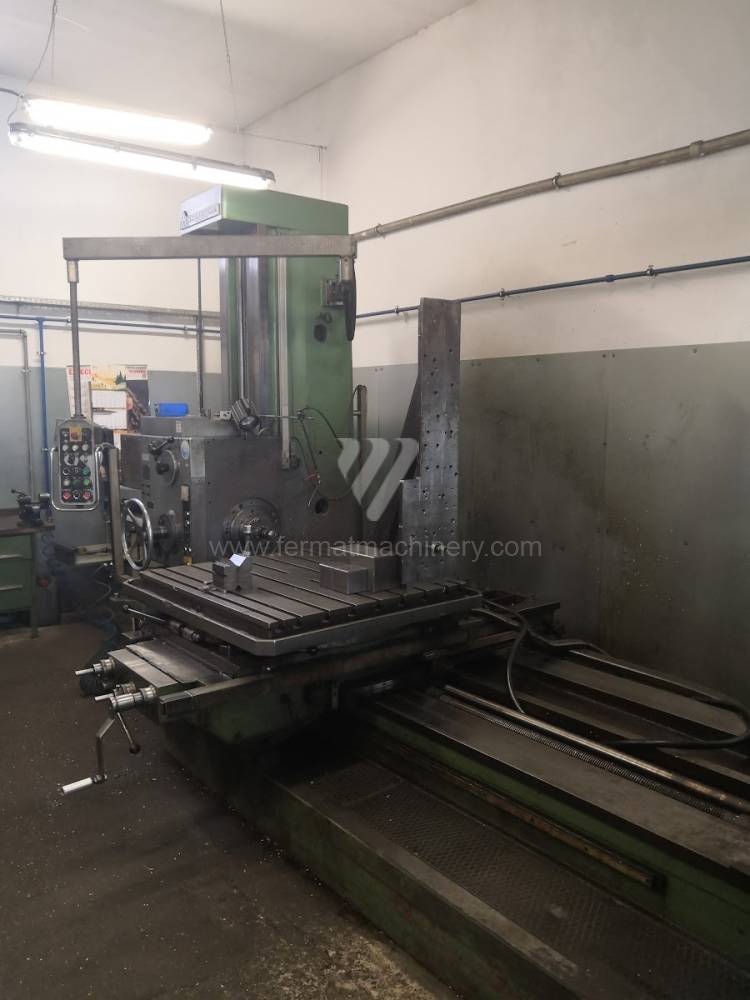
Год изготовления:1980
Рабочий диаметр шпинделя: 90 mm
Передвижение по оси X: 1250 mm
Передвижение по оси Y: 1120 mm
Обороты шпинделя: 28 - 1400 /min.
Охлаждение через центр шпинделя: Нет
Выдвижение шпинделя (W): 710 mm
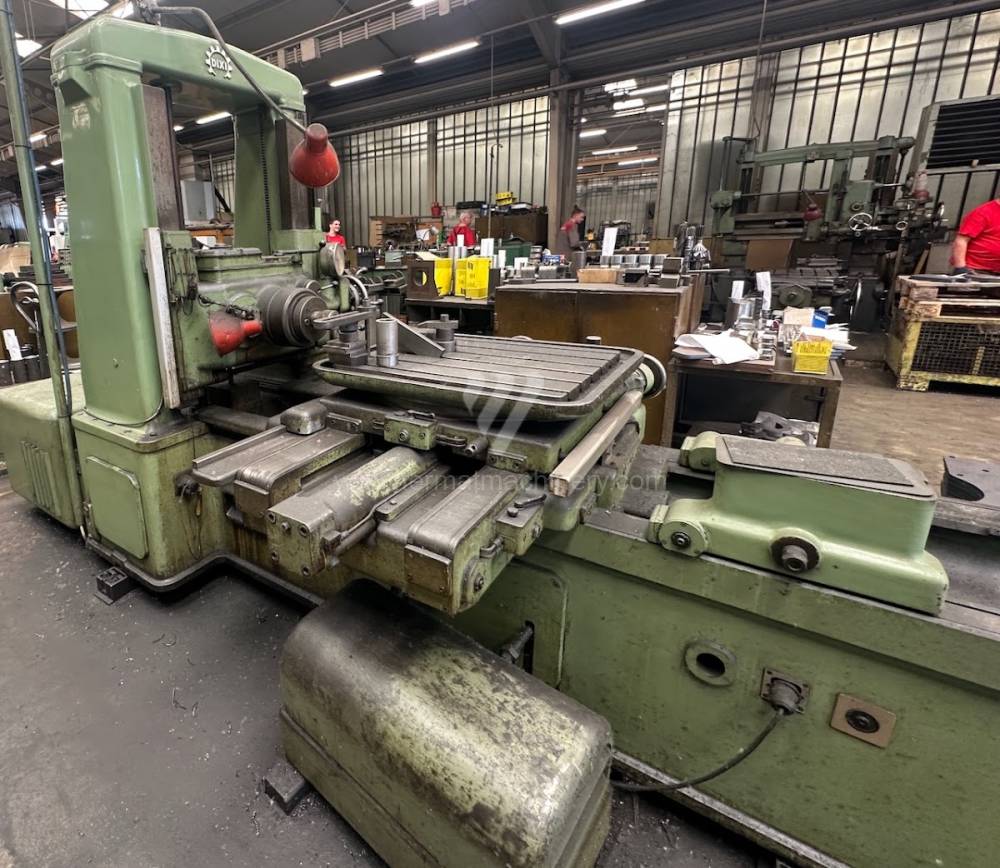
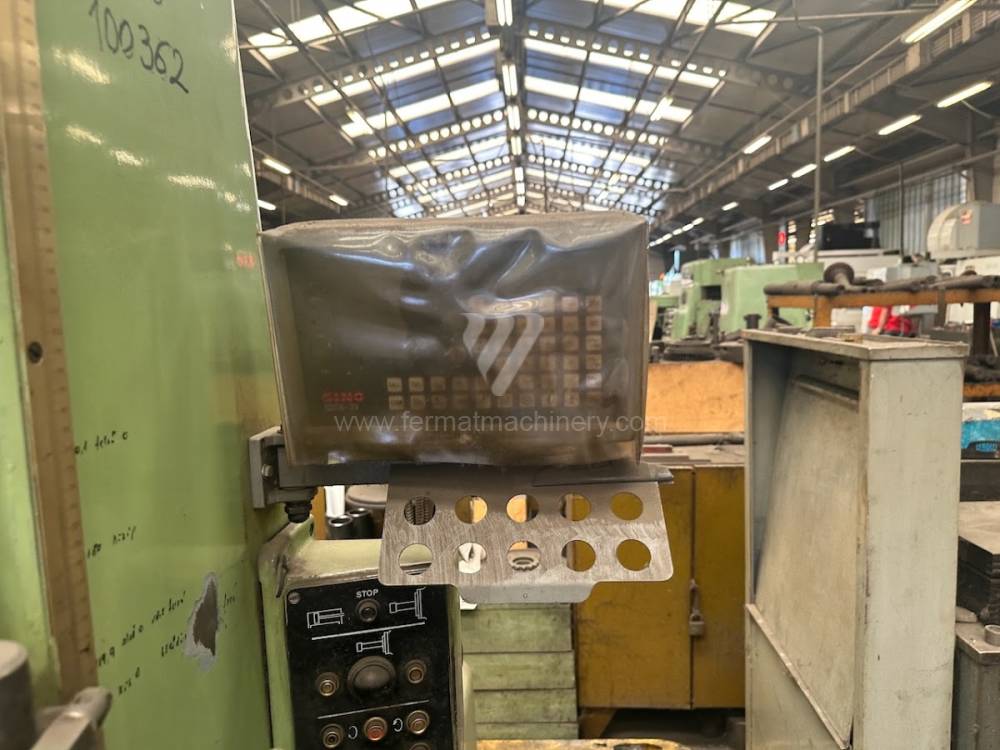
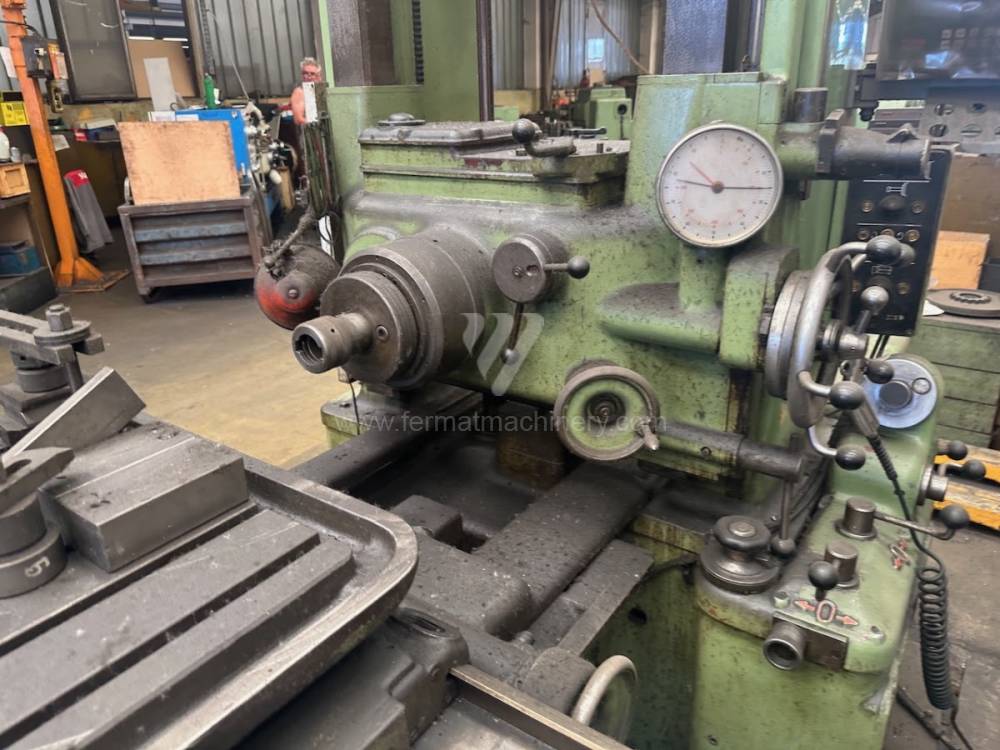
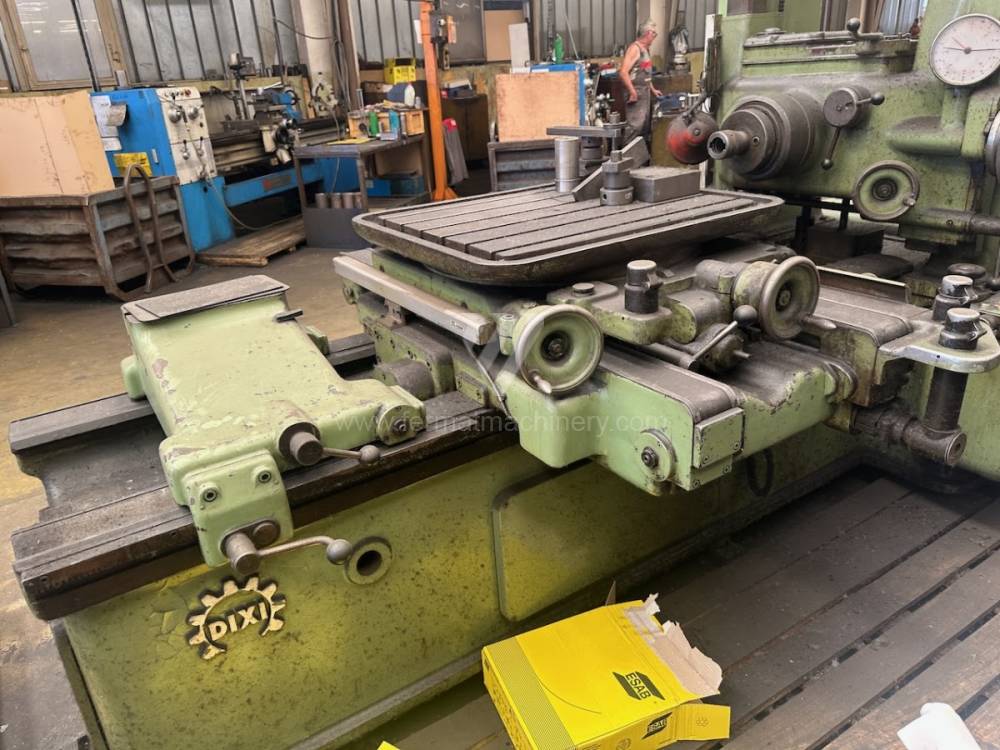
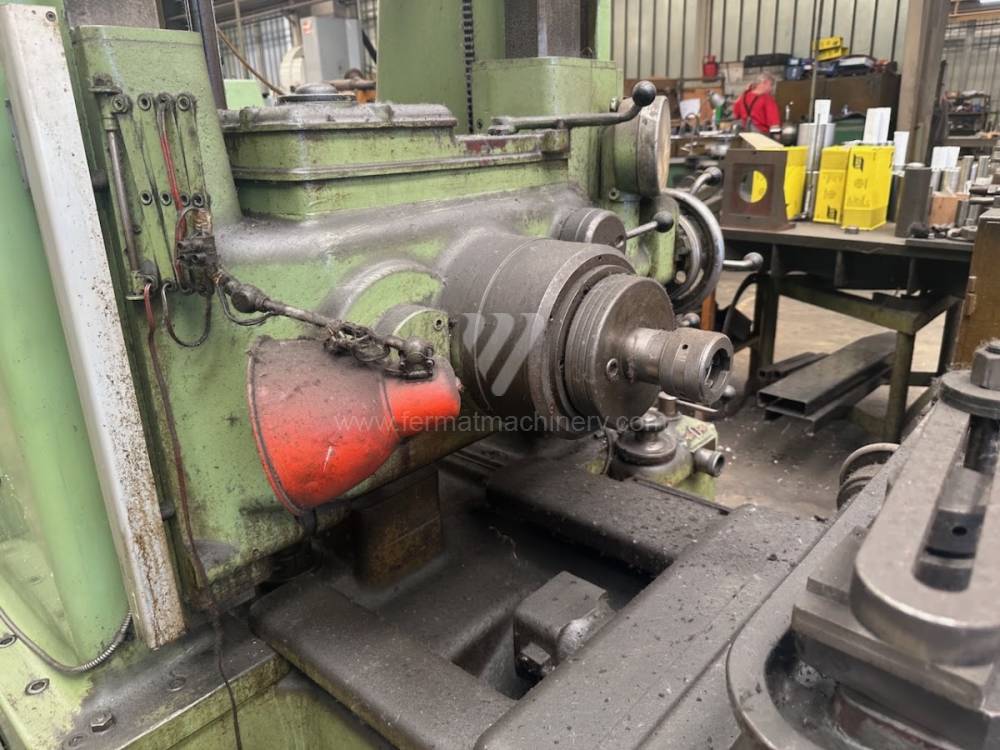
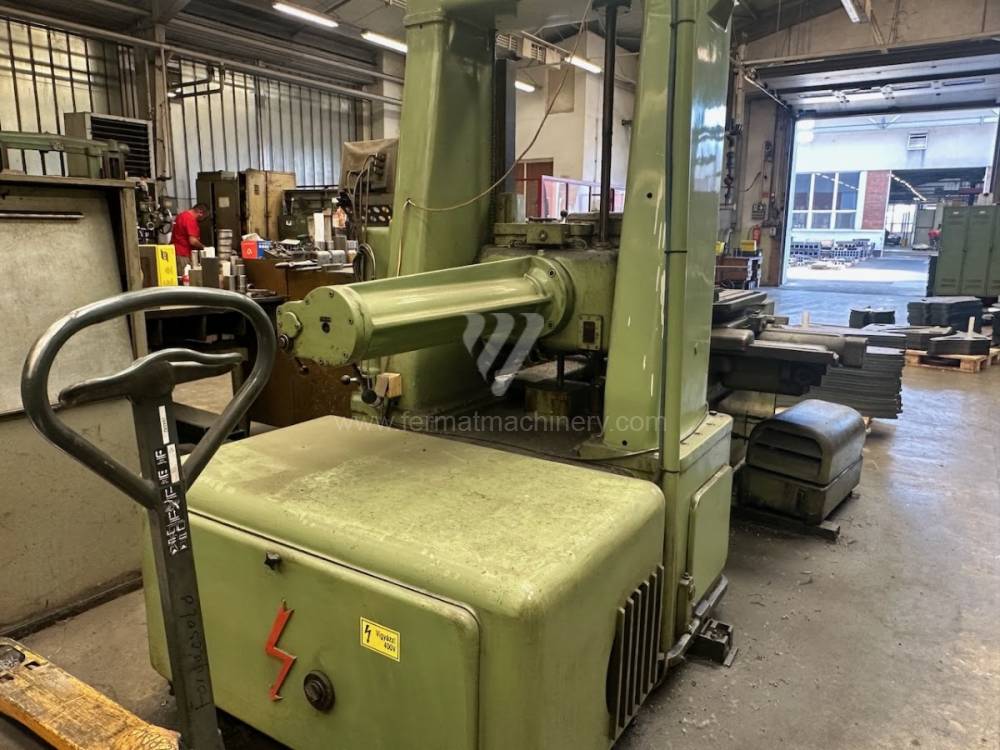
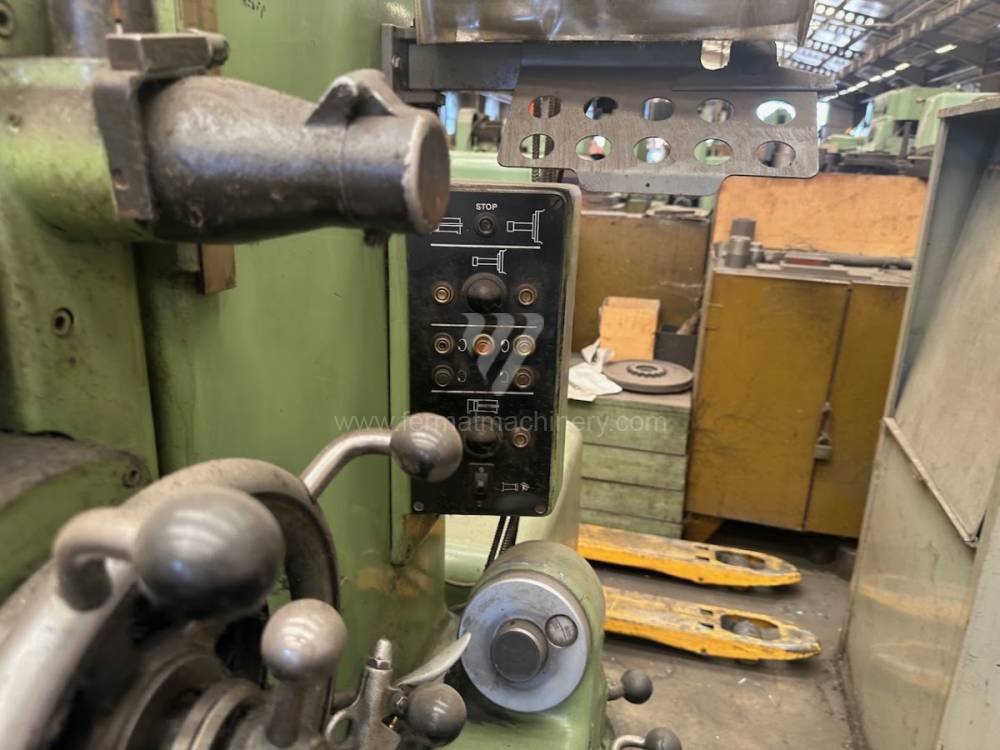
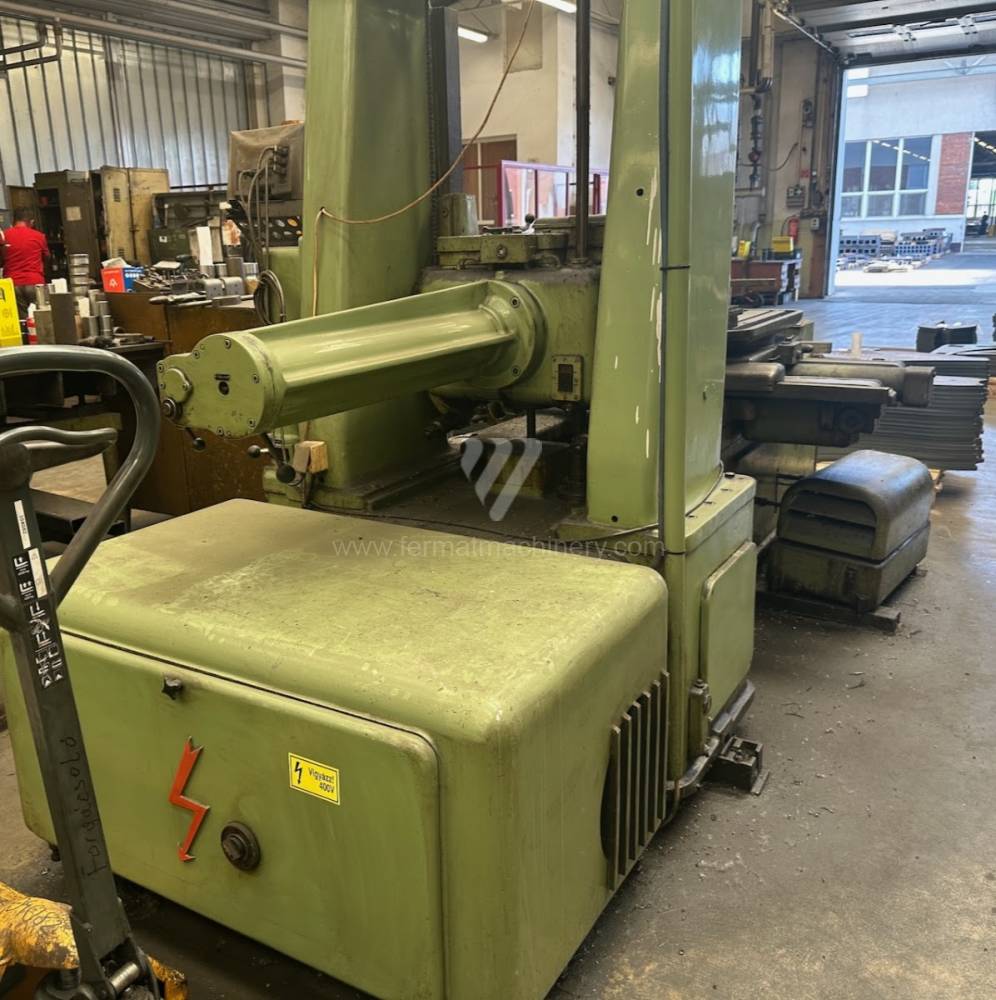
Рабочий диаметр шпинделя: 60 mm
Передвижение по оси X: 580 mm
Передвижение по оси Y: 500 mm
Обороты шпинделя: 34 - 1400 /min.
Охлаждение через центр шпинделя: Нет
Выдвижение шпинделя (W): mm
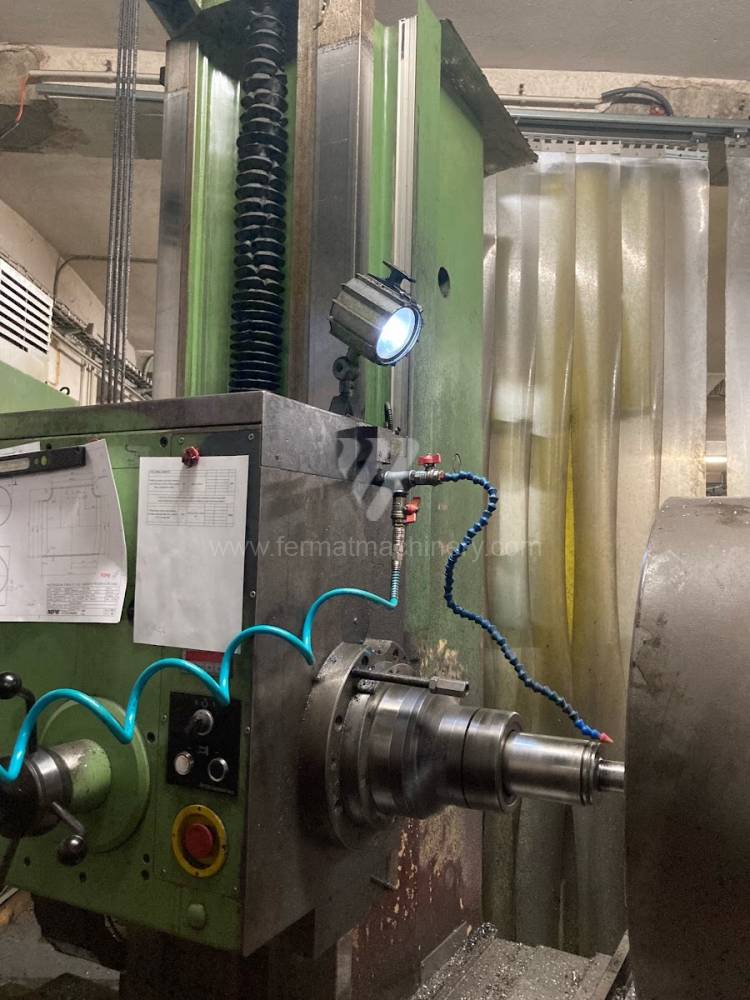
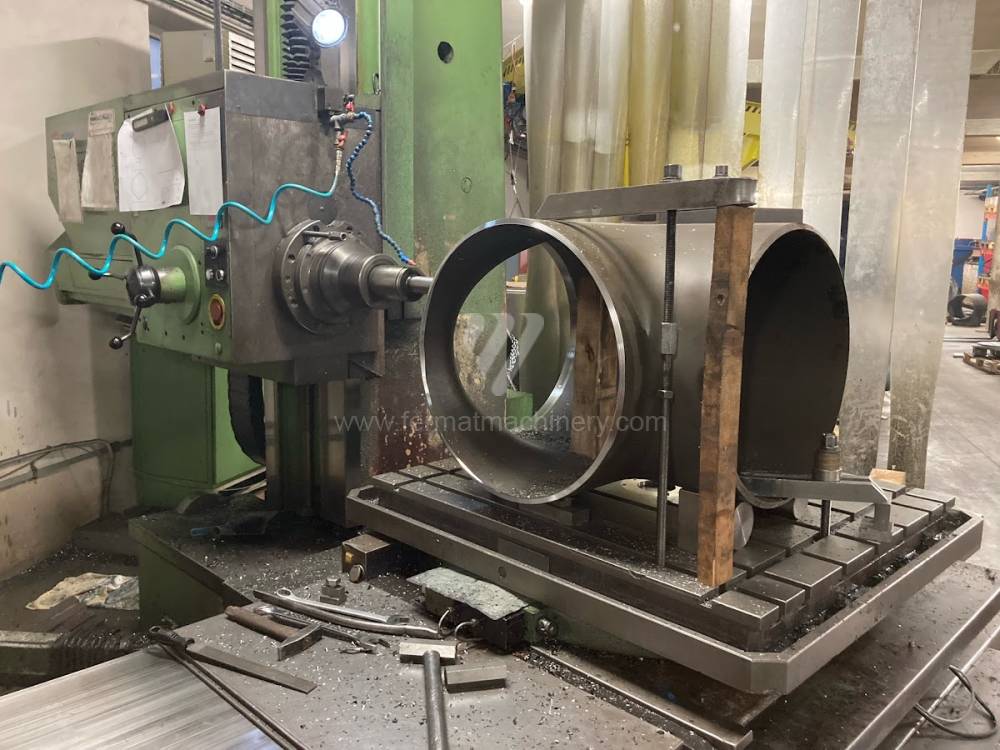
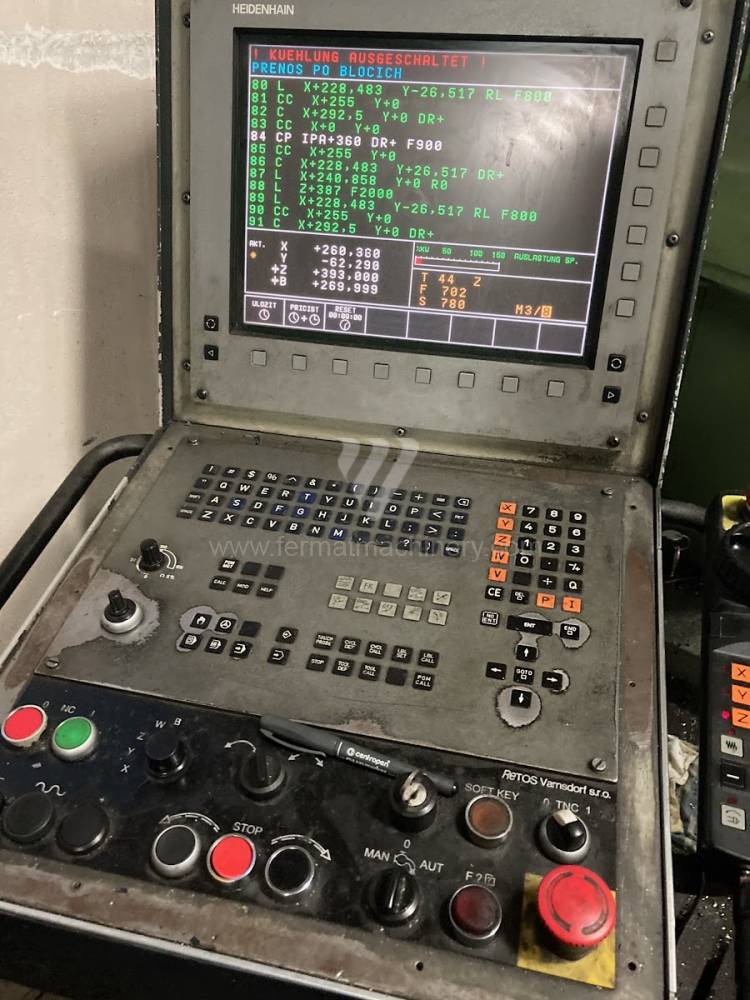
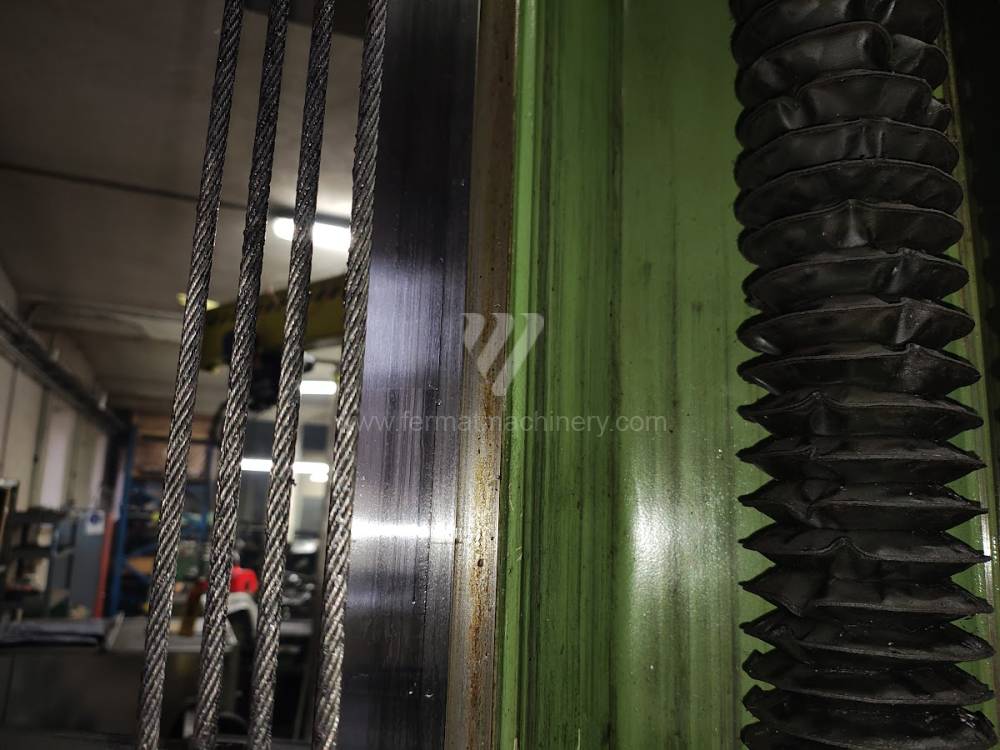
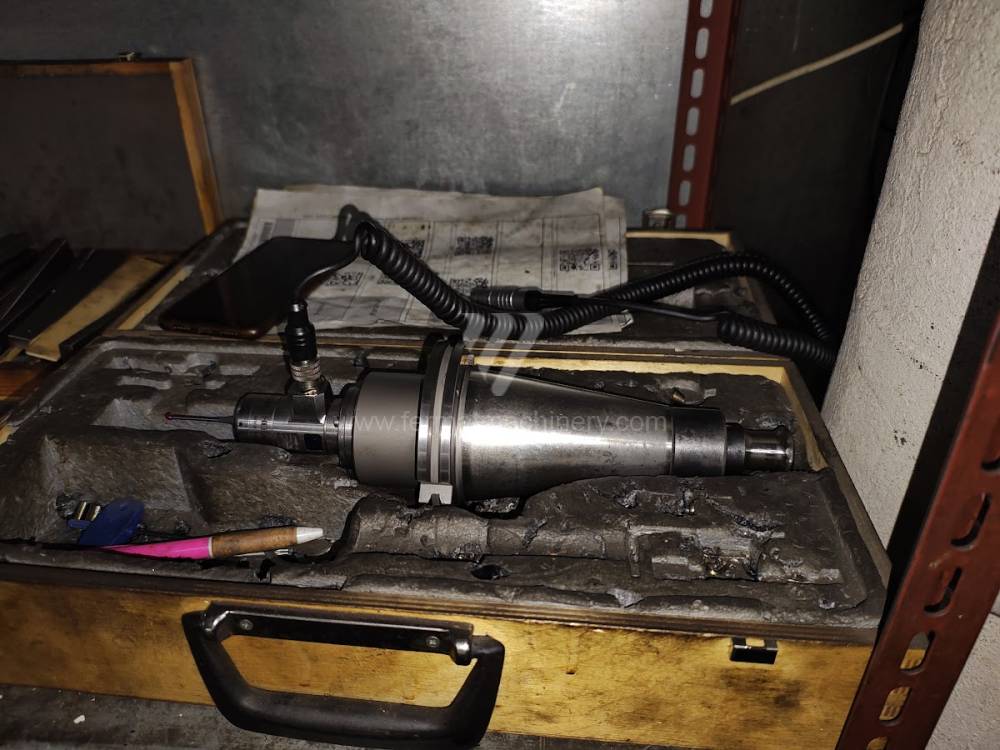
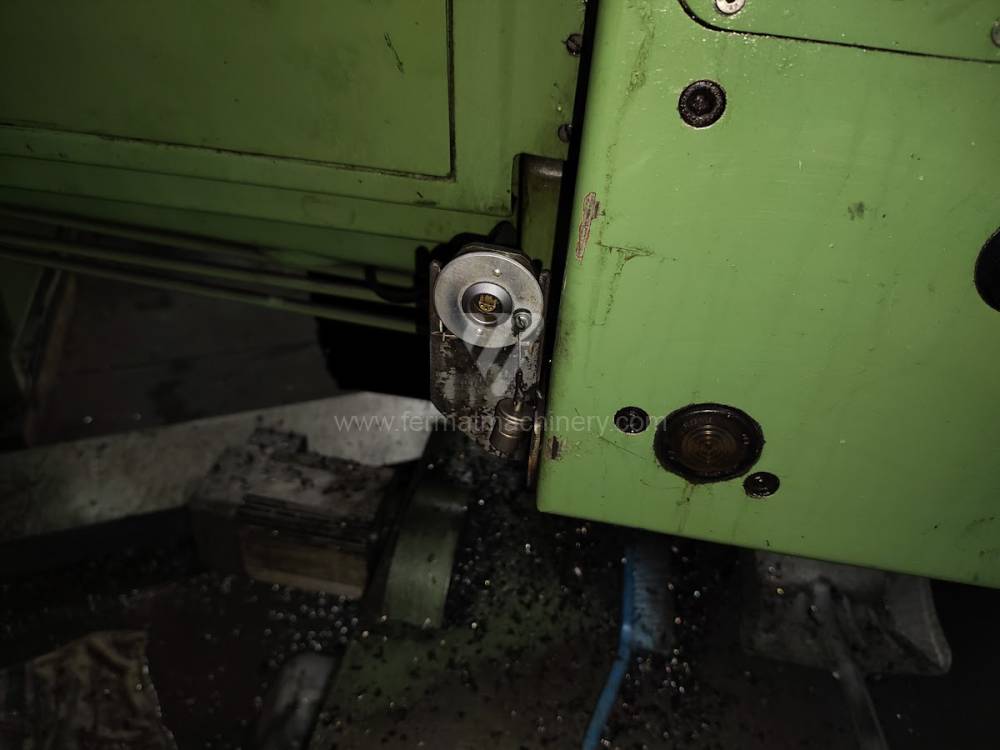
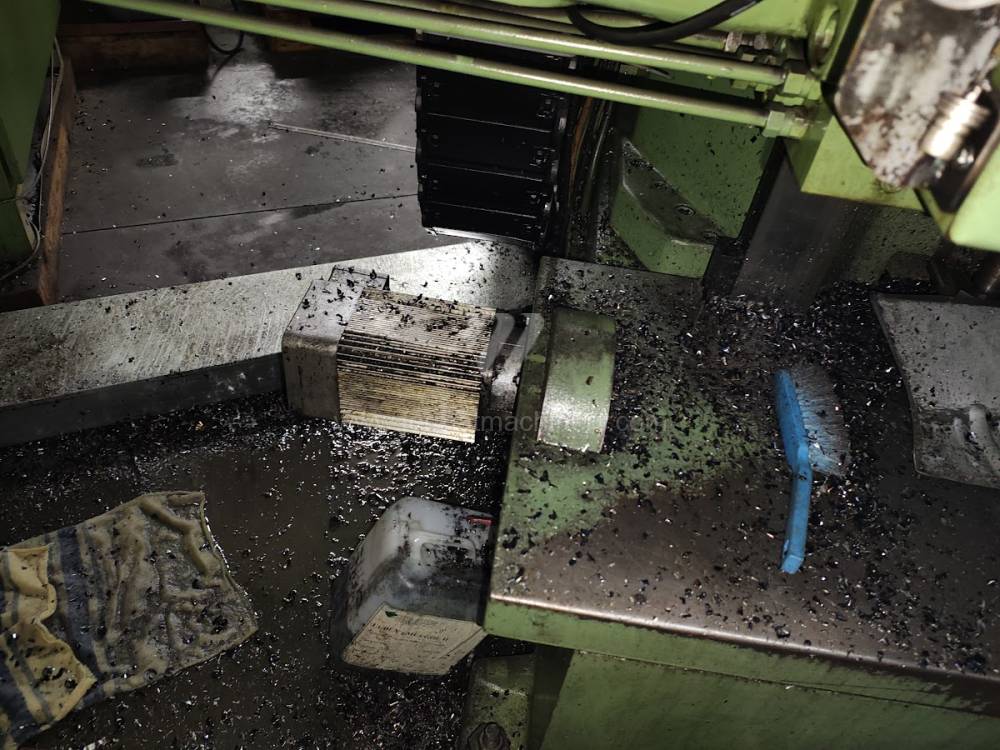
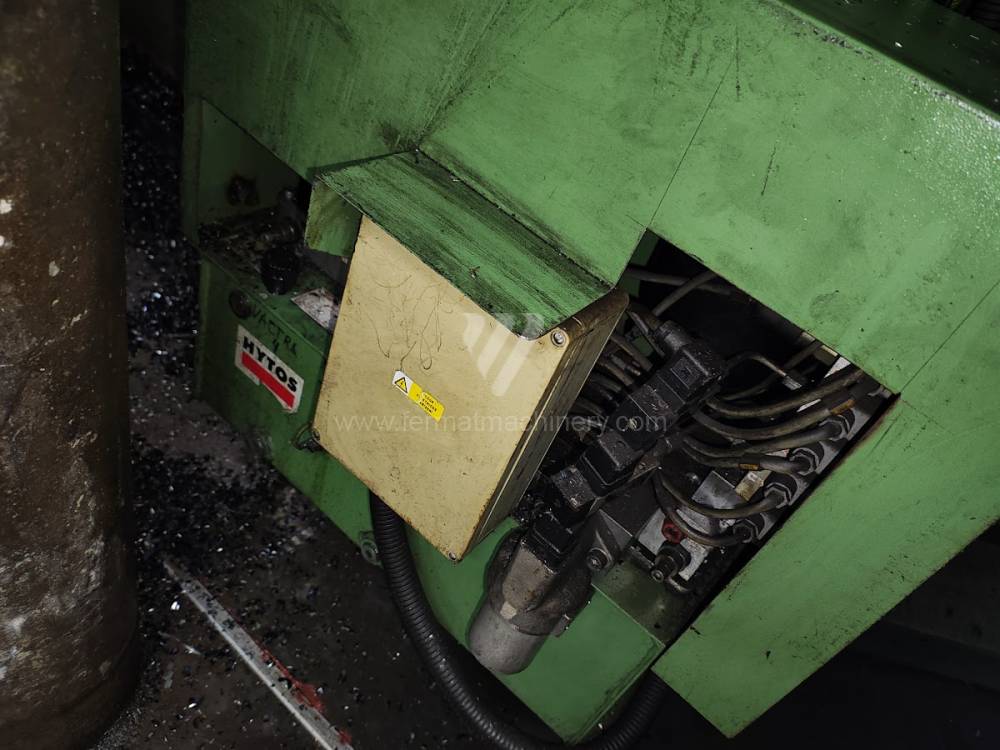
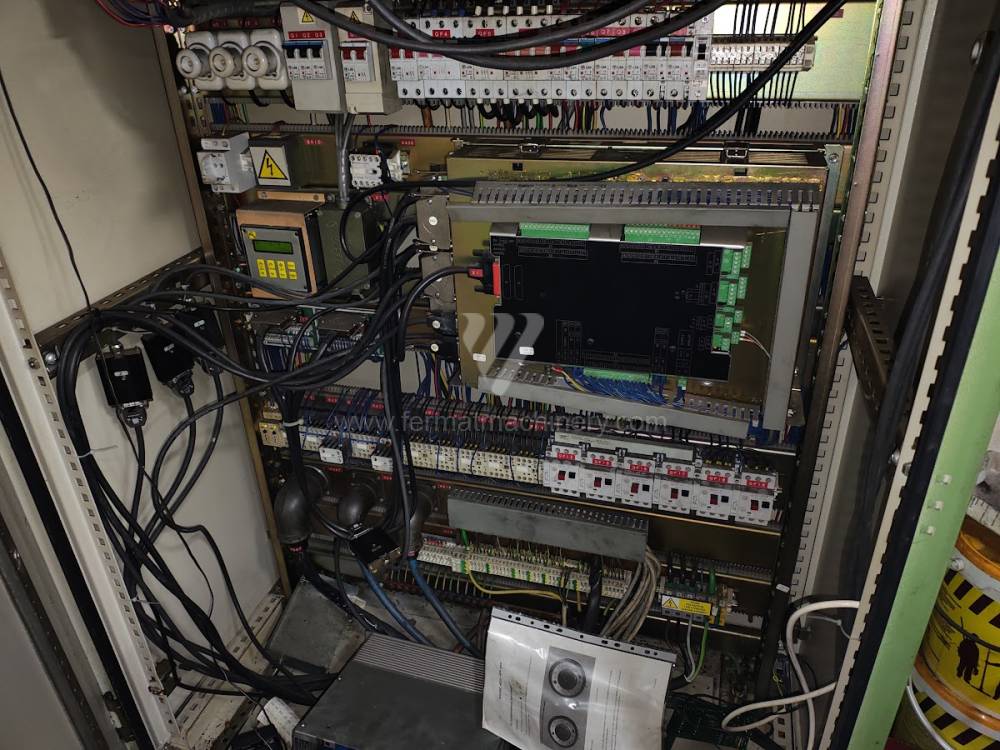
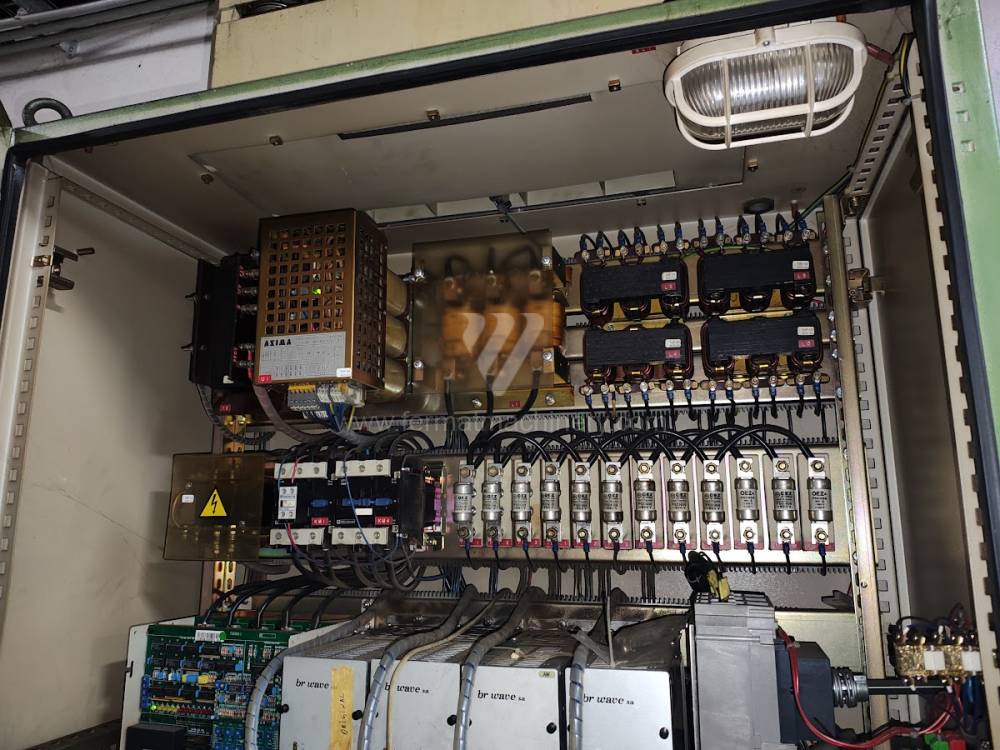
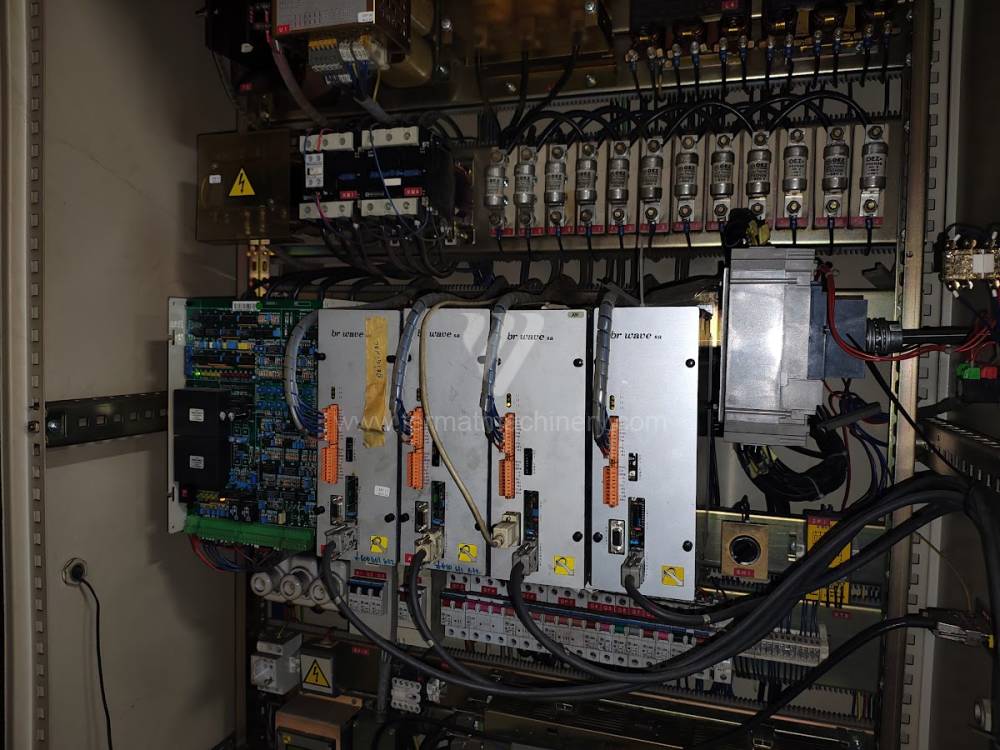
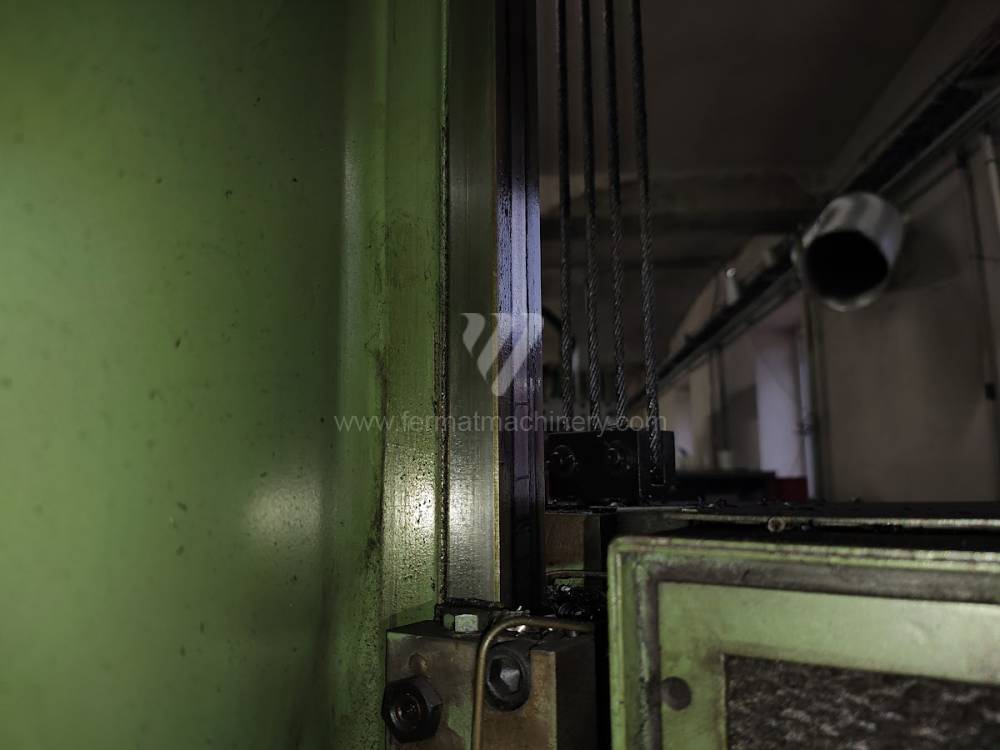
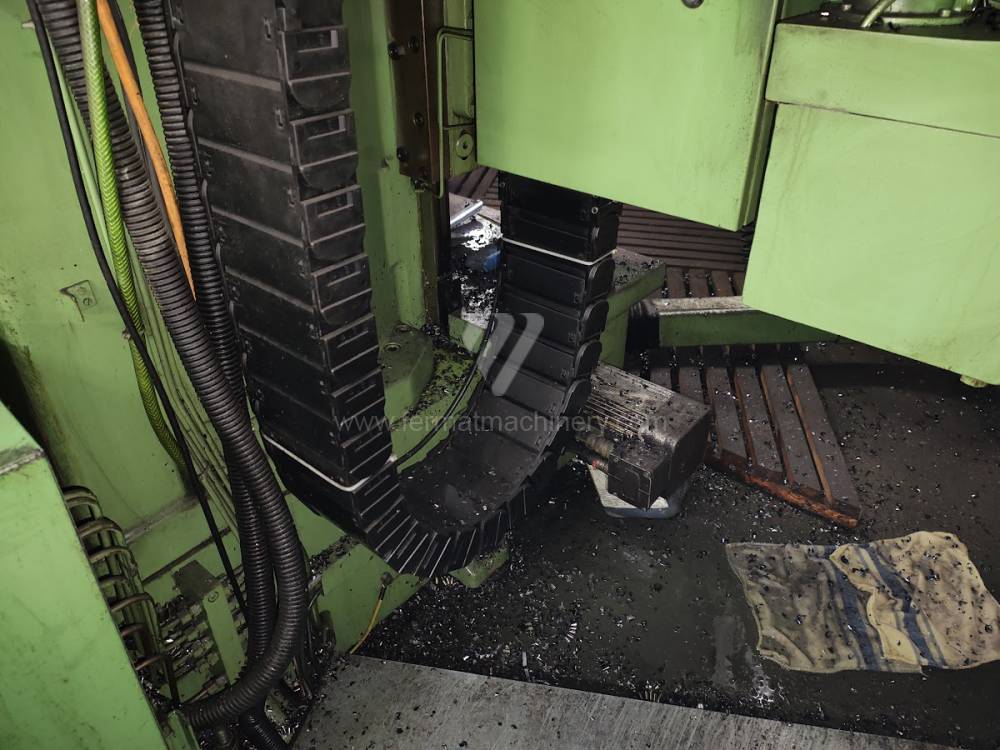
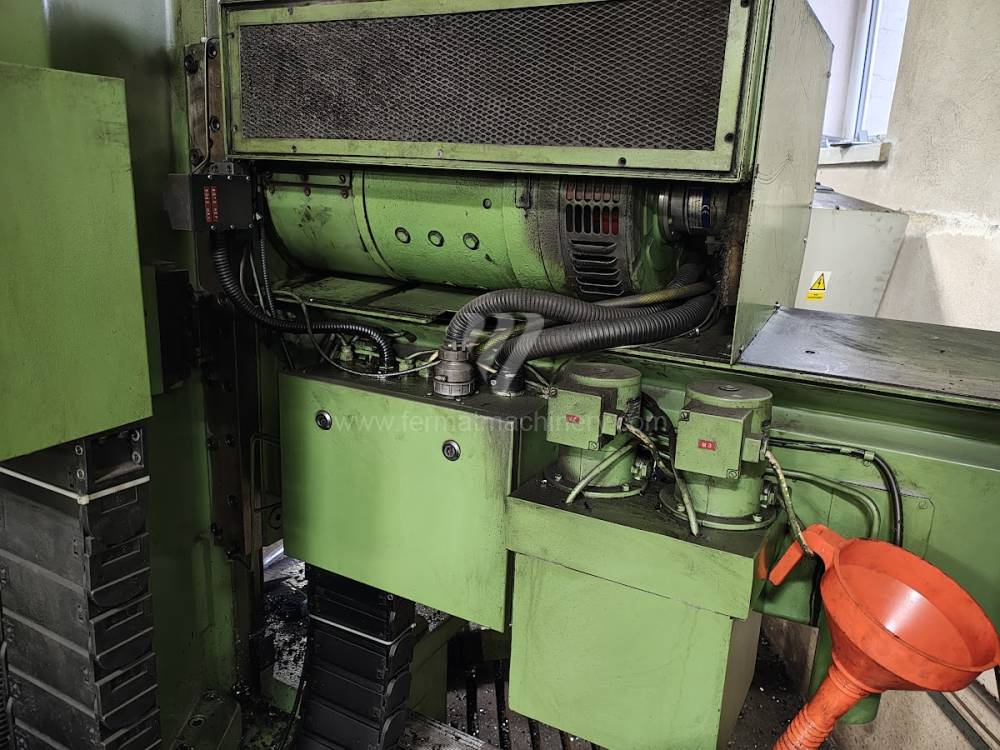
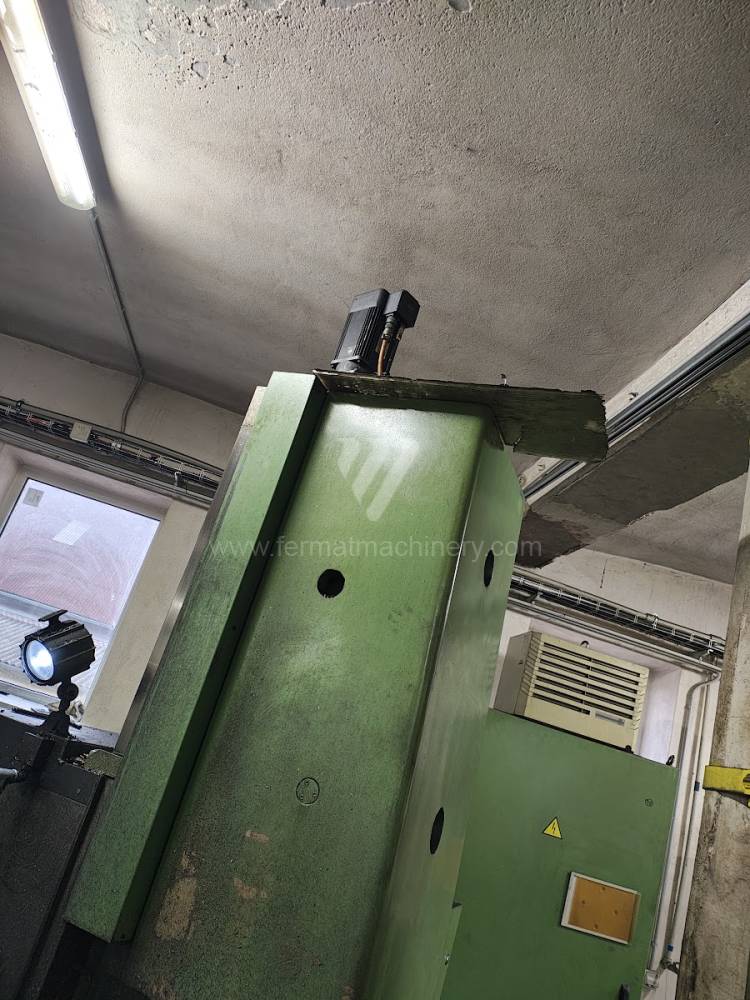

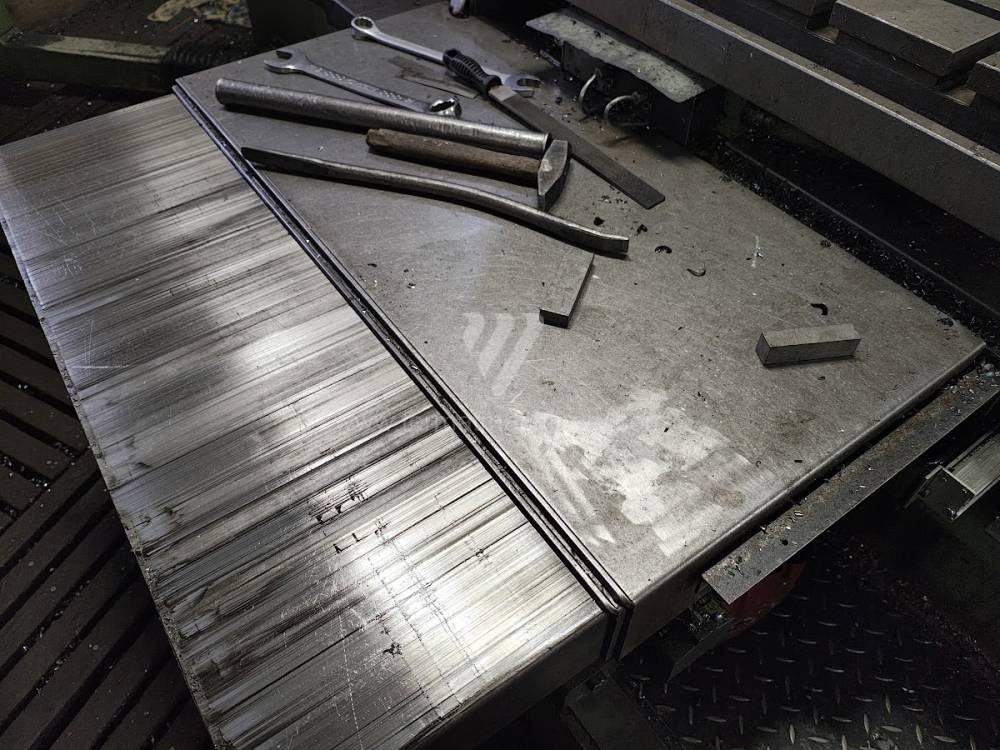
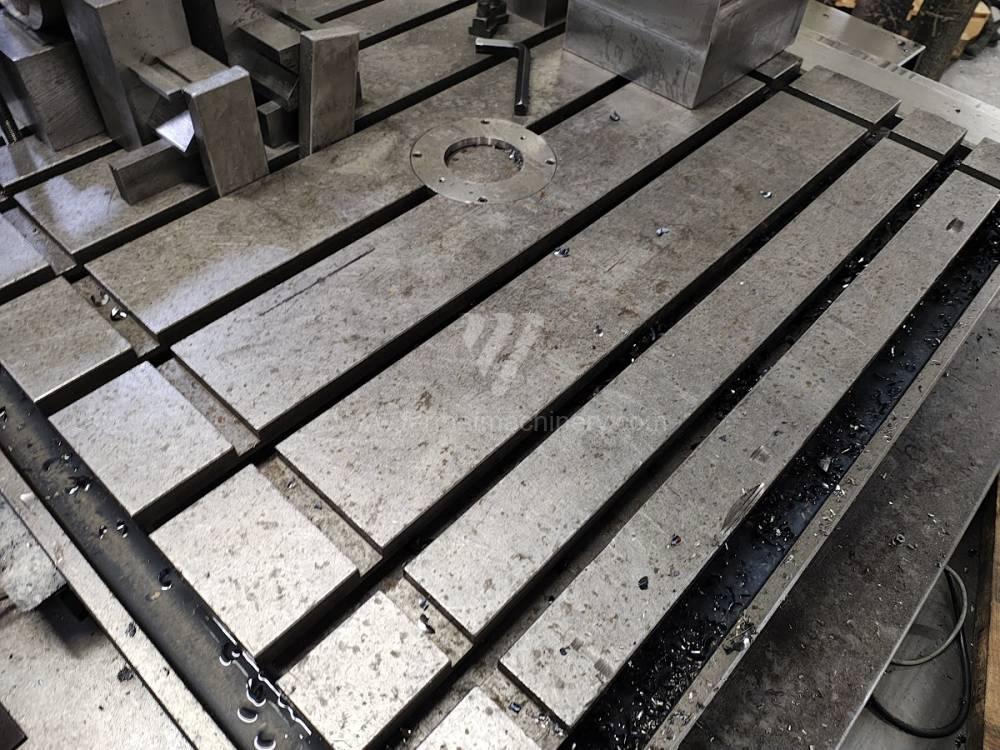
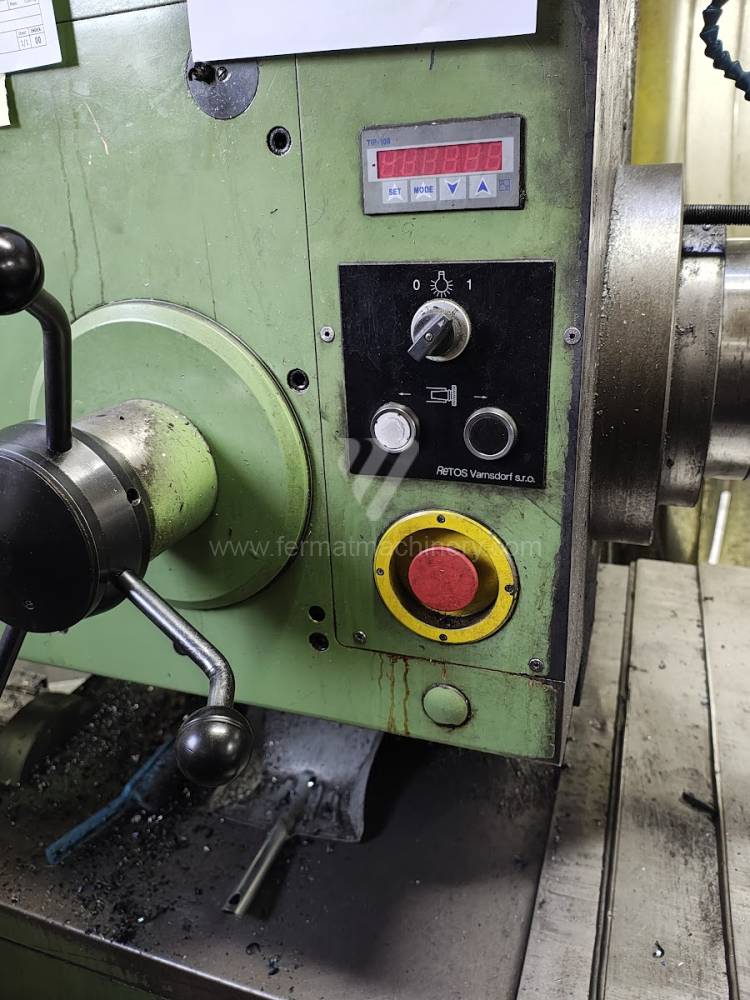

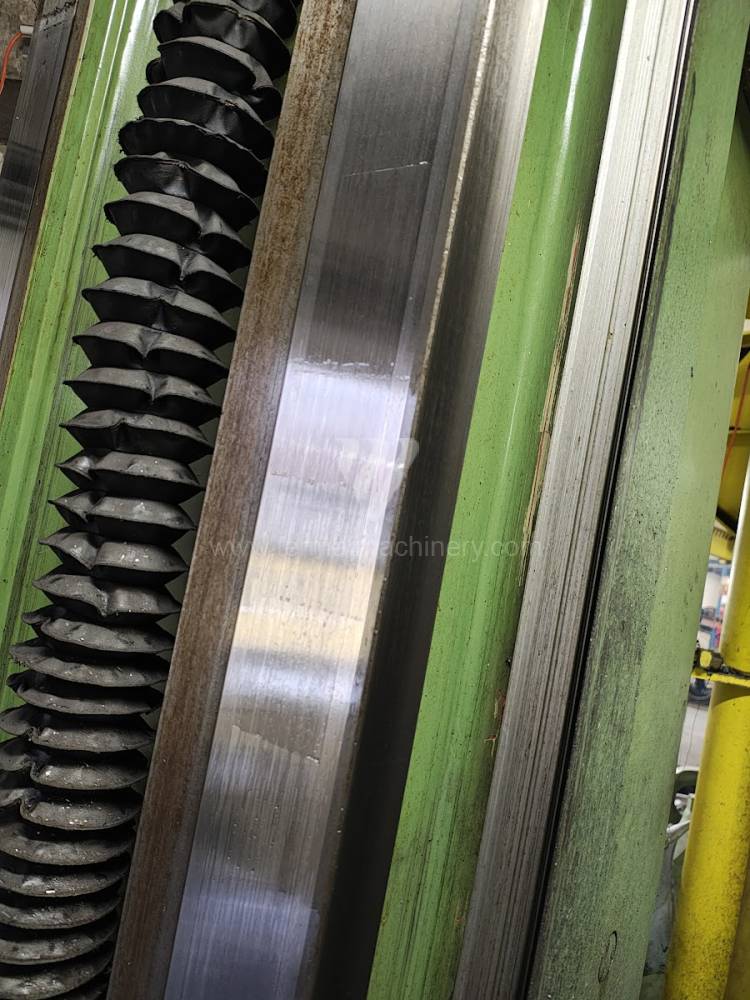
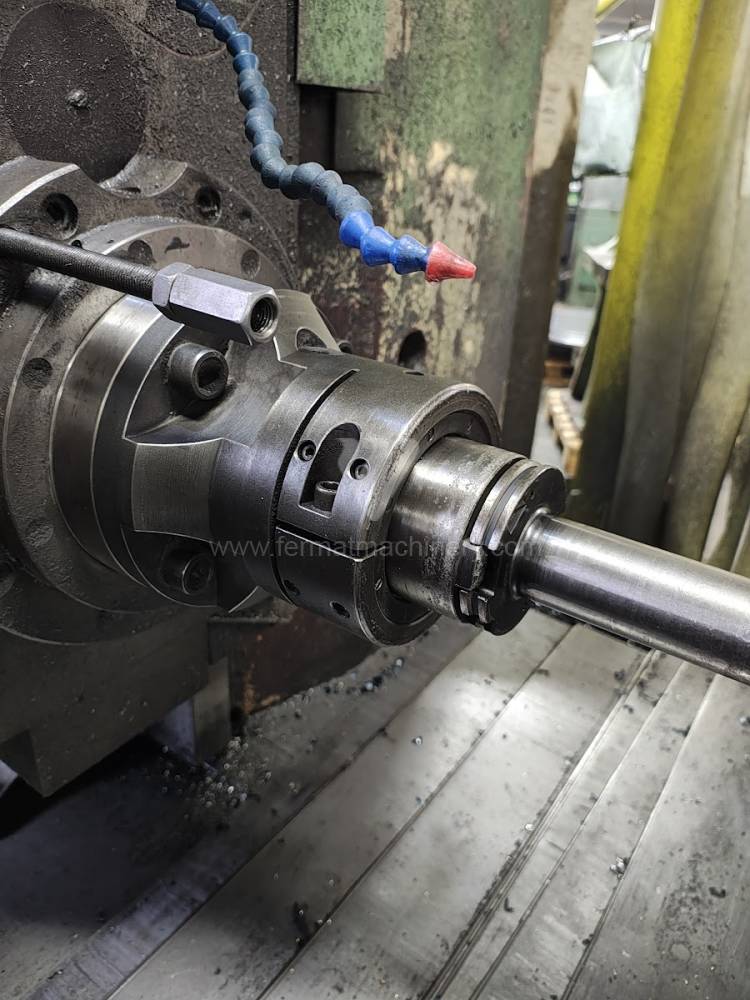
Год изготовления:1986
Система управления Heidenhain: TNC 410
Рабочий диаметр шпинделя: 100 mm
Передвижение по оси X: 1250 mm
Передвижение по оси Y: 1120 mm
Обороты шпинделя: 16 - 1250 /min.
Охлаждение через центр шпинделя: Нет
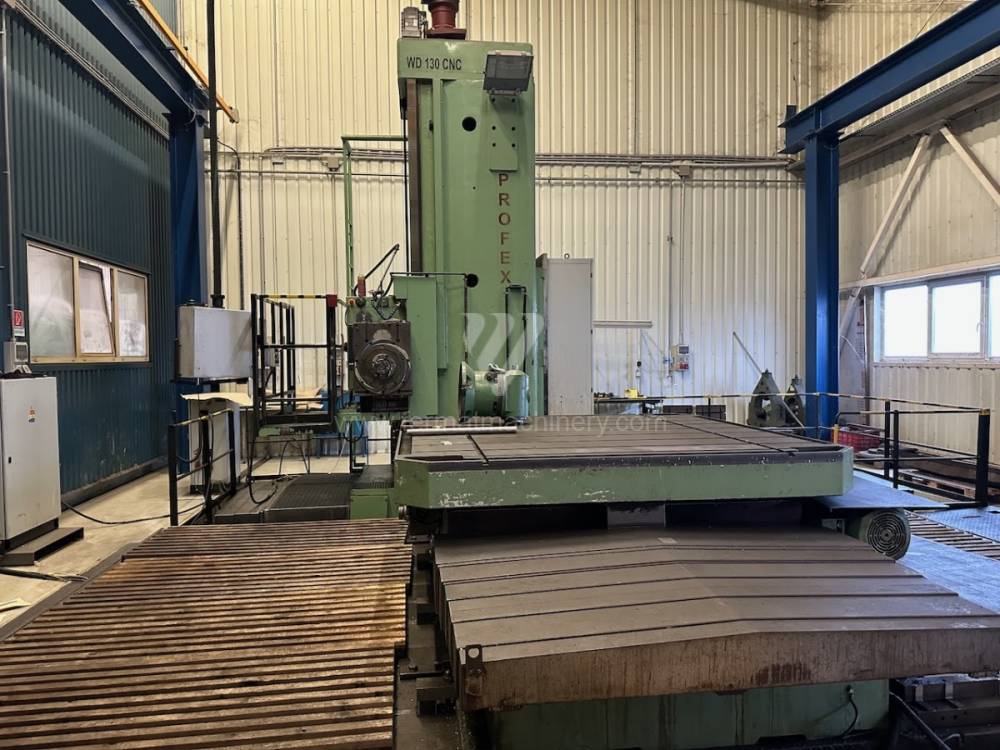
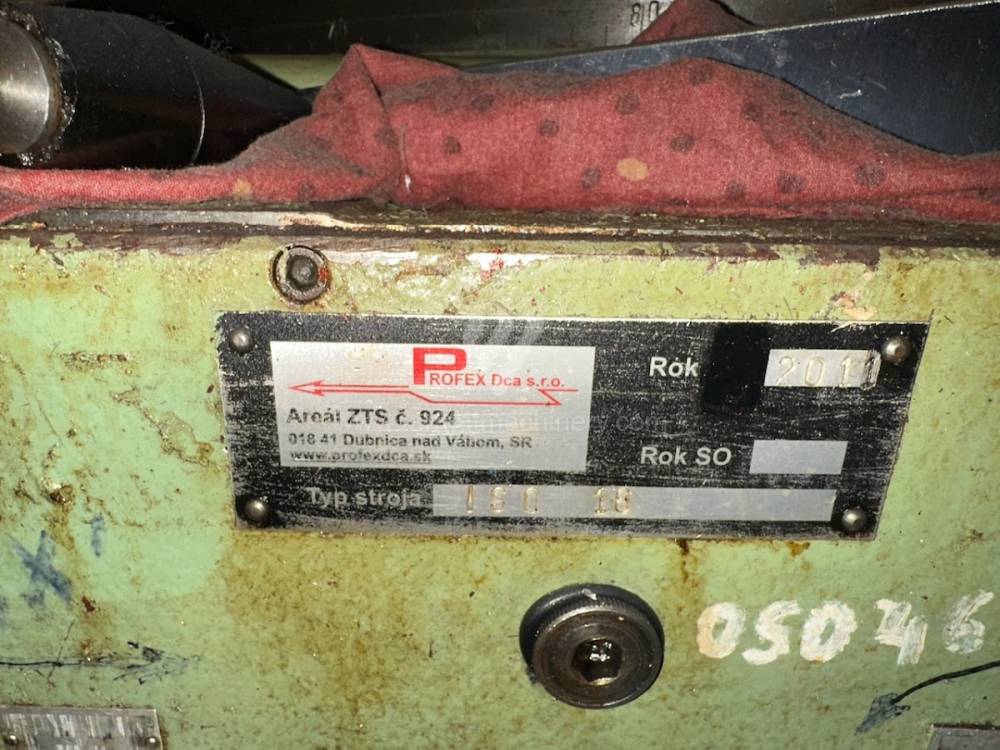
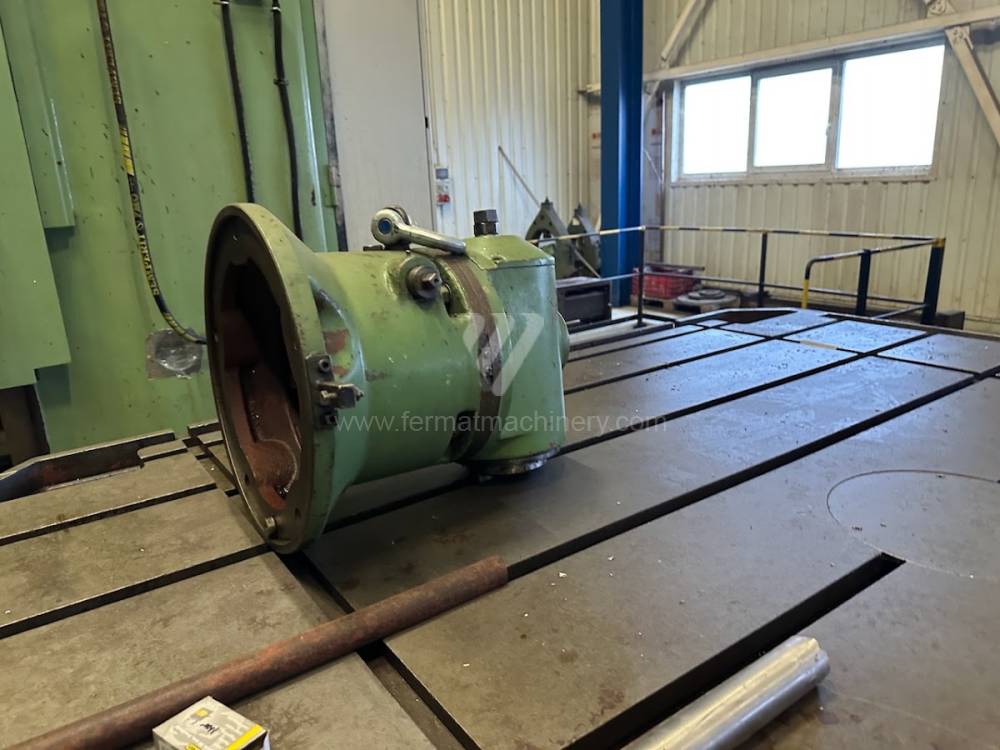
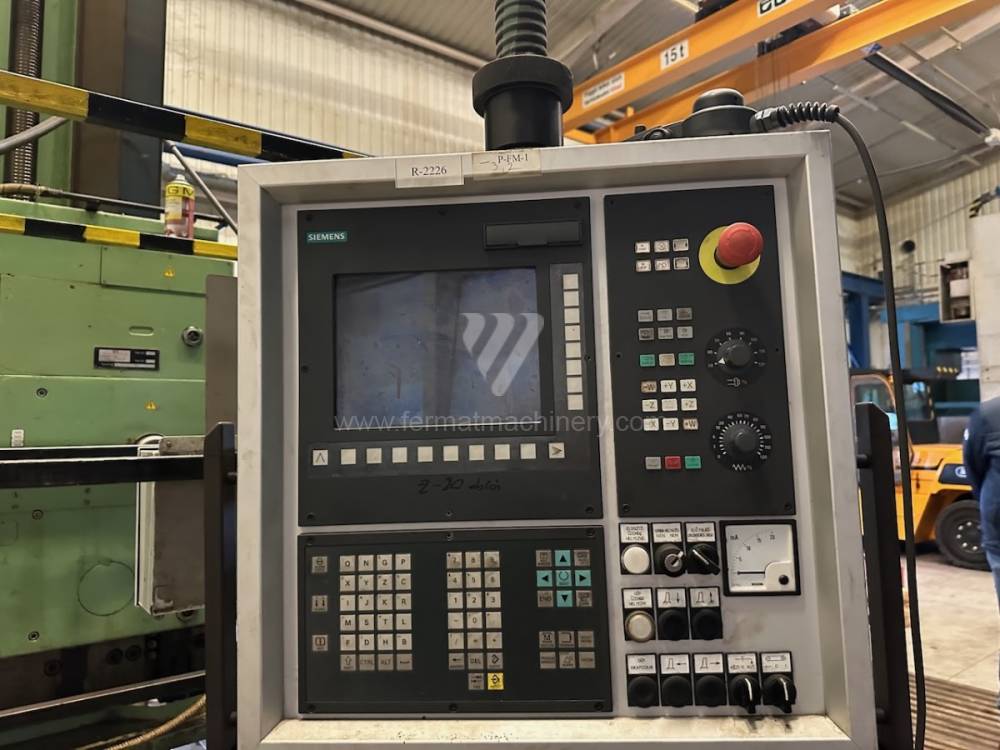
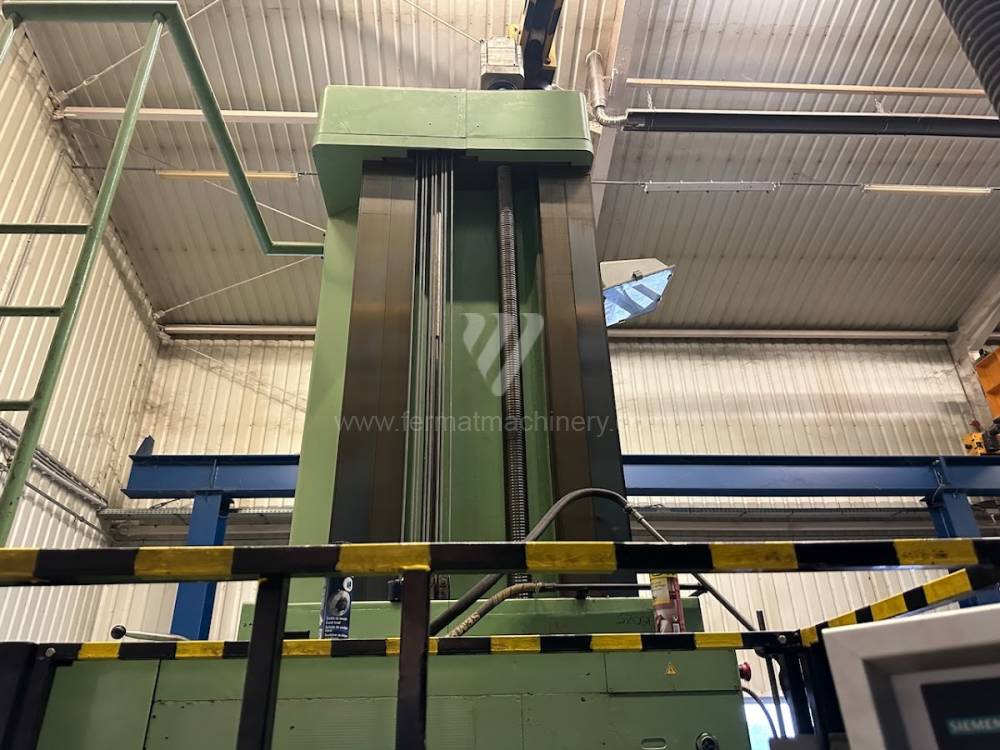
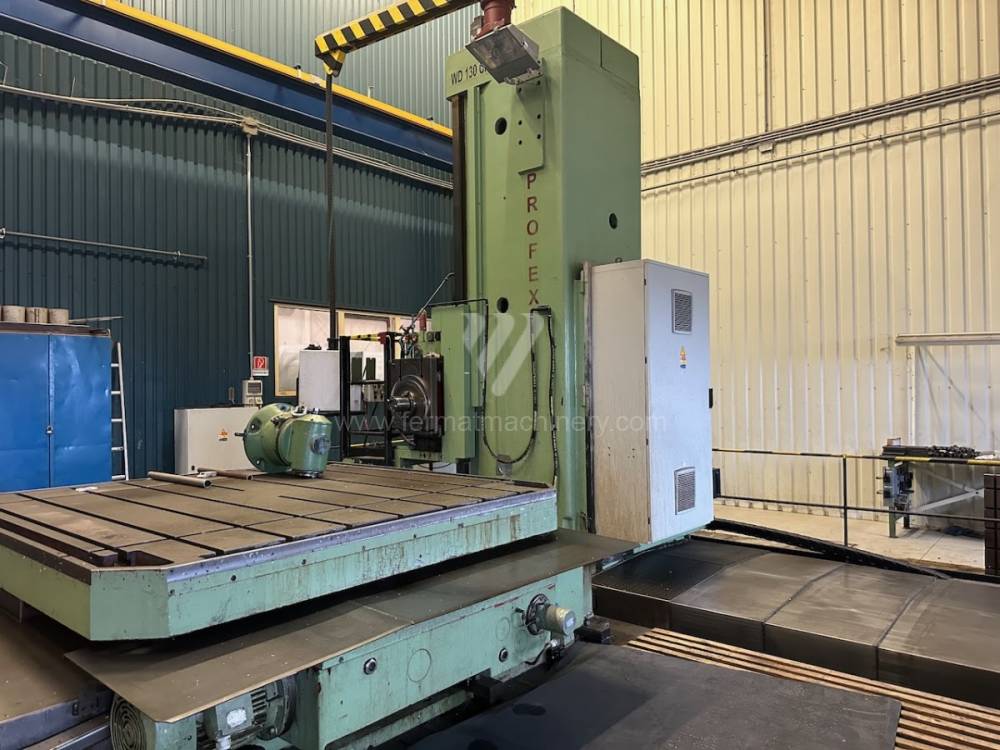
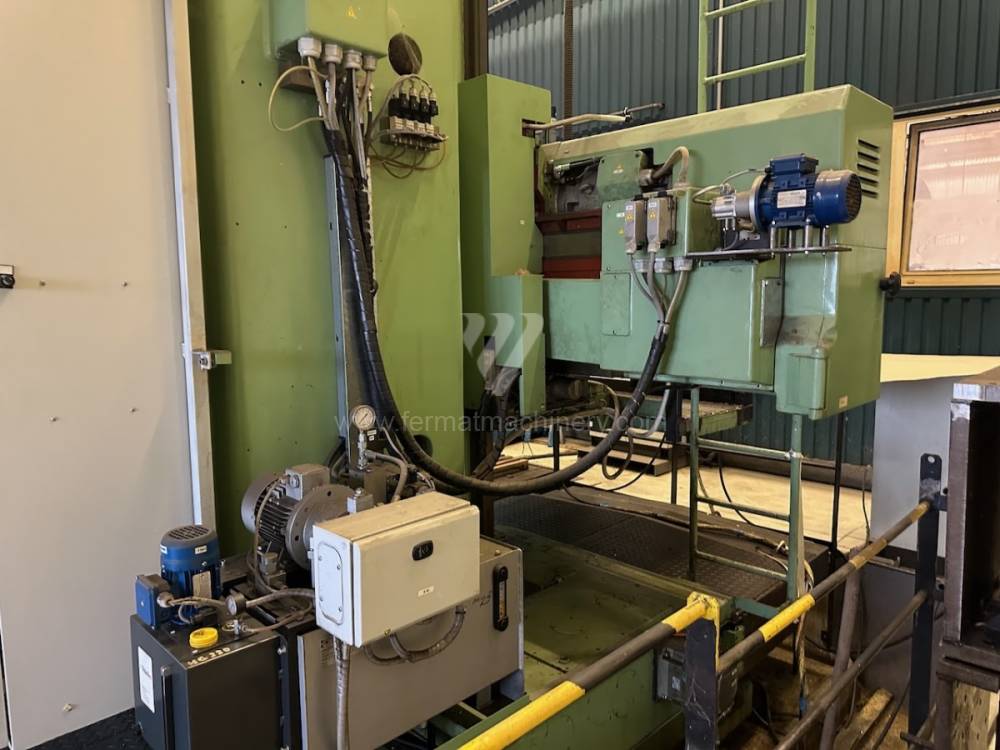
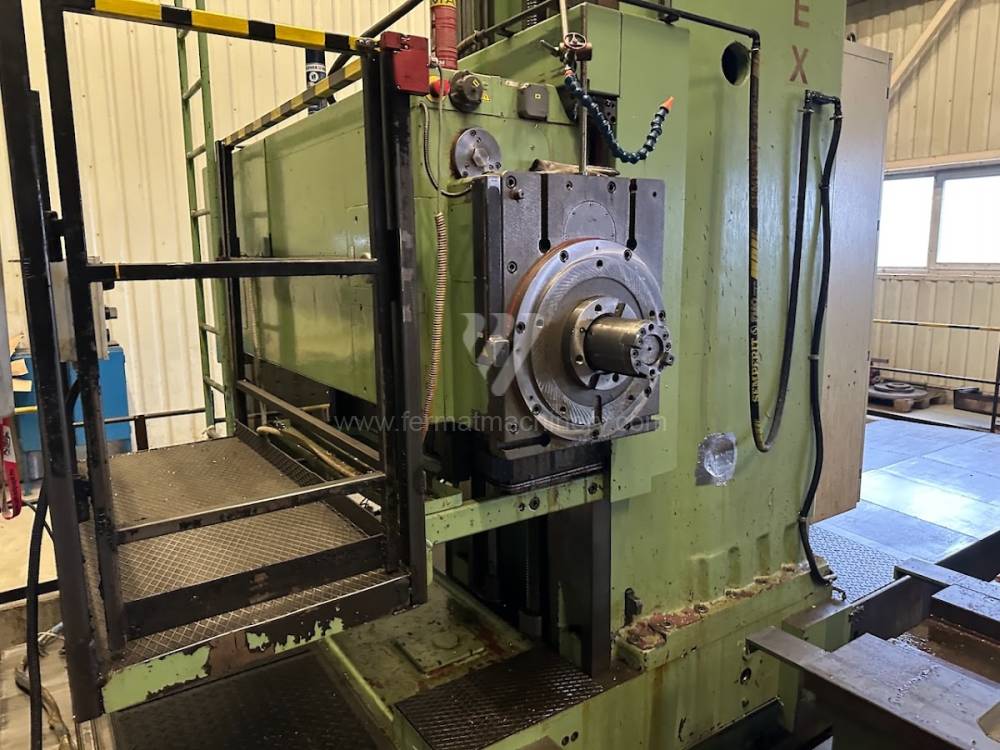
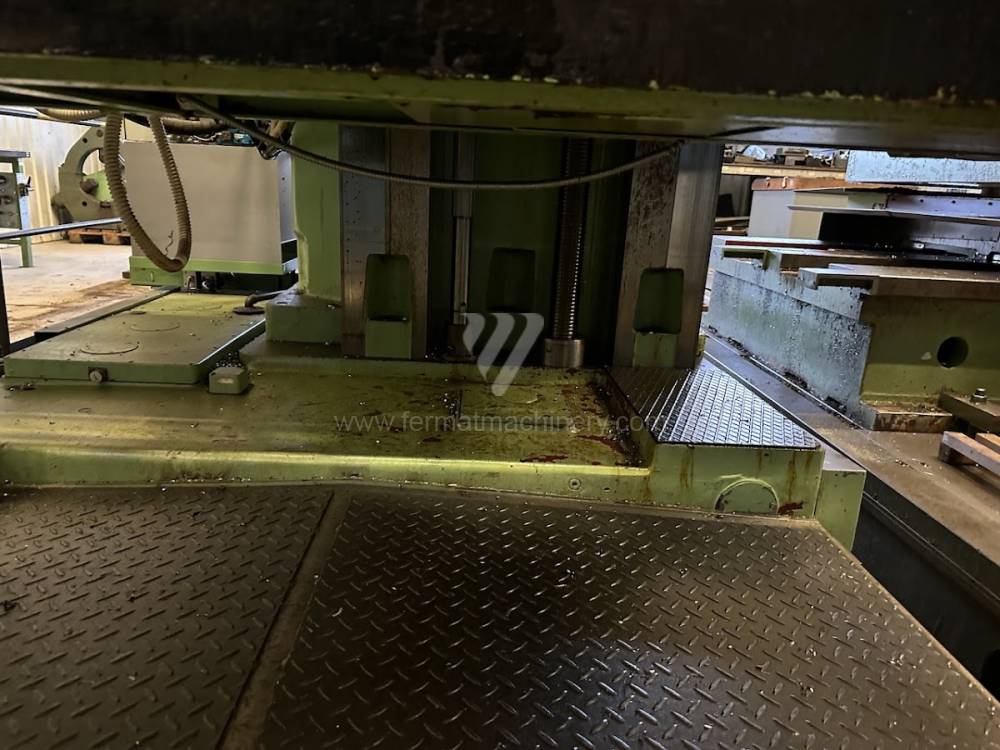
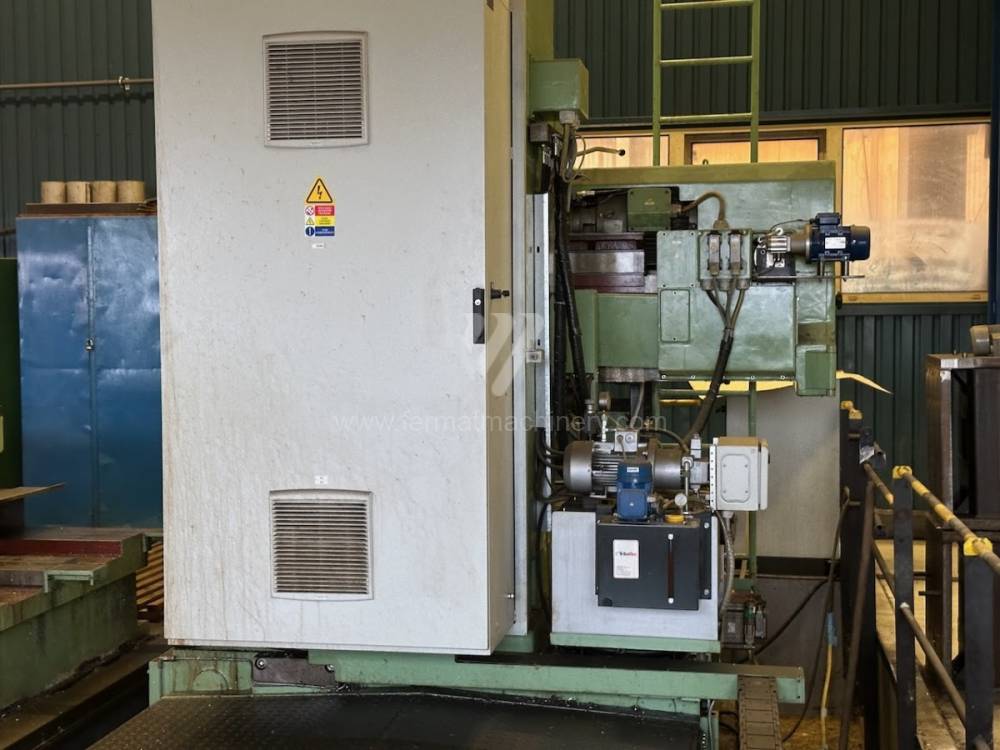
Система управления Siemens: 802 D si
Рабочий диаметр шпинделя: 130 mm
Передвижение по оси X: 3200 mm
Передвижение по оси Y: 2300 mm
Обороты шпинделя: 2 - 1000 /min.
Выдвижение шпинделя (W): 1120 mm
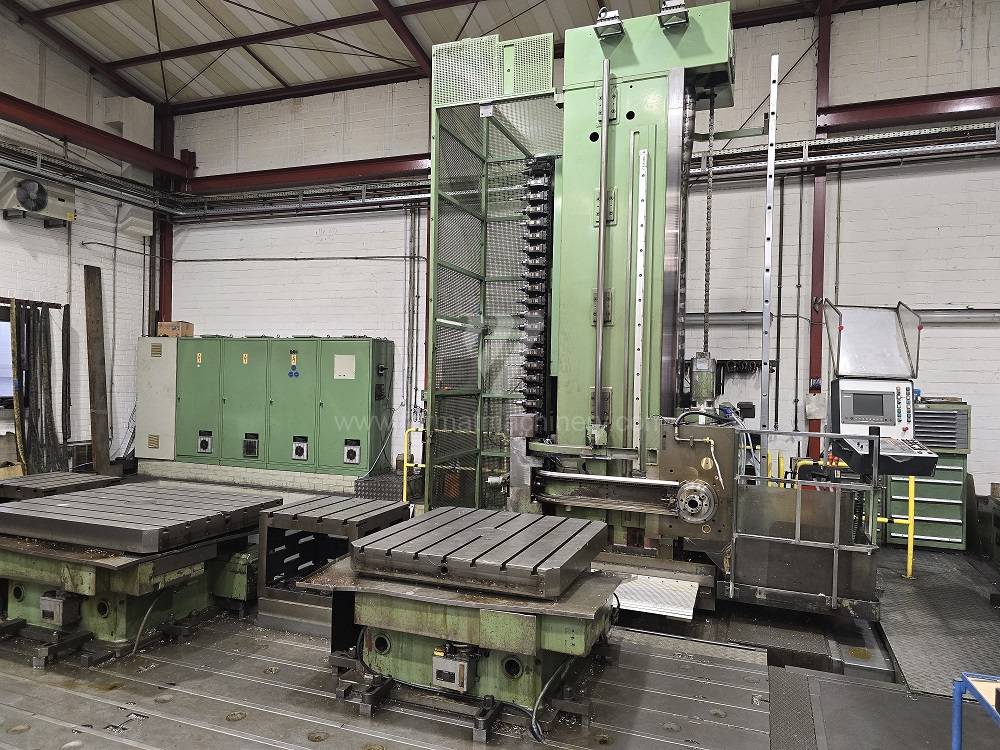
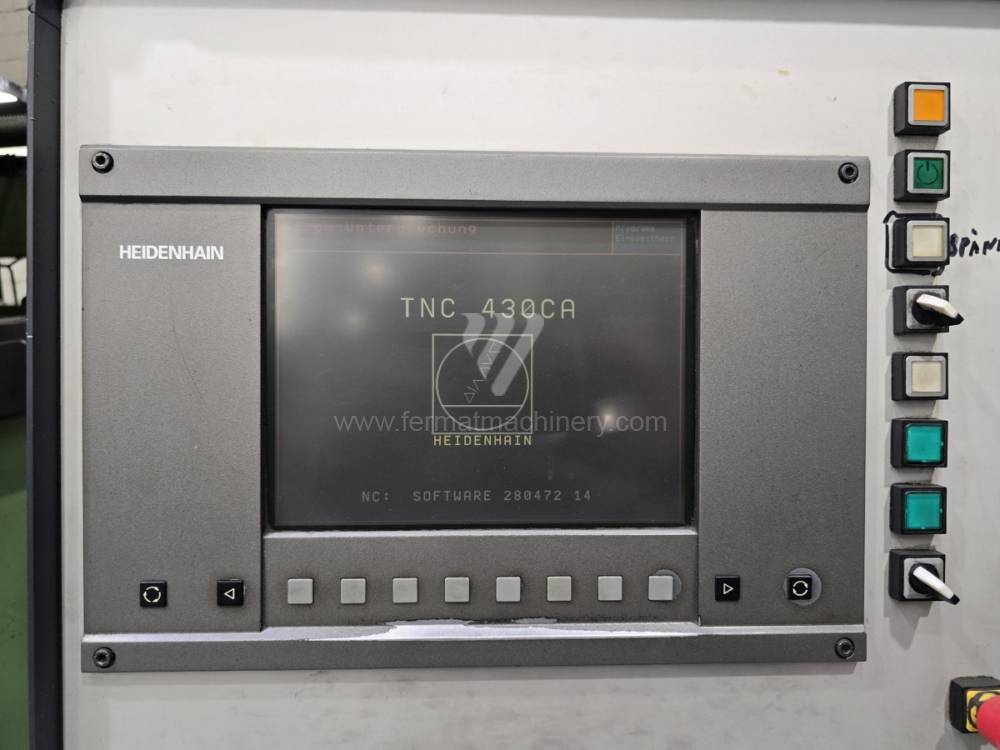
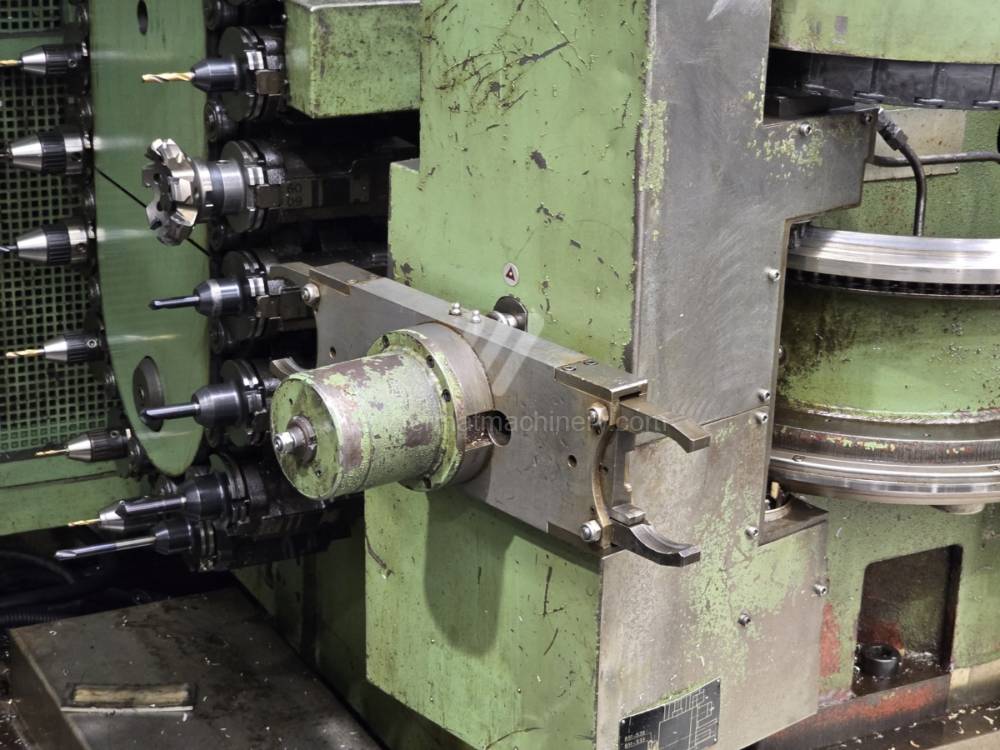
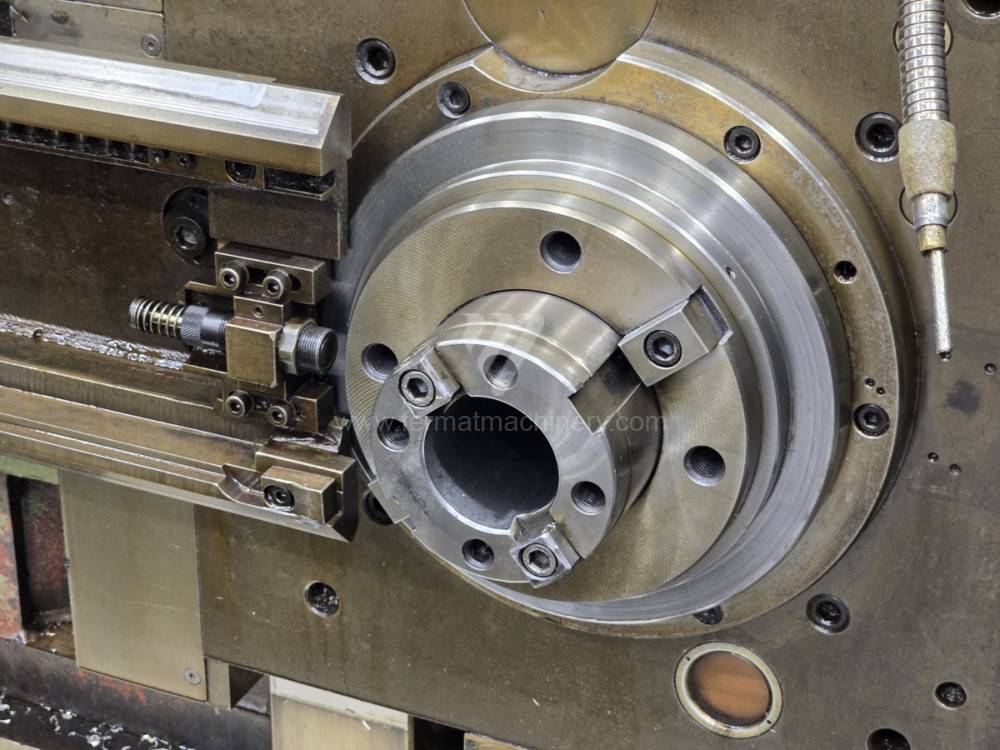
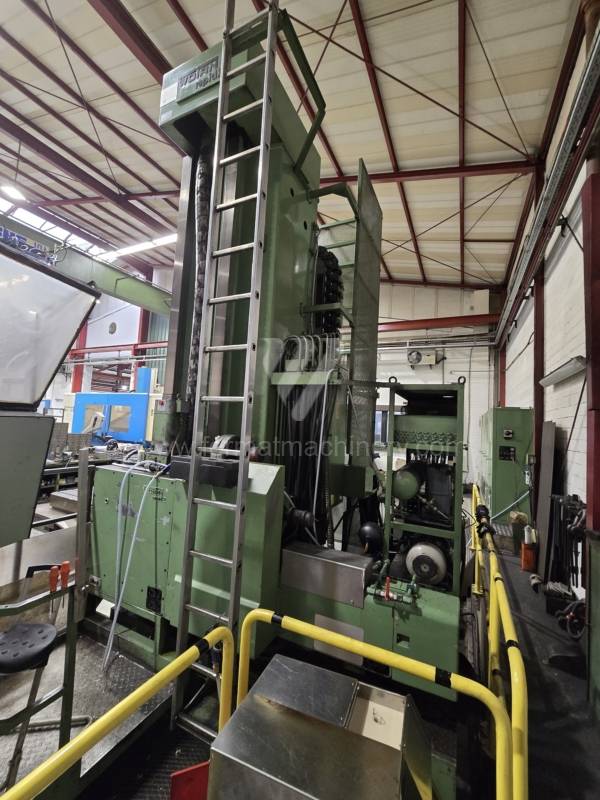
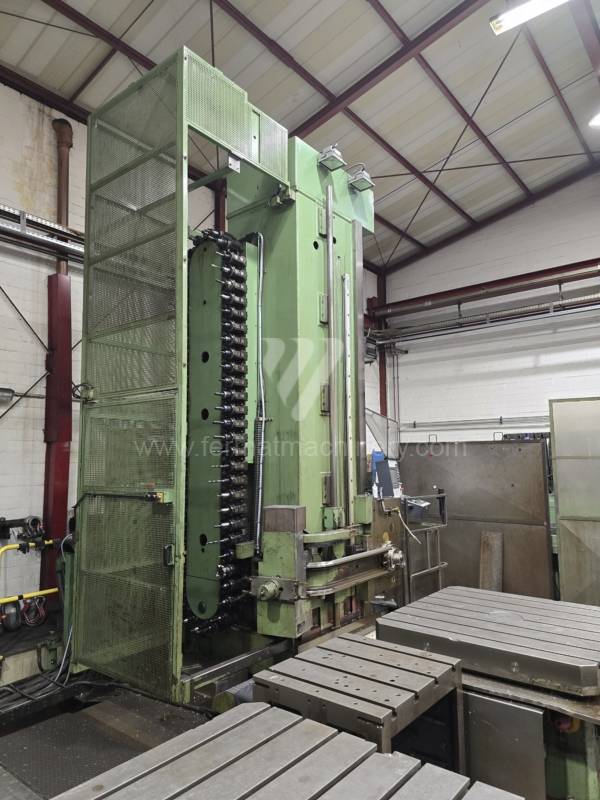
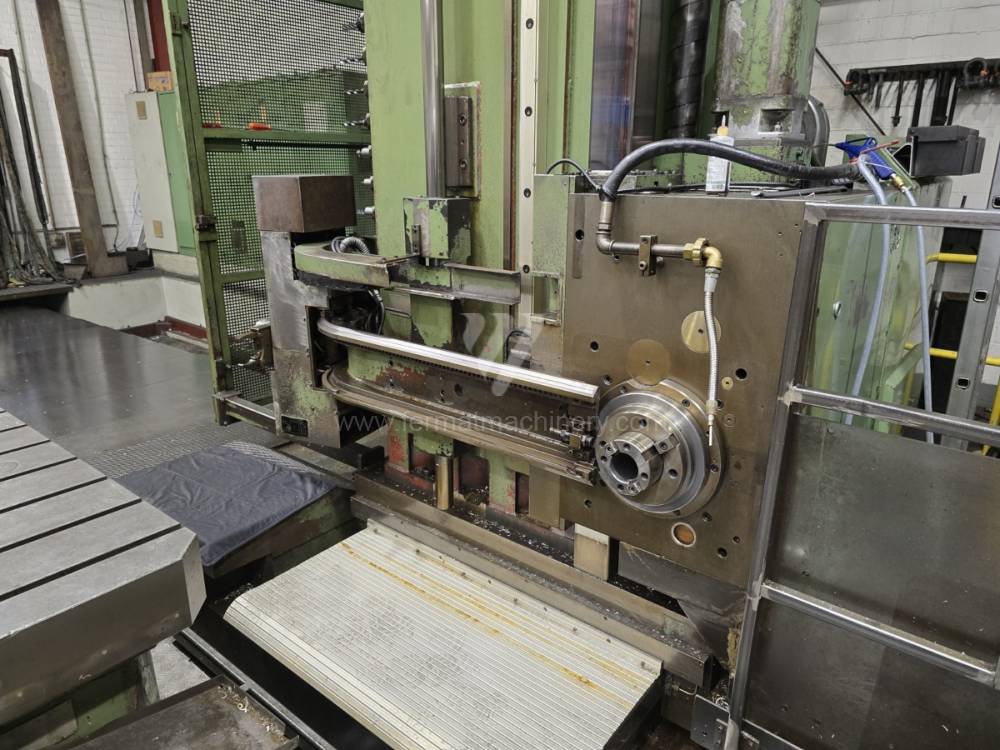
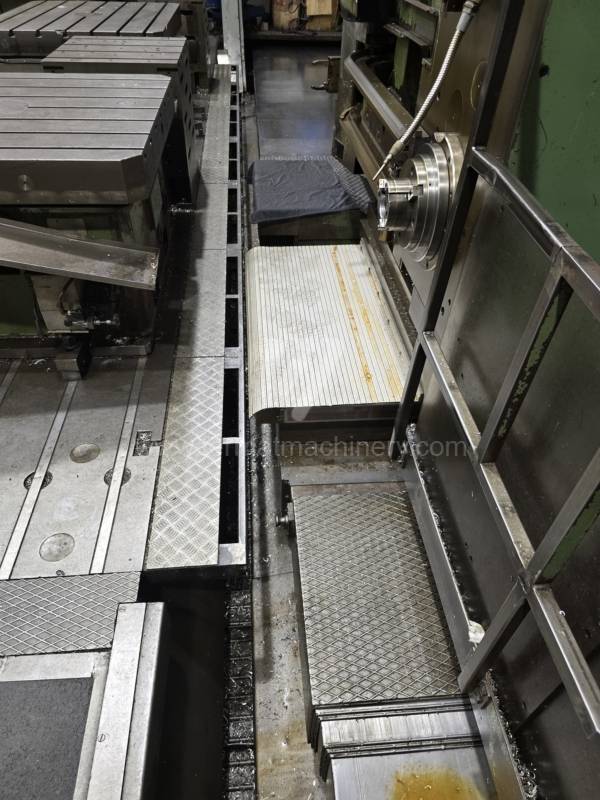
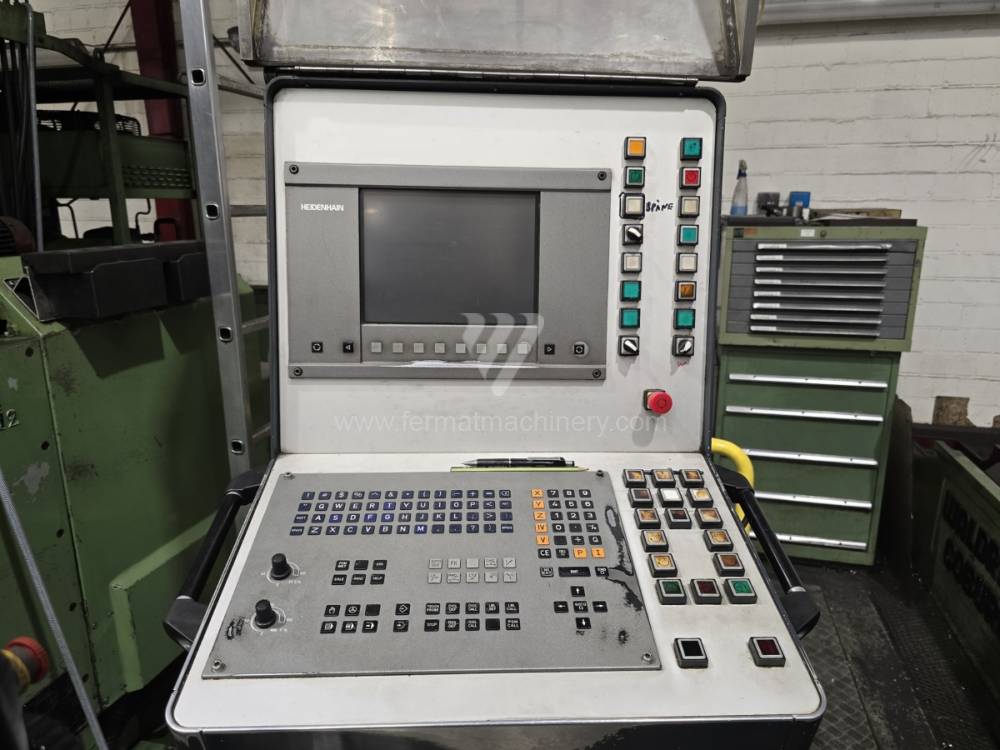
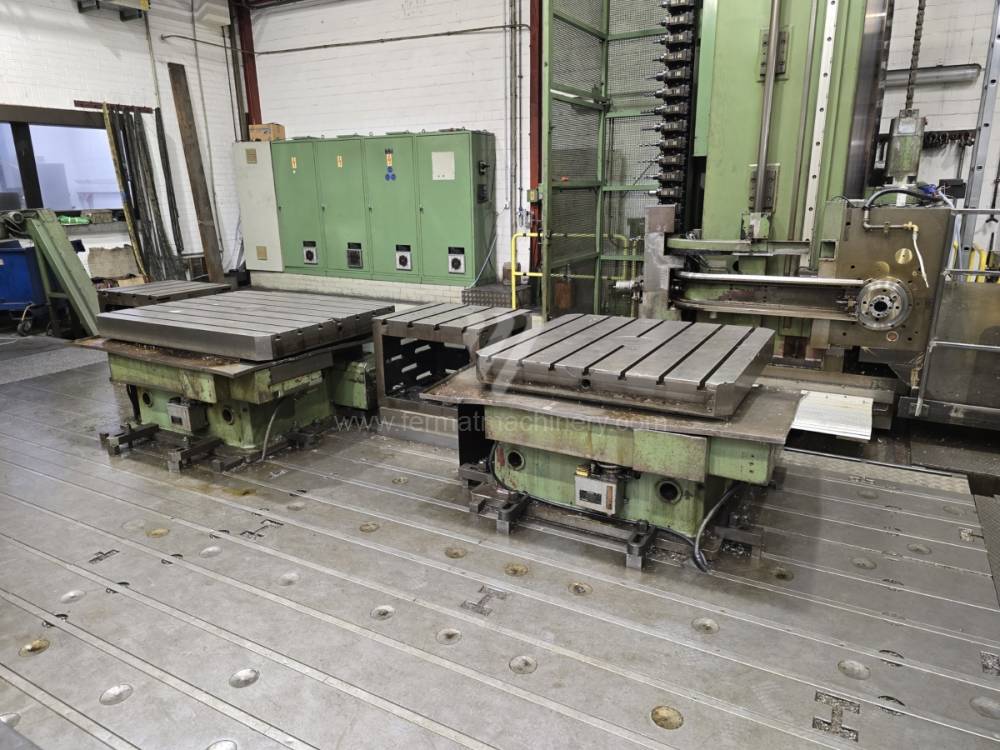
Год изготовления:1982
Система управления Heidenhain: TNC 430
Рабочий диаметр шпинделя: 130 mm
Передвижение по оси X: 6000 mm
Передвижение по оси Y: 2500 mm
Обороты шпинделя: 0 - 1600 /min.
Выдвижение шпинделя (W): 600 mm
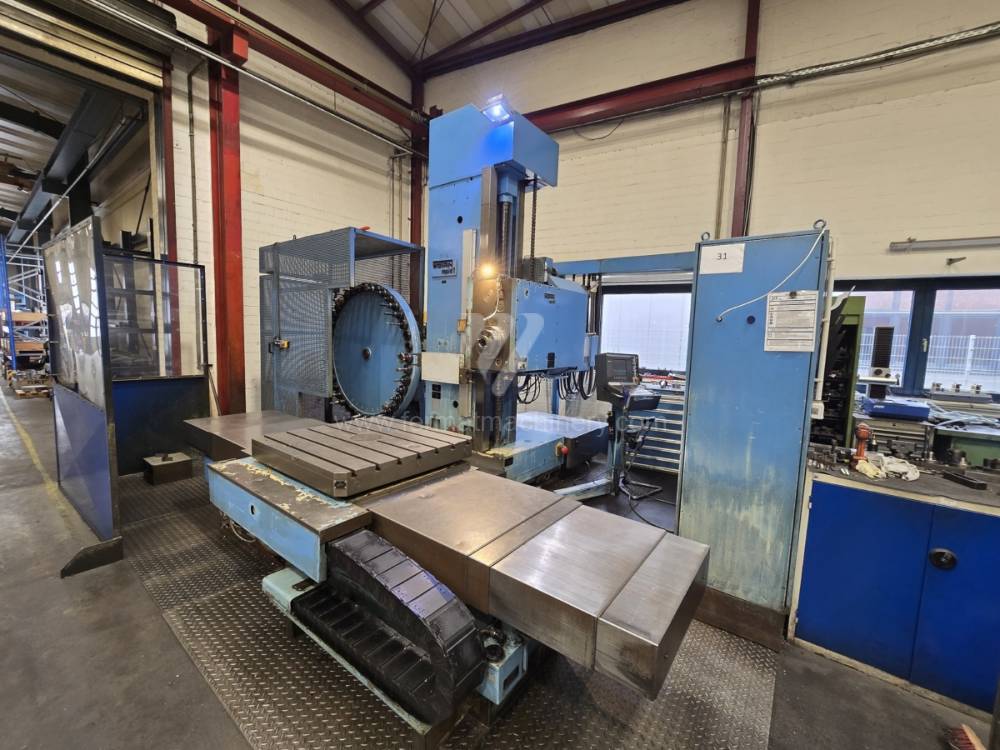
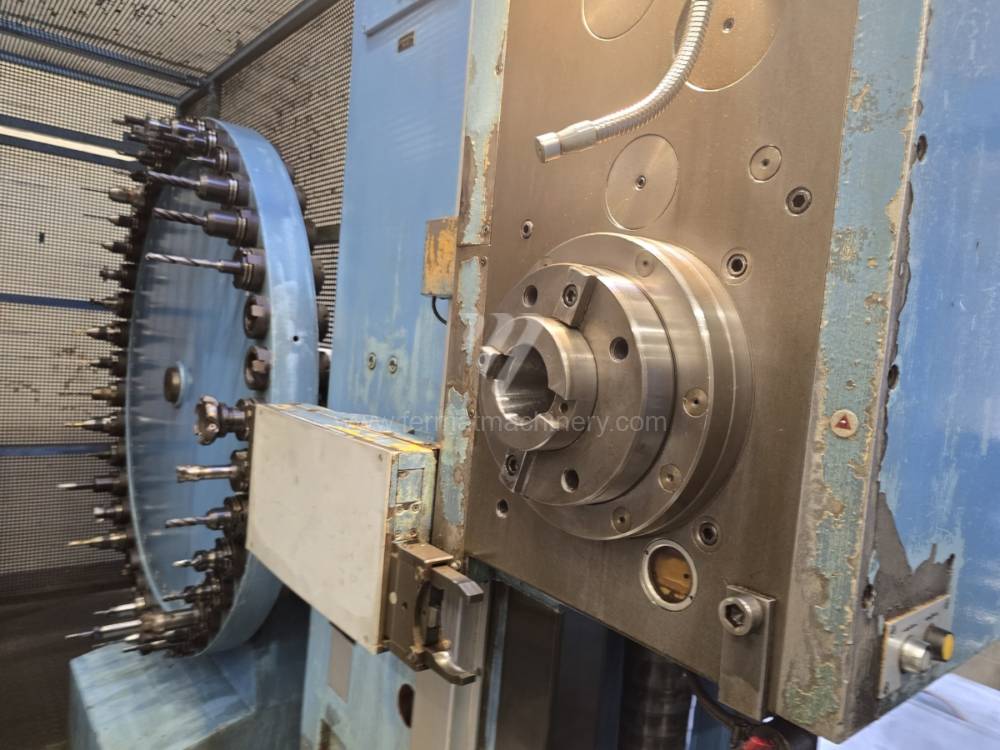
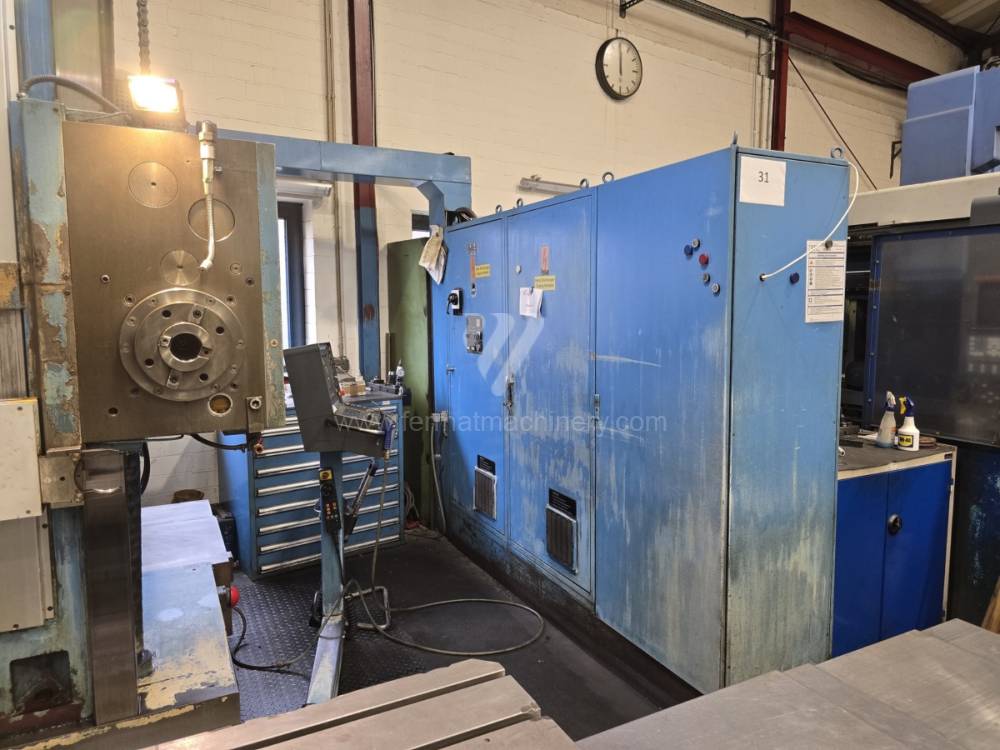
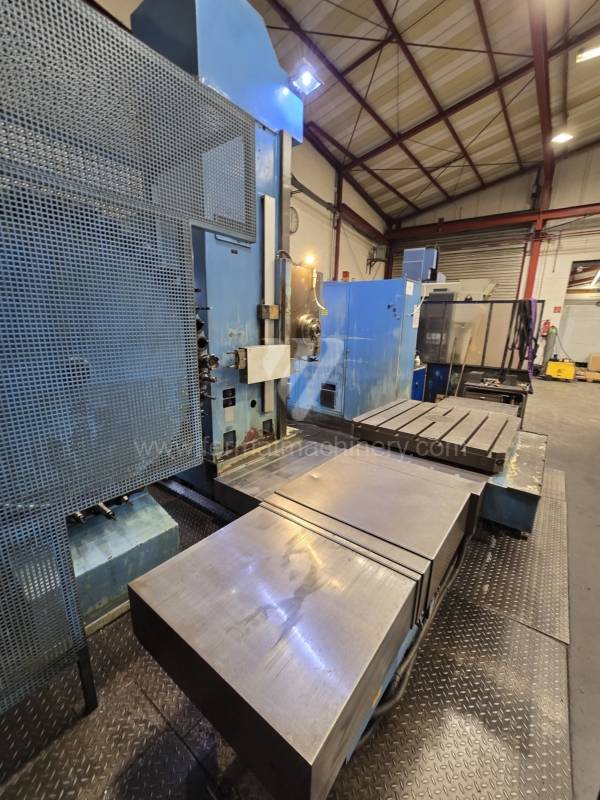
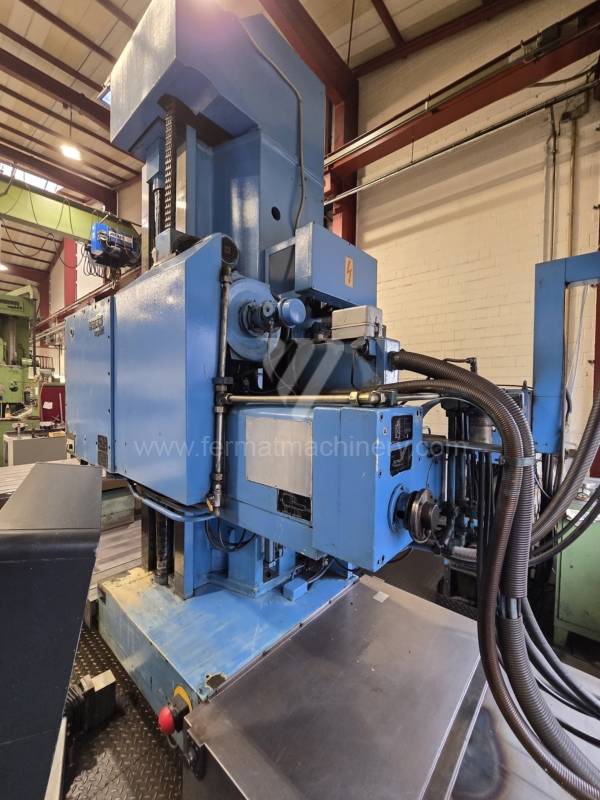
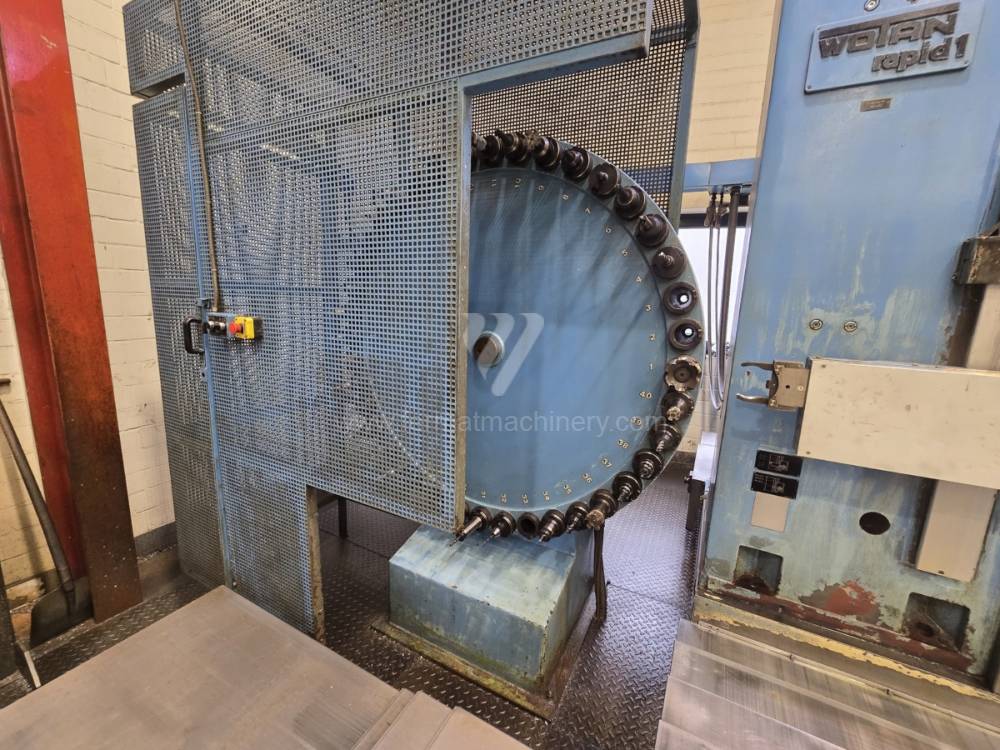
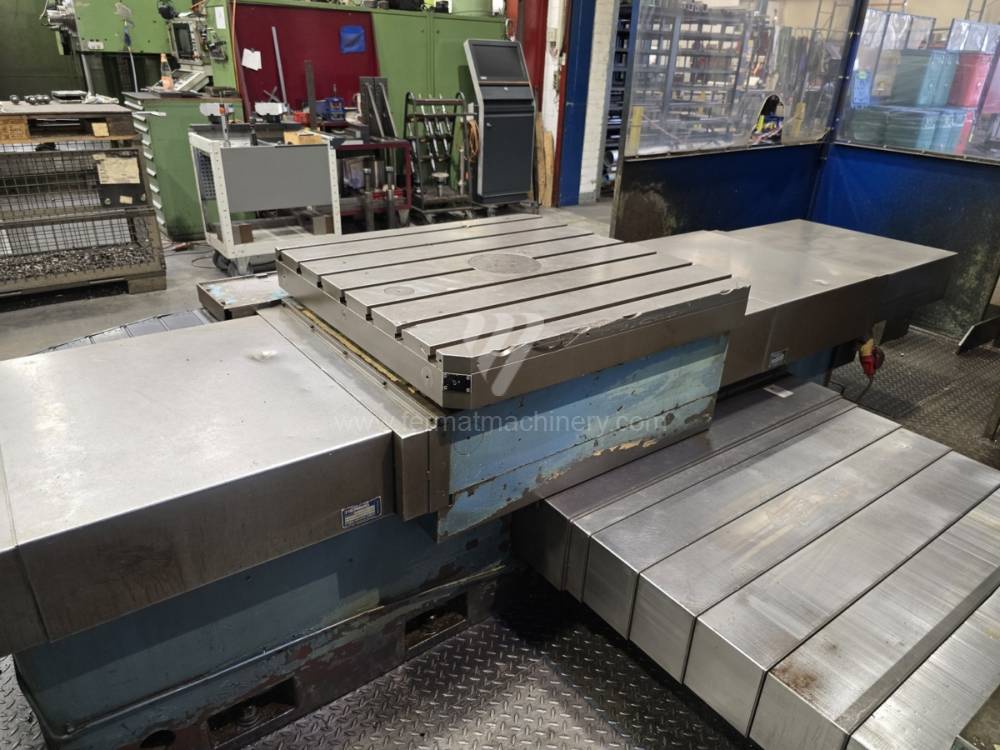
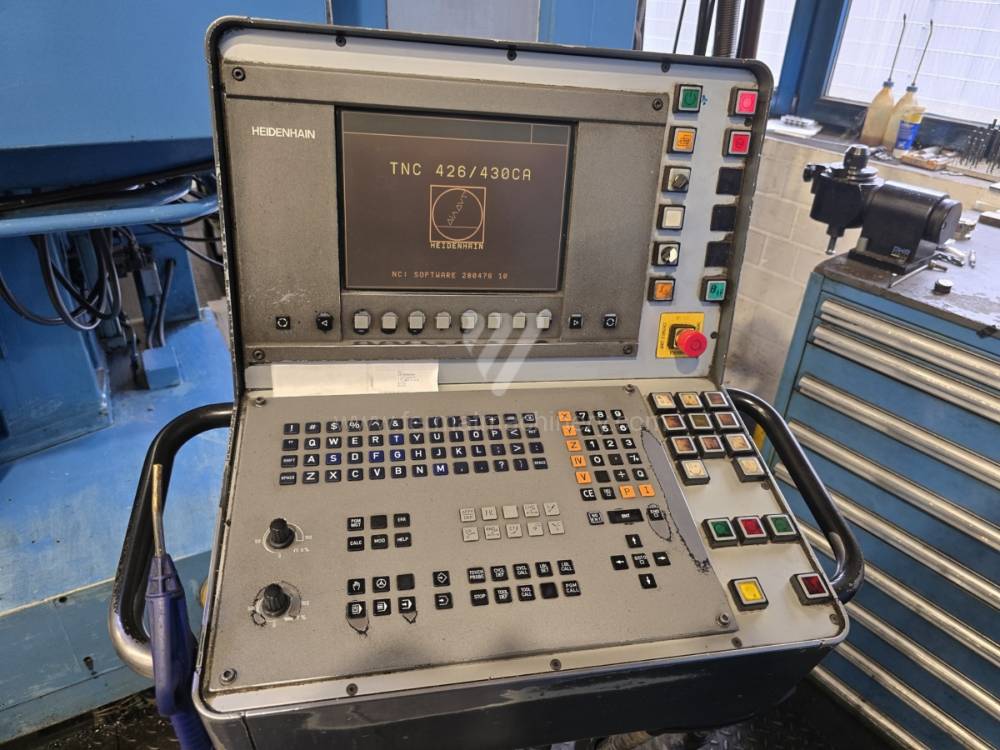
Год изготовления:1982
Система управления Heidenhain: TNC 426
Рабочий диаметр шпинделя: 120 mm
Передвижение по оси X: 1250 mm
Передвижение по оси Y: 1250 mm
Обороты шпинделя: 10 - 2000 /min.
Охлаждение через центр шпинделя: Нет
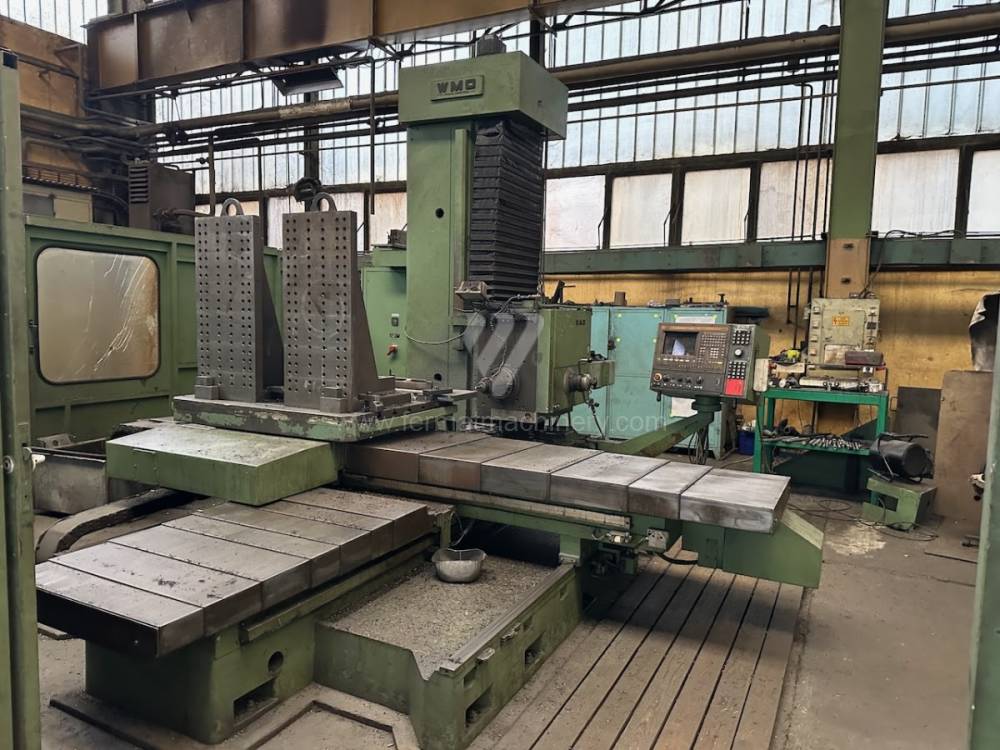
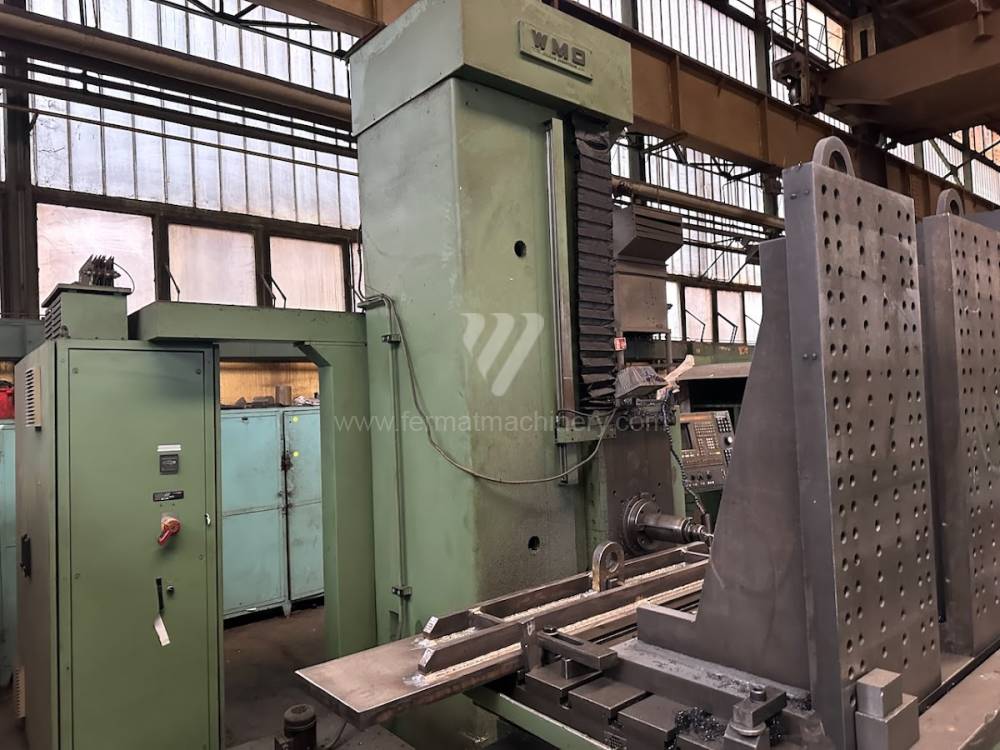
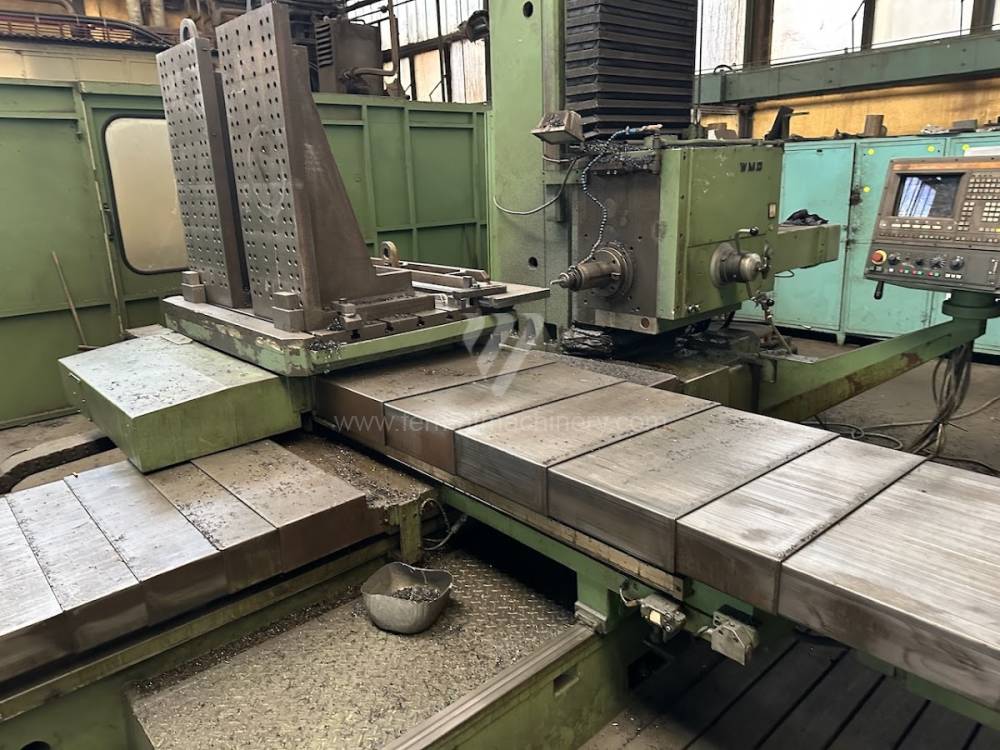
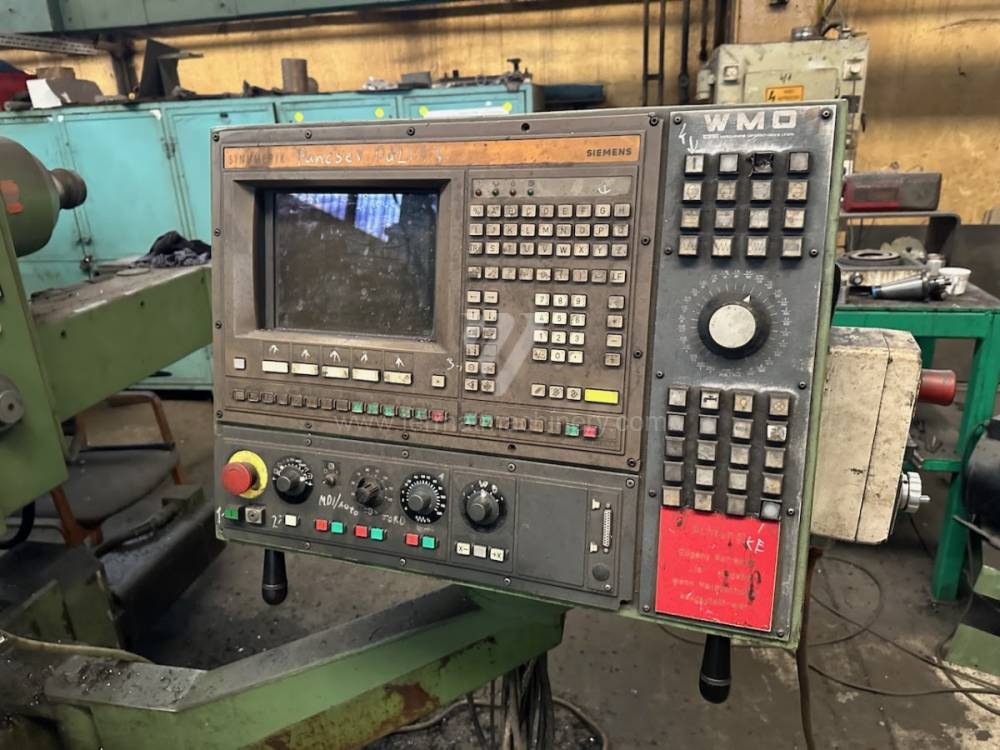
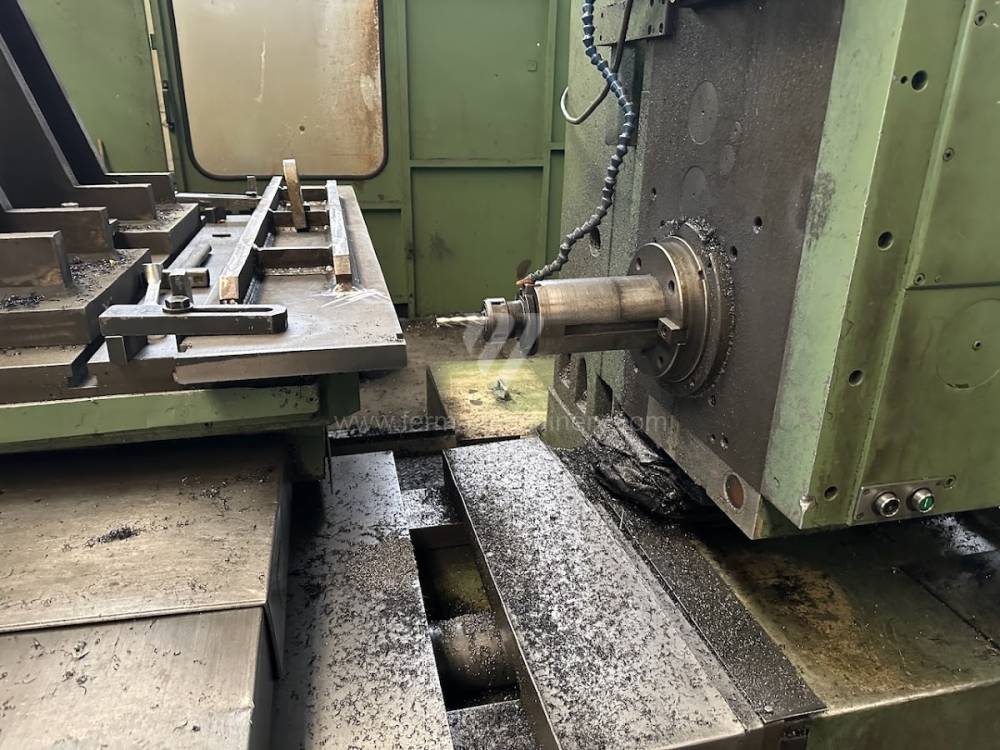
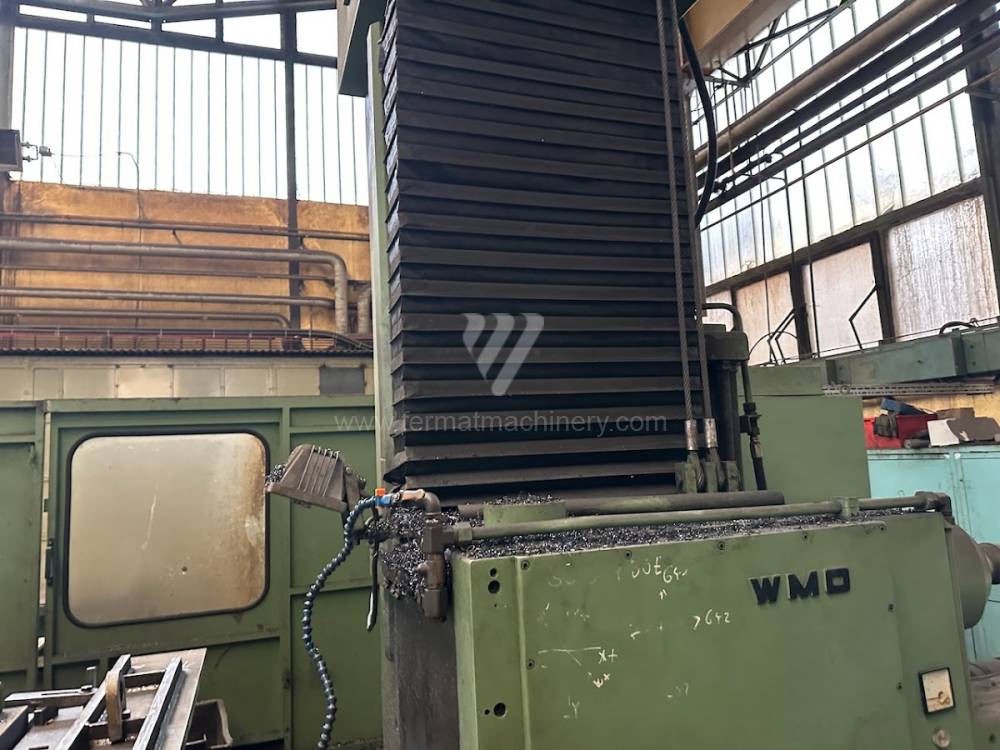
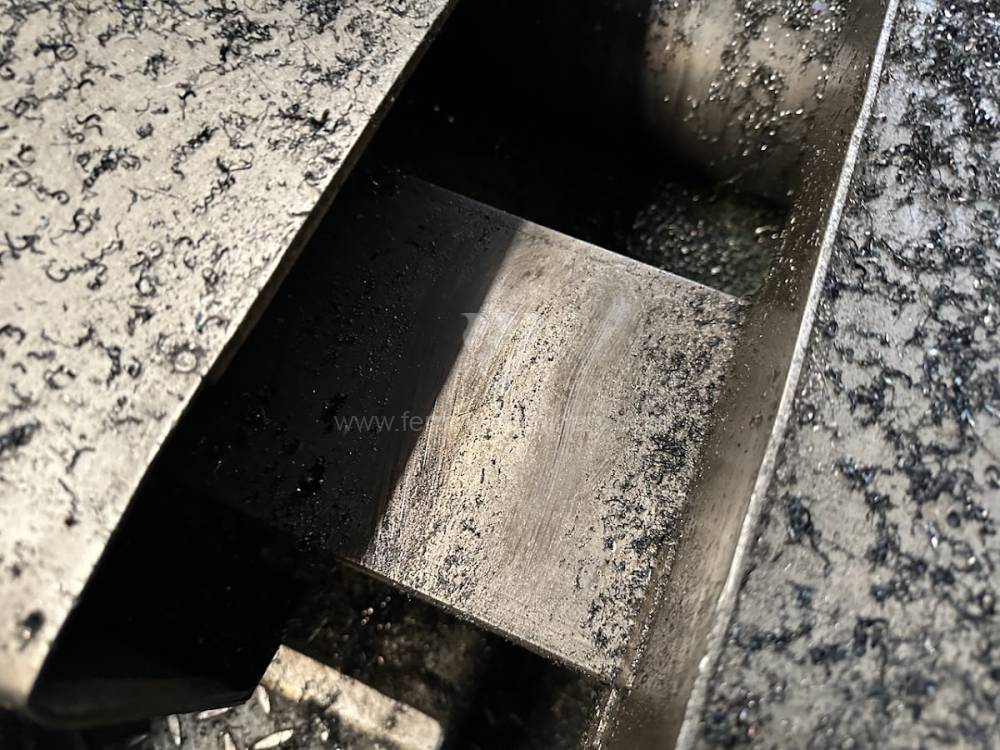
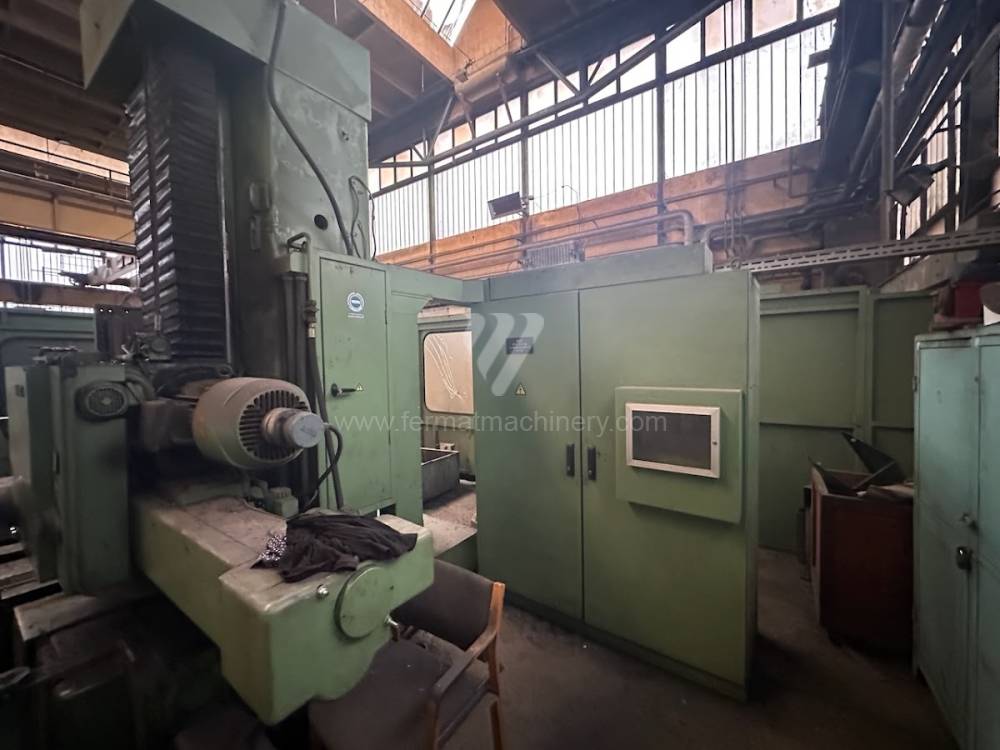
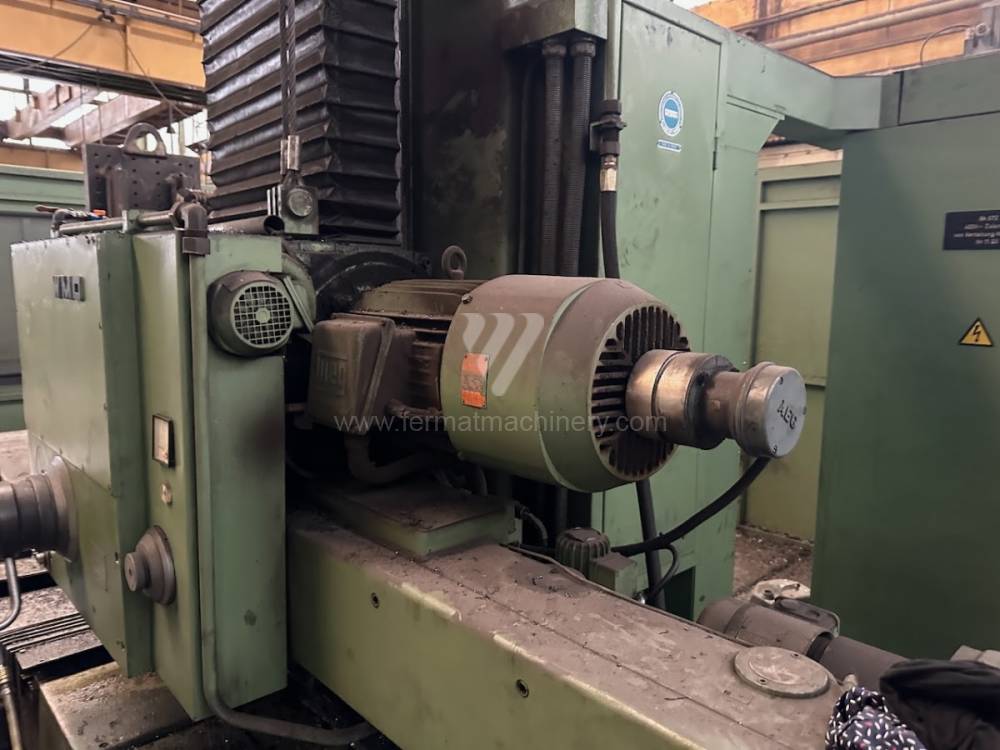
Система управления Siemens: Sinumerik 820
Рабочий диаметр шпинделя: 105 mm
Передвижение по оси X: 1800 mm
Передвижение по оси Y: 1300 mm
Обороты шпинделя: 9 - 1000 /min.
Охлаждение через центр шпинделя: Нет
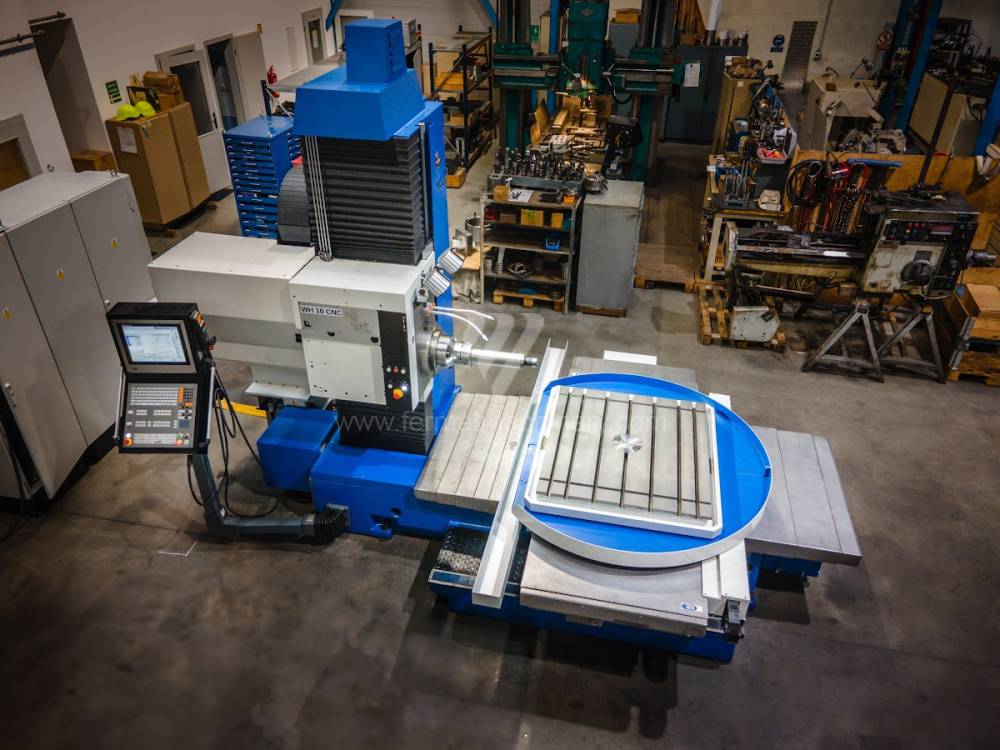
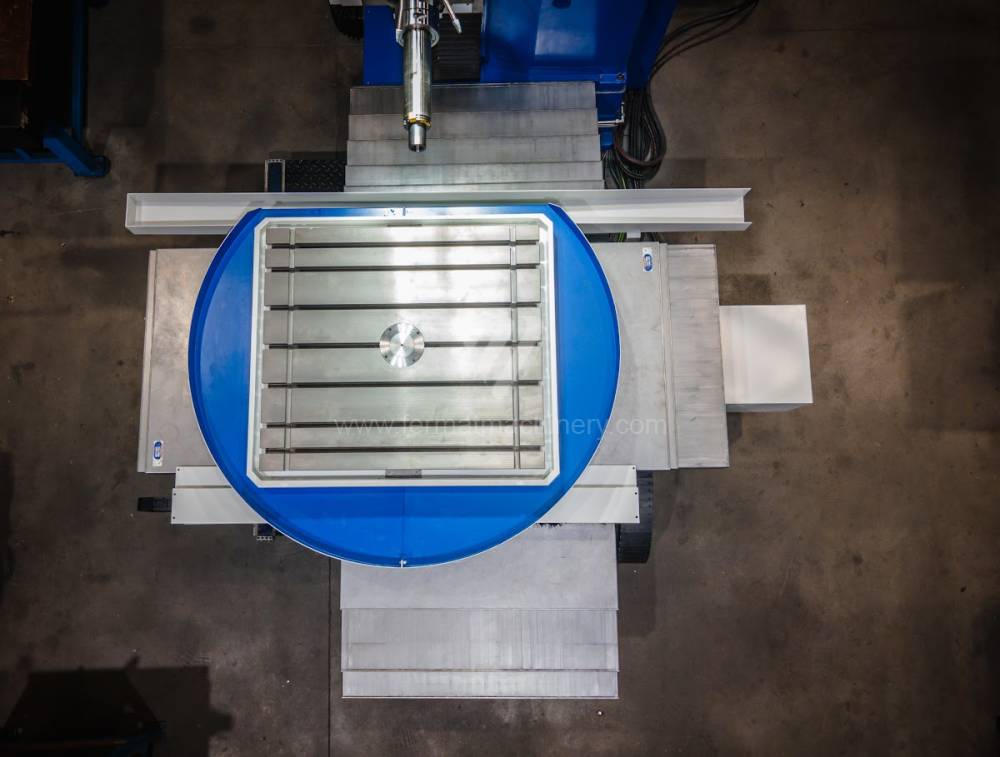
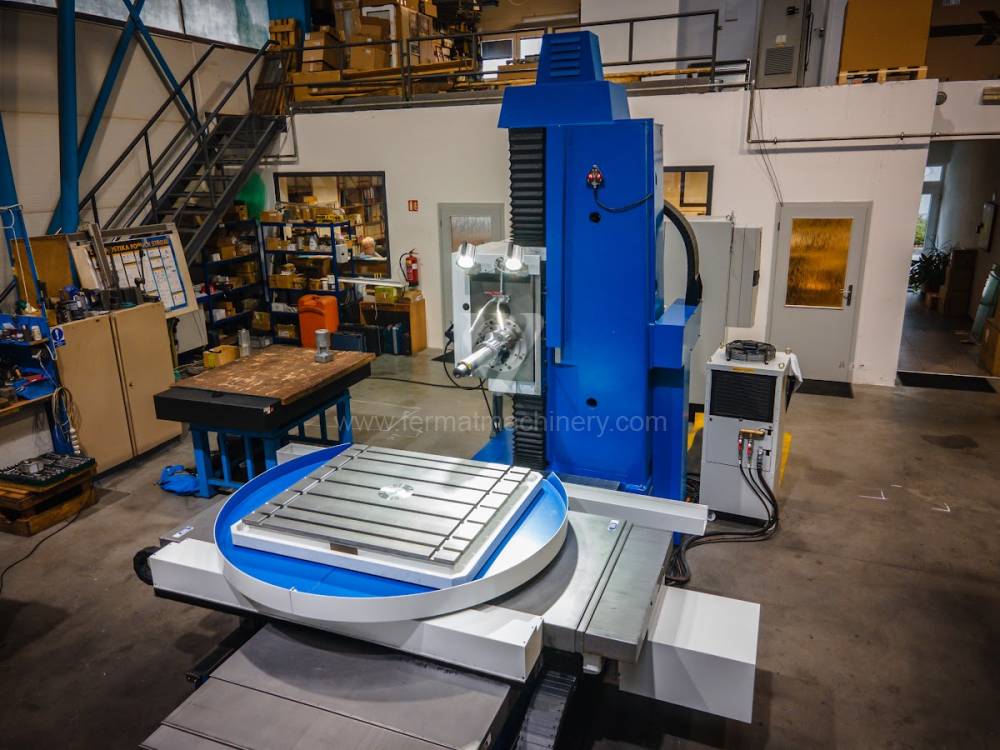
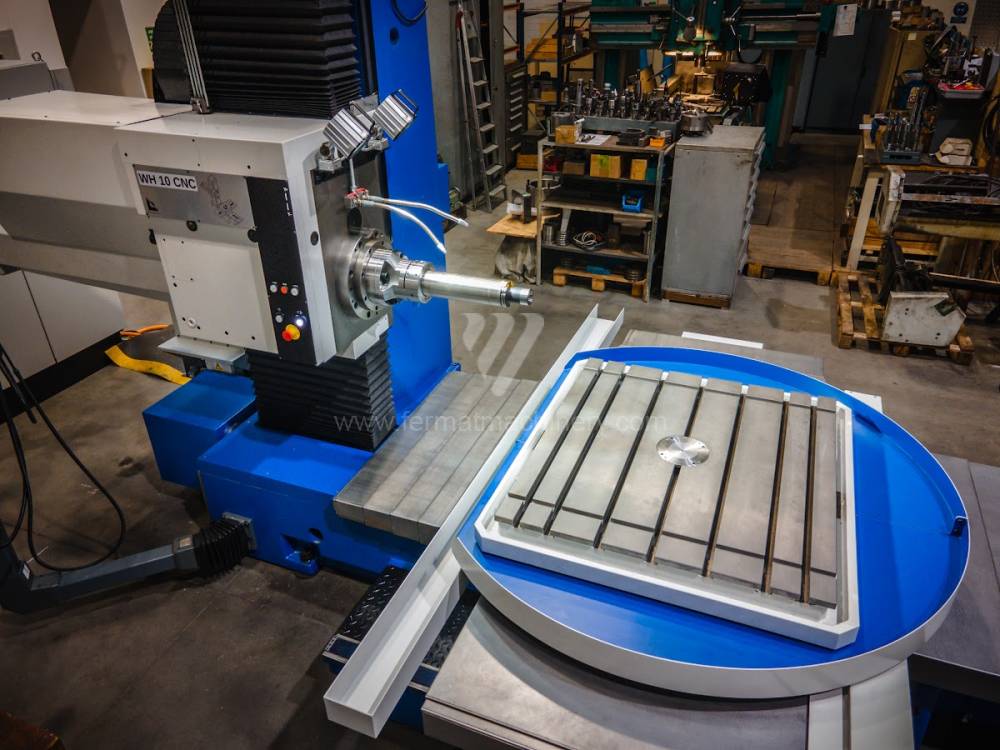
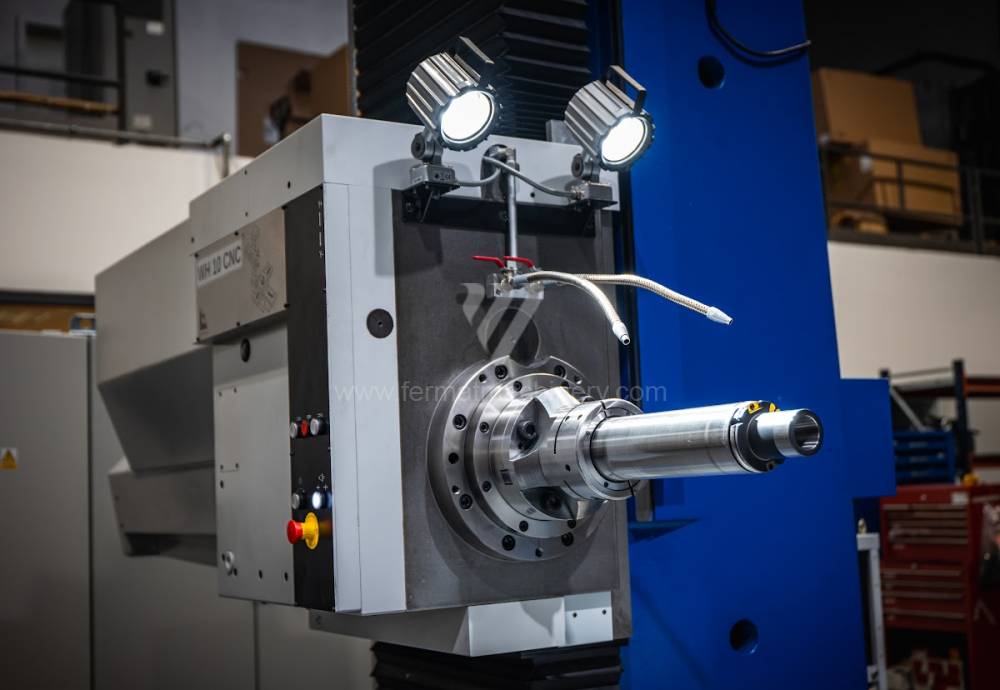
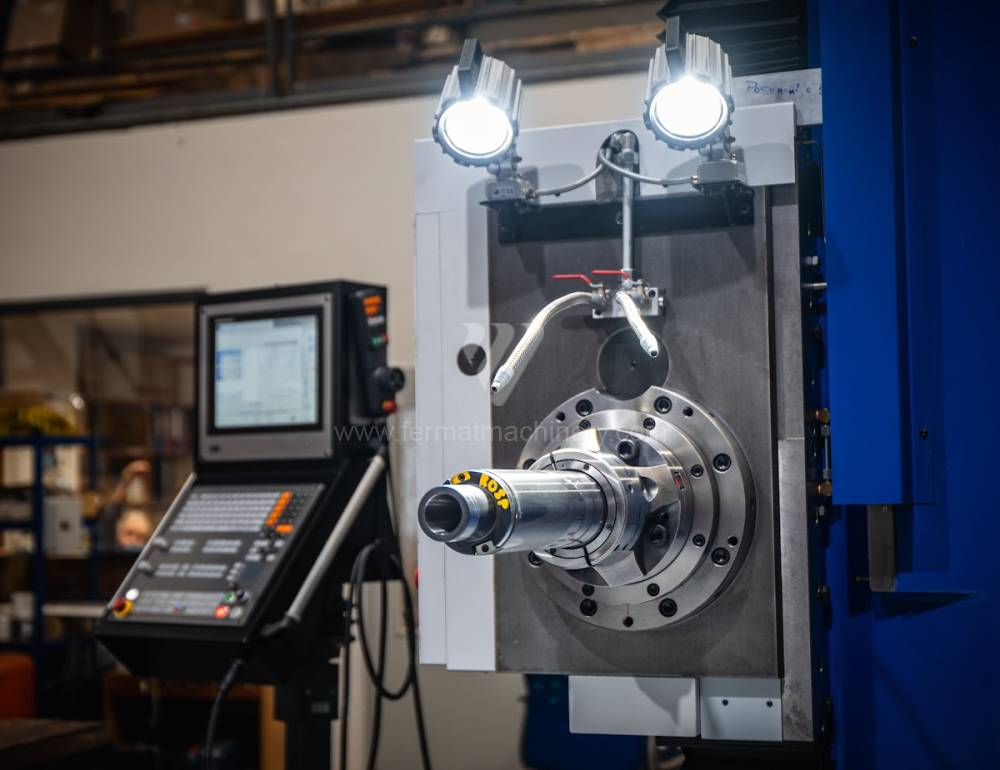
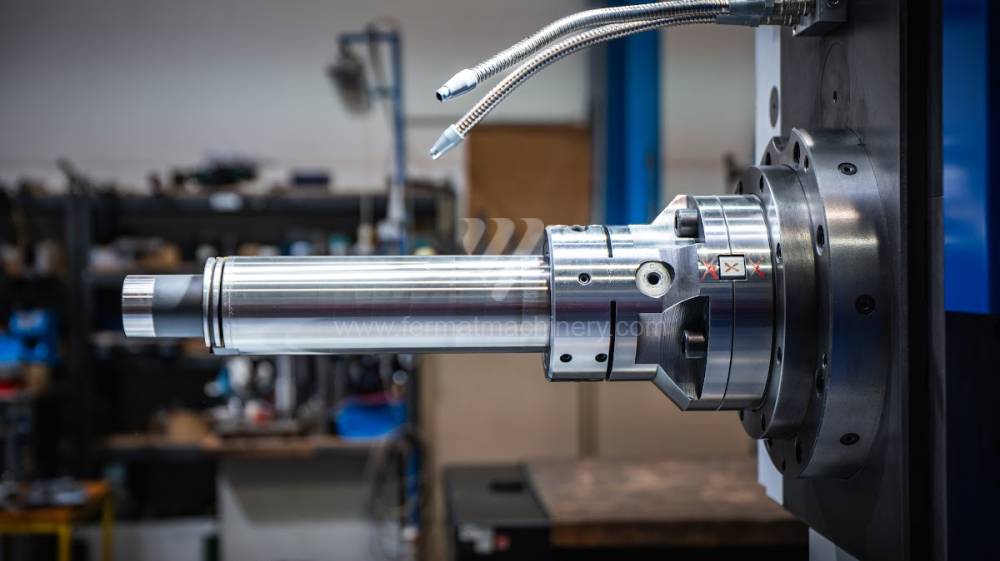
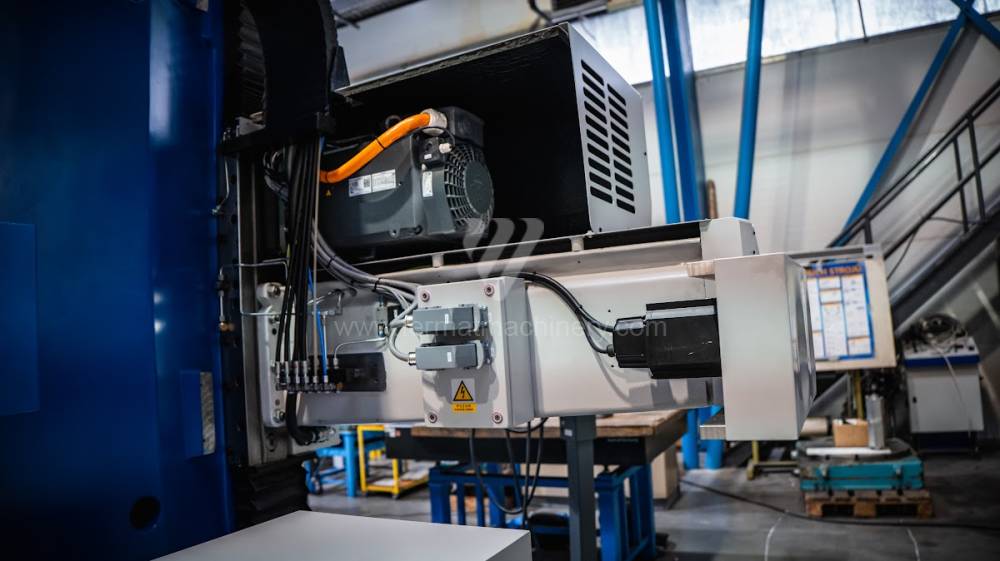
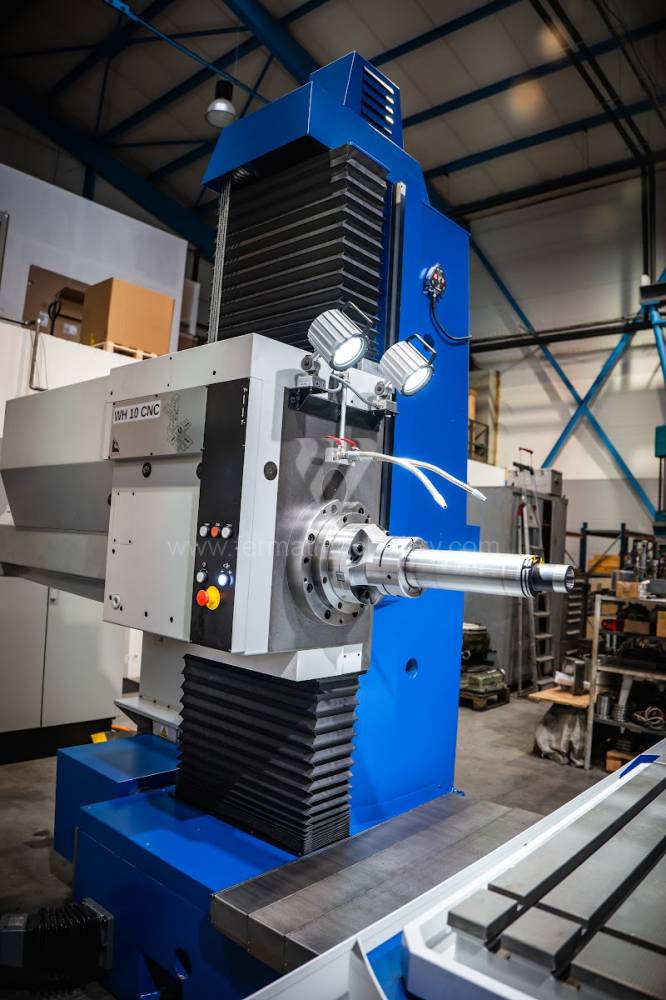

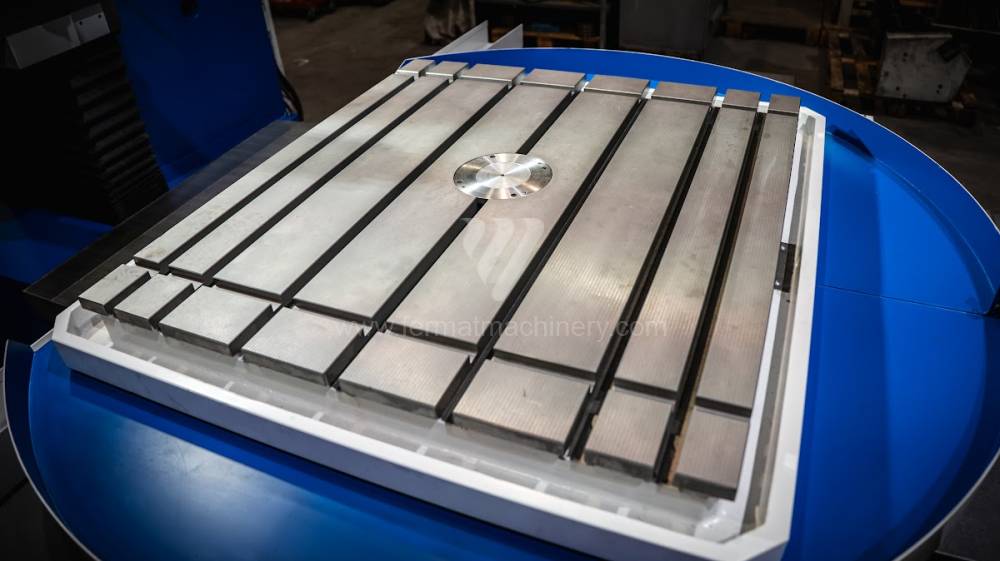
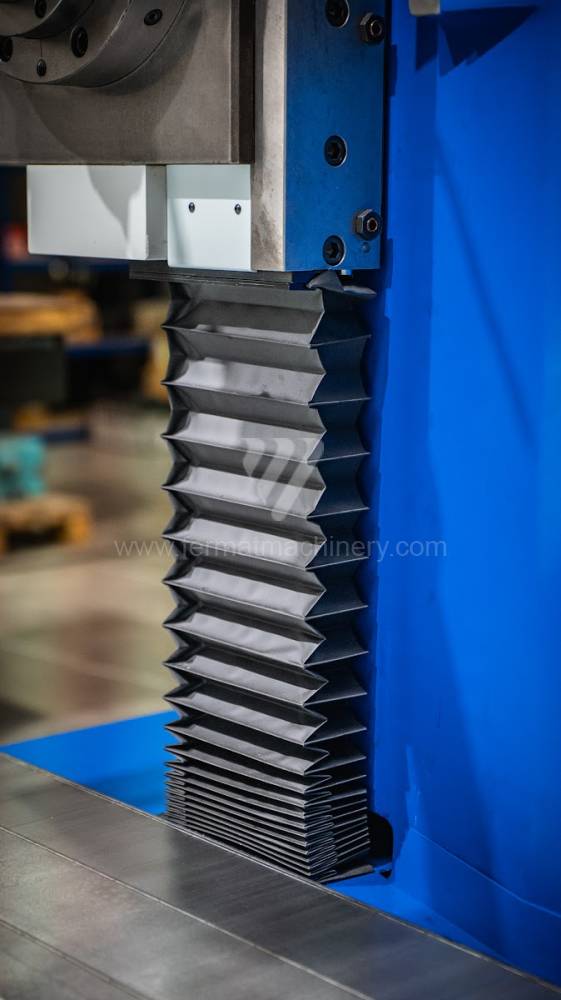
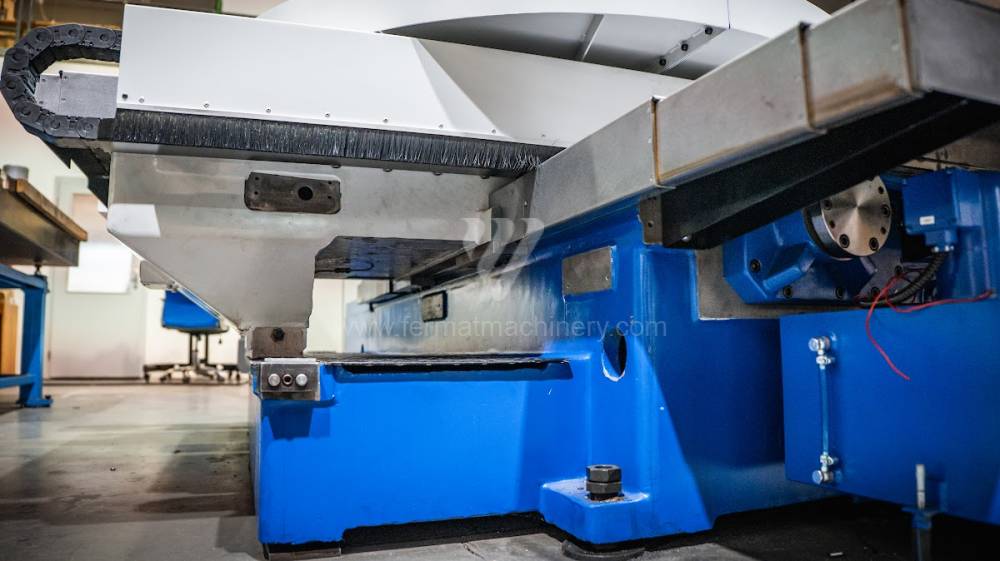
Система управления Heidenhain: TNC 620
Рабочий диаметр шпинделя: 100 mm
Передвижение по оси X: 1250 mm
Передвижение по оси Y: 1030 mm
Обороты шпинделя: 16 - 2500 /min.
Охлаждение через центр шпинделя: Нет
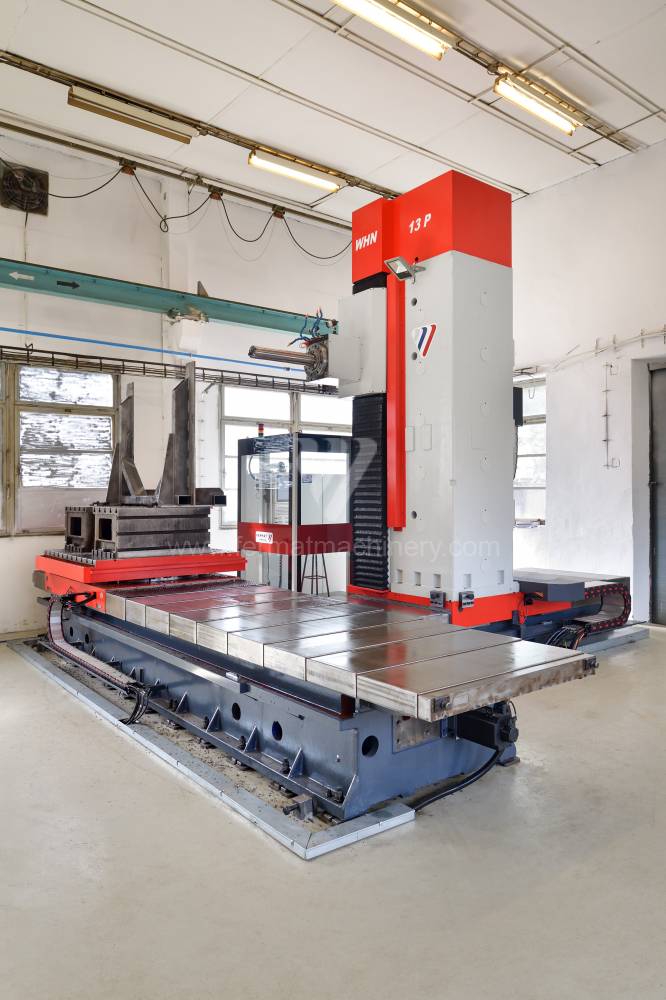
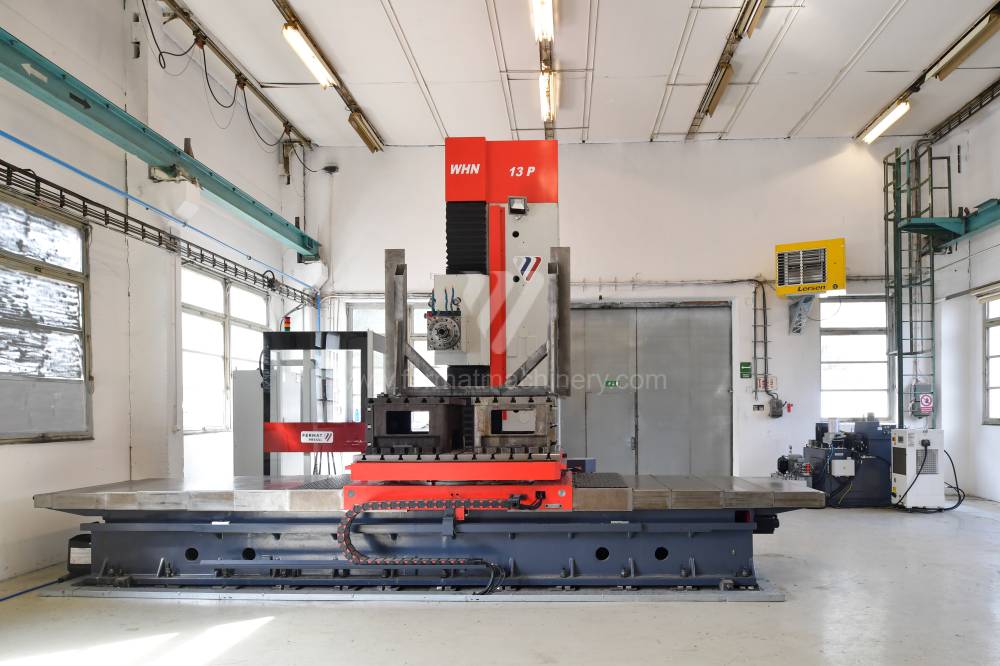
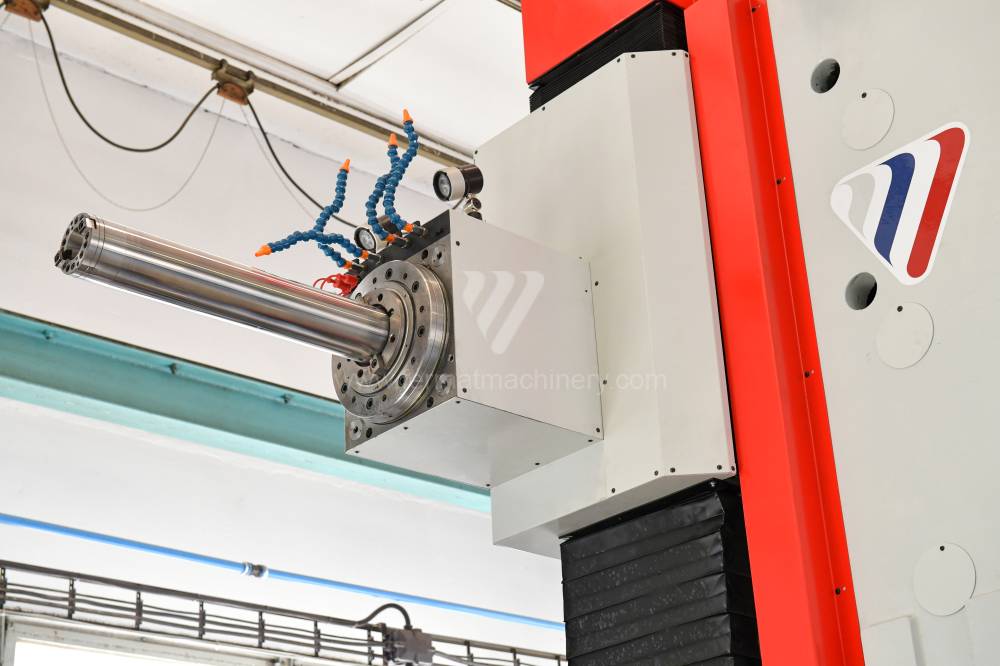
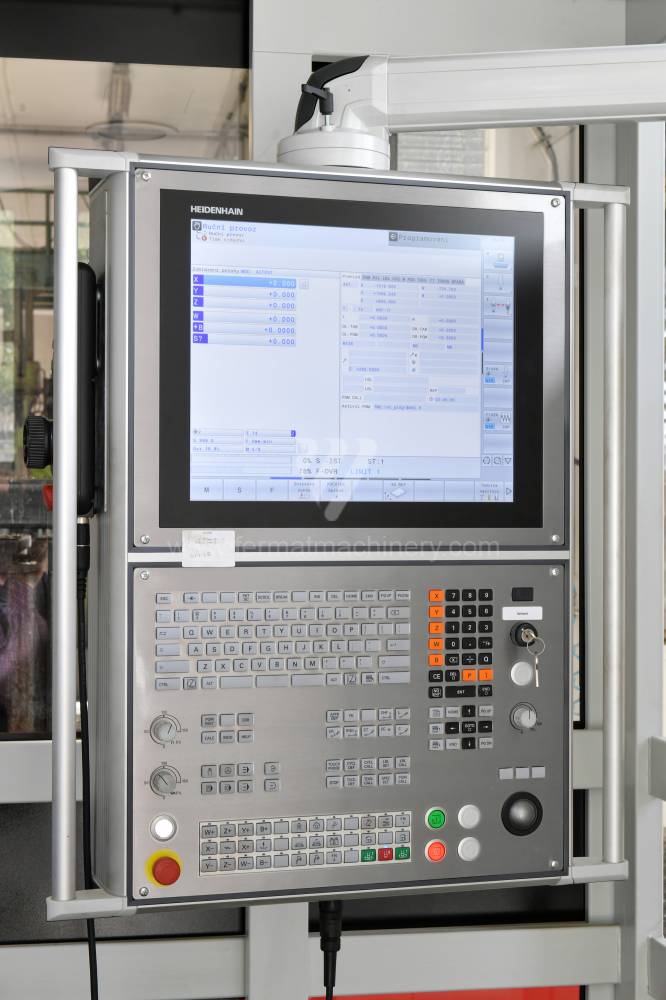
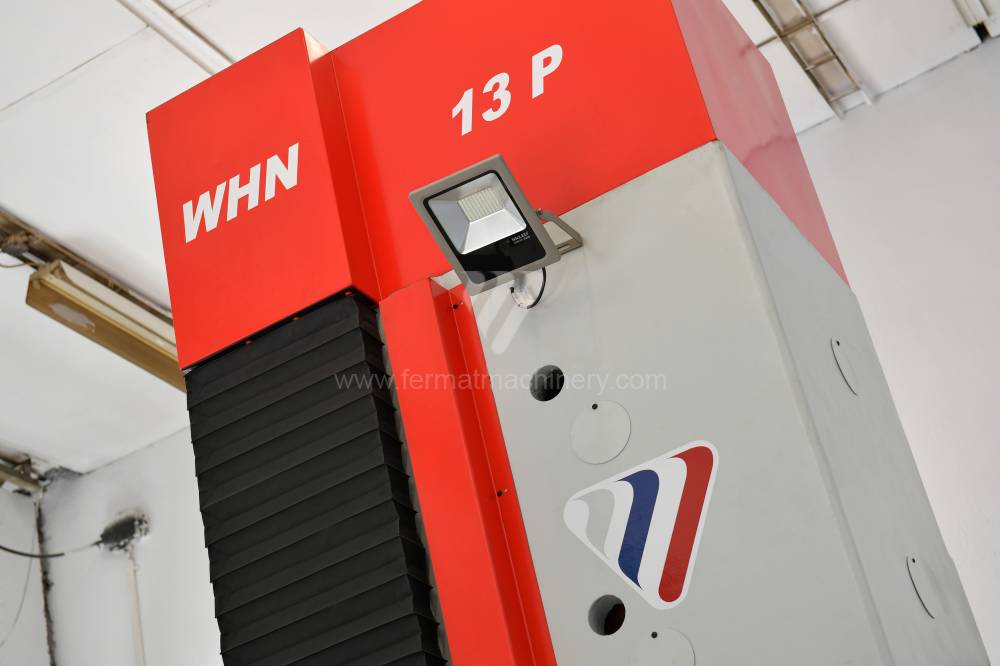
Год изготовления:2024
Система управления Heidenhain: TNC 640
Рабочий диаметр шпинделя: 130 mm
Передвижение по оси X: 3500 mm
Передвижение по оси Y: 2000 mm
Обороты шпинделя: 10 - 3000 /min.
Охлаждение через центр шпинделя: Да
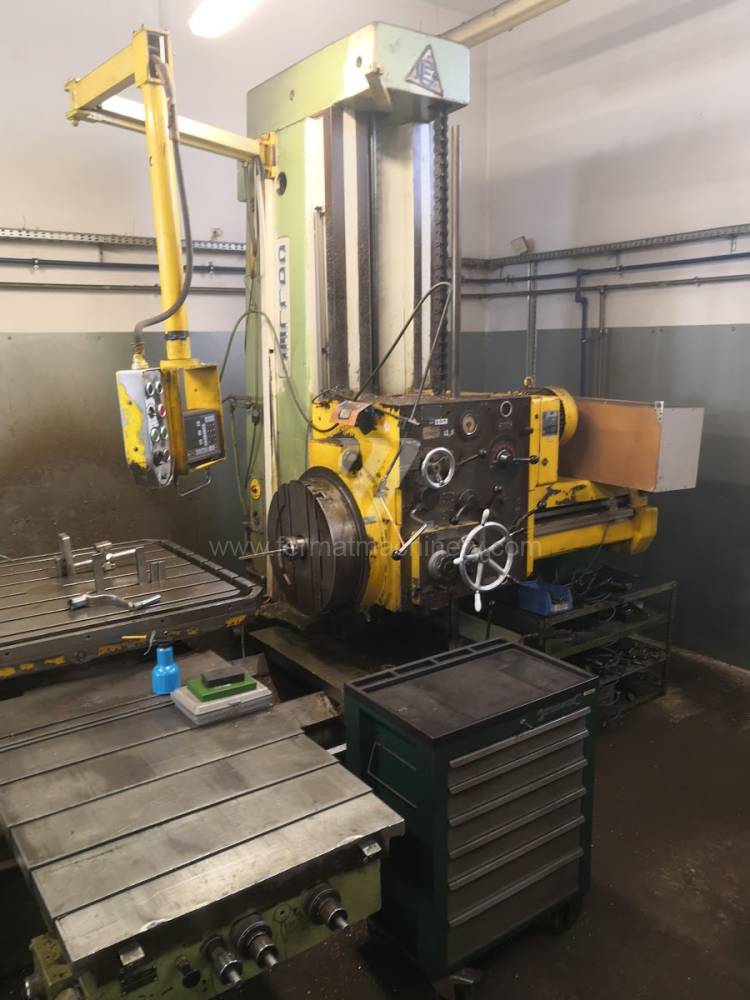
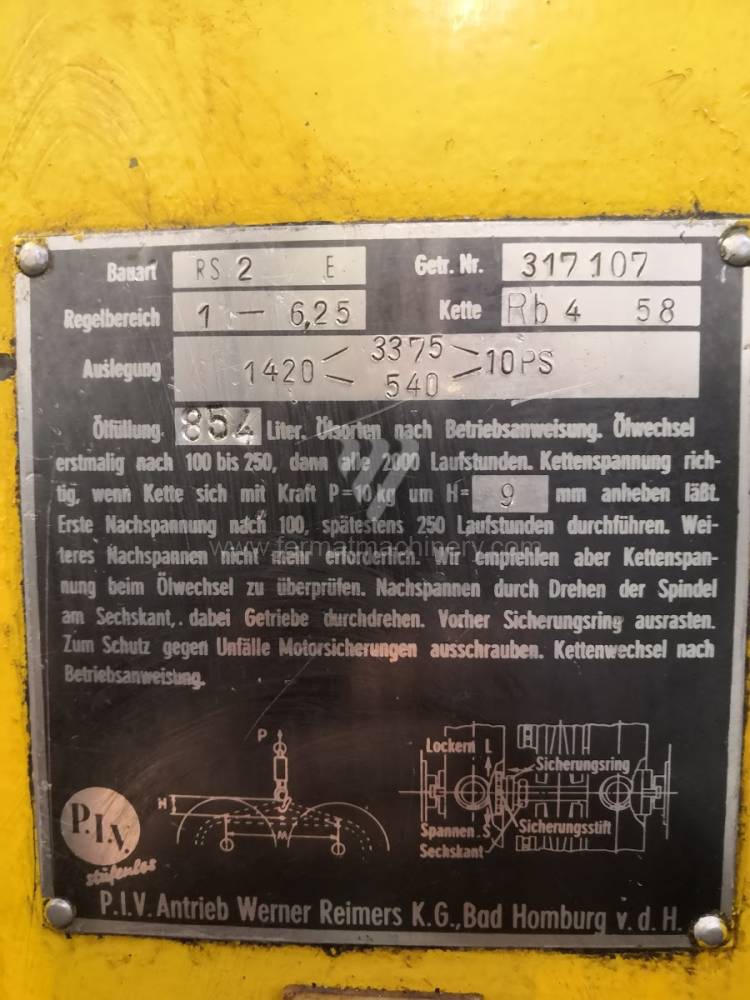


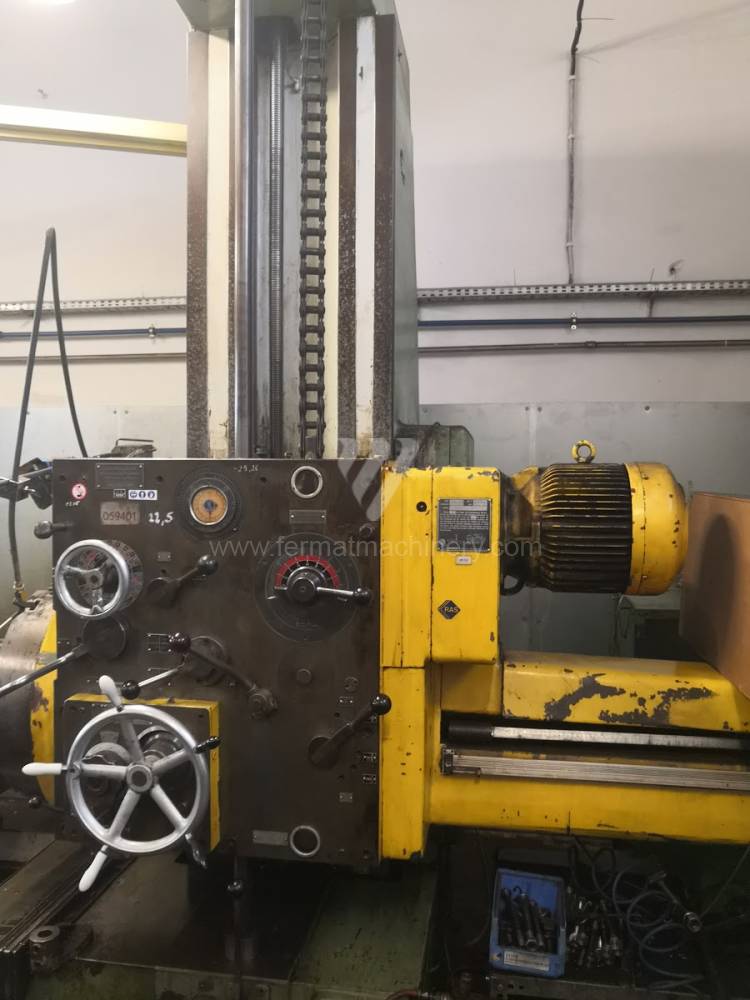
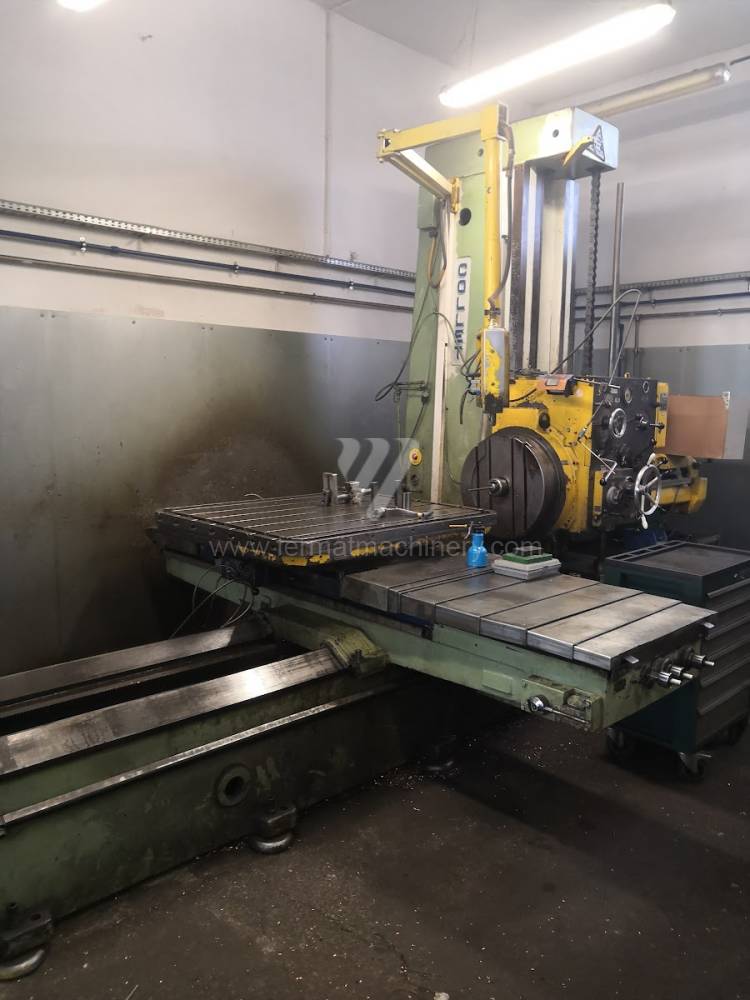
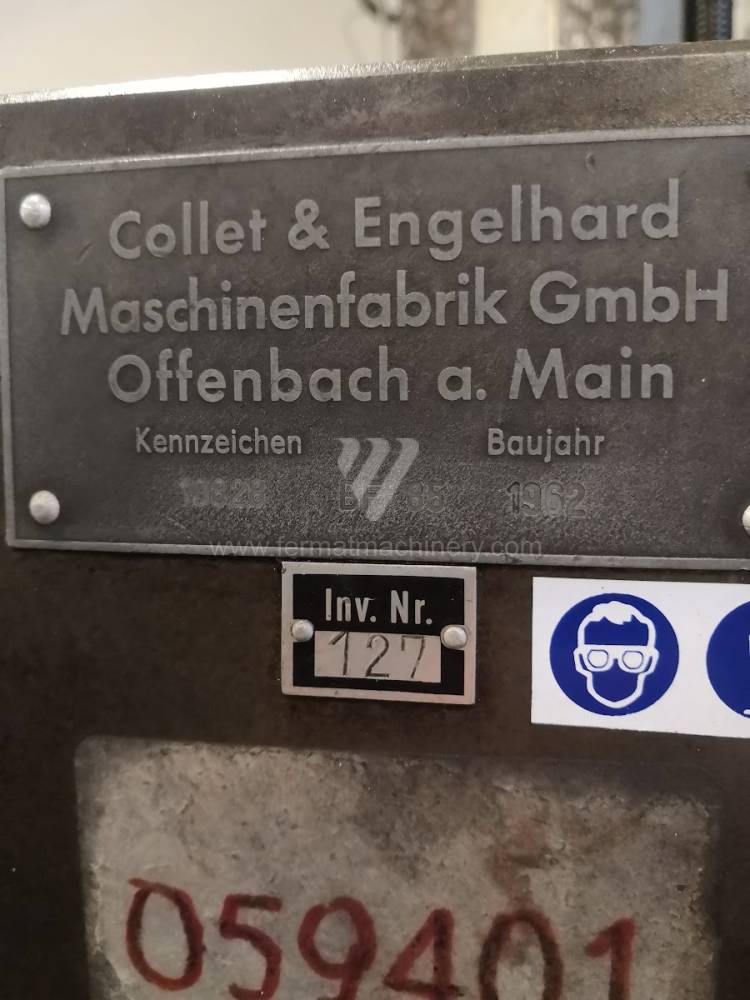
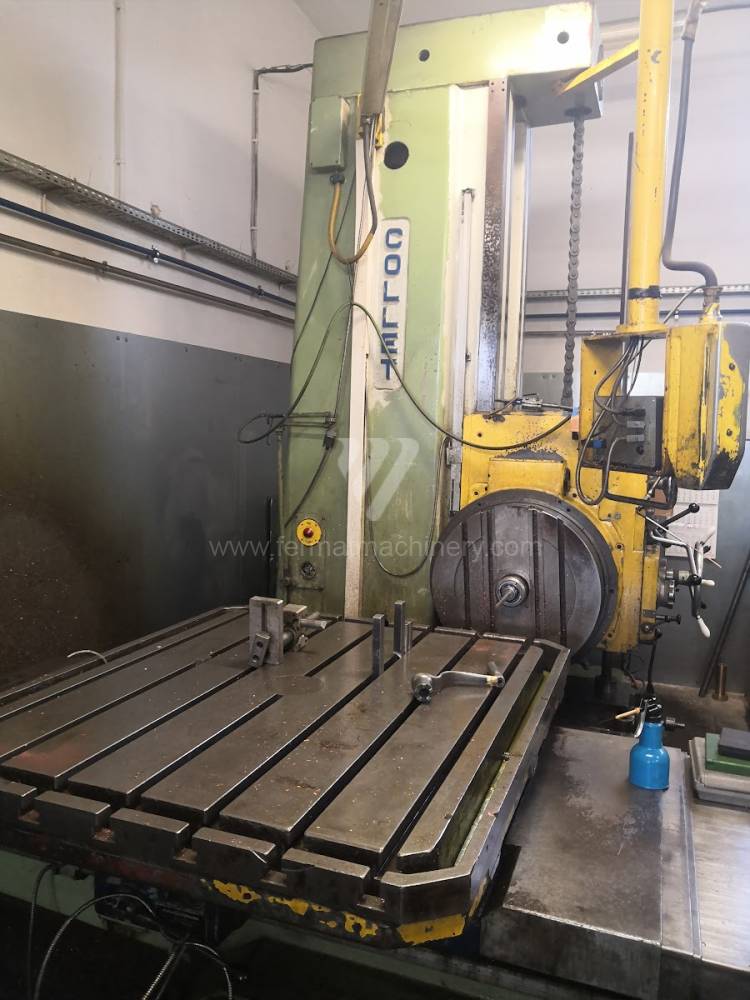
Год изготовления:1962
Рабочий диаметр шпинделя: 85 mm
Передвижение по оси X: 1000 mm
Передвижение по оси Y: 900 mm
Обороты шпинделя: 4 - 1000 /min.
Охлаждение через центр шпинделя: Нет
Выдвижение шпинделя (W): 700 mm
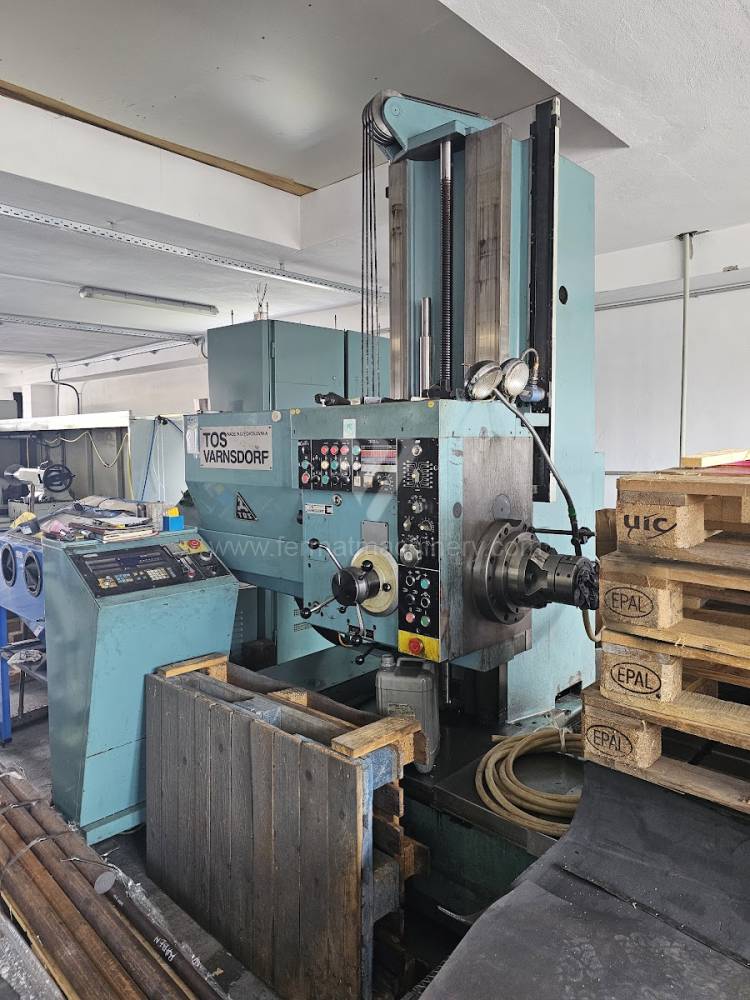
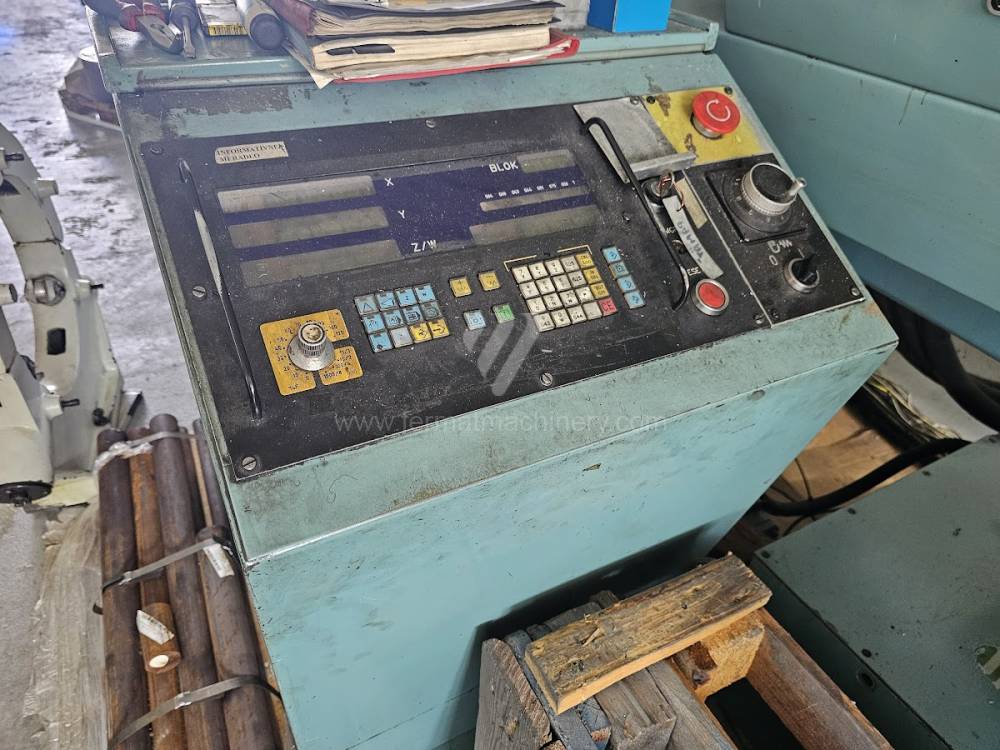
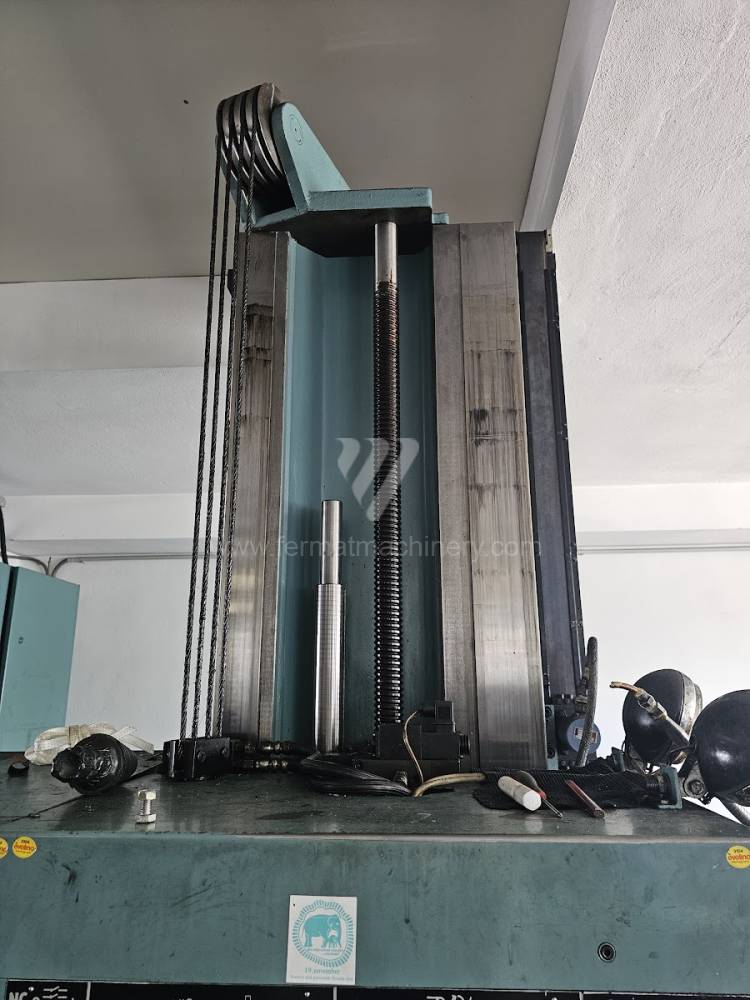
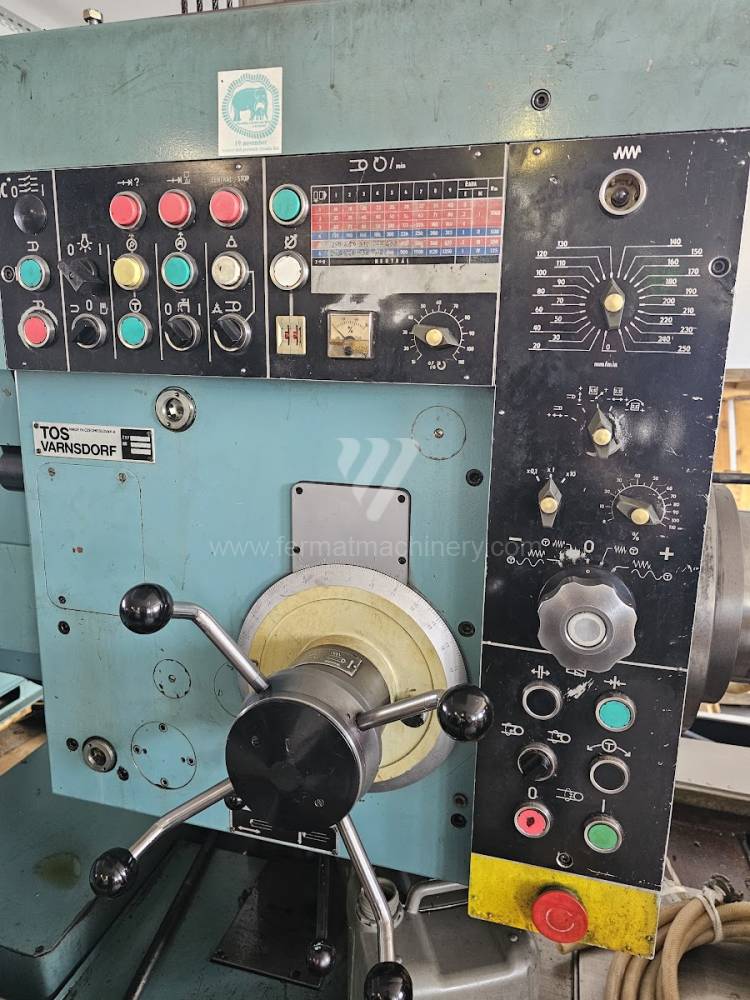
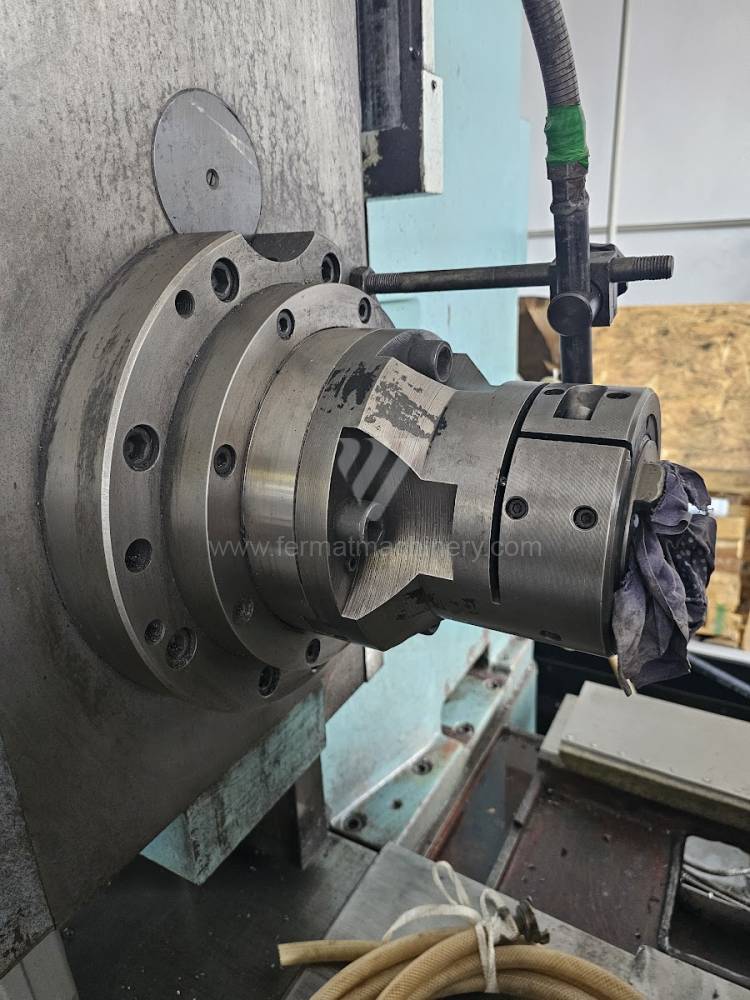
Год изготовления:1991
Система управления Tesla: NS 670
Рабочий диаметр шпинделя: 100 mm
Передвижение по оси X: 1250 mm
Передвижение по оси Y: 900 mm
Обороты шпинделя: 16 - 1250 /min.
Охлаждение через центр шпинделя: Нет
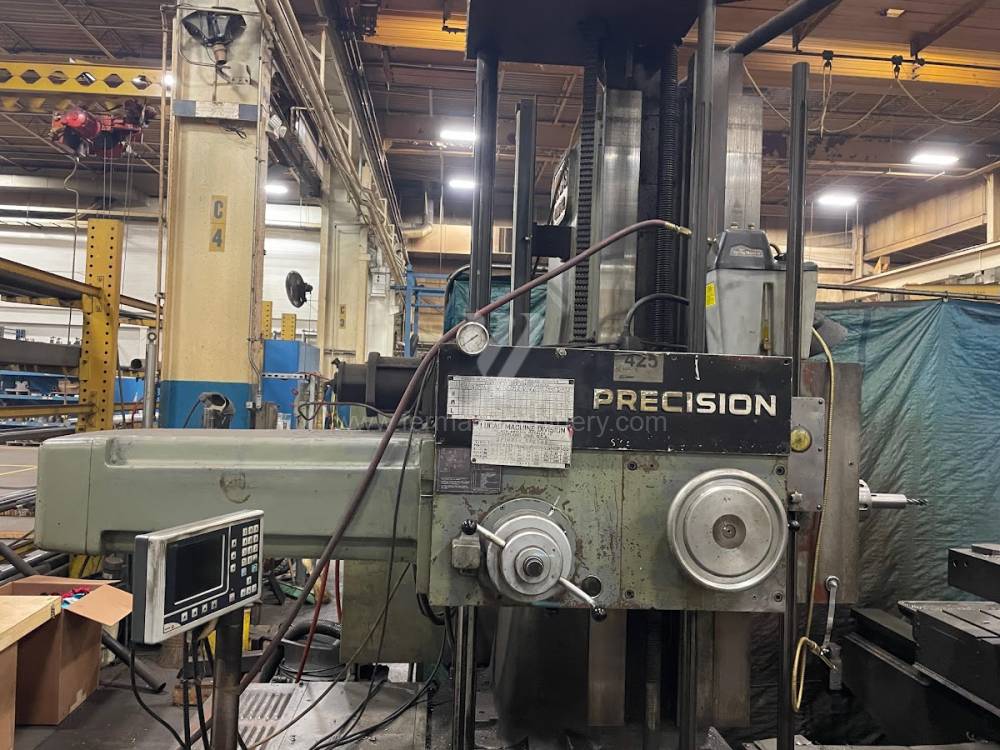
Год изготовления:1967
Рабочий диаметр шпинделя: 100 mm
Передвижение по оси X: 1500 mm
Передвижение по оси Y: 1200 mm
Обороты шпинделя: 15 - 1550 /min.
Охлаждение через центр шпинделя: Нет
Выдвижение шпинделя (W): 600 mm
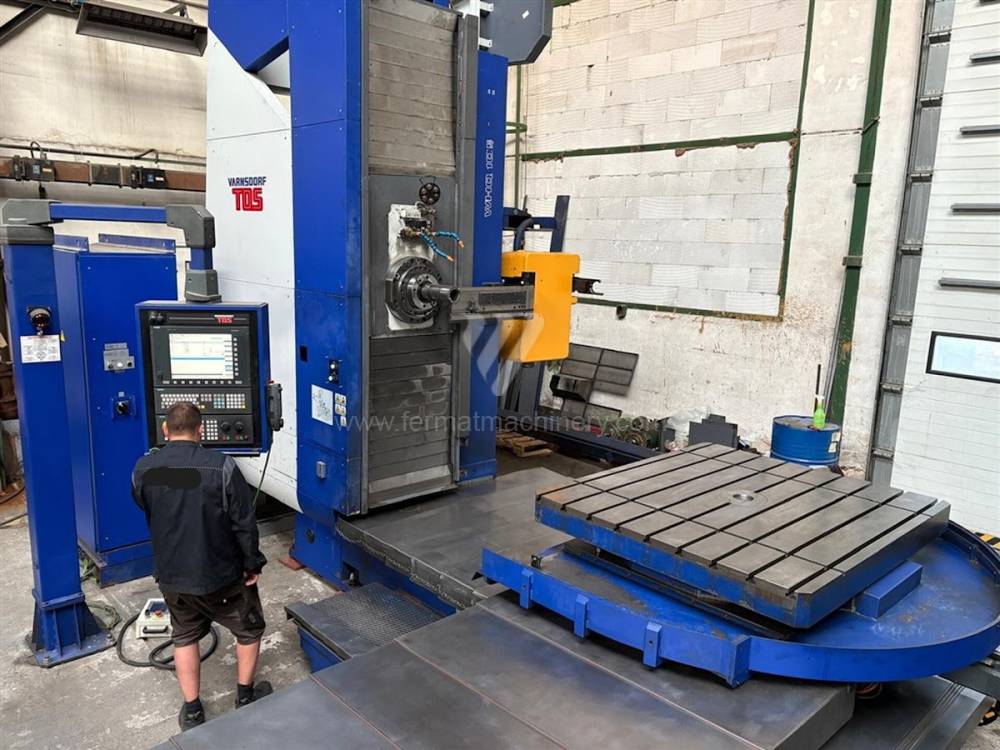
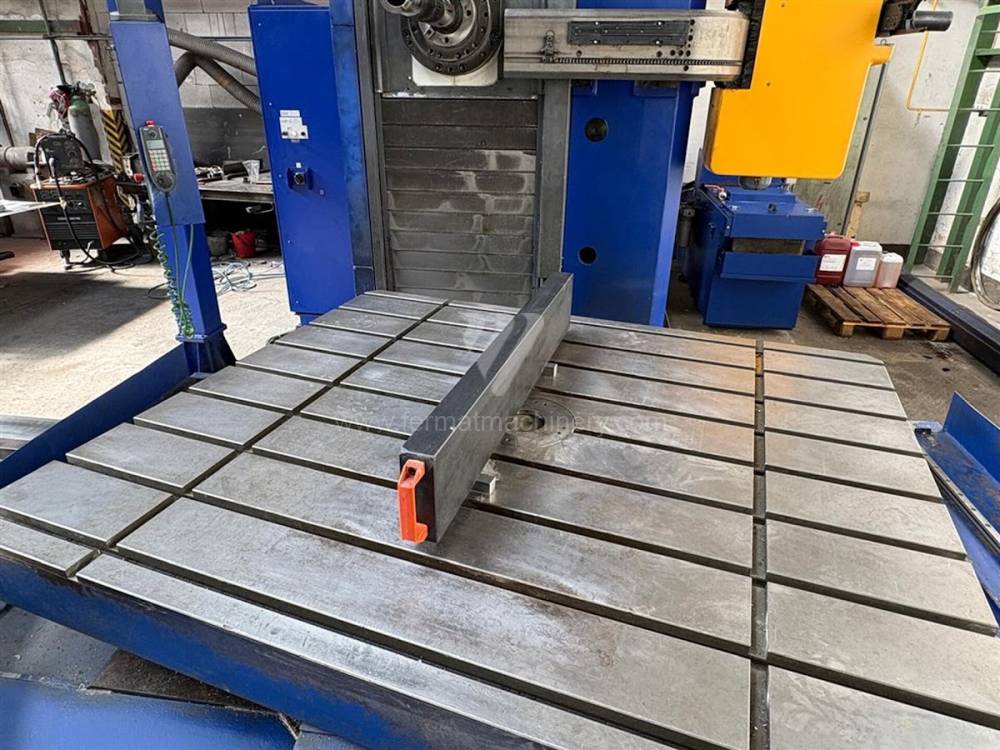
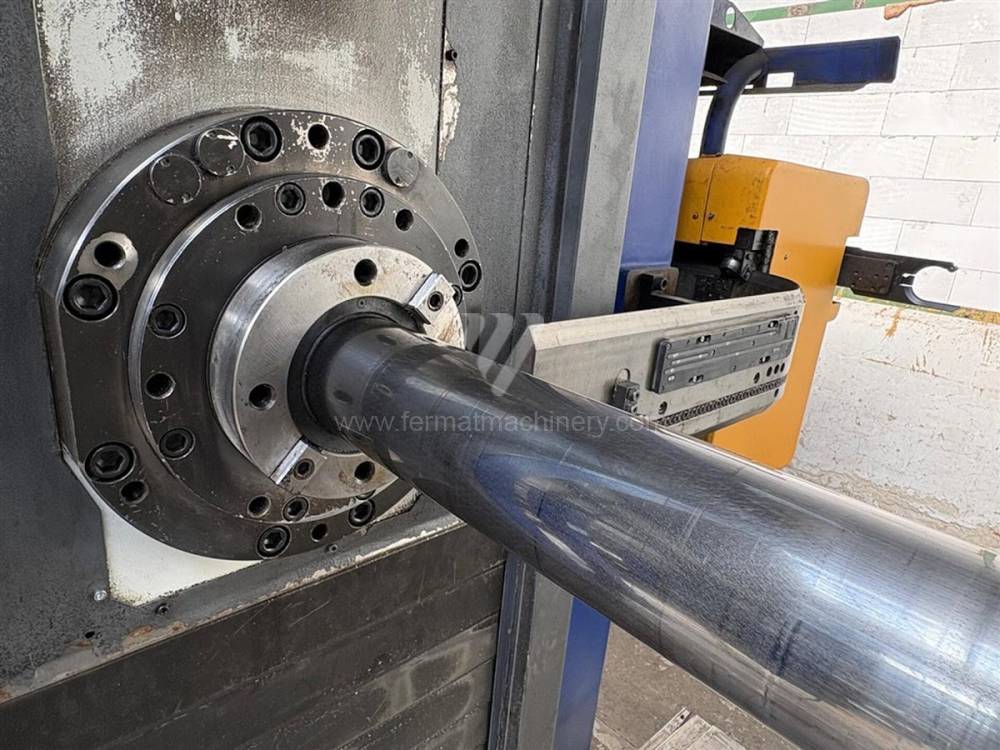
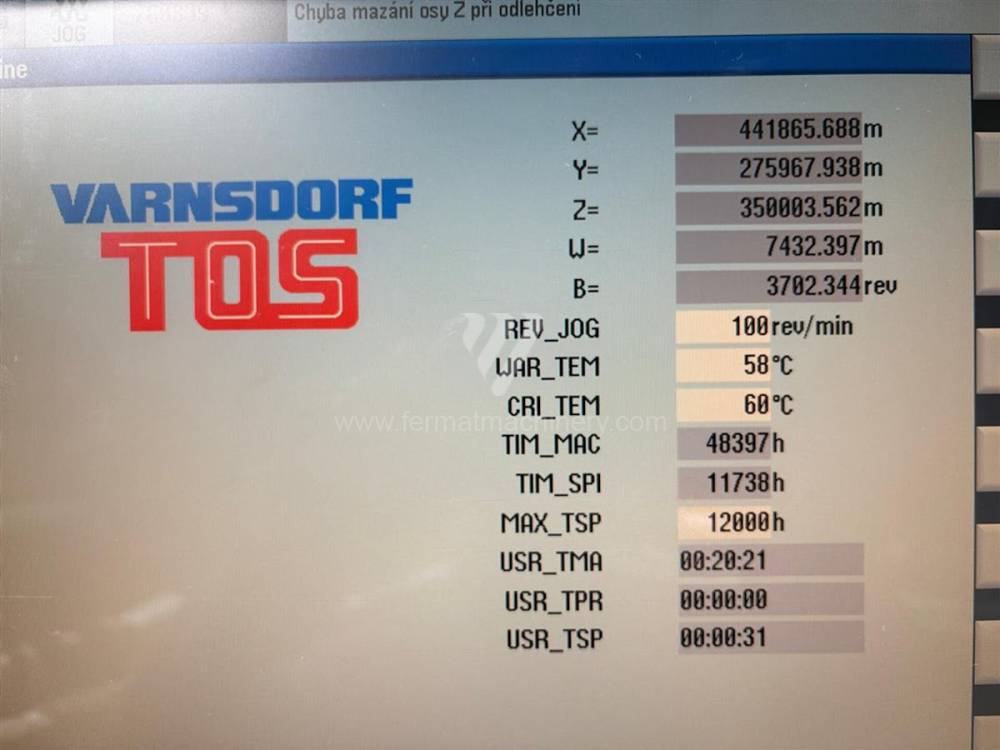
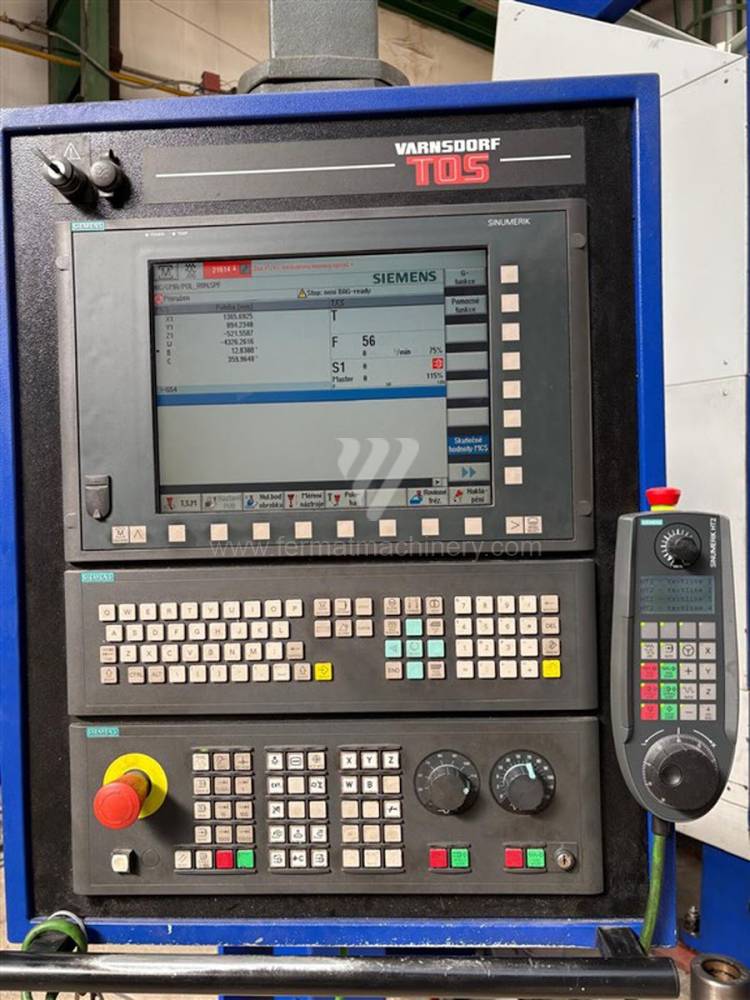
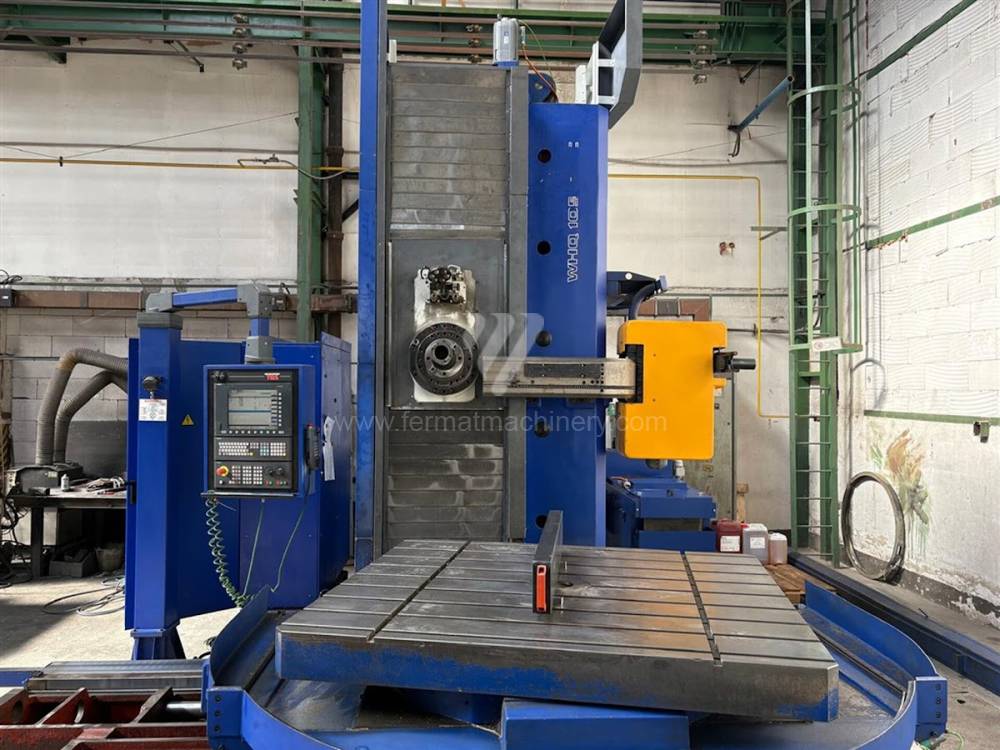
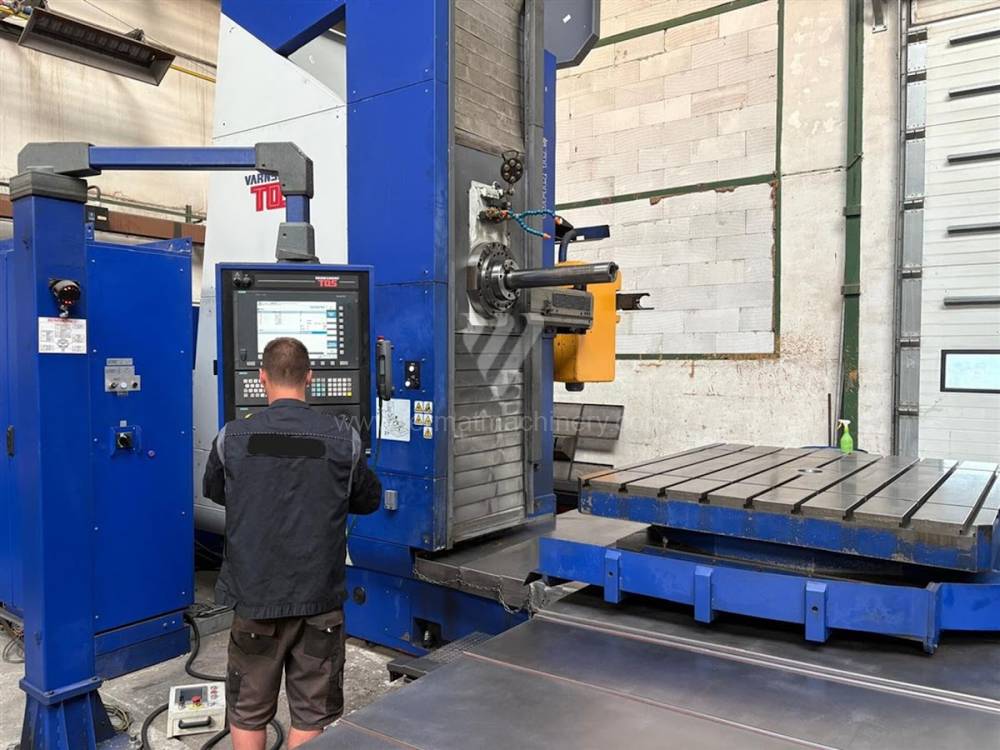
Год изготовления:2015
Система управления Siemens: Sinumerik 840 D
Рабочий диаметр шпинделя: 105 mm
Передвижение по оси X: 1800 mm
Передвижение по оси Y: 1600 mm
Обороты шпинделя: 0 - 3300 /min.
Охлаждение через центр шпинделя: Да
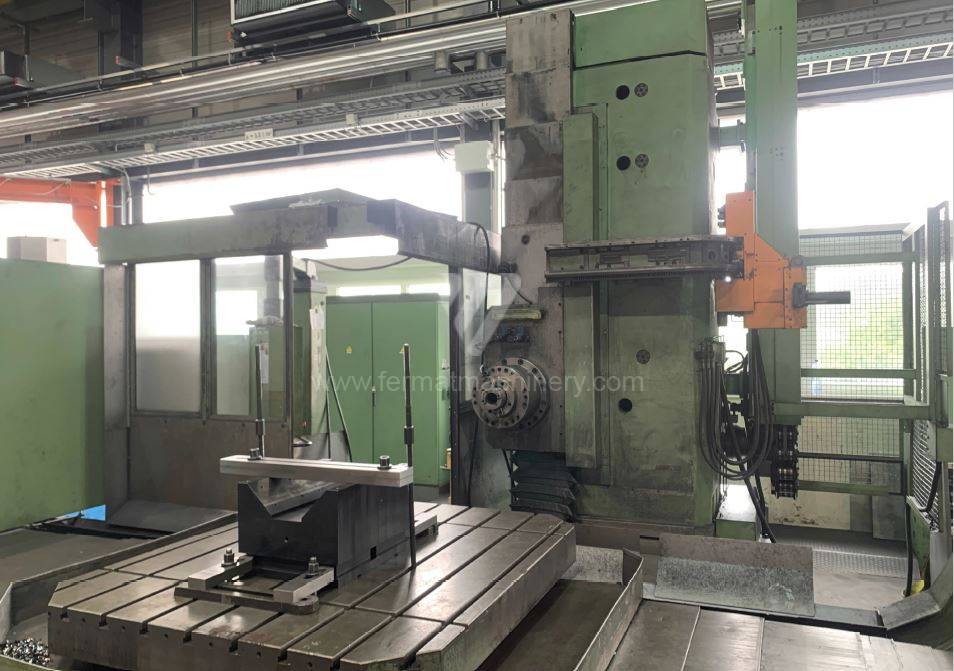
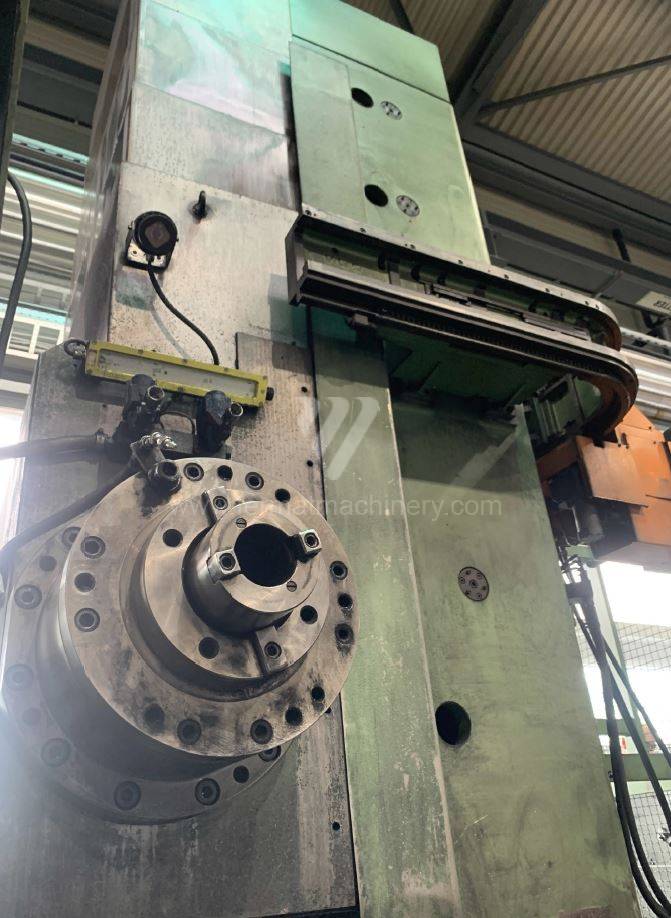
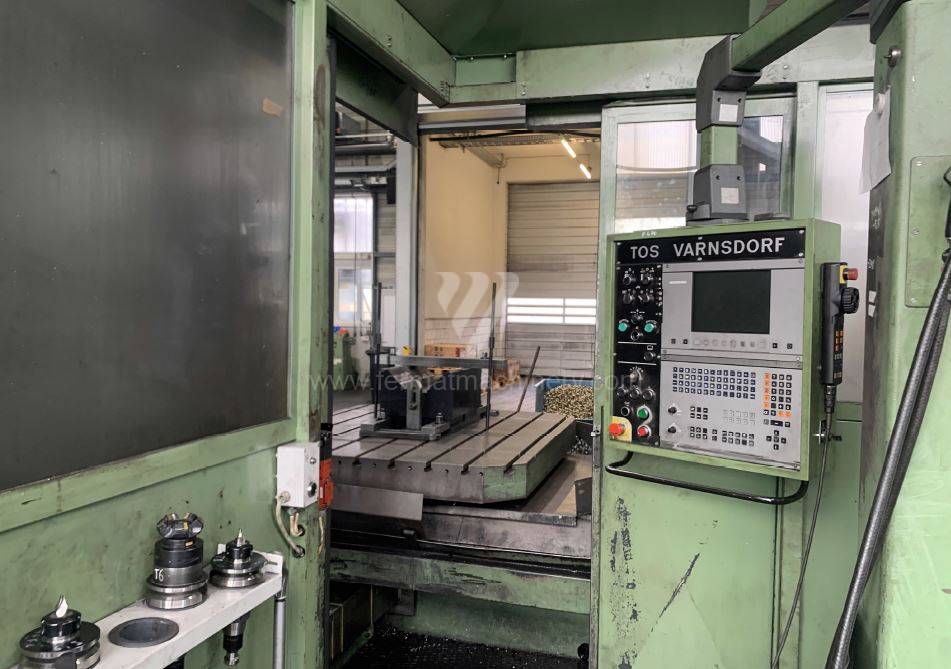
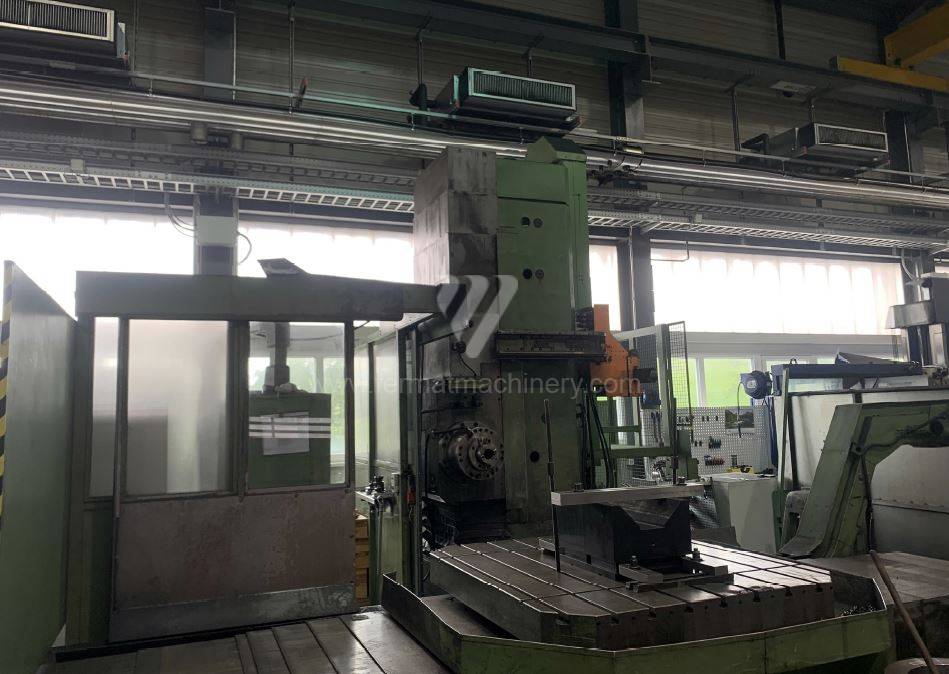
Год изготовления:1999
Система управления Heidenhain: TNC 426
Рабочий диаметр шпинделя: 110 mm
Передвижение по оси X: 2000 mm
Передвижение по оси Y: 1400 mm
Обороты шпинделя: 0 - 2000 /min.
Охлаждение через центр шпинделя: Нет
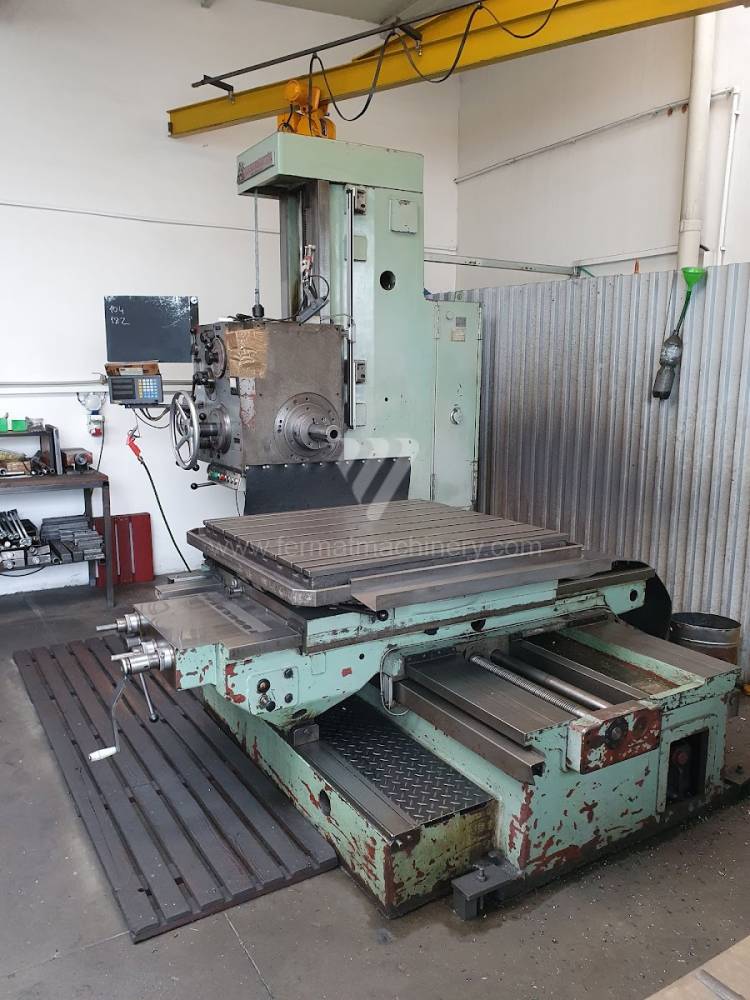
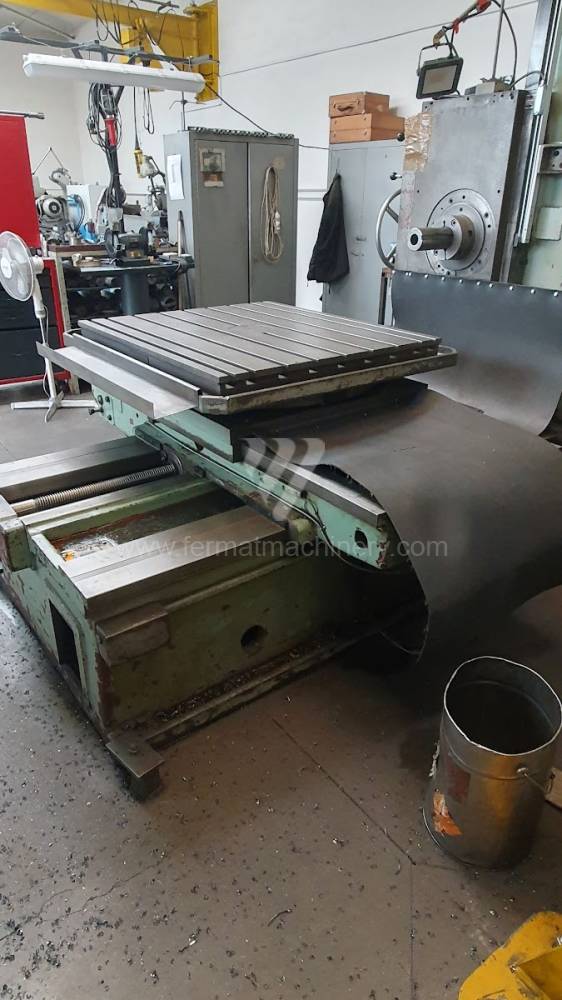
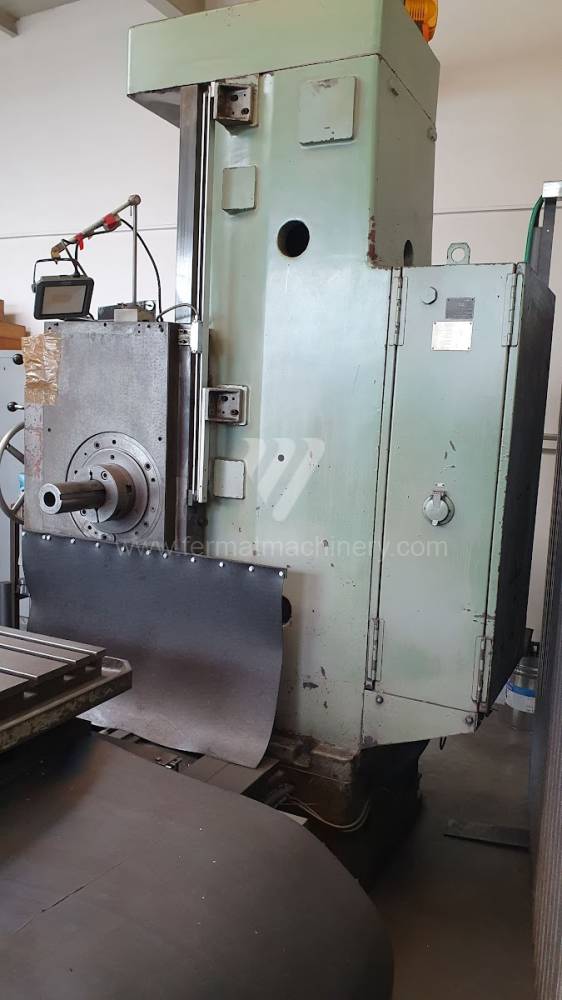
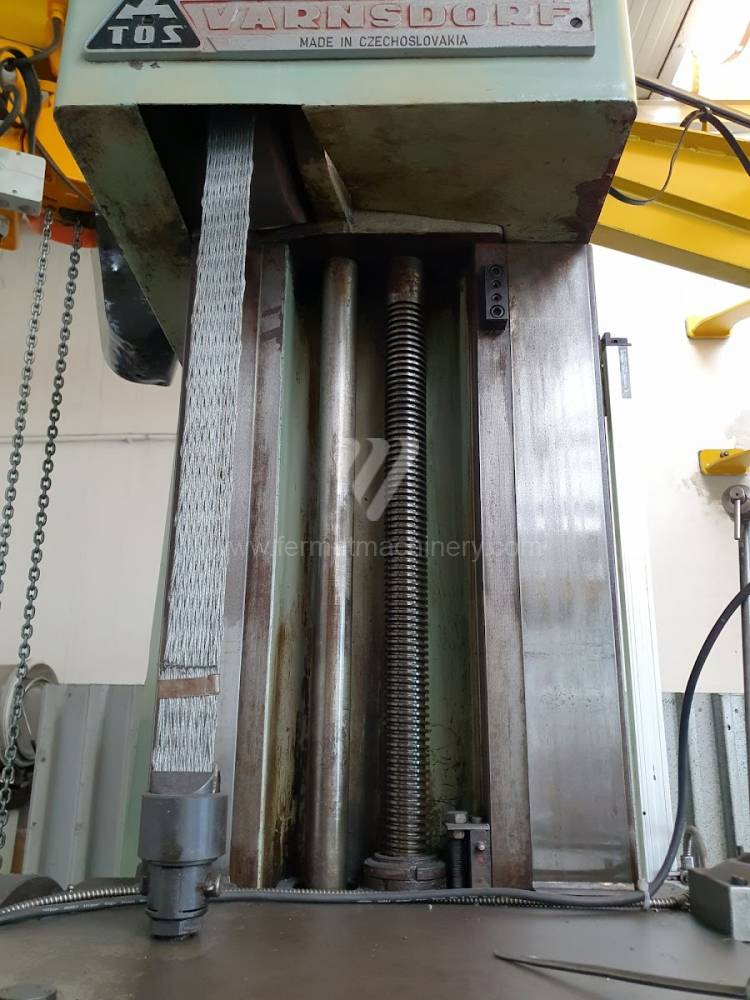
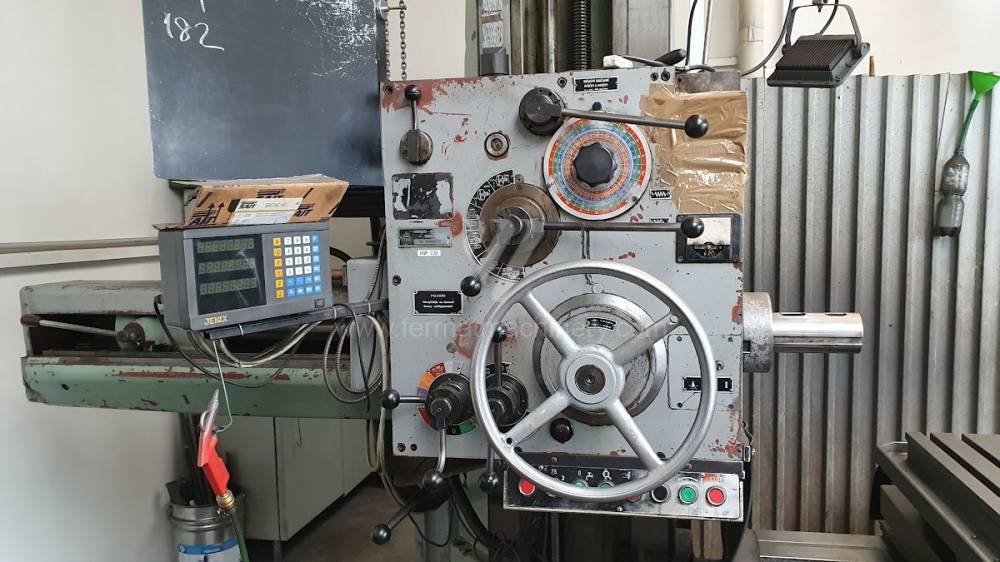
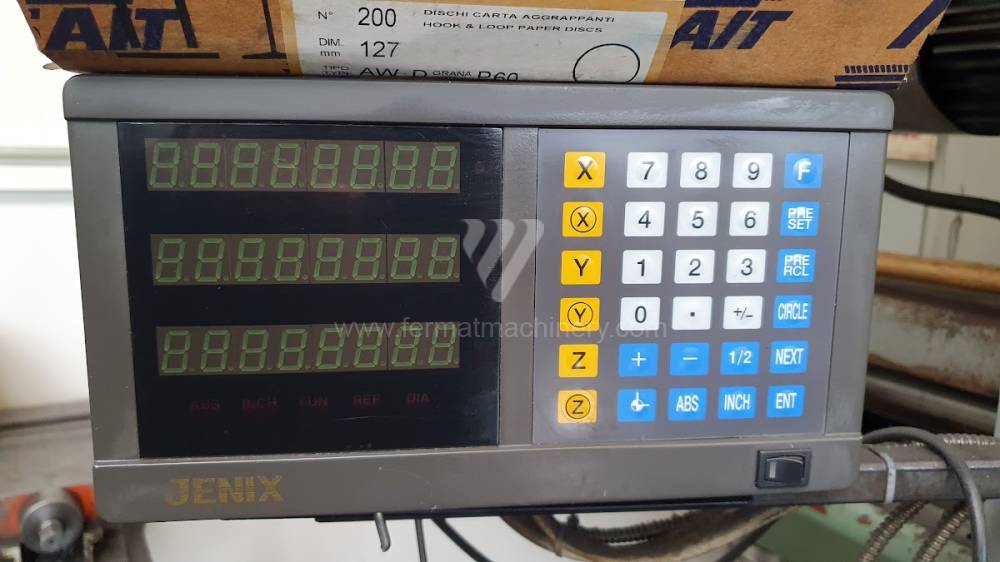

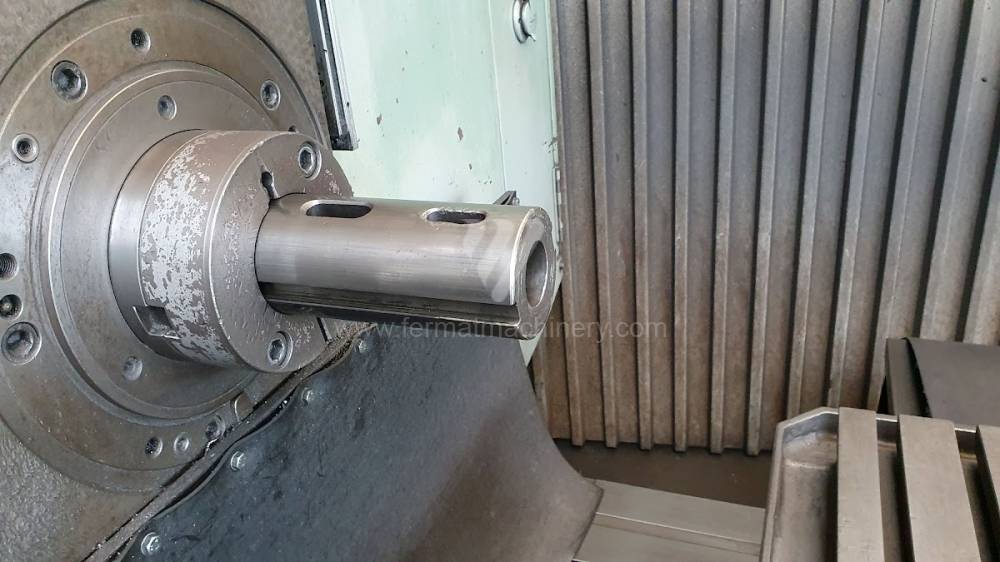
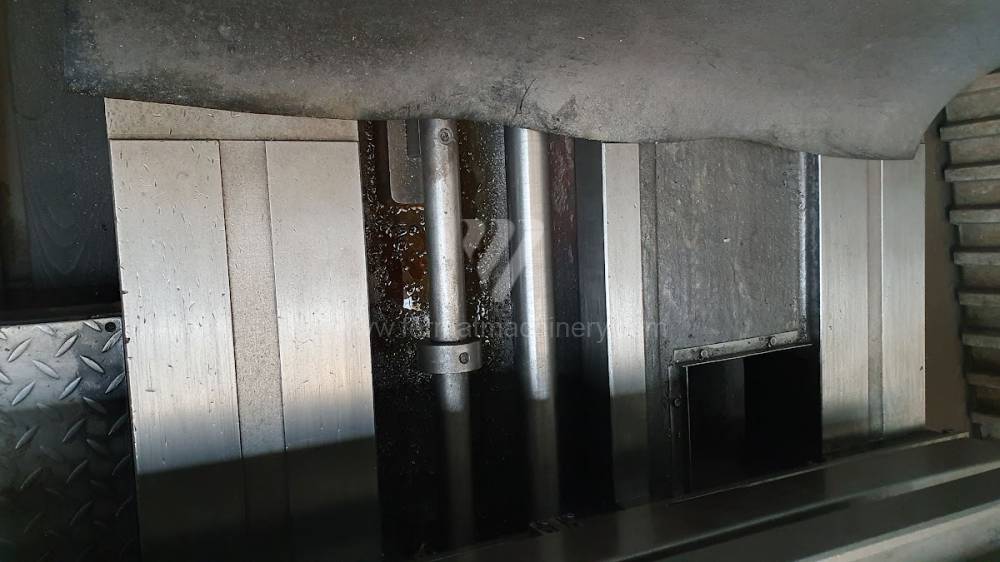
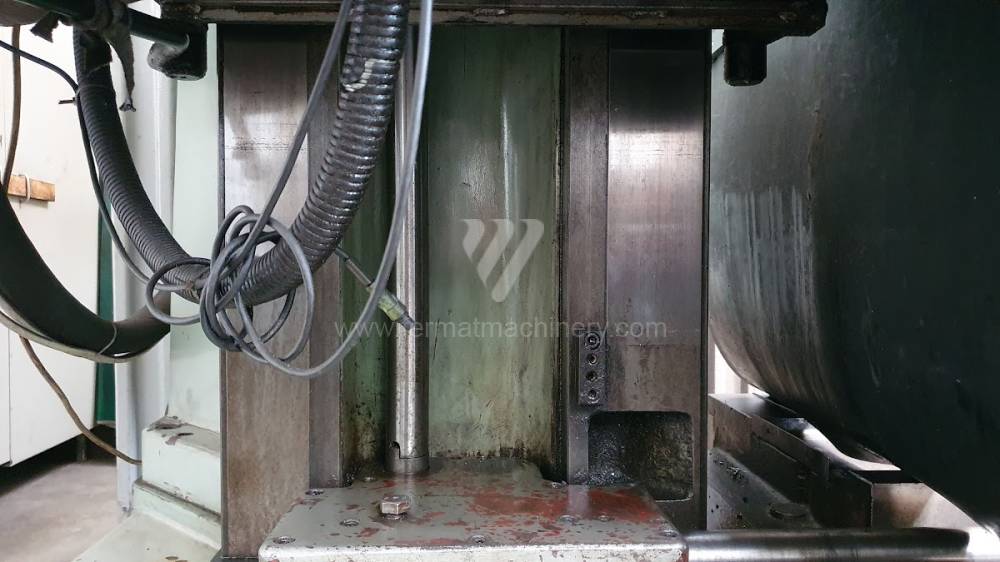
Год изготовления:1975
Рабочий диаметр шпинделя: 90 mm
Передвижение по оси X: 1000 mm
Передвижение по оси Y: 900 mm
Обороты шпинделя: 0 - 1400 /min.
Охлаждение через центр шпинделя: Нет
Выдвижение шпинделя (W): 710 mm
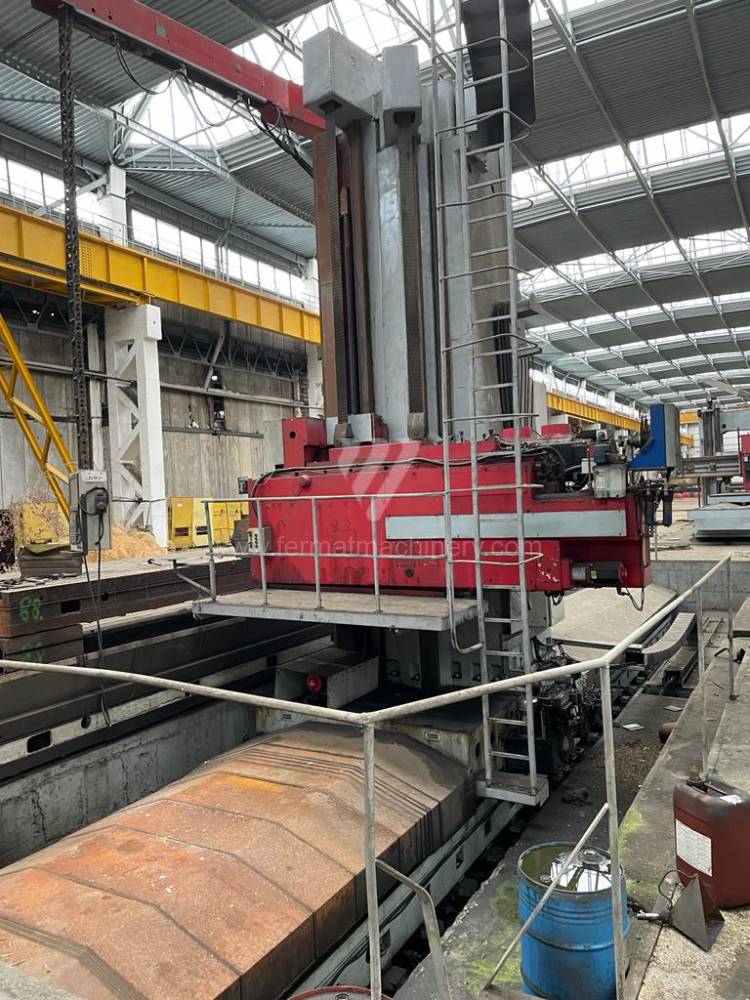
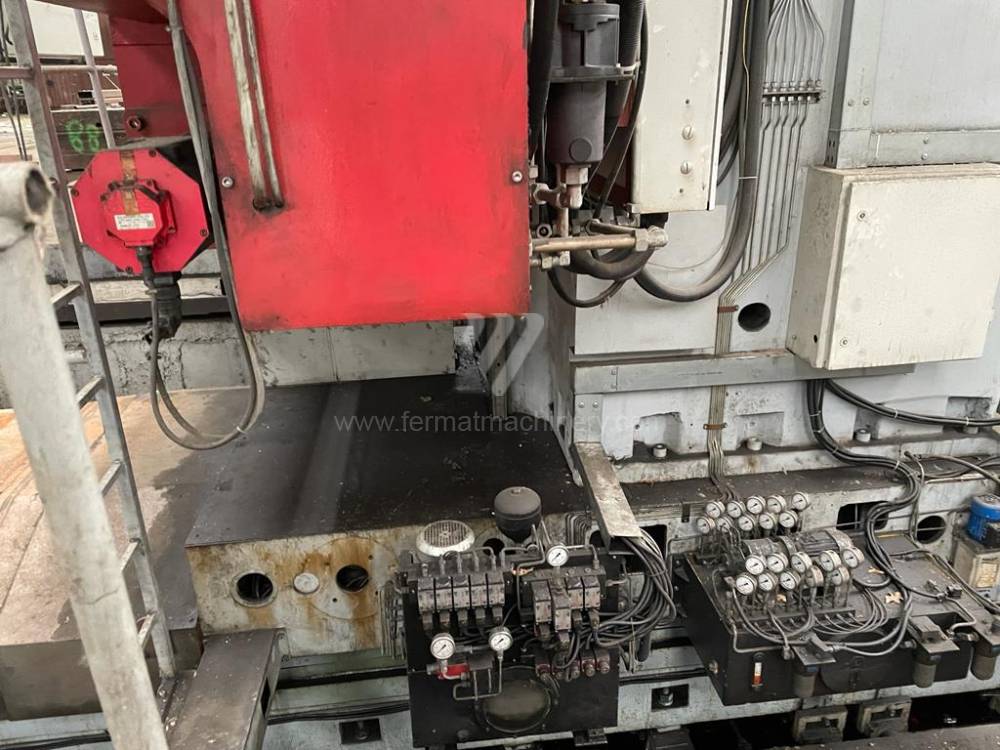
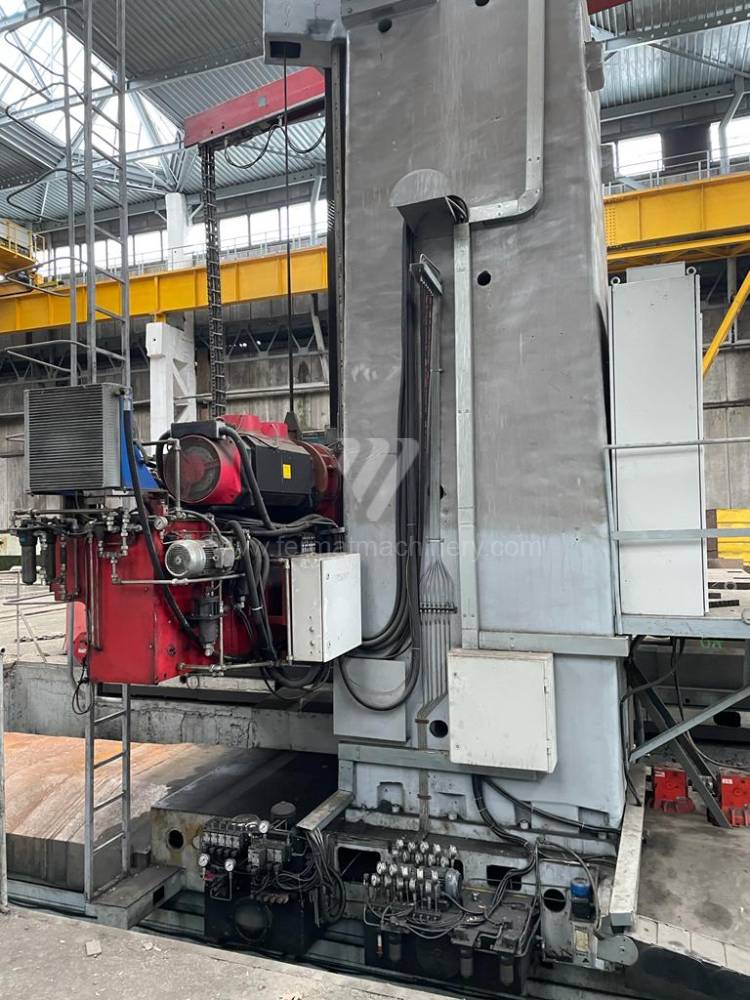
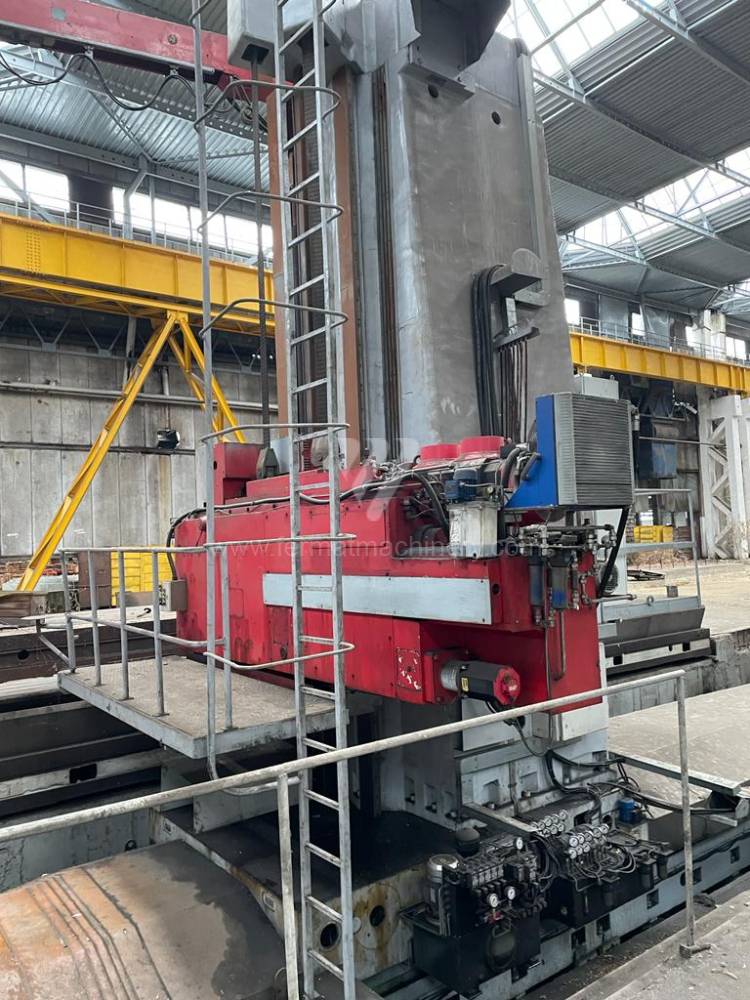
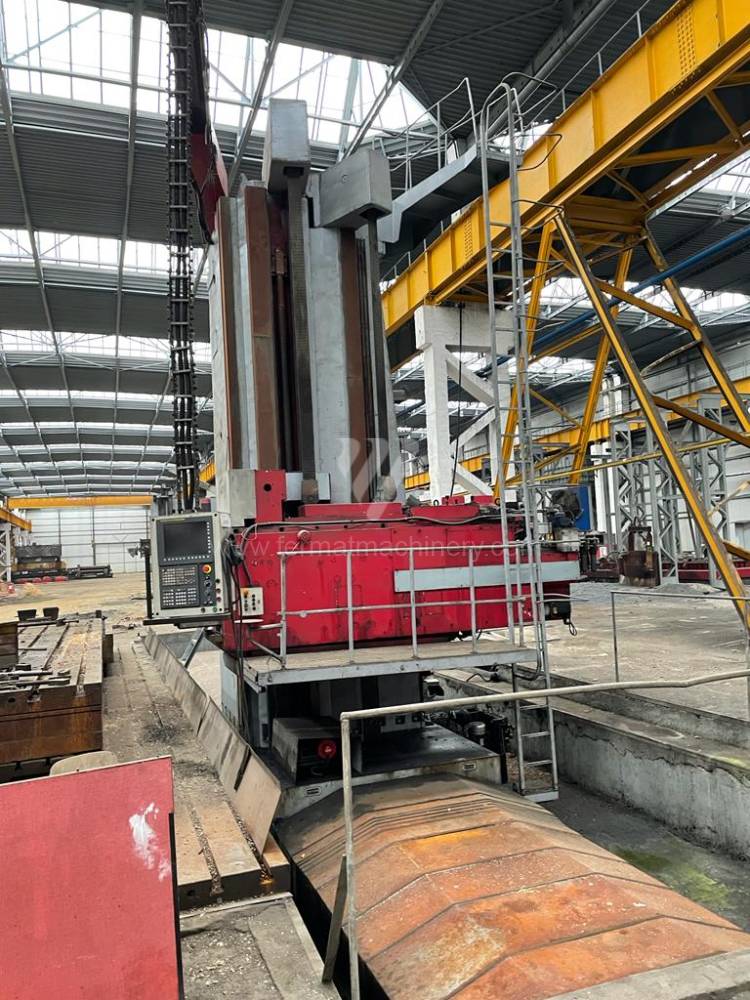
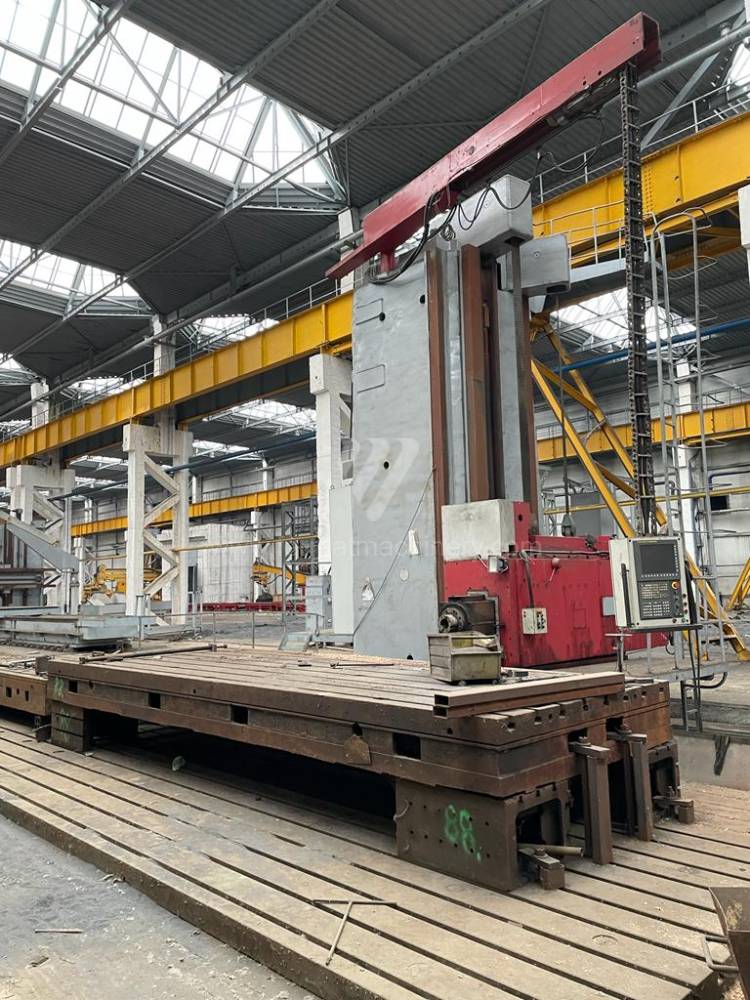
Год изготовления:2009
Система управления Fanuc: Fanuc 32i
Рабочий диаметр шпинделя: 180 mm
Передвижение по оси X: 9130 mm
Передвижение по оси Y: 3980 mm
Перемещение по оси Z: 1900 mm/min
Ось W: 1200 mm
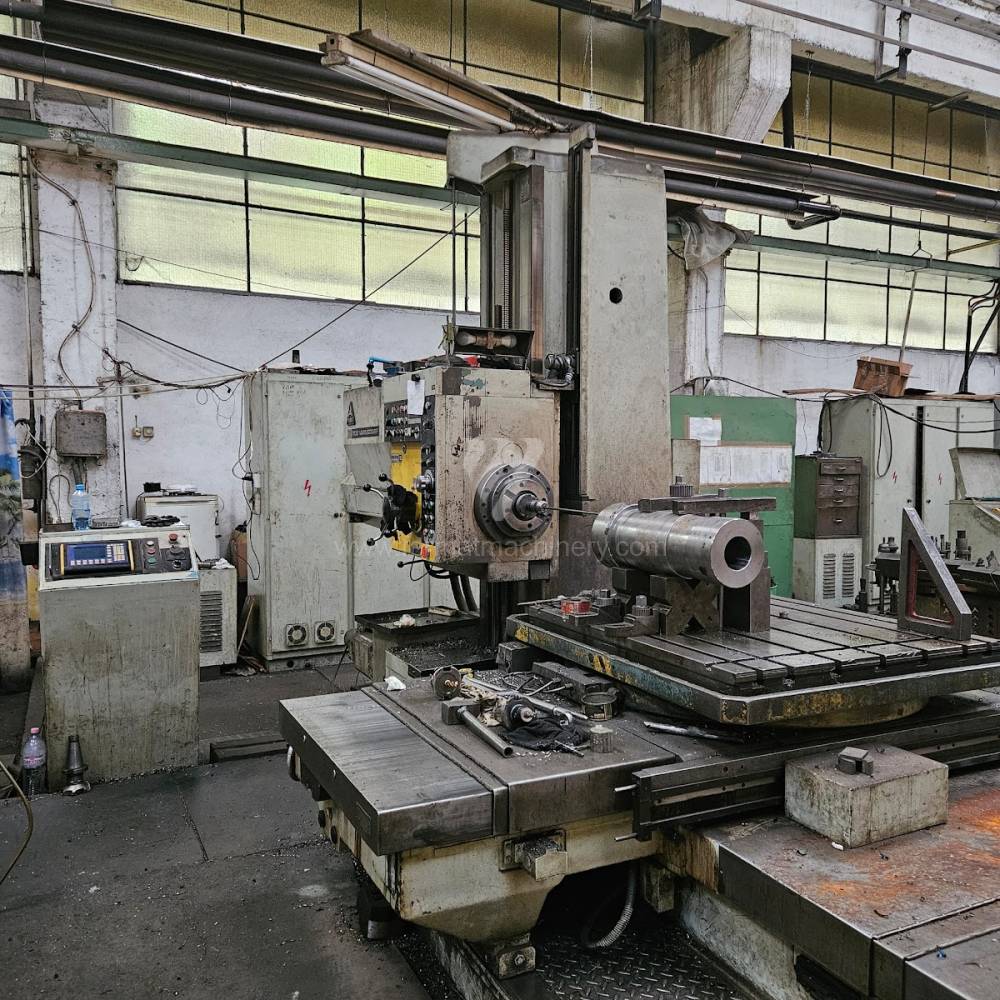
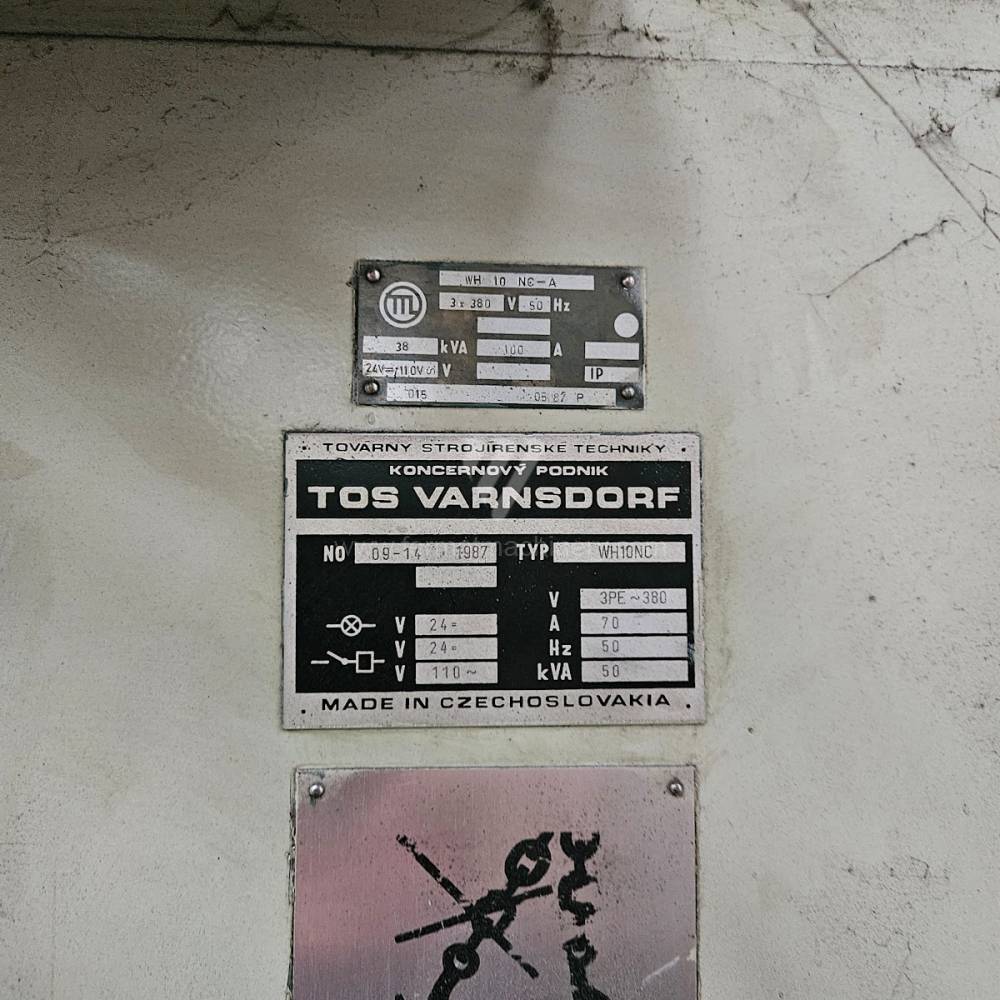
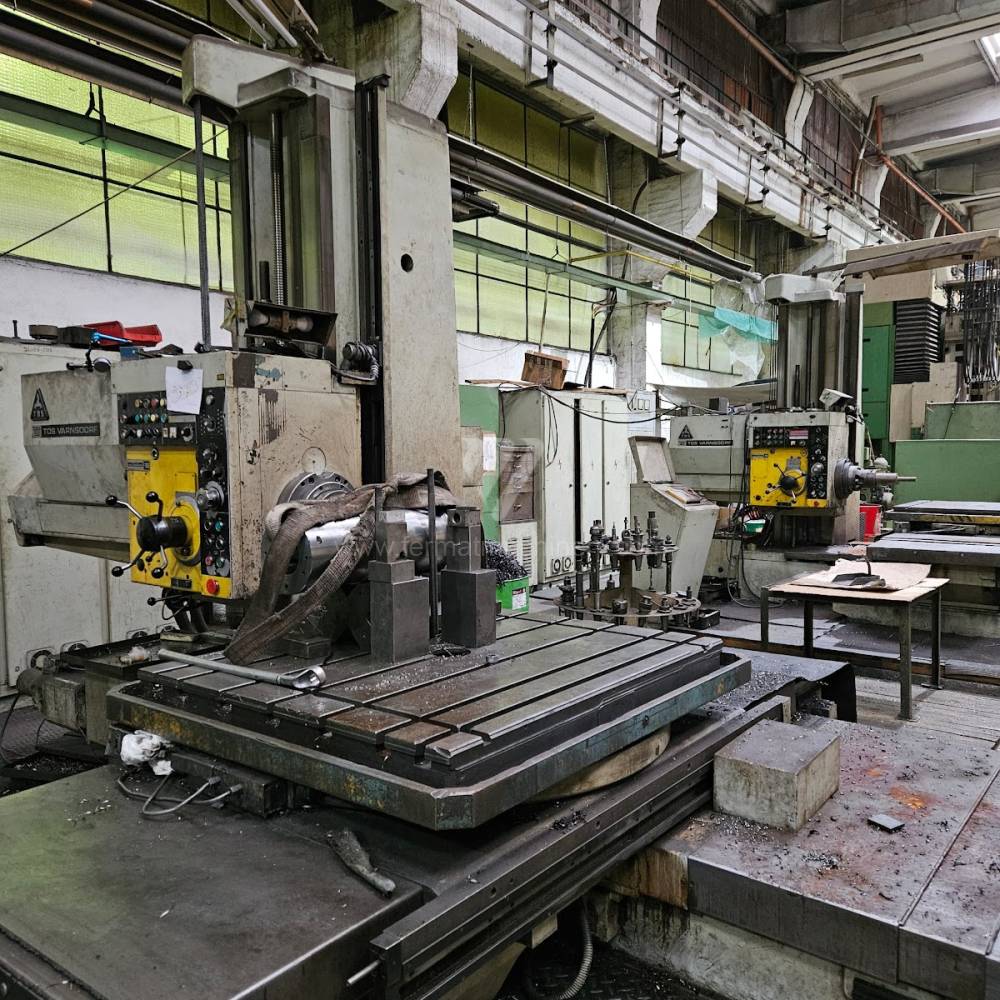
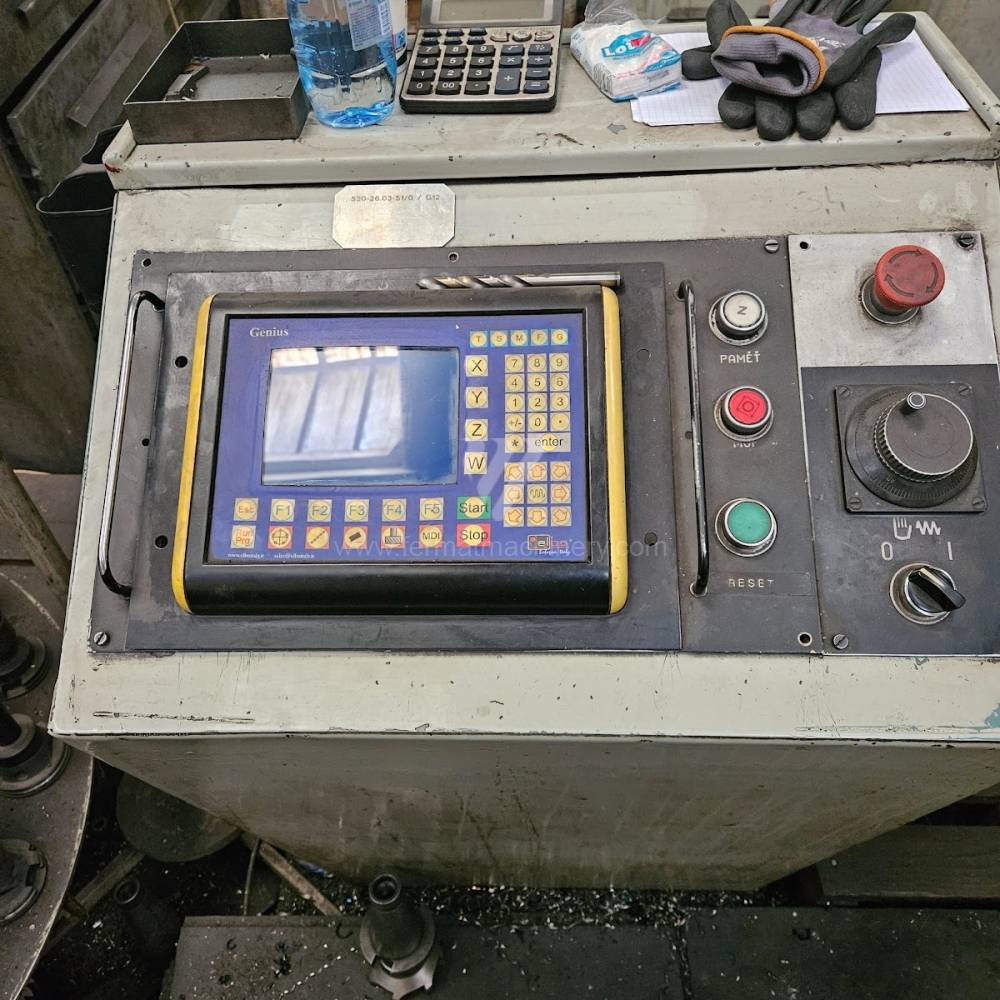
Год изготовления:1987
Рабочий диаметр шпинделя: 100 mm
Передвижение по оси X: 1130 mm
Передвижение по оси Y: 1250 mm
Обороты шпинделя: 16 - 1500 /min.
Охлаждение через центр шпинделя: Нет
Выдвижение шпинделя (W): 650 mm
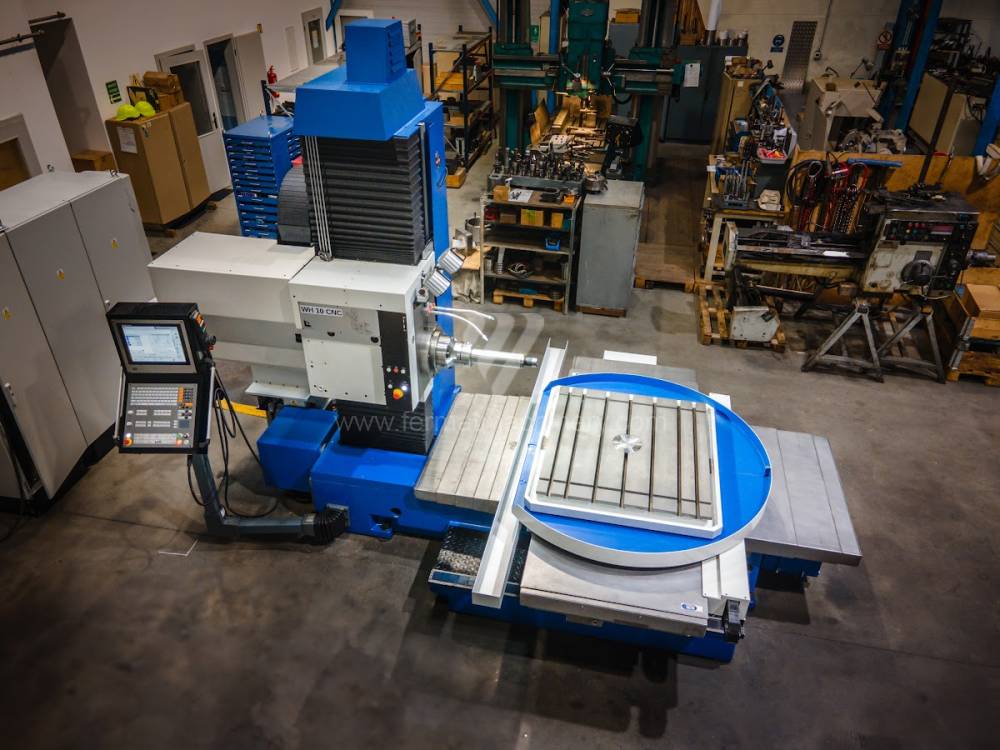
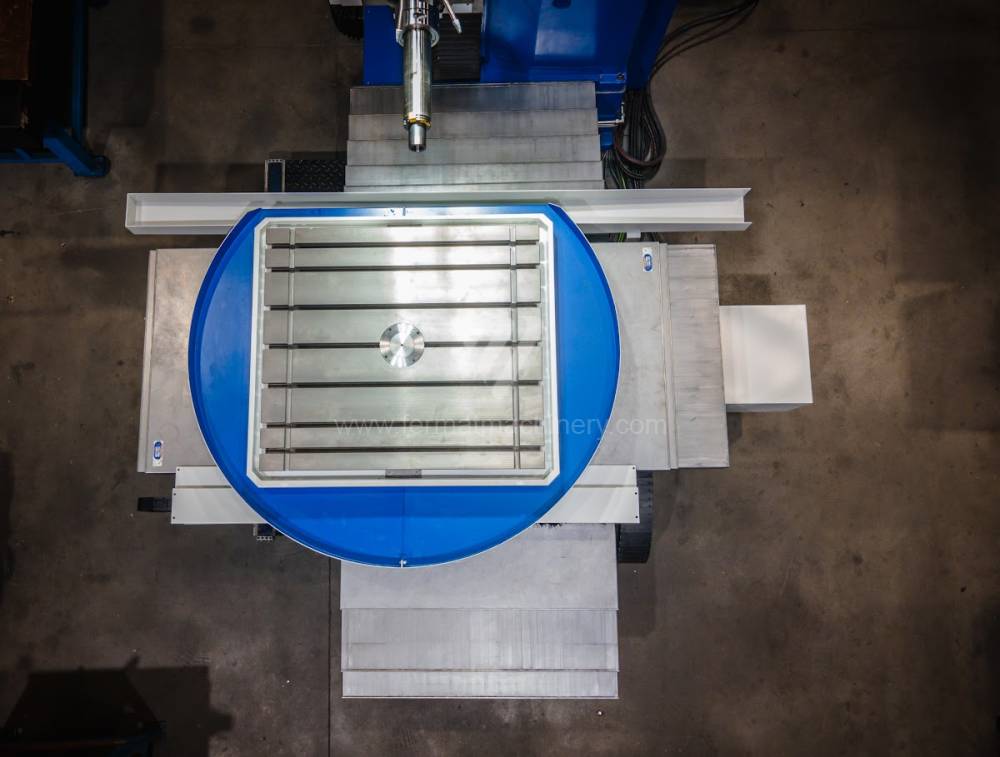
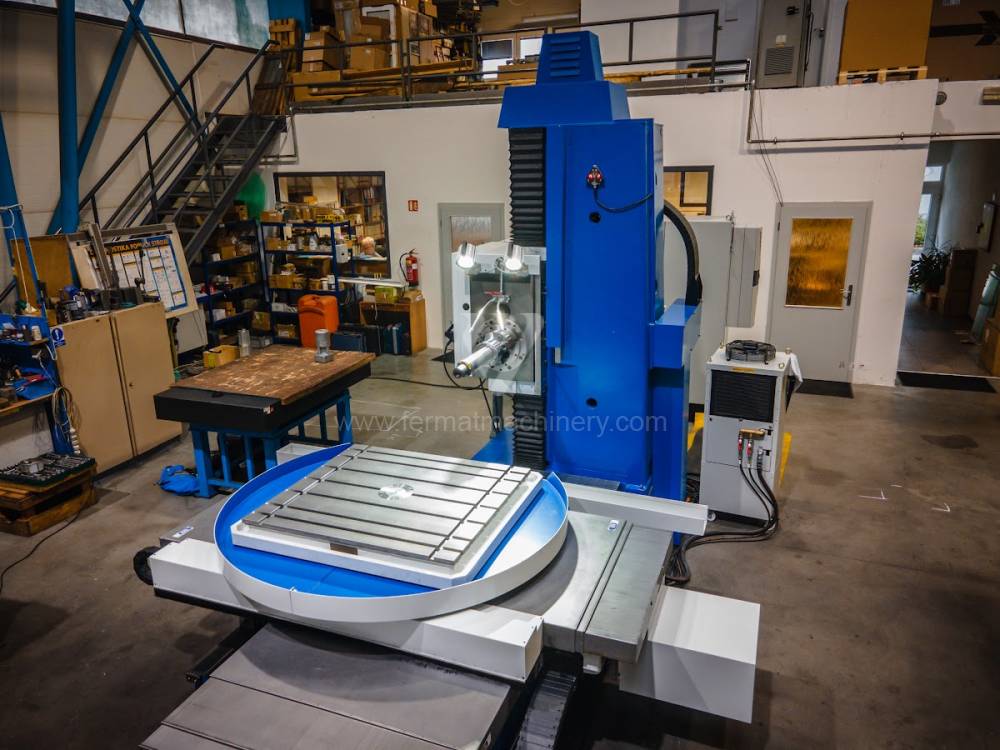
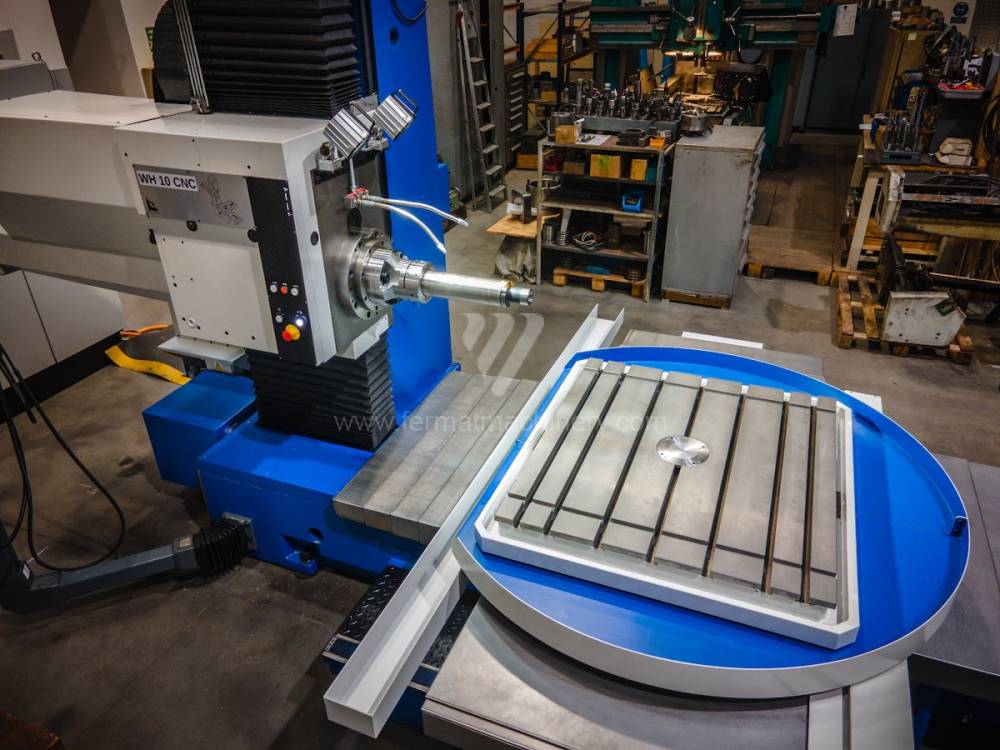
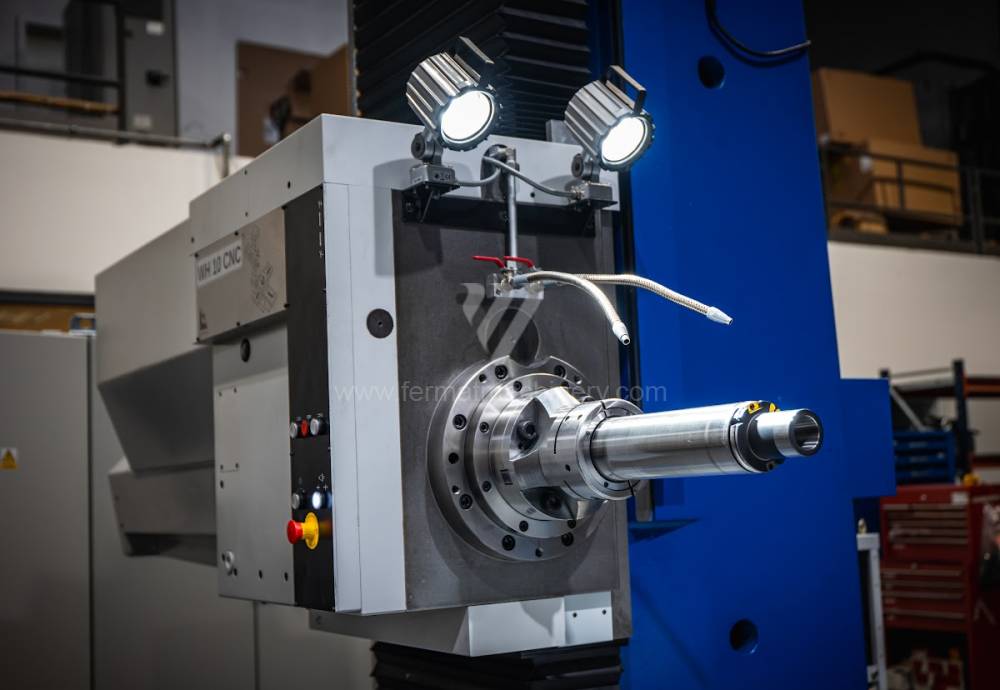
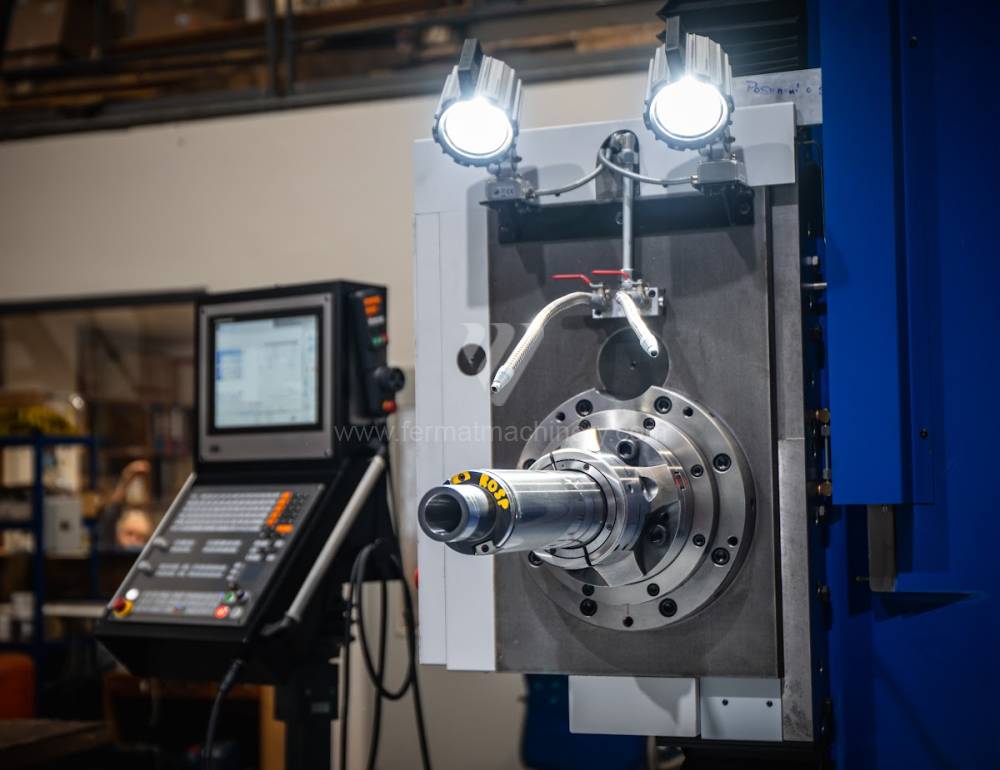
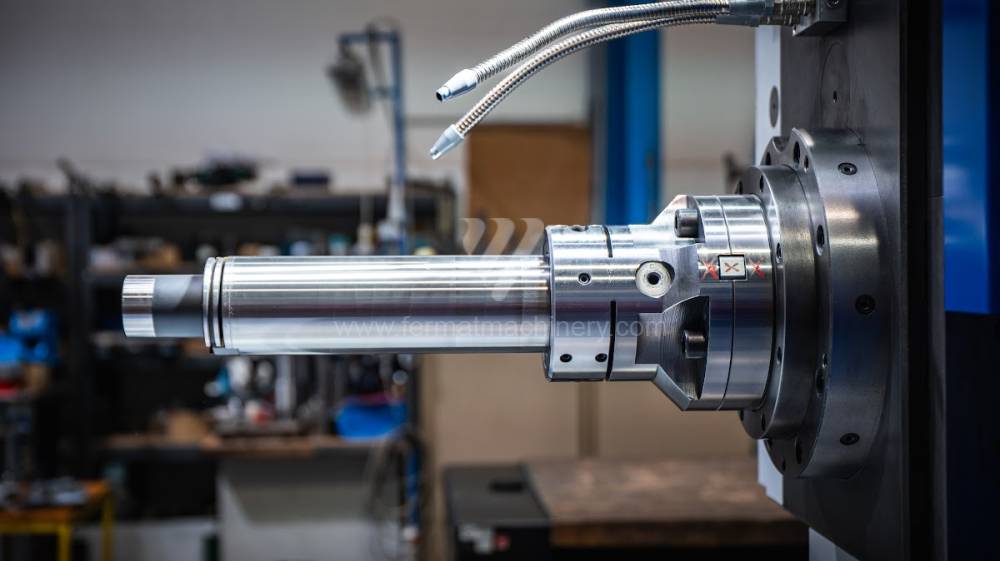

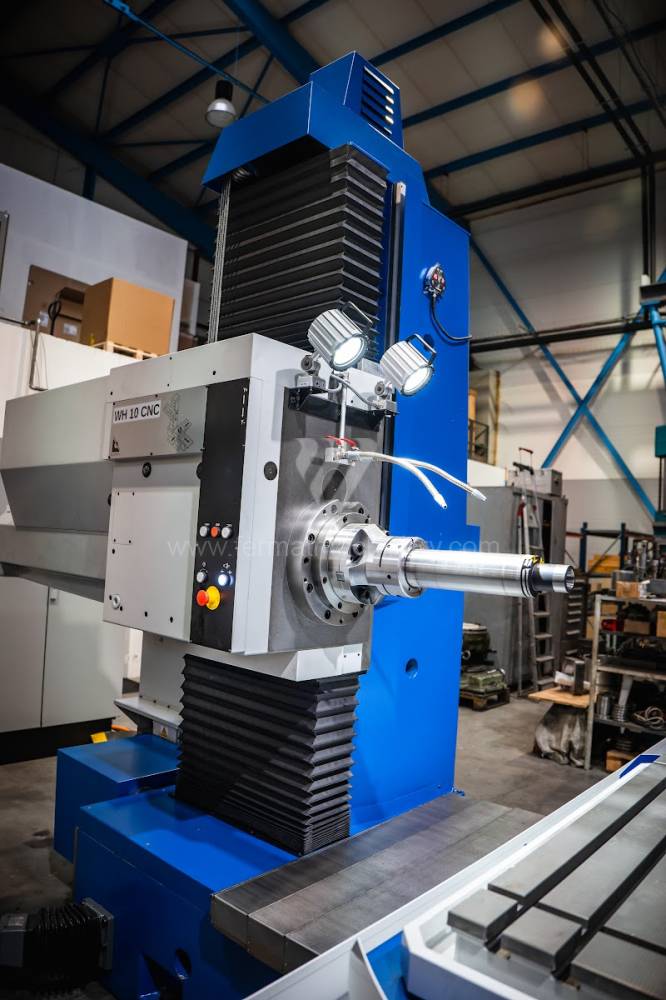
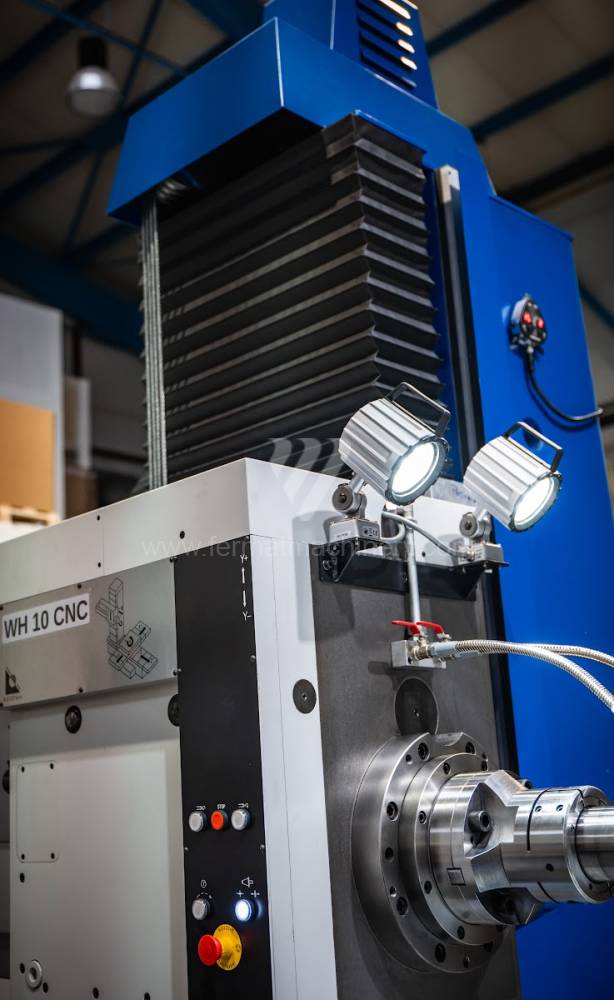
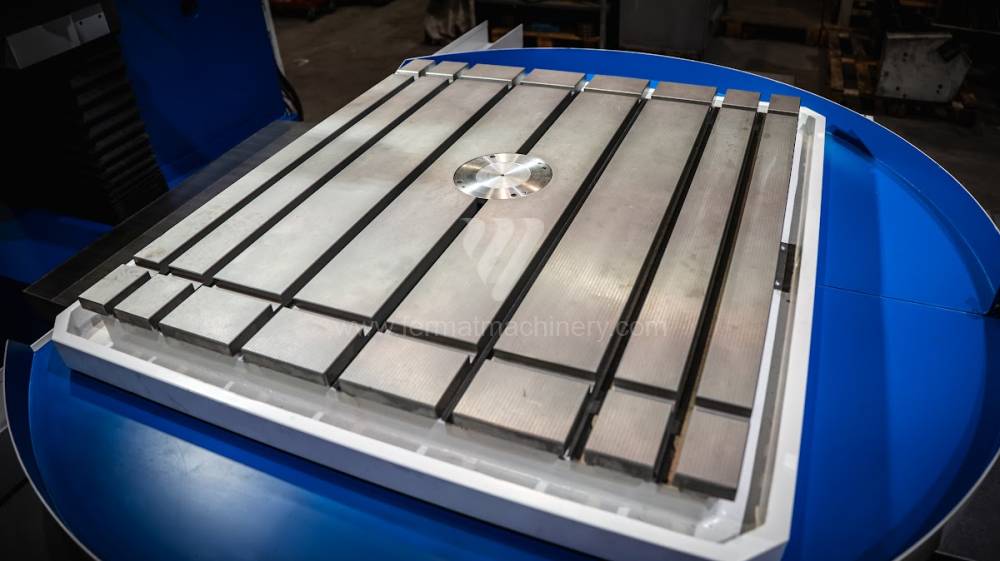
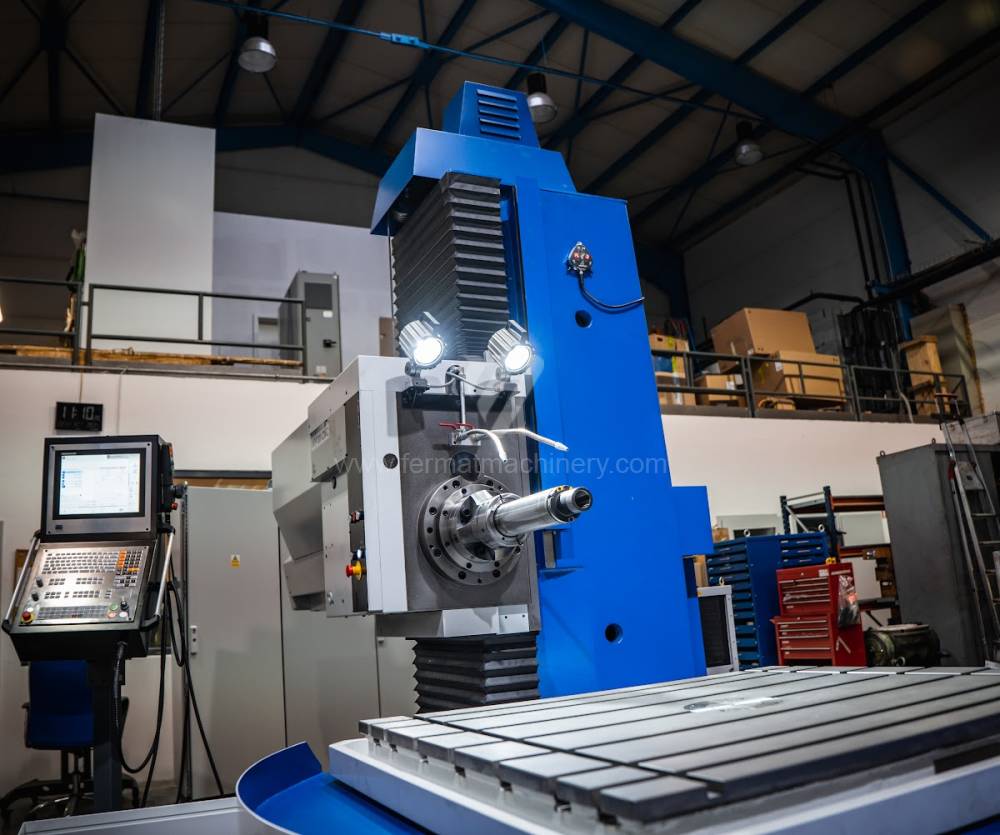
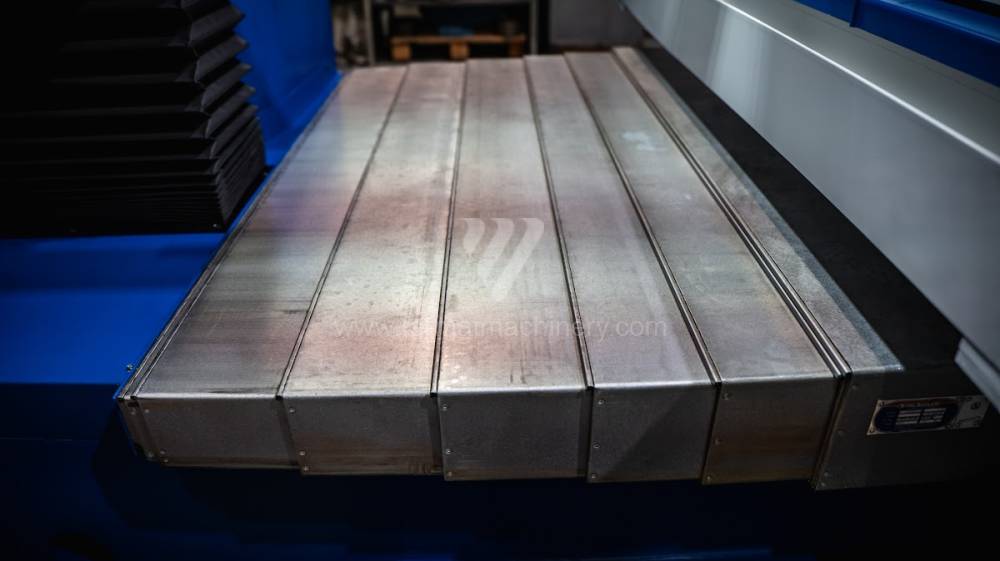
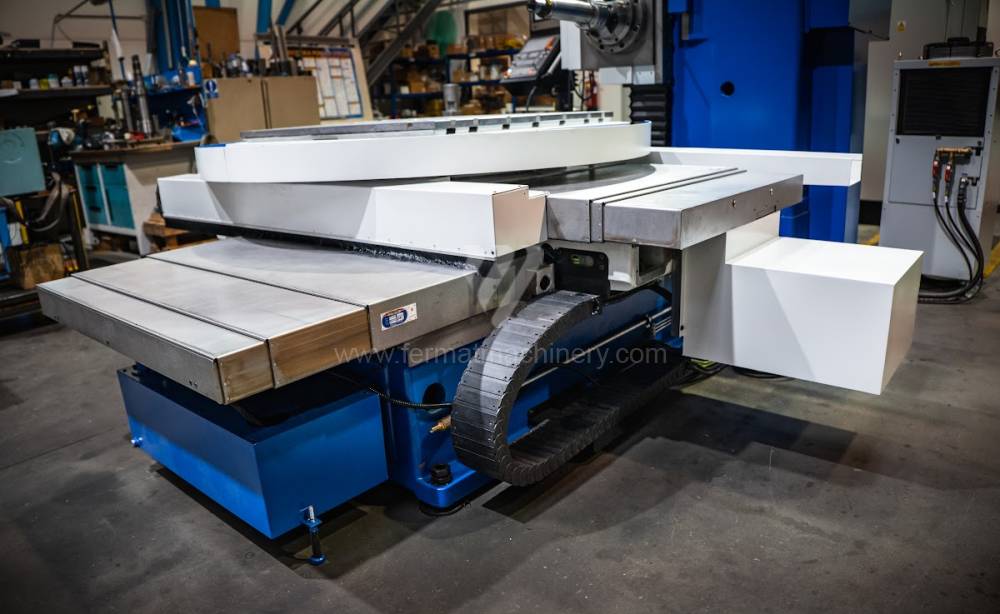
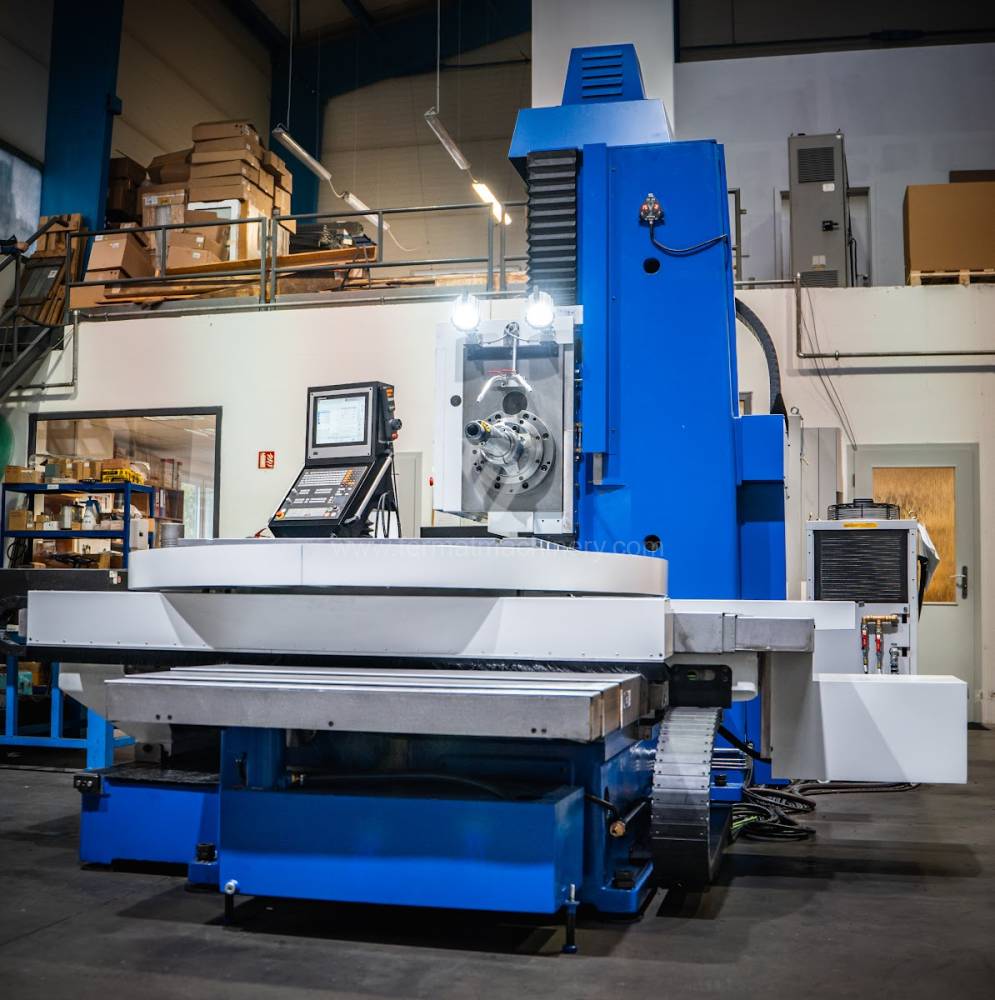
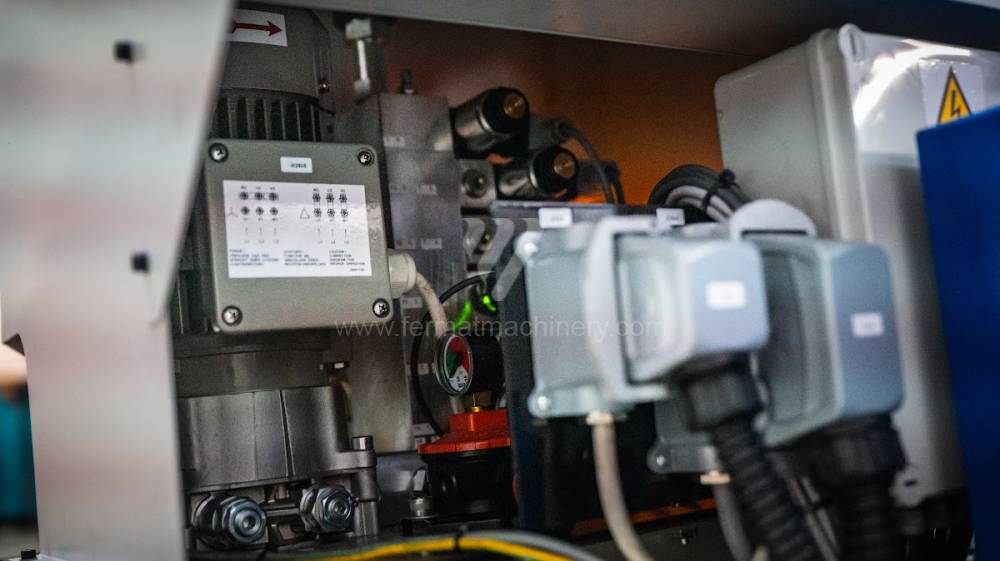
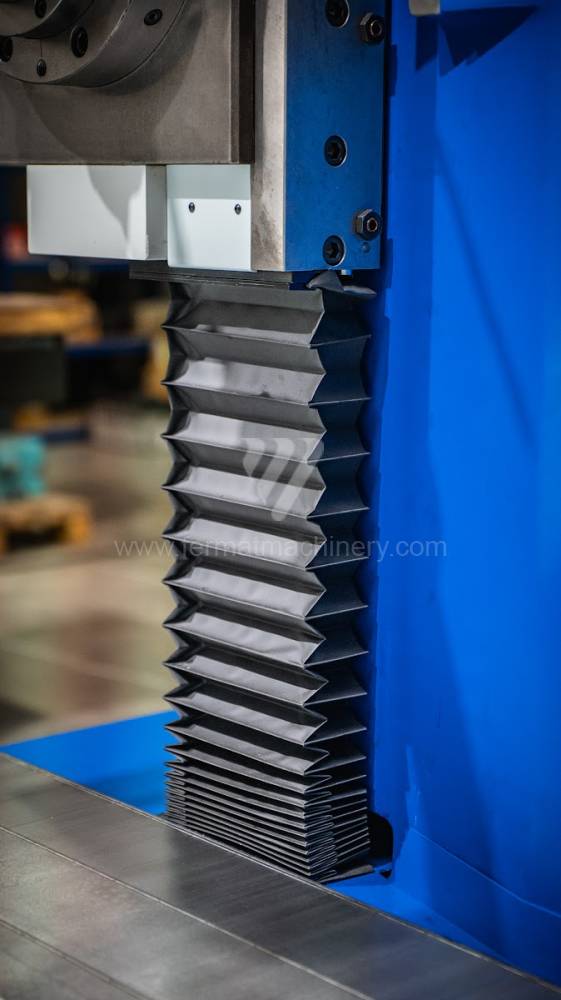

Система управления Heidenhain: TNC 620
Рабочий диаметр шпинделя: 100 mm
Передвижение по оси X: 1250 mm
Передвижение по оси Y: 1030 mm
Обороты шпинделя: 16 - 2500 /min.
Охлаждение через центр шпинделя: Нет
Horizontal boring machines are universal machines used for machining of complex products. These borers are mainly used for small batch production. For one workpiece clamping, the operation can be performed from up to five sides, either simultaneously or sequentially. A large number of standard and special accessories are available for horizontal boring machines. This makes boring machines suitable not only for boring, but also for drilling, turning, milling and other operations.
Horizontal boring machines can be divided into several types, such as: table, cross, plate, coordinate. Can be divided also according to the type of control - conventional (without system), or CNC controlled.
Table boring machines are equipped with a movable table that moves in one or two axes. Depending on this, boring machines are further divided into cross-construction or T-construction. The table is usually rotary (B axis), which allows four sides of the workpiece to be machined in one clamp. However, if the machine is equipped with an angle head (A and C axes) and the workpiece does not exceed the dimensions of the machine, five sides can be machined in one clamp. The boring milling machines differ from the table milling machines in particular by the extendable spindle (W axis). Higher series often also have a movable headstock (V axis).
These kinds of boring machines are suitable and used for machining of the largest workpieces. Headstock is moving along the vertical guide of the column and column itself is moving along the bed perpendicular to the axis of the spindle. The workpiece is clamped immovably on a cast-iron floor plate equipped with T-slots. If this floor type boring machine is equipped with a rotary table which is movable in the direction of the spindle axis, the number of controlled axes increases. Such boring machines mainly have a boring spindle diameter of 130-315 mm.
So-called coordinate boring machines are used for machining precise holes. Its design is affected by the requirements for very high accuracy of all movements, good dynamics and the best possible temperature stability. There are two types of these machines. One-column borer with horizontal or vertical spindle axis (this is for smaller sizes of workpieces that are clamped on a cross table) and two column borer with one or more vertical spindles. Workpiece is clamped on a longitudinal table, which is in between two columns along which the crosspiece carrying the work headstock moves. An optical system is usually used for measuring. More modern machines are then equipped with a CNC control system.
All types of horizontal boring machines are conventional or CNC controlled. Among the most popular producers of CNC systems are Heidenhain, Siemens, Fanuc, Fagor.
Horizontal boring machines can be also equipped with automatic tool change which is primarily used for storage of tool holders, its manipulation and positioning without participation of human factor.
Among the main and most popular manufacturers of boring mills we have to mention: FERMAT, TOS, ŠKODA, PAMA, UNION, JUARISTI, SCHARMANN, KURAKI, WOTAN.